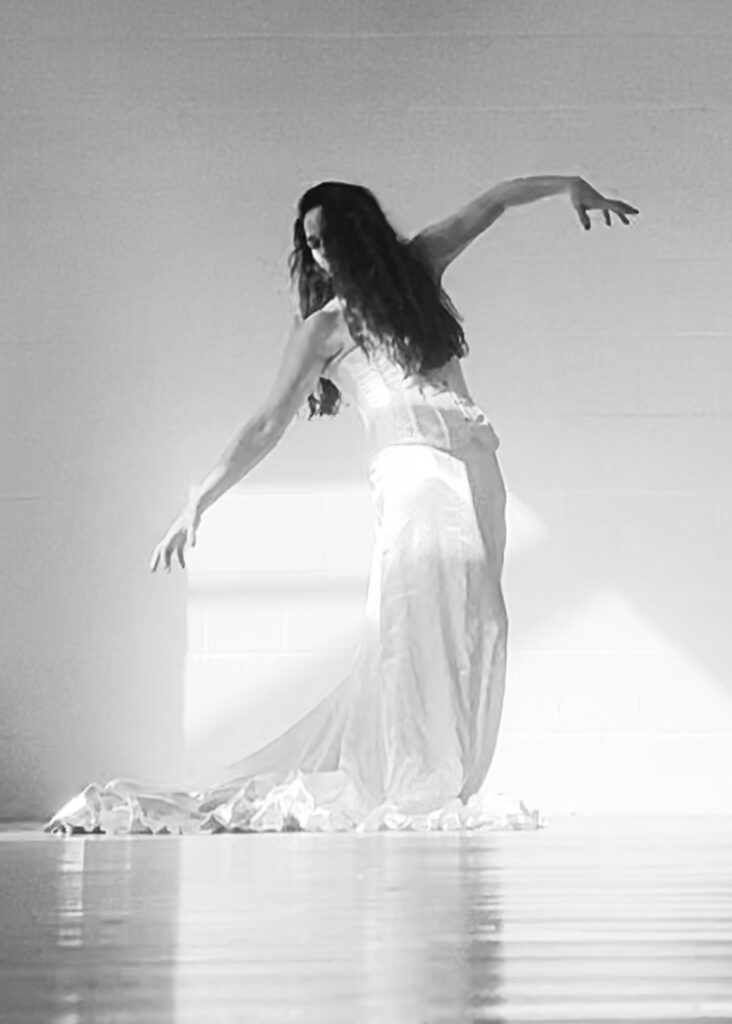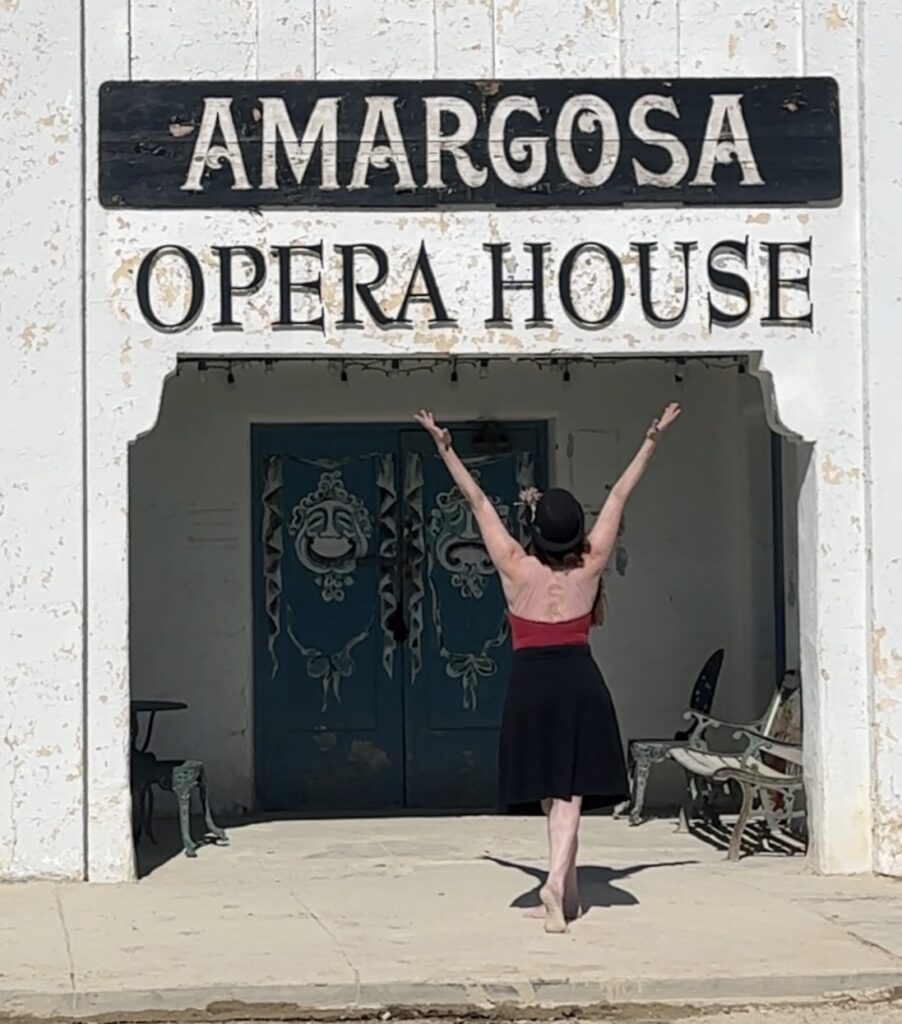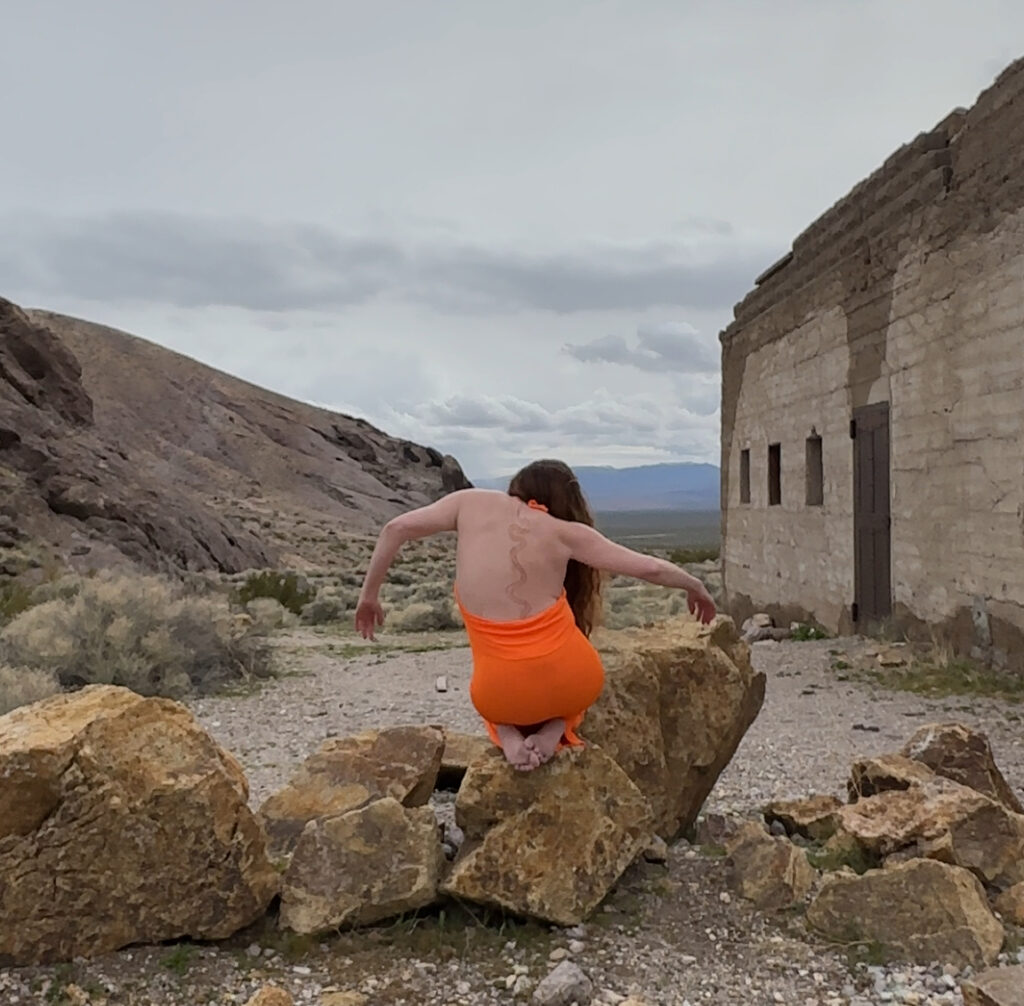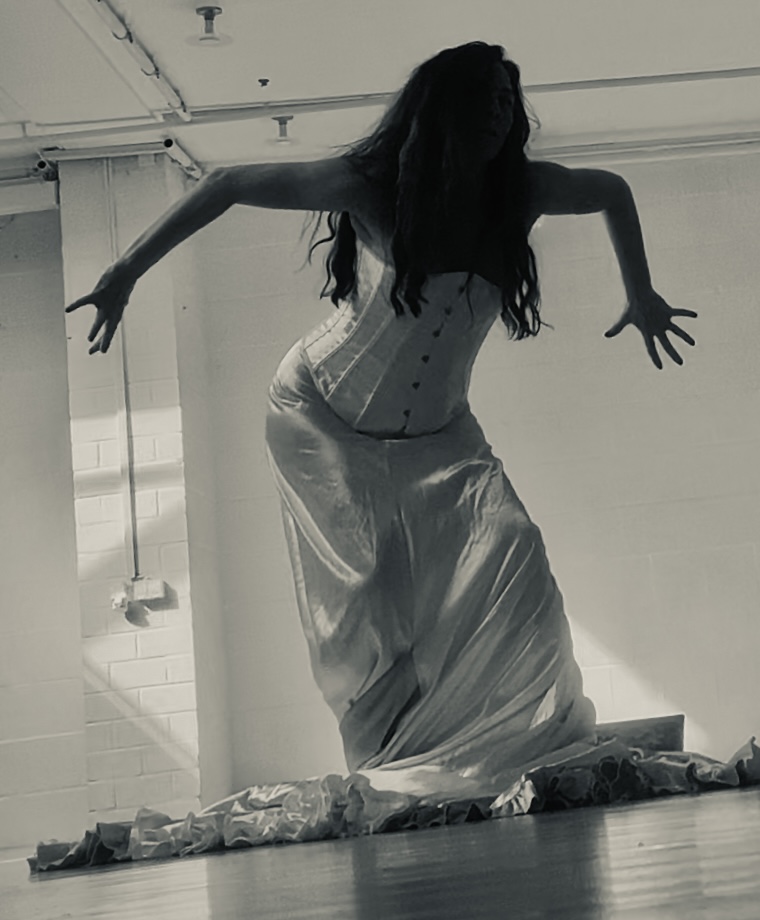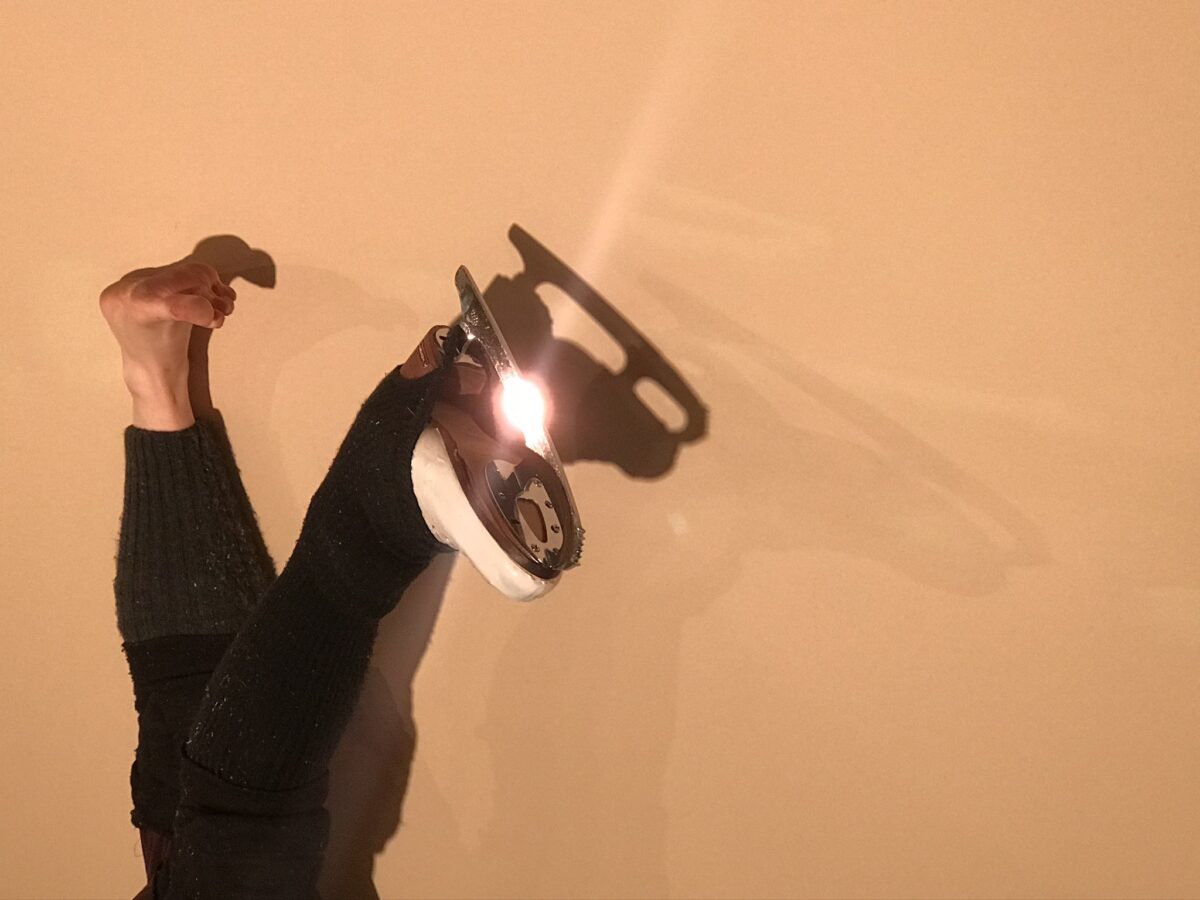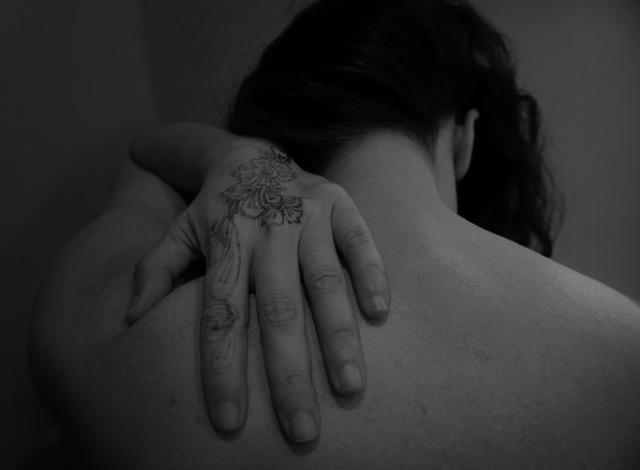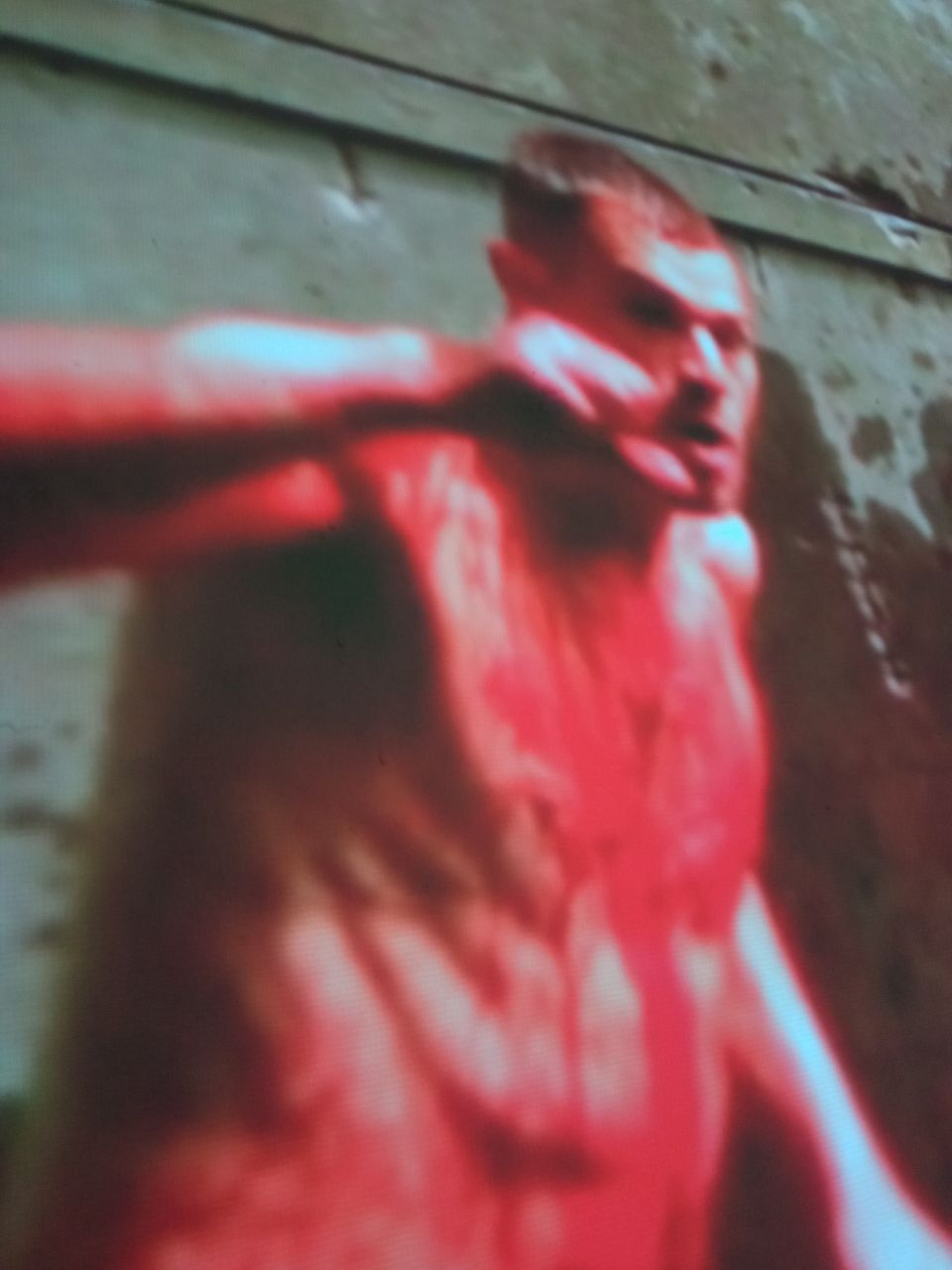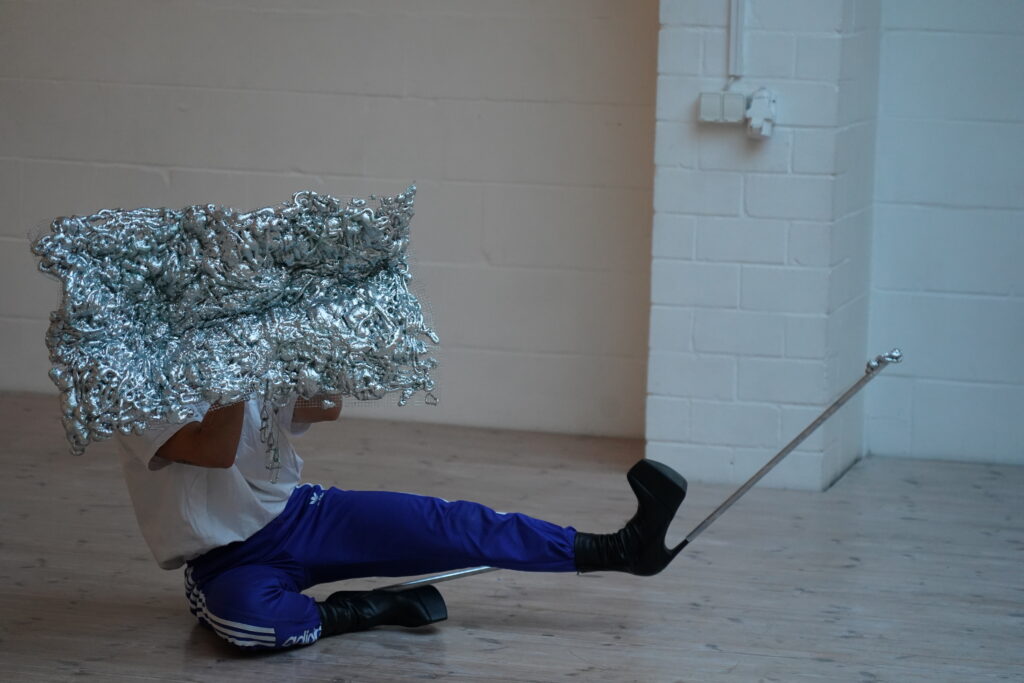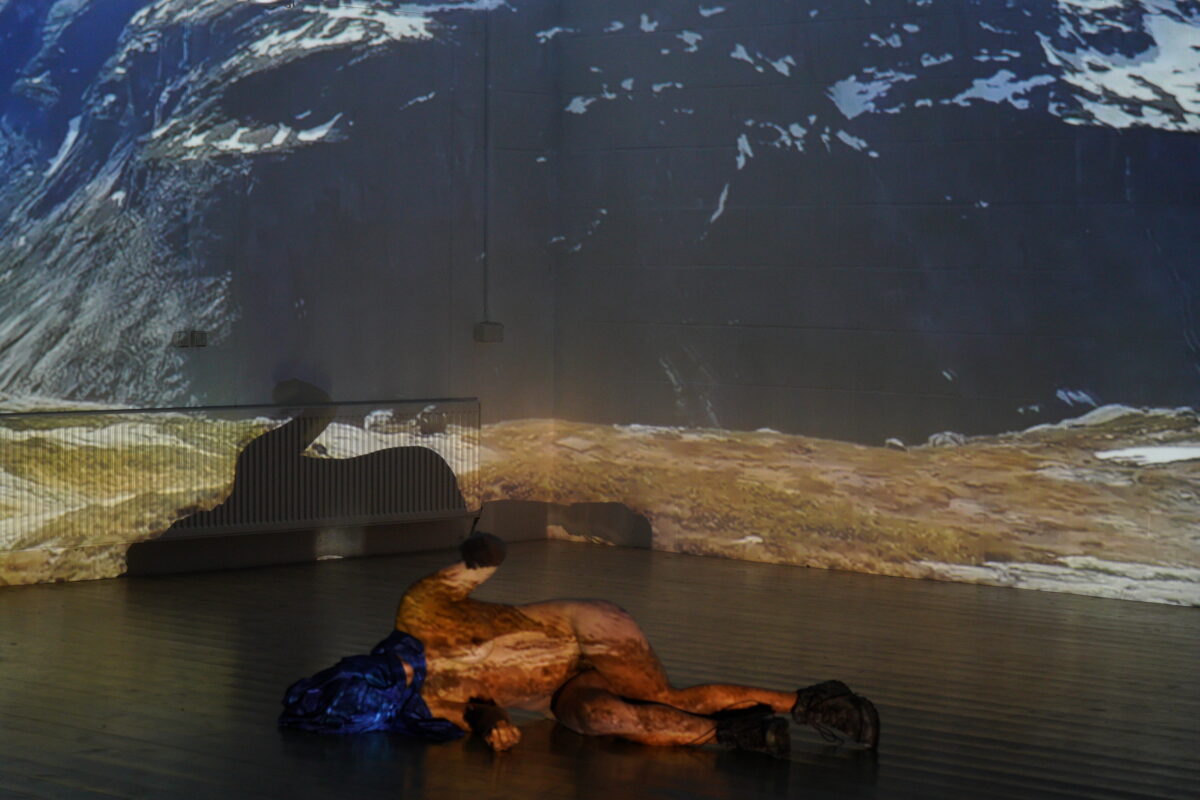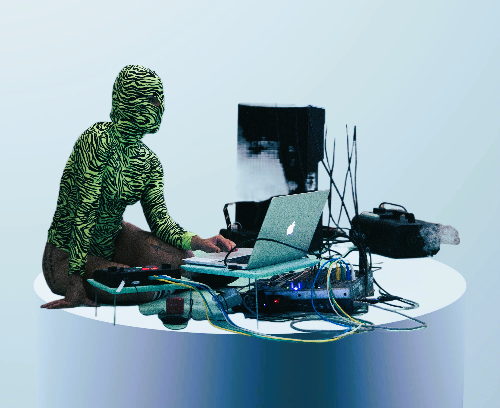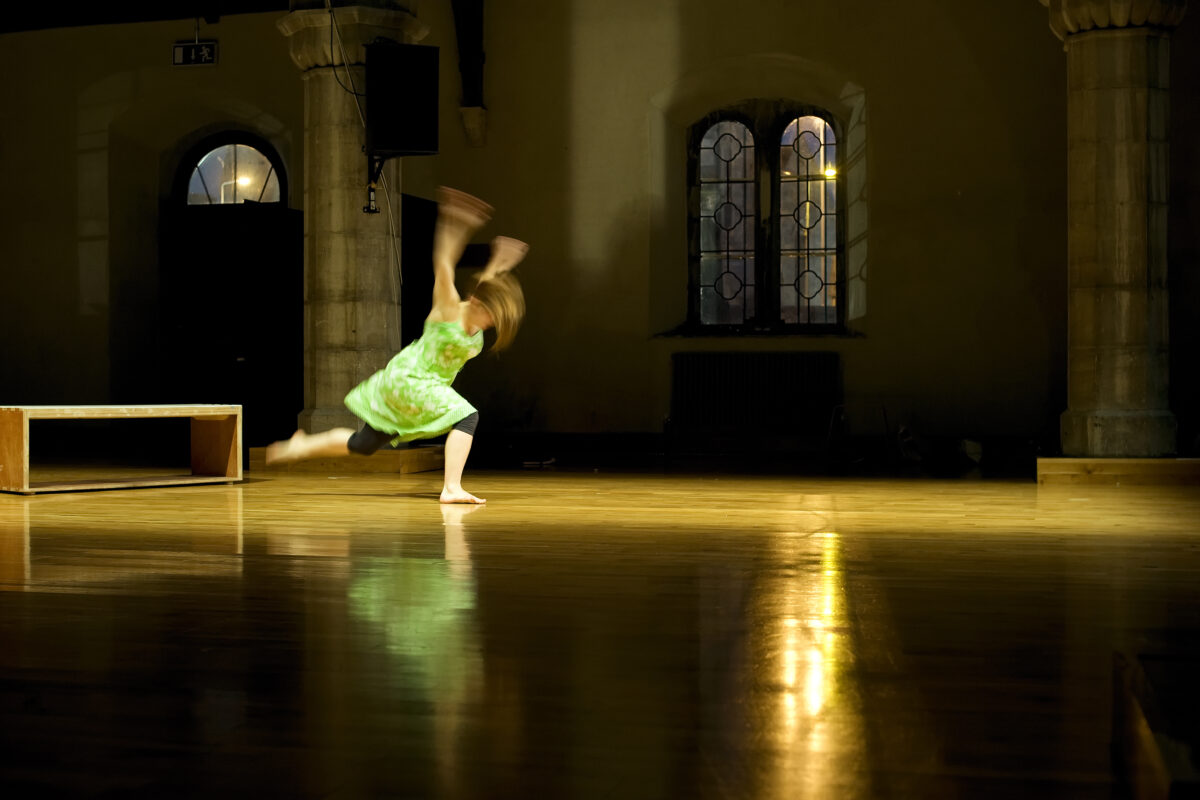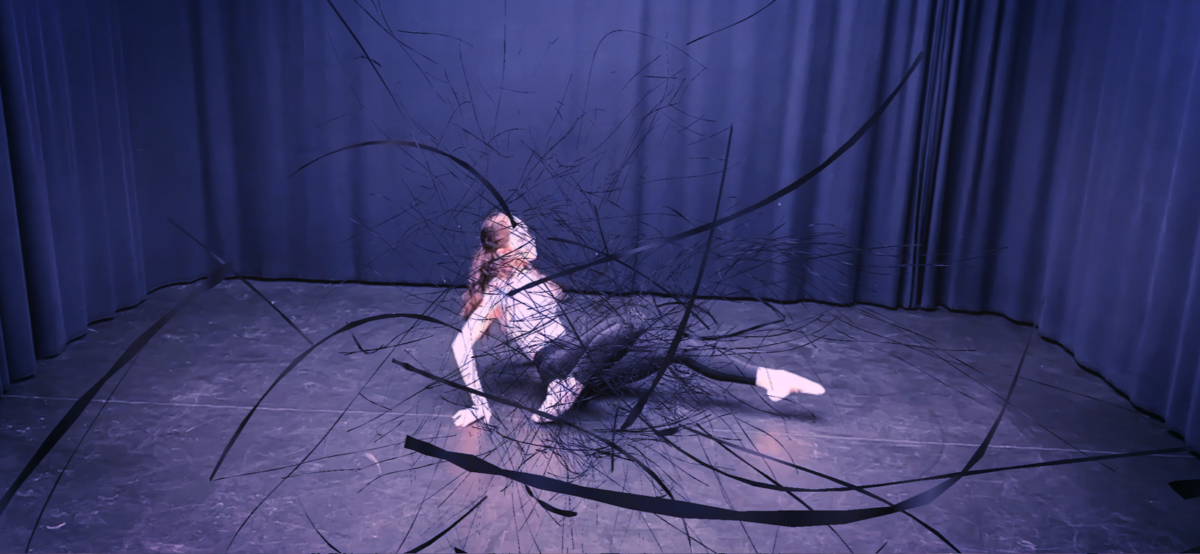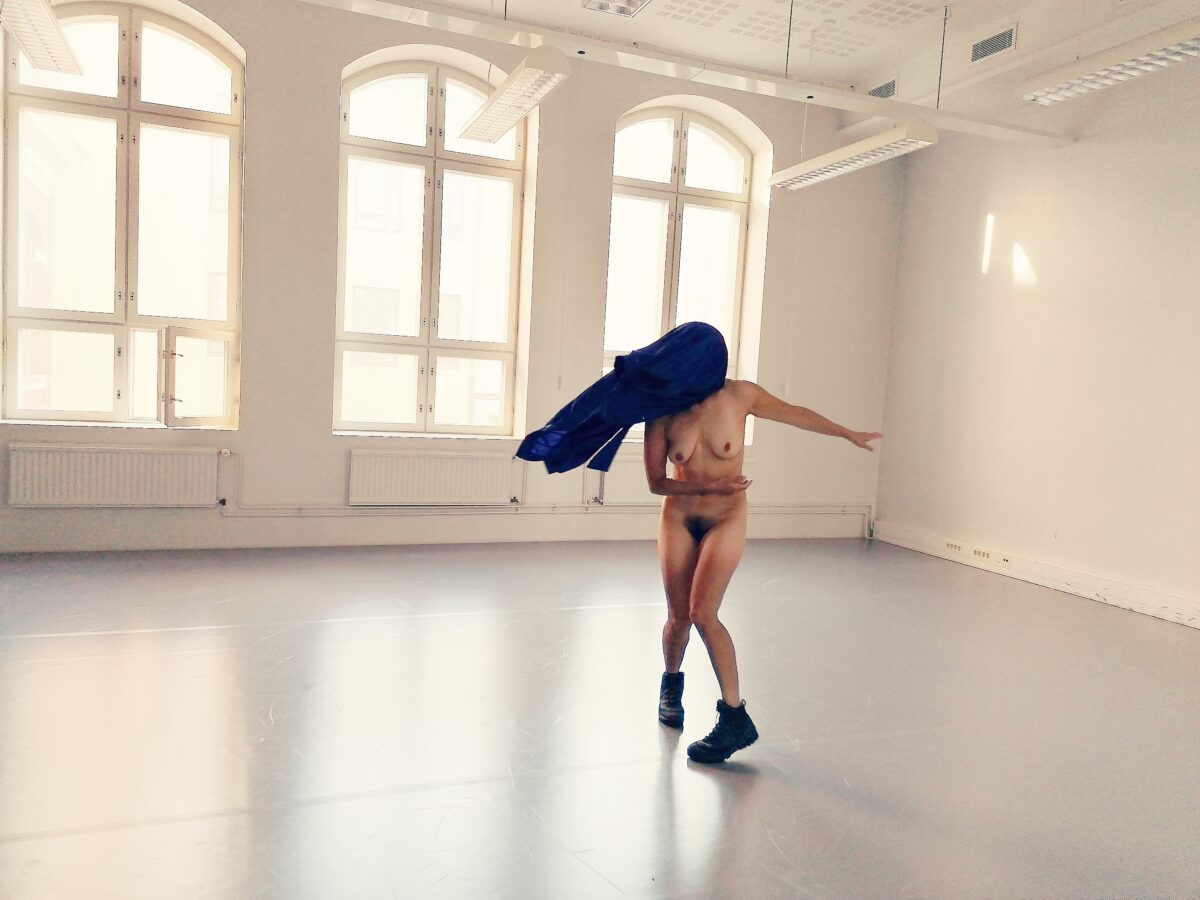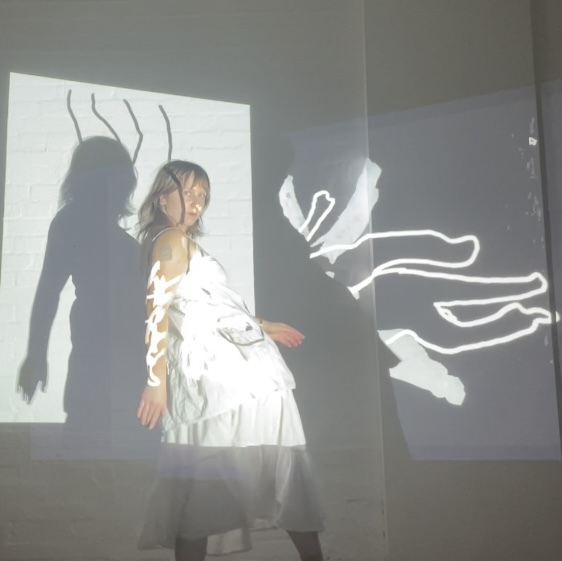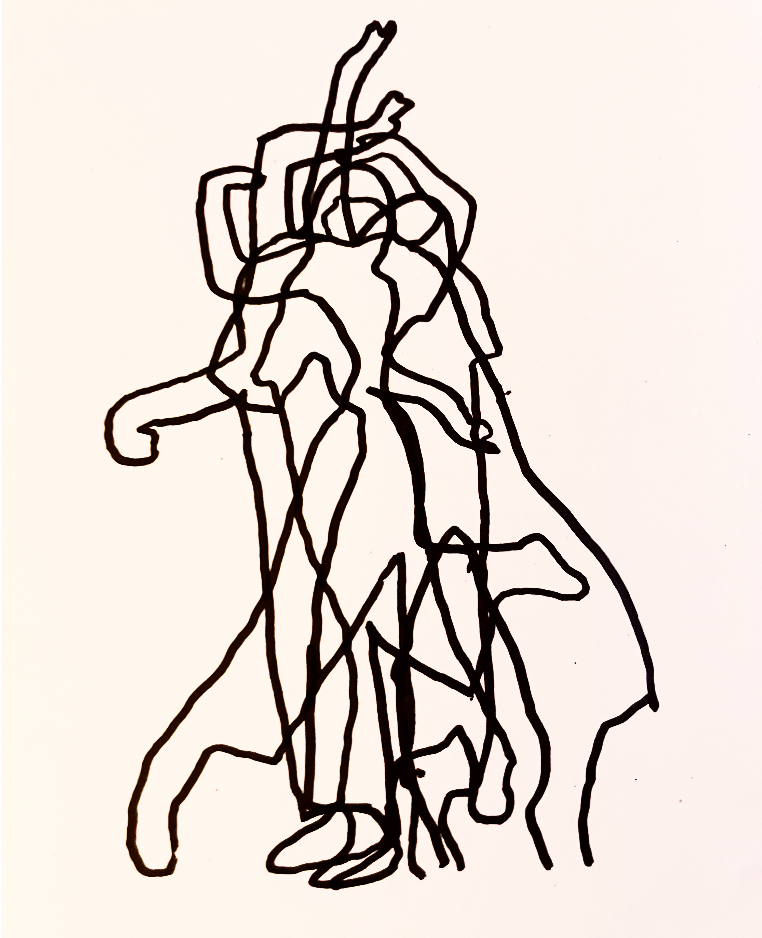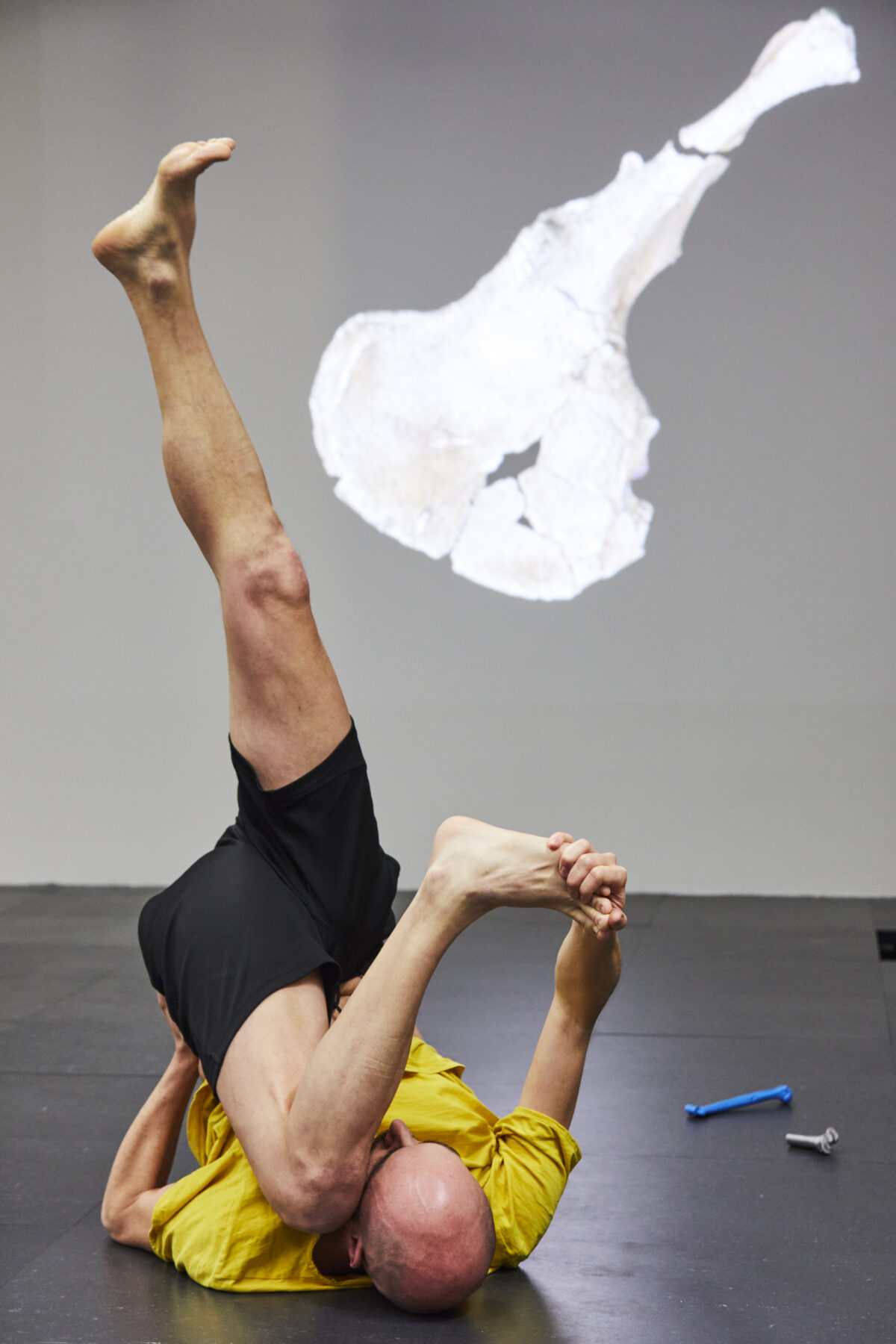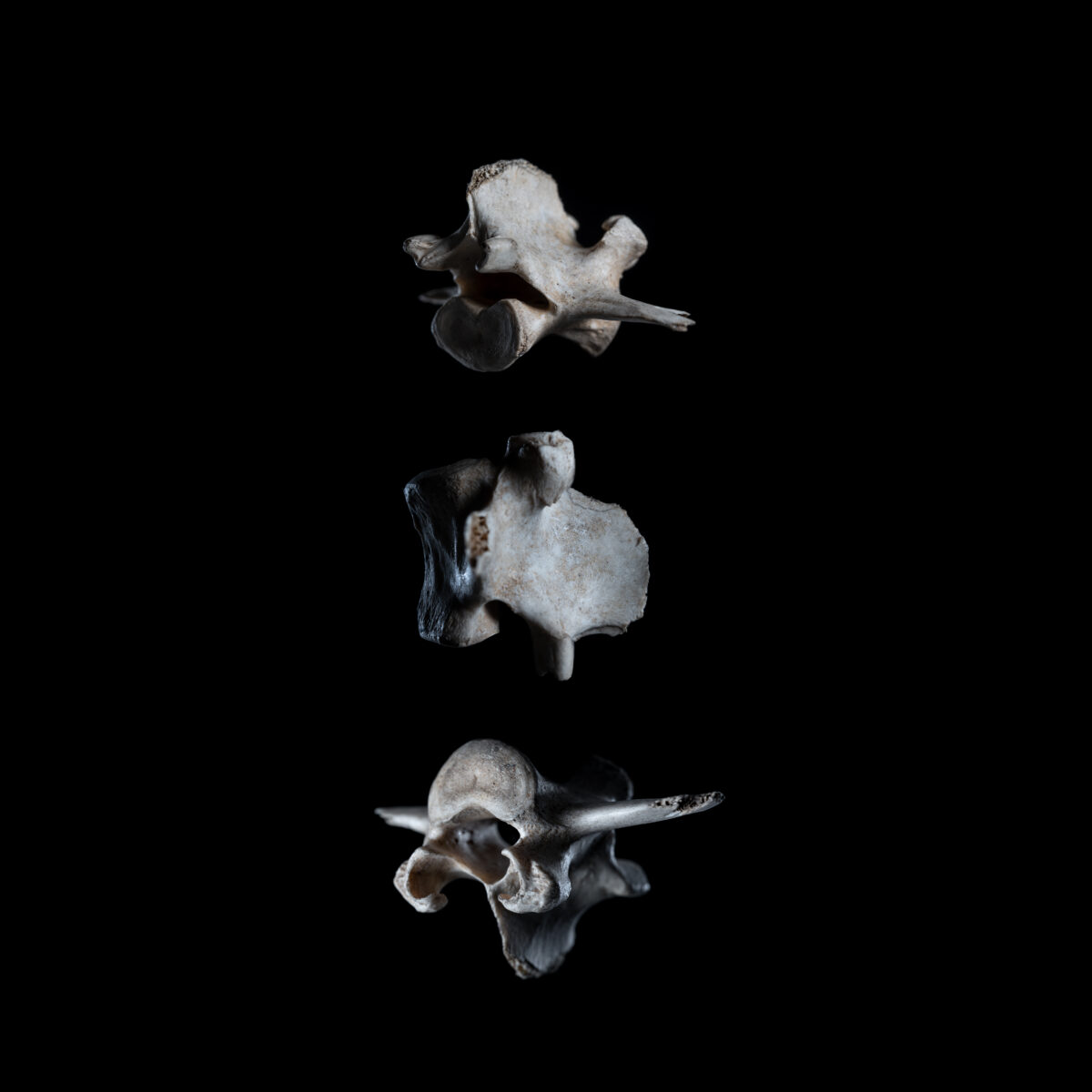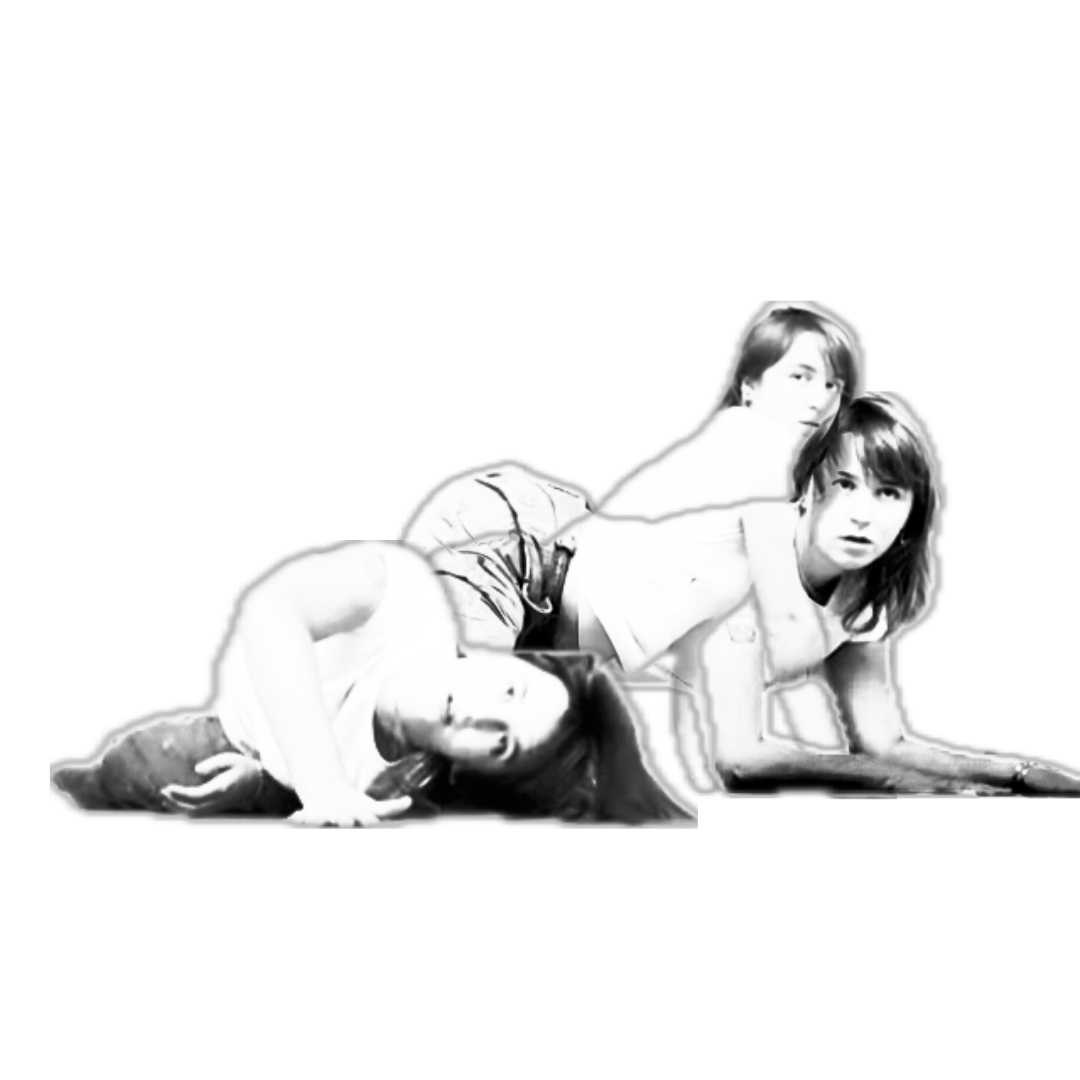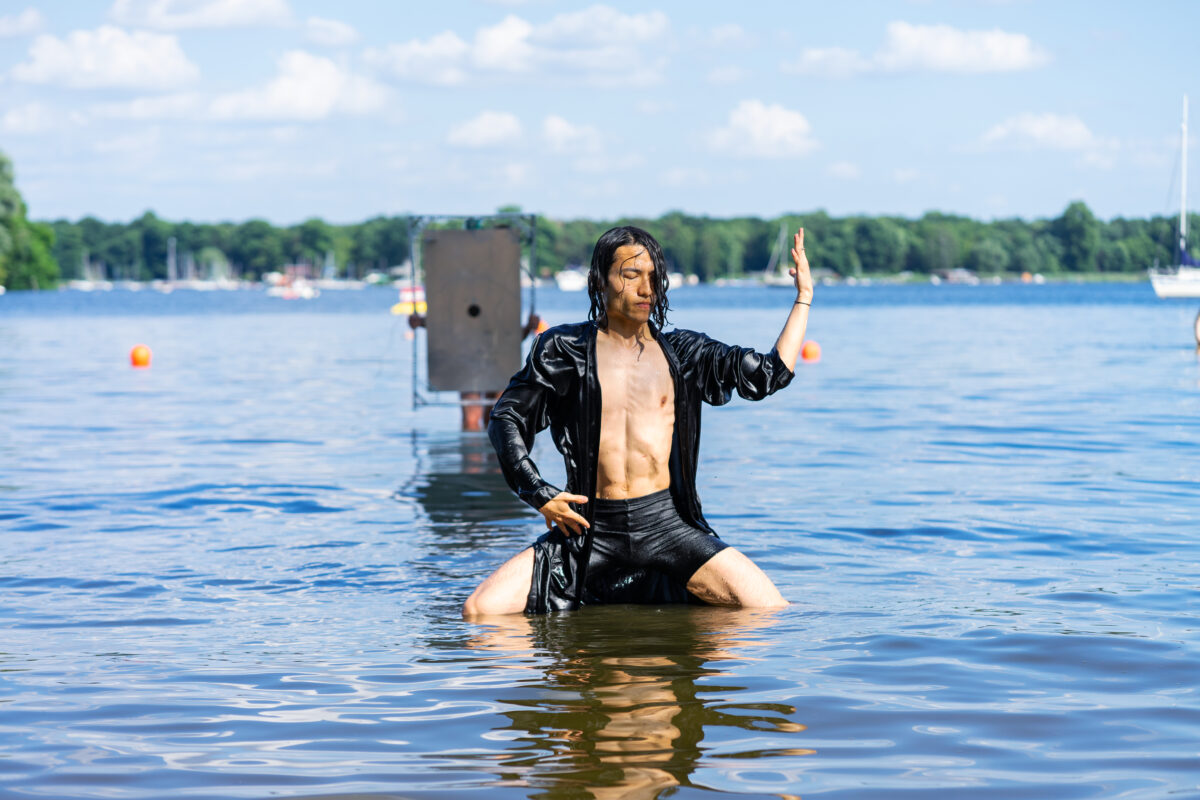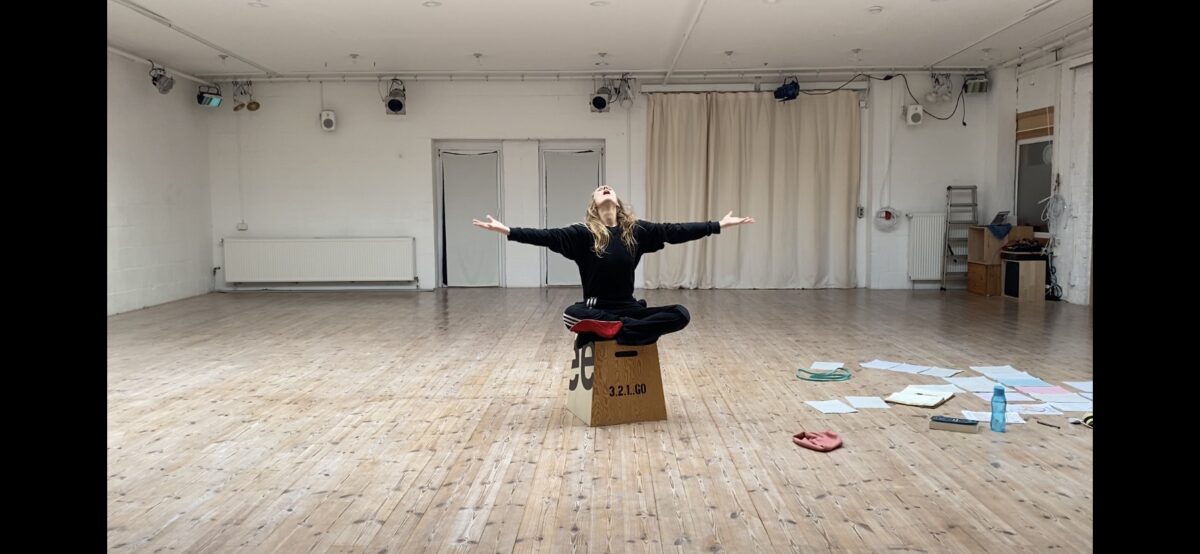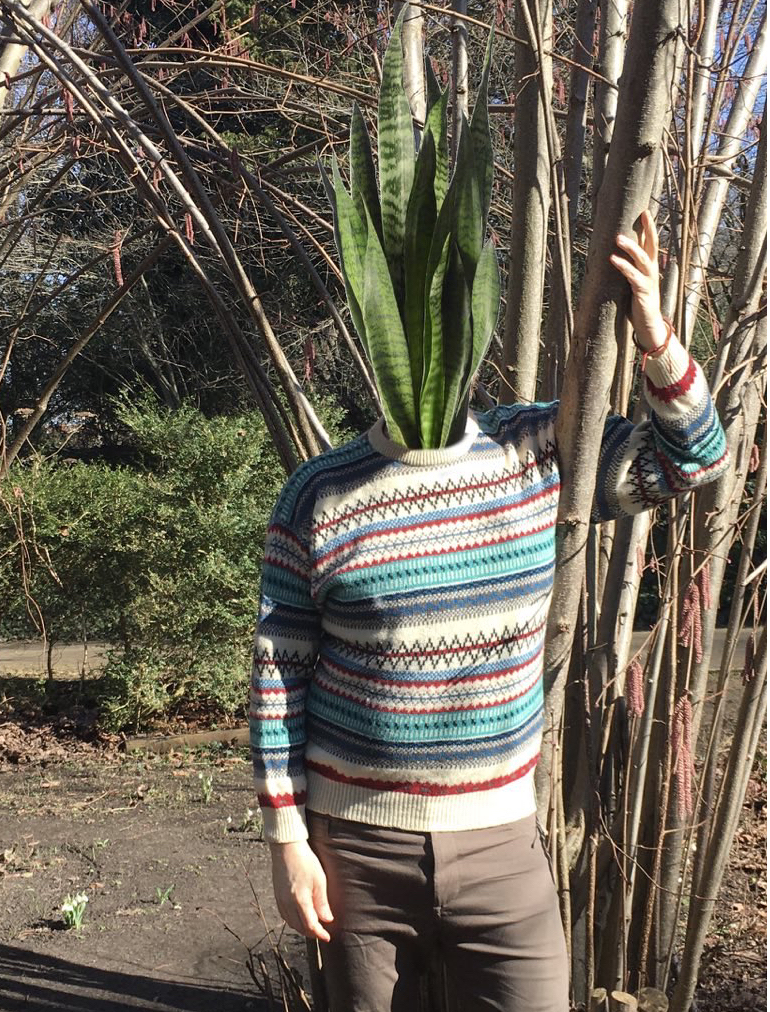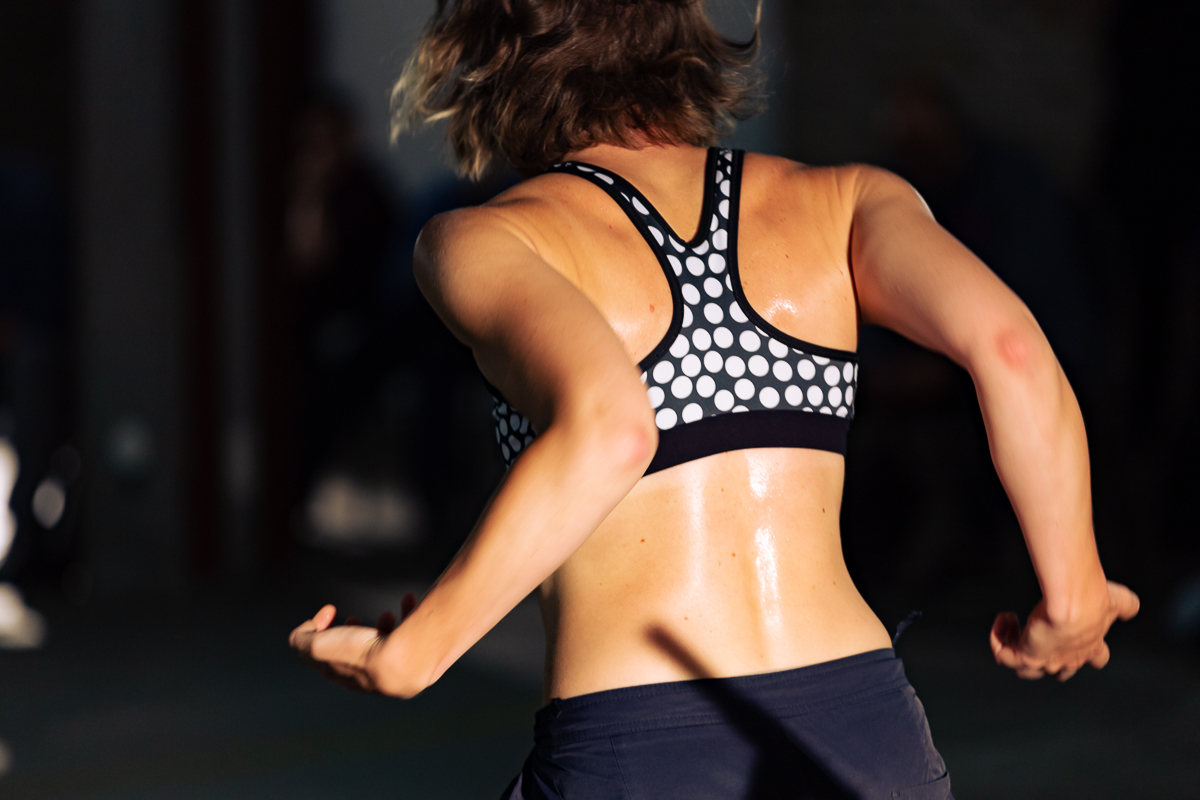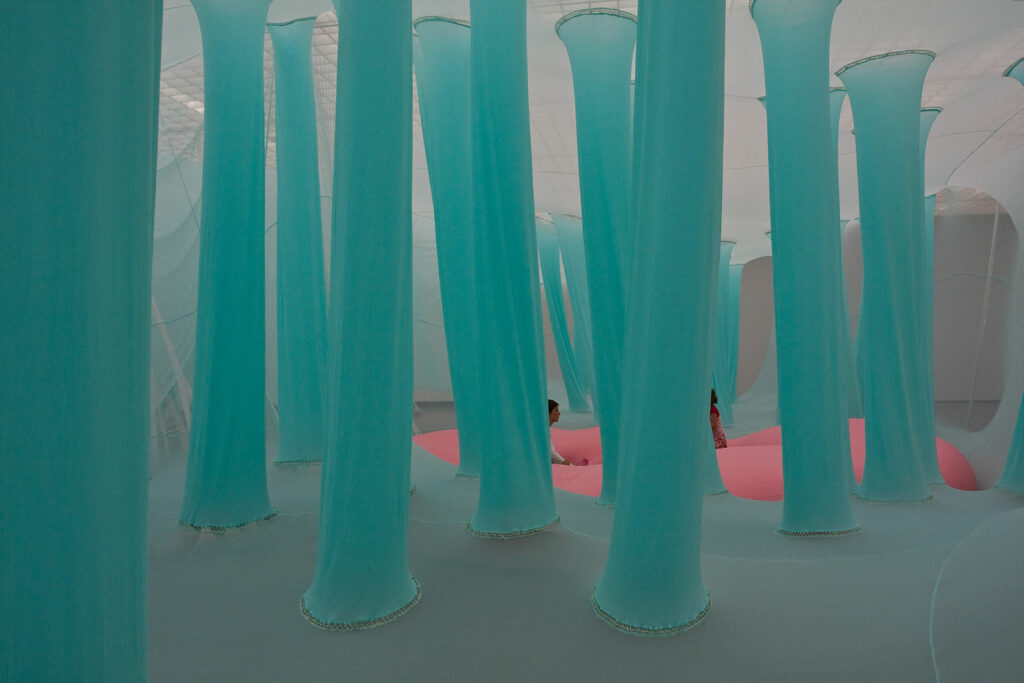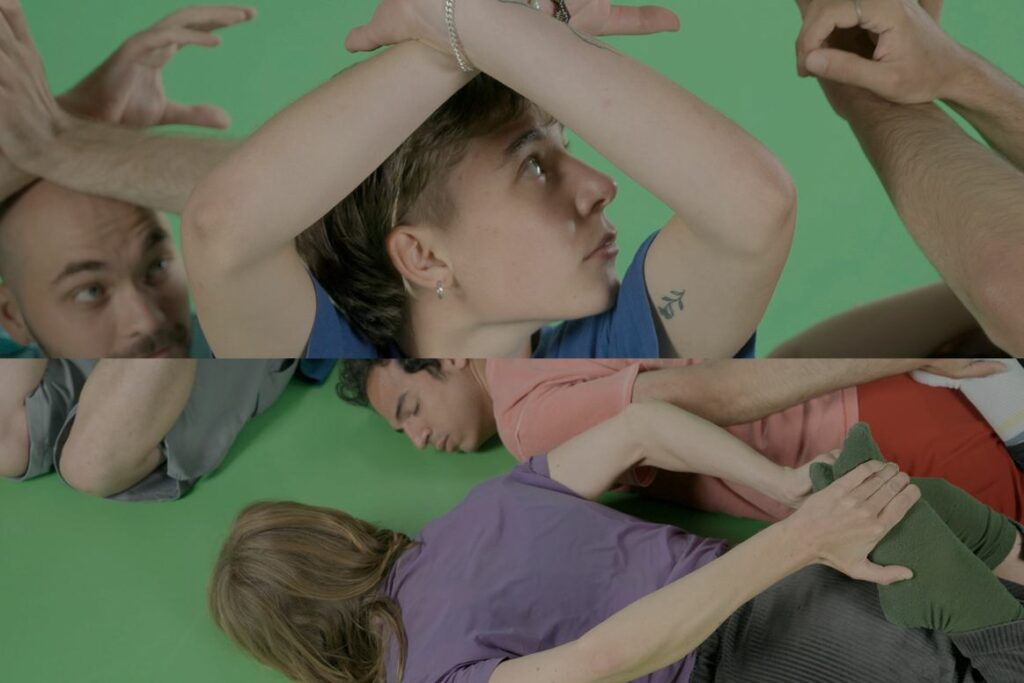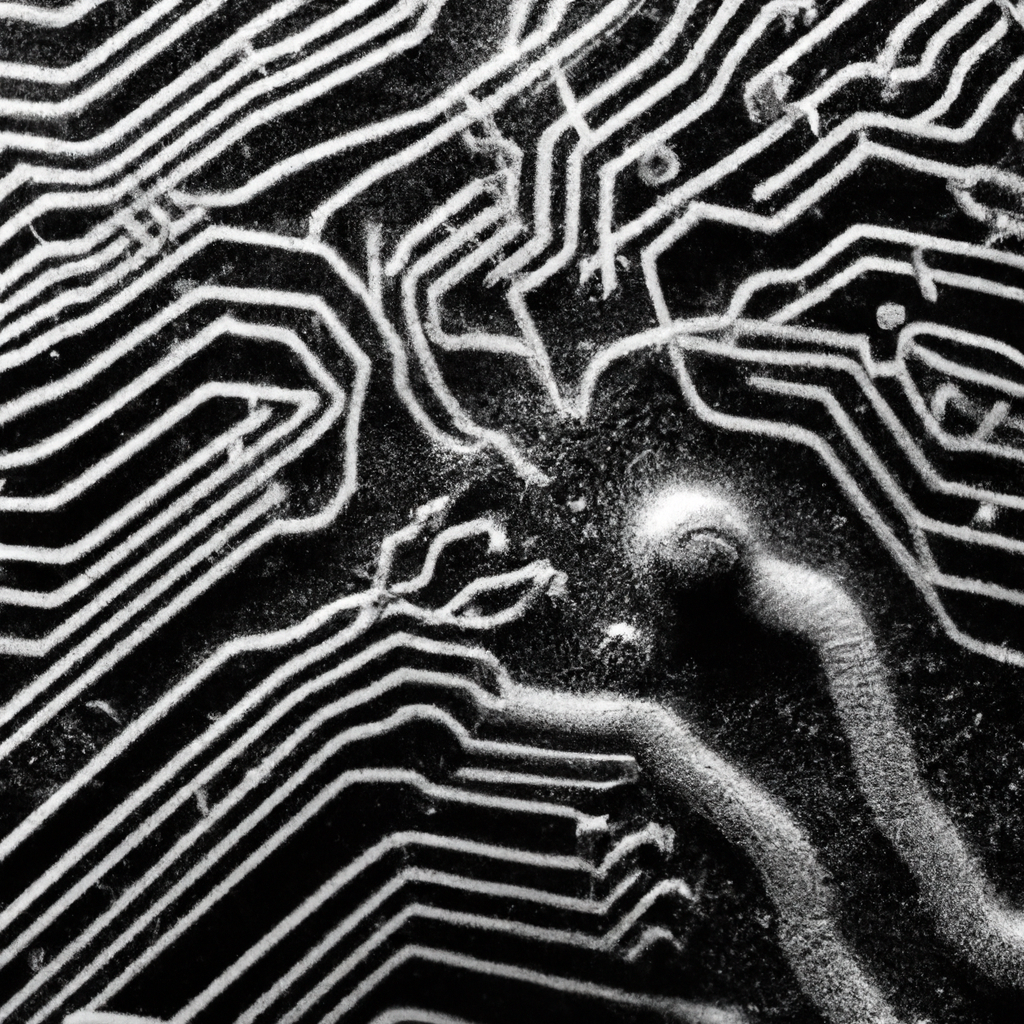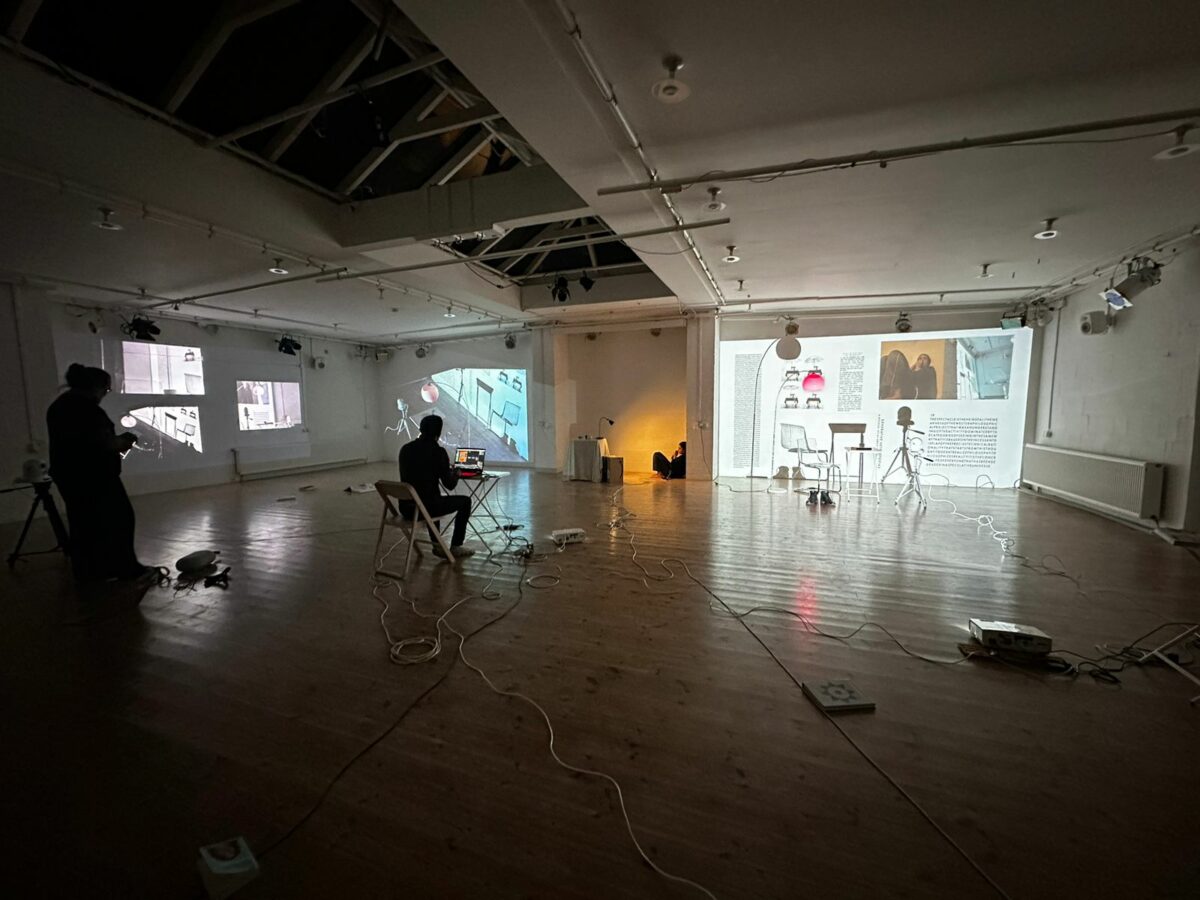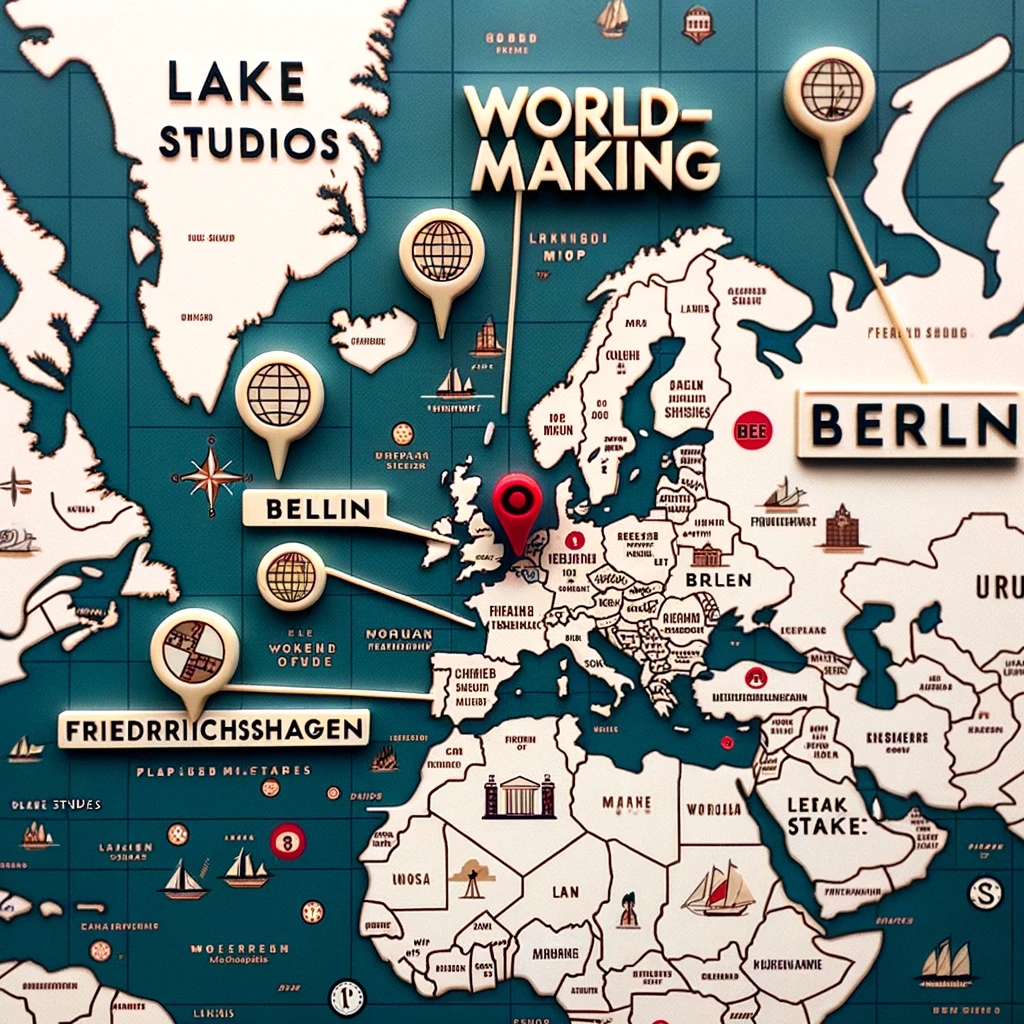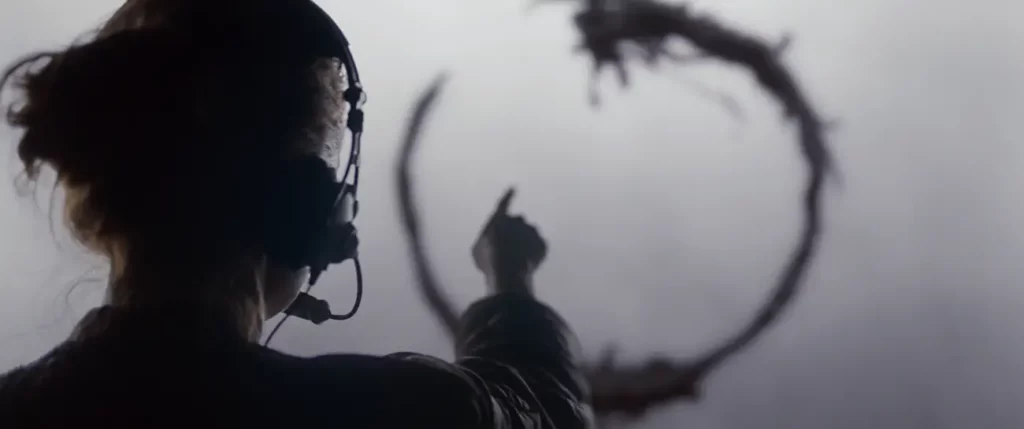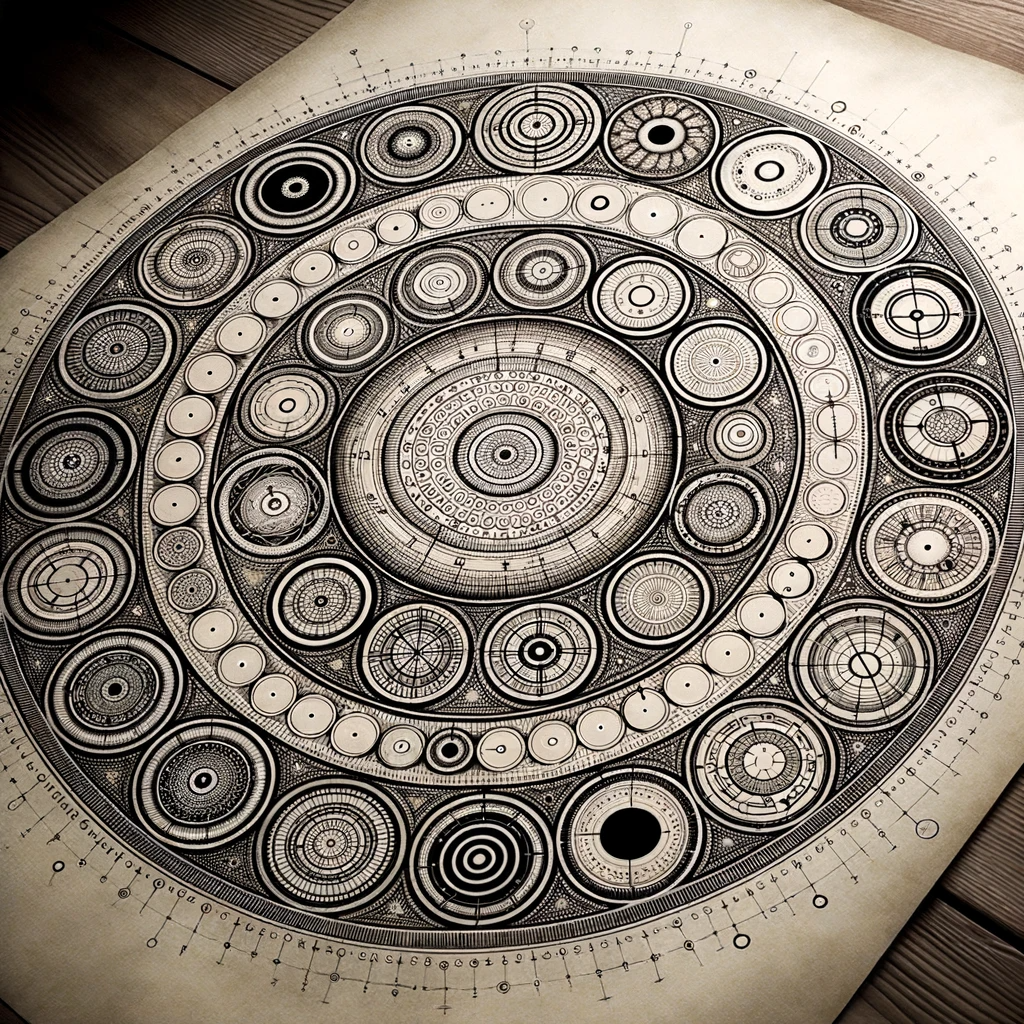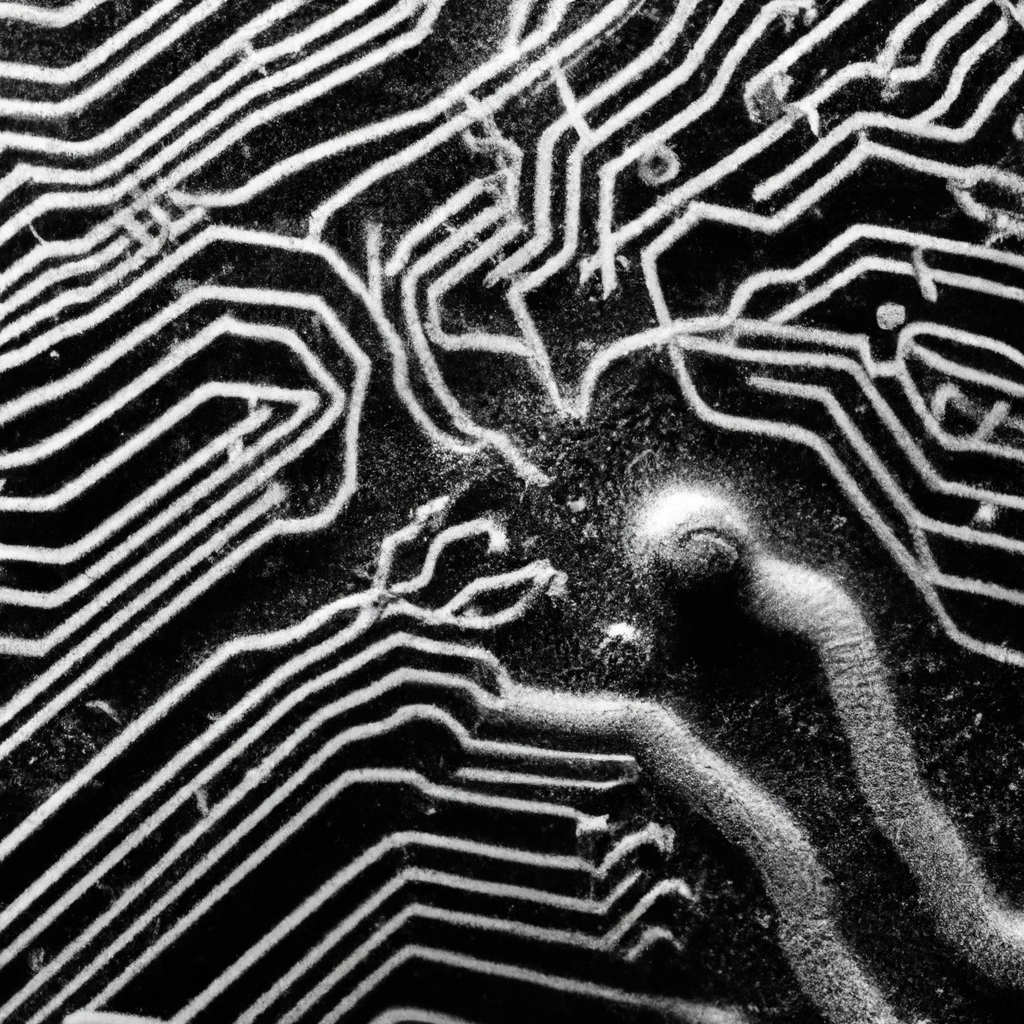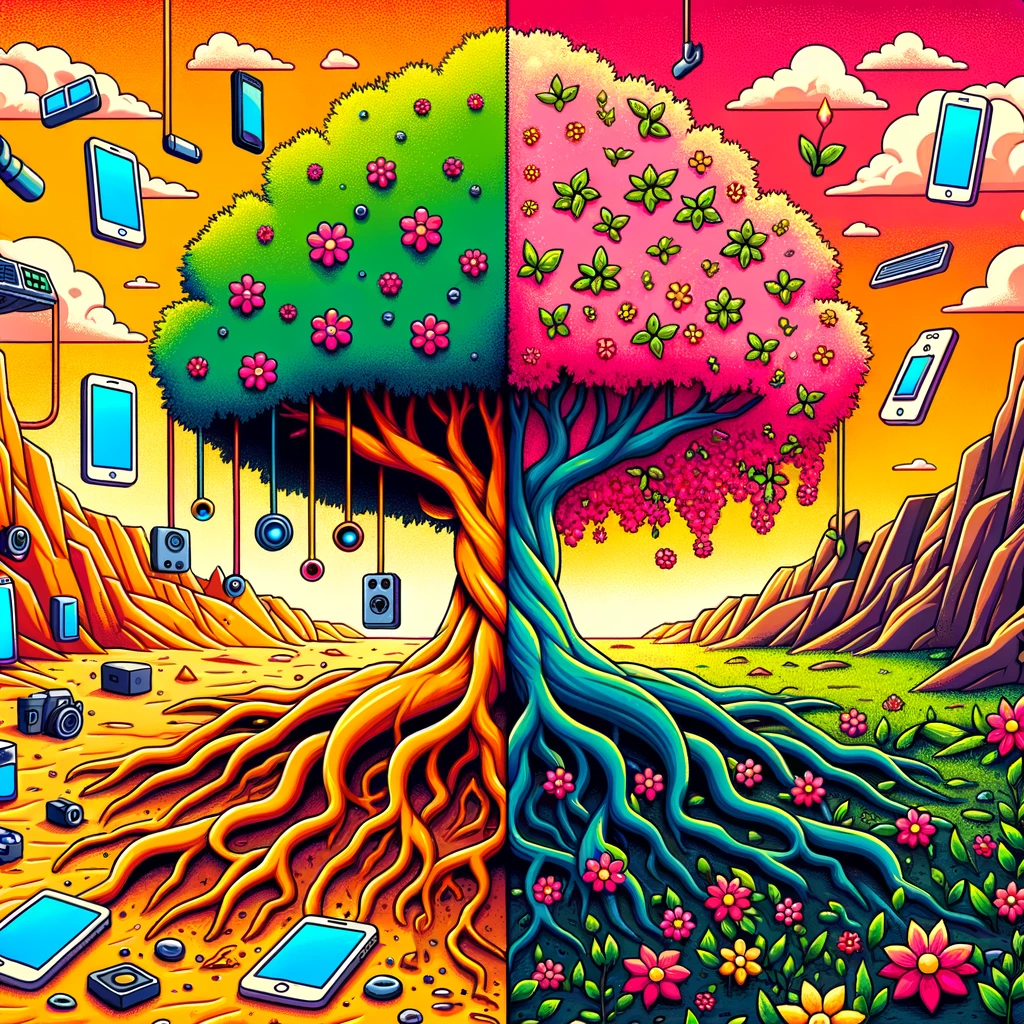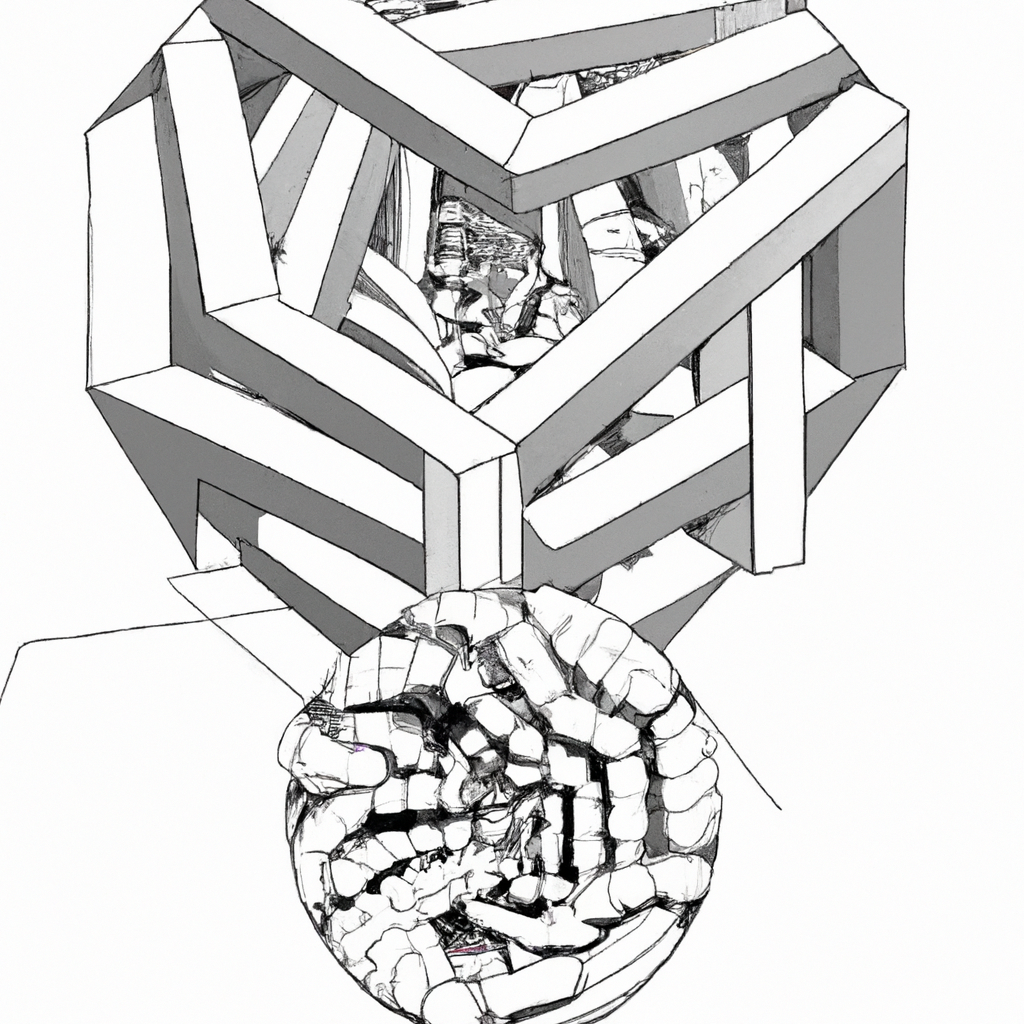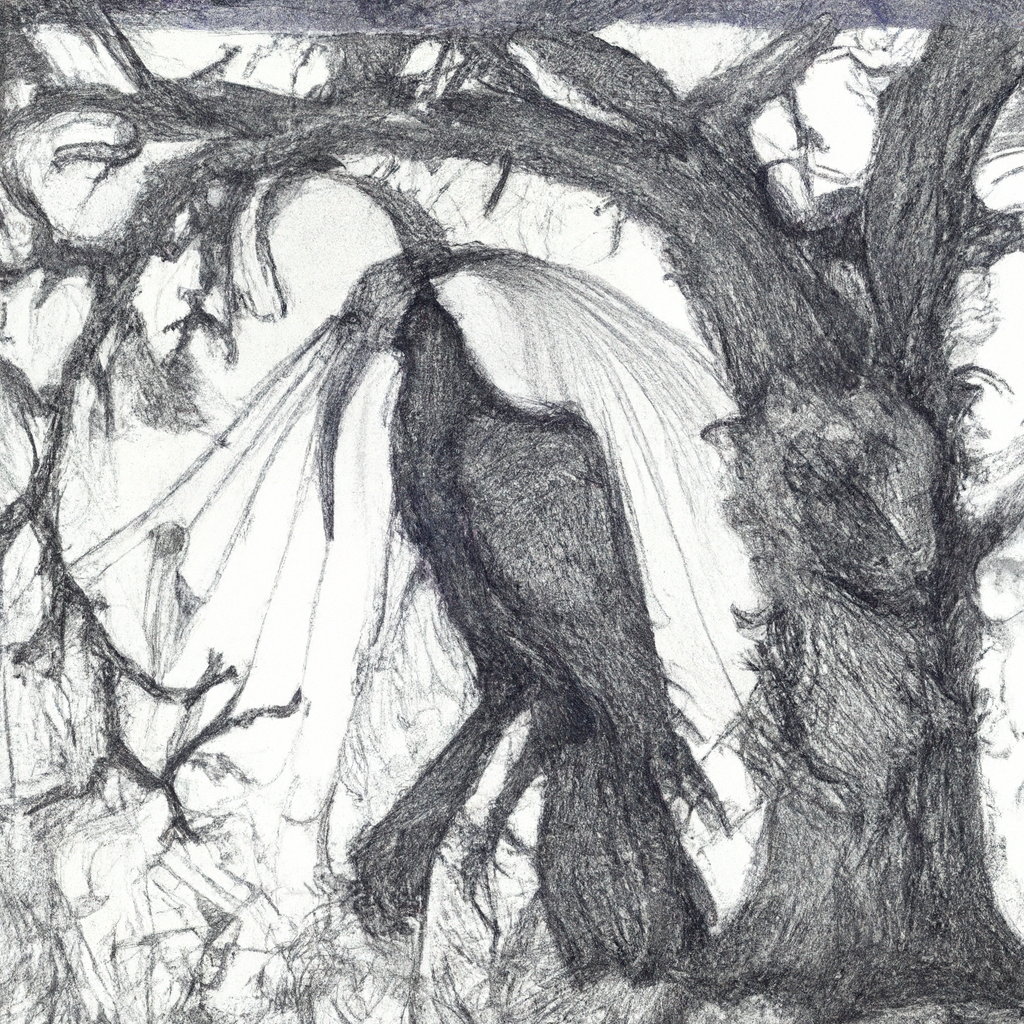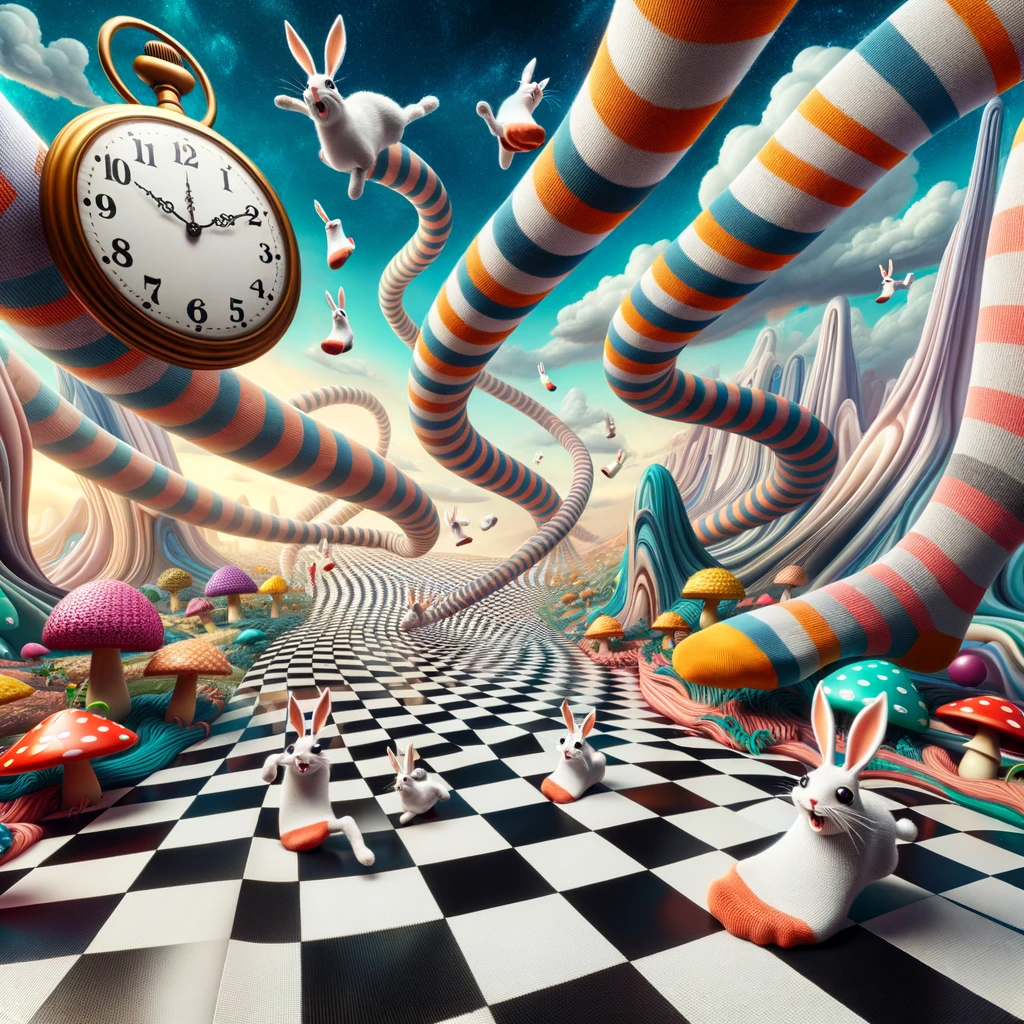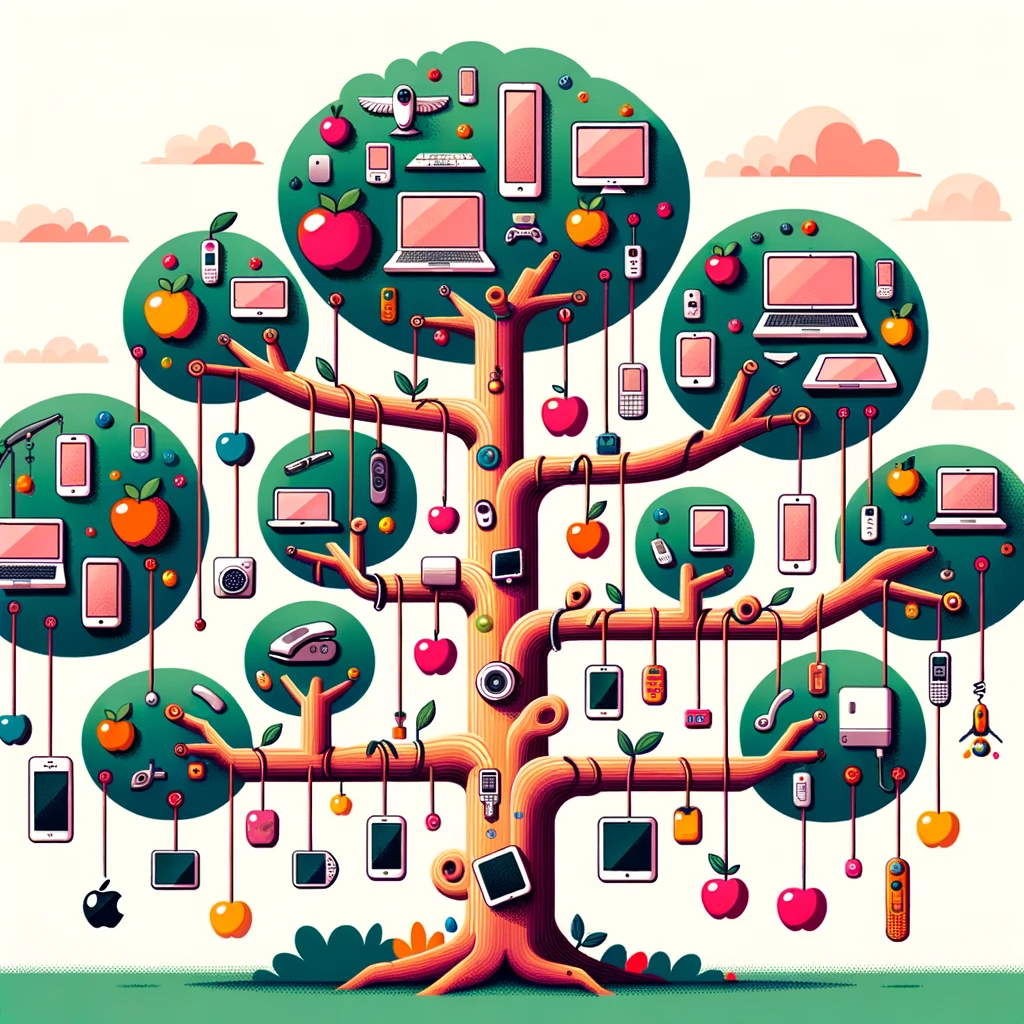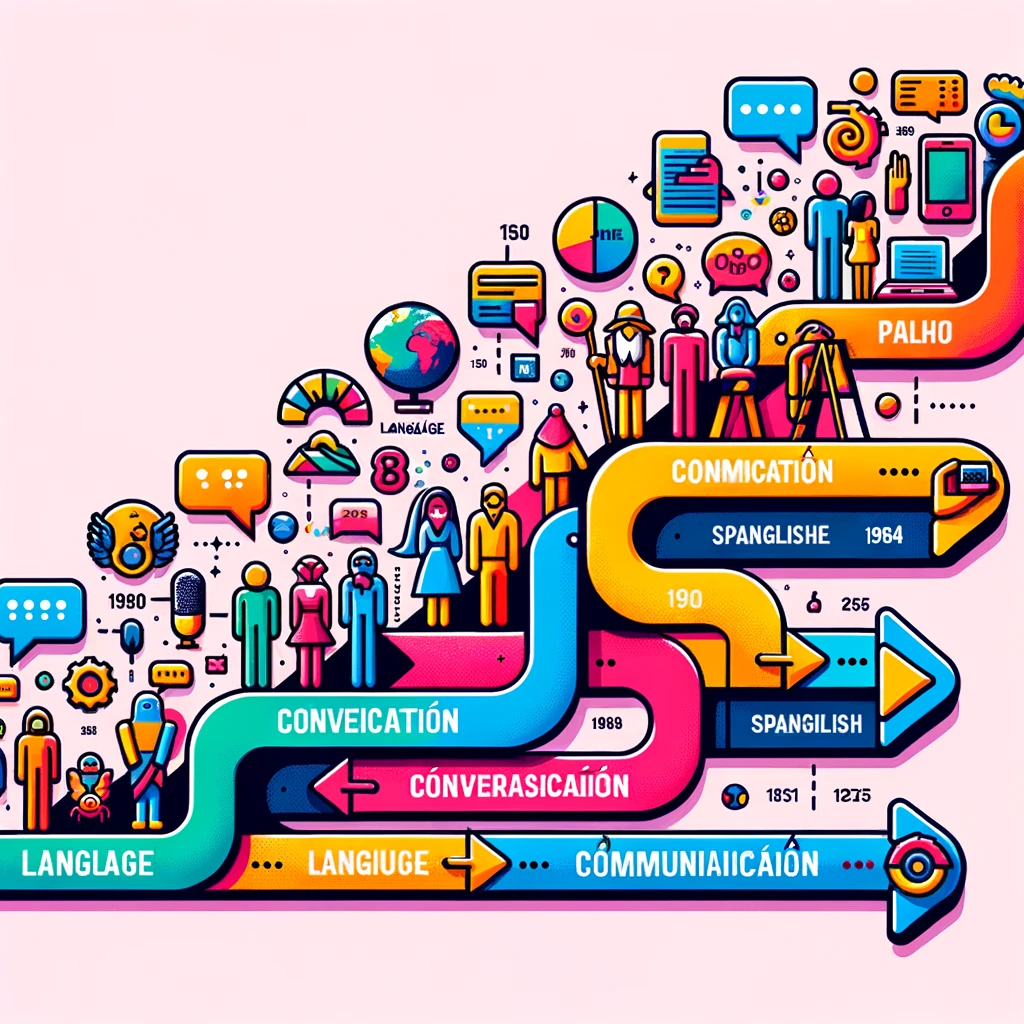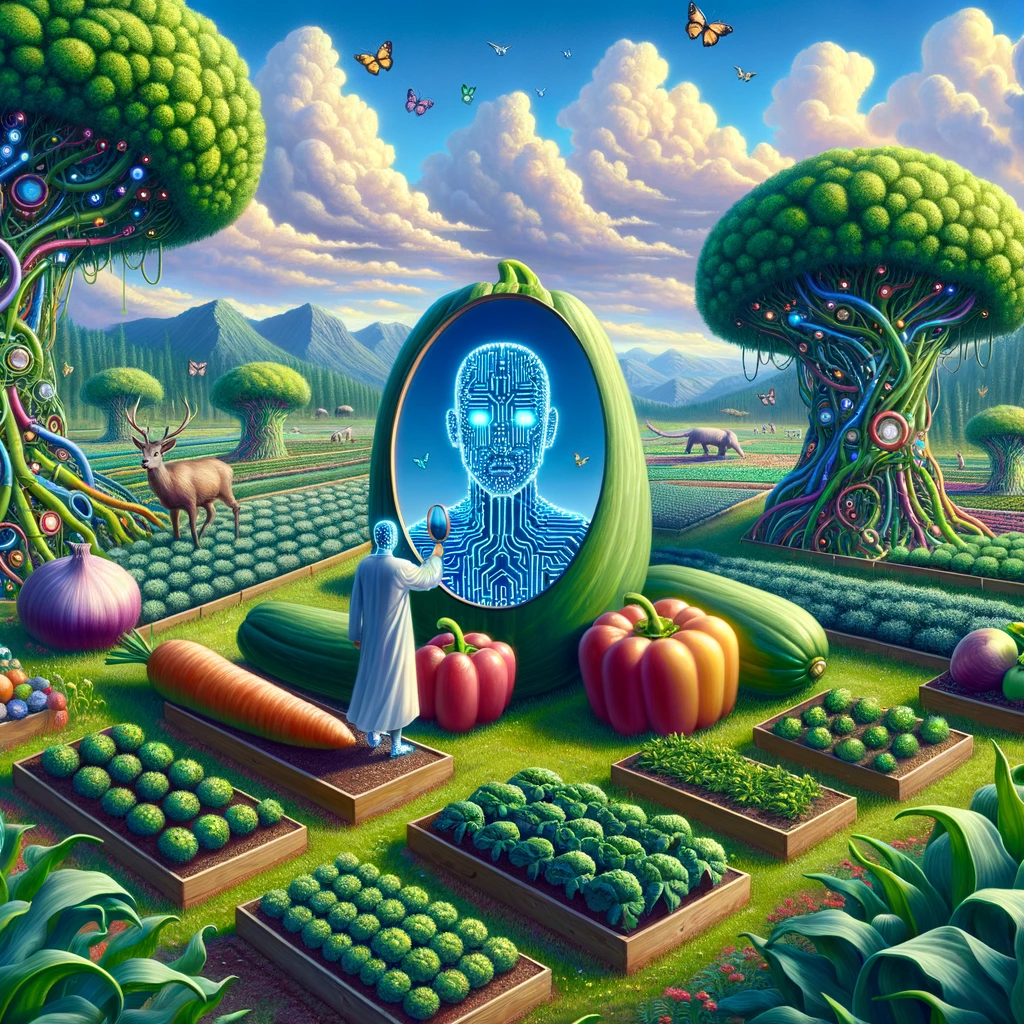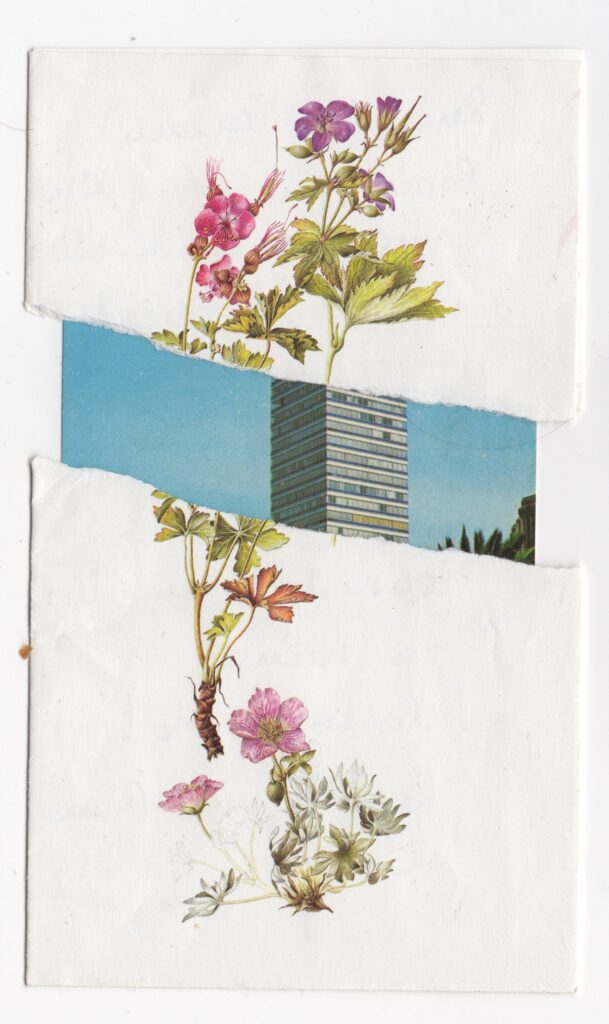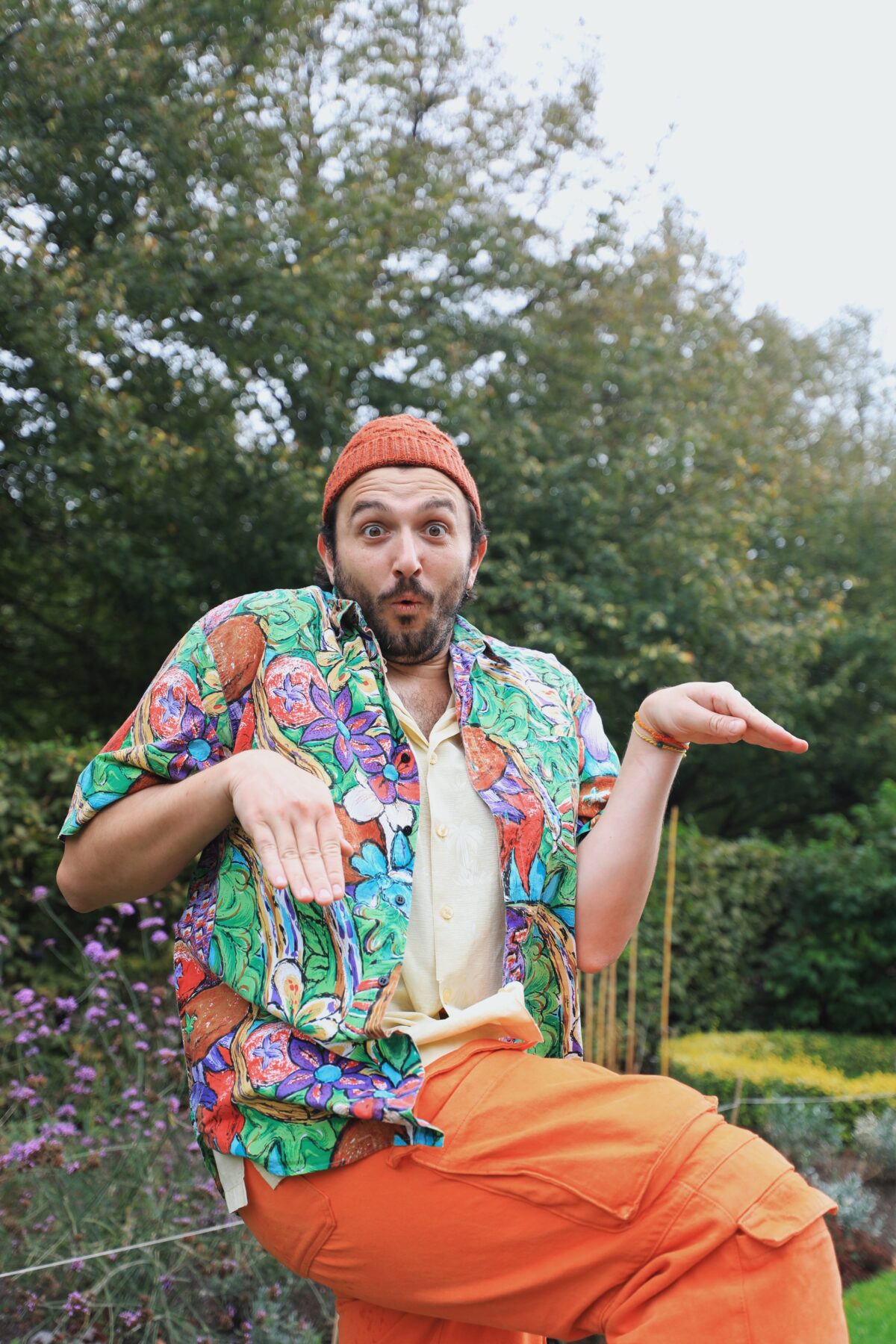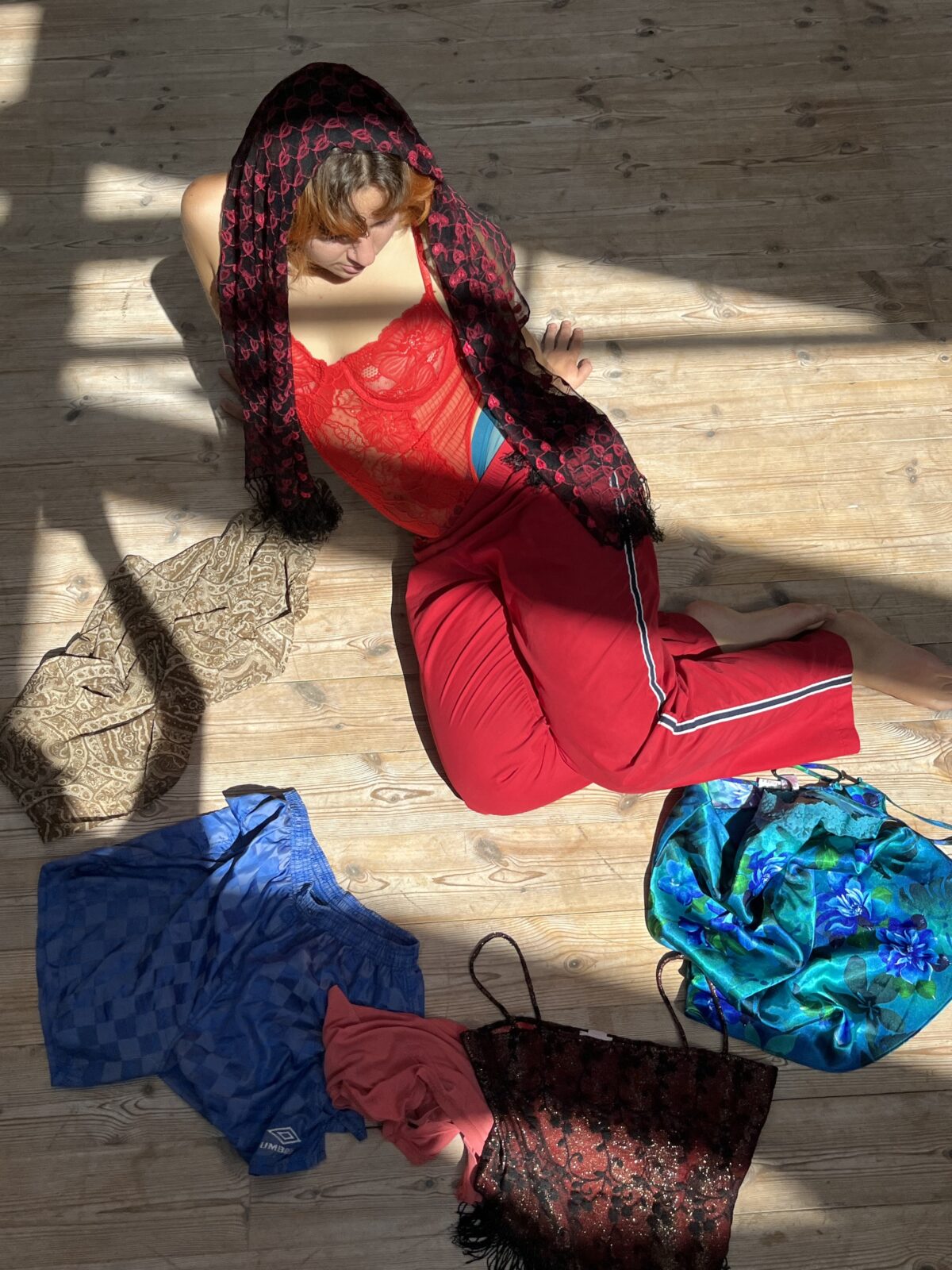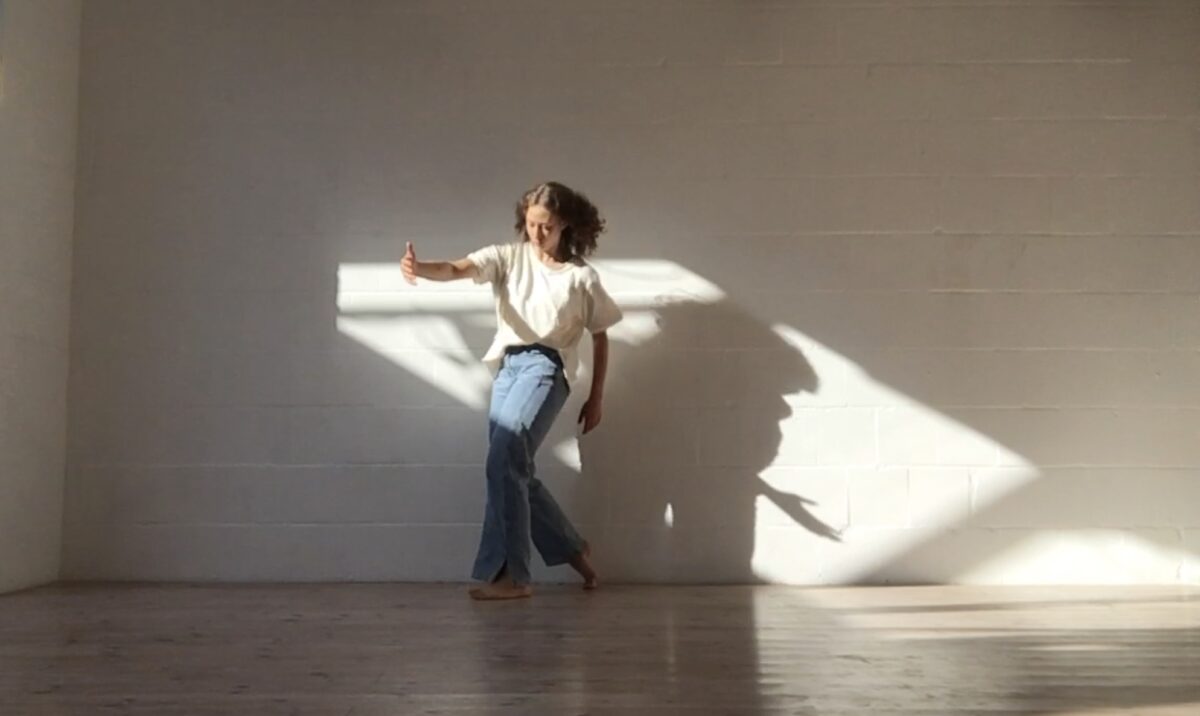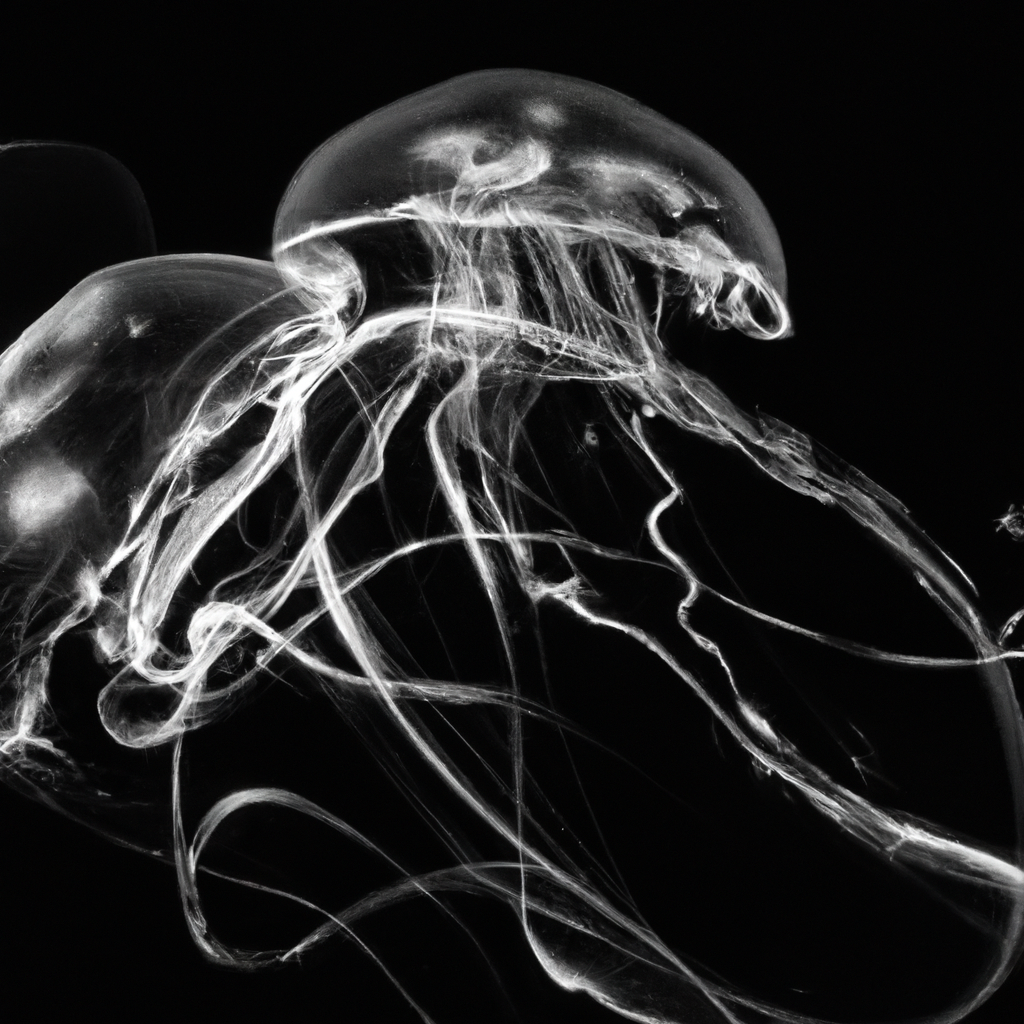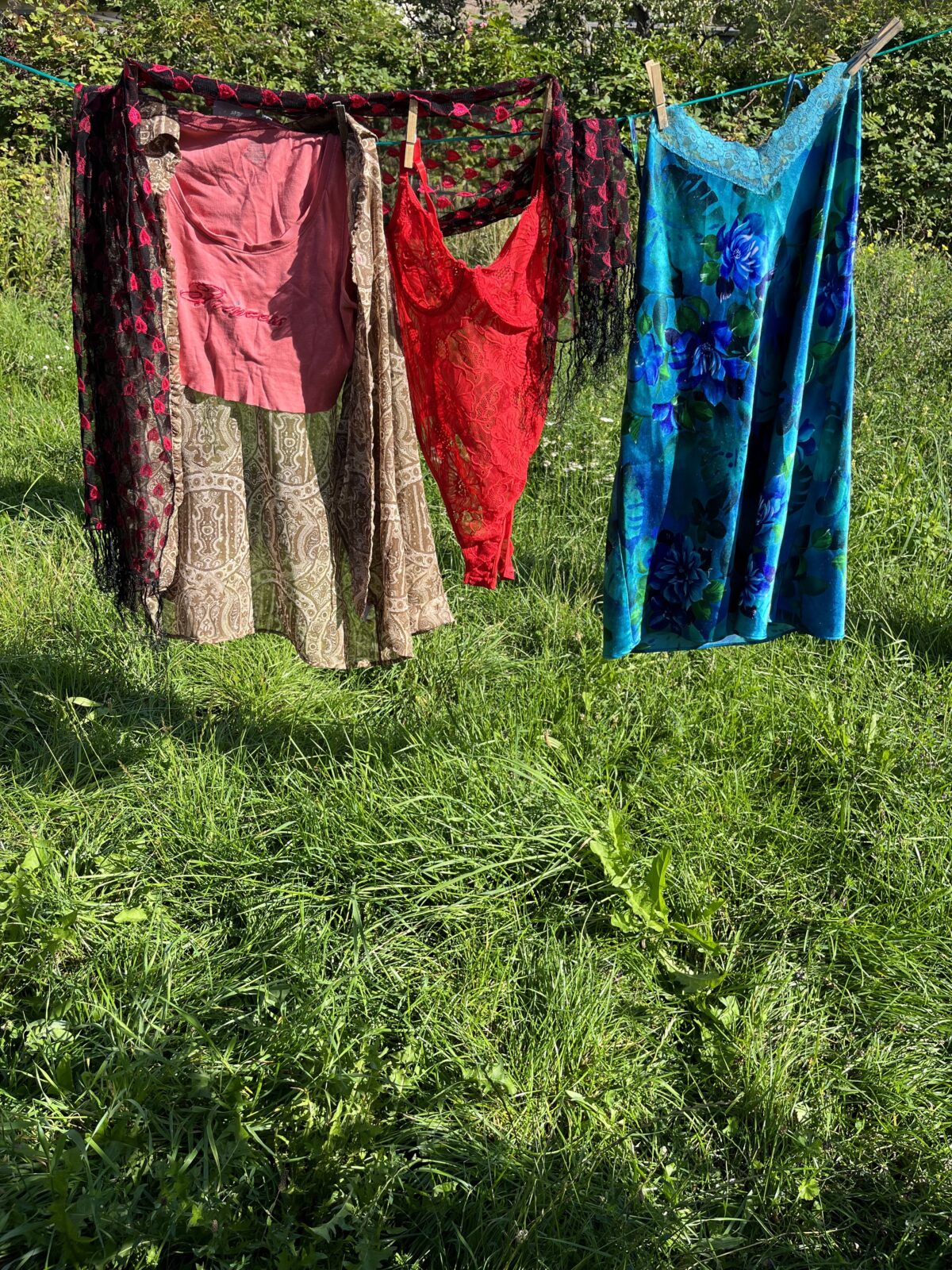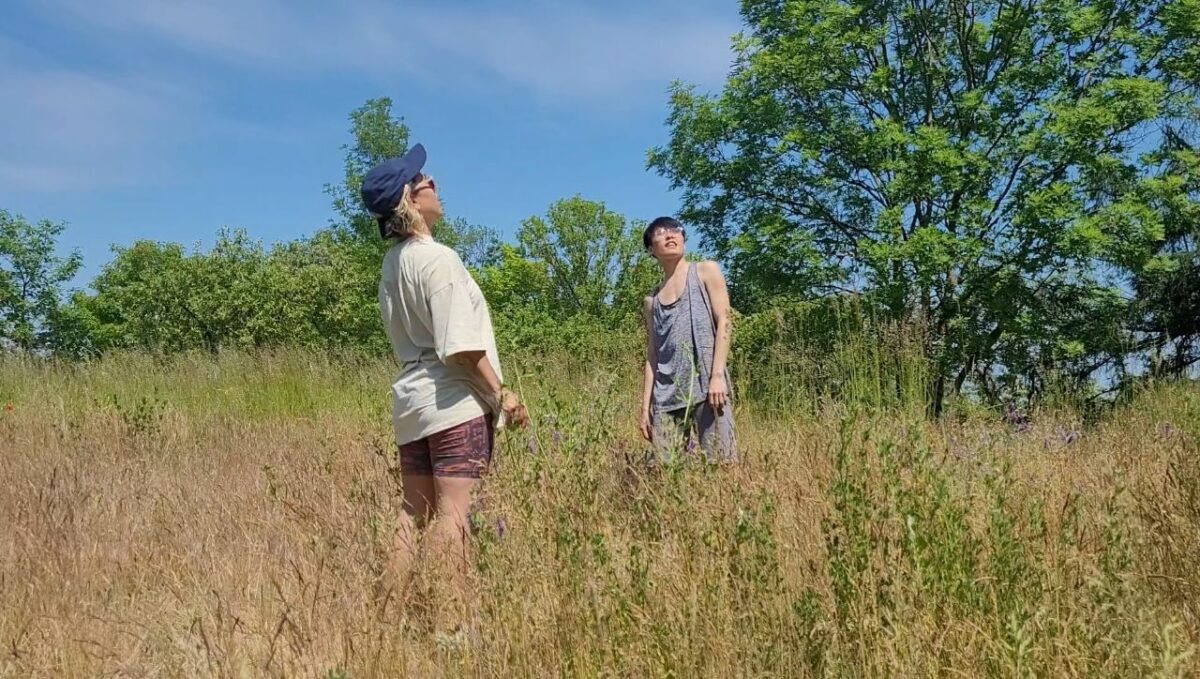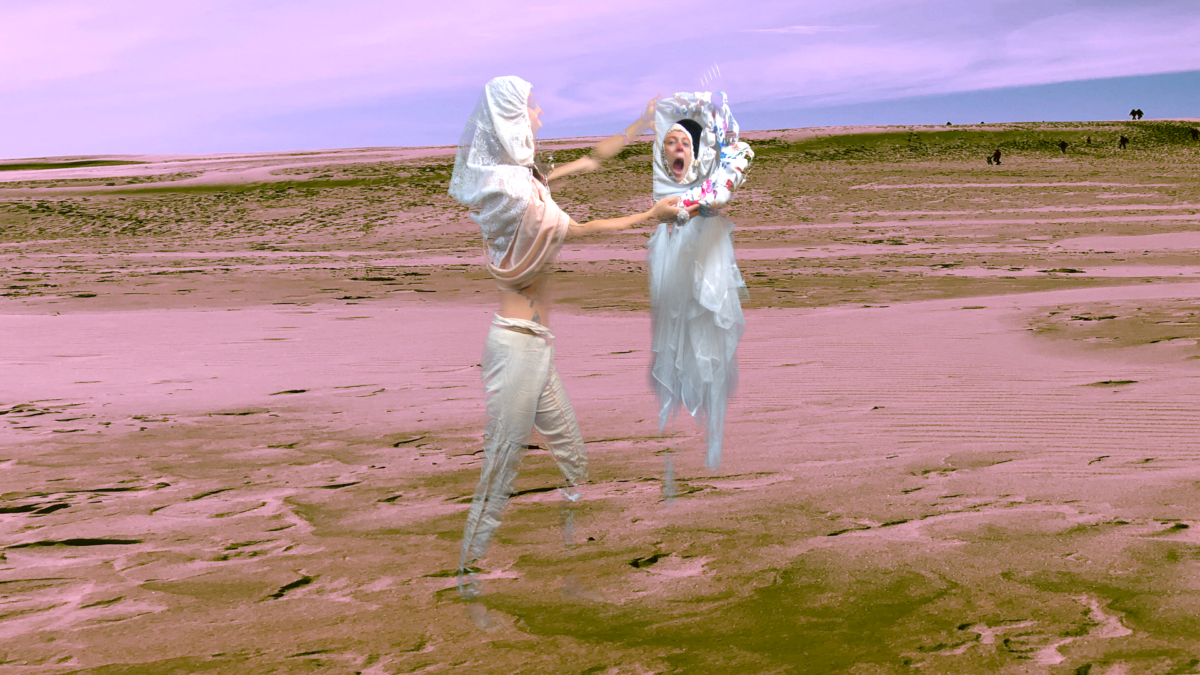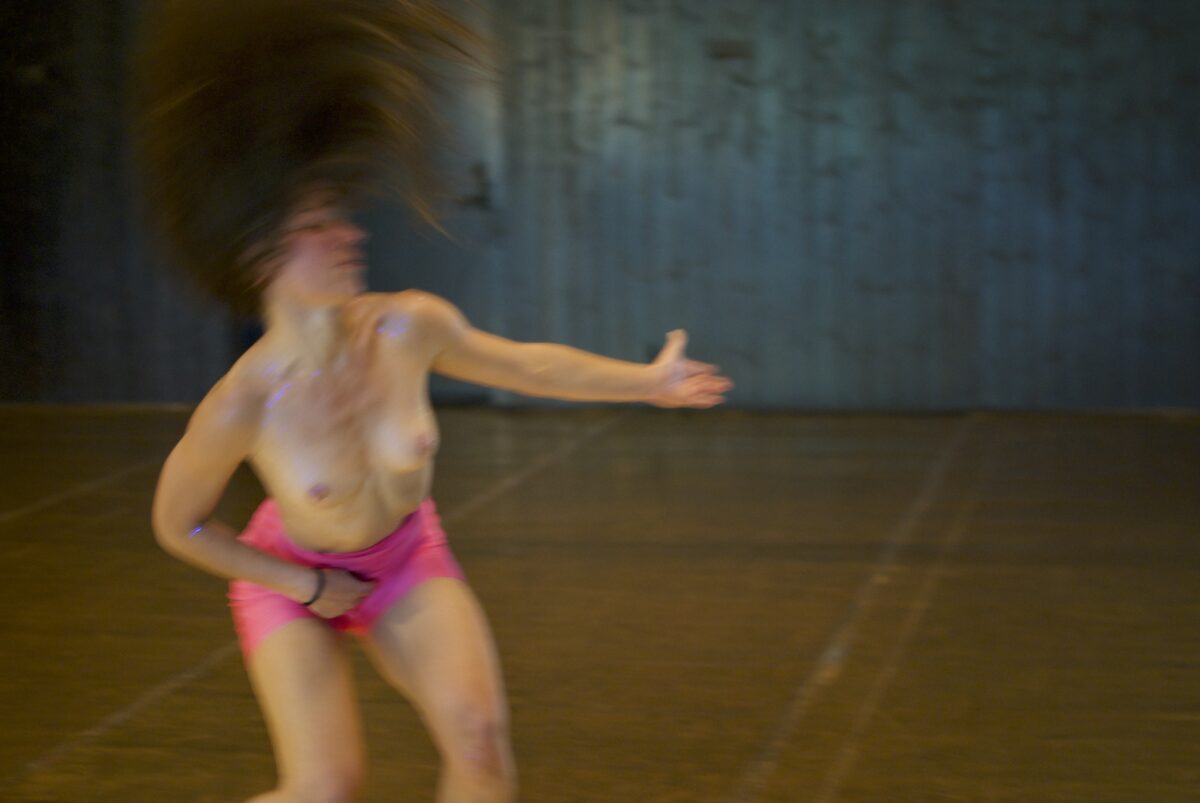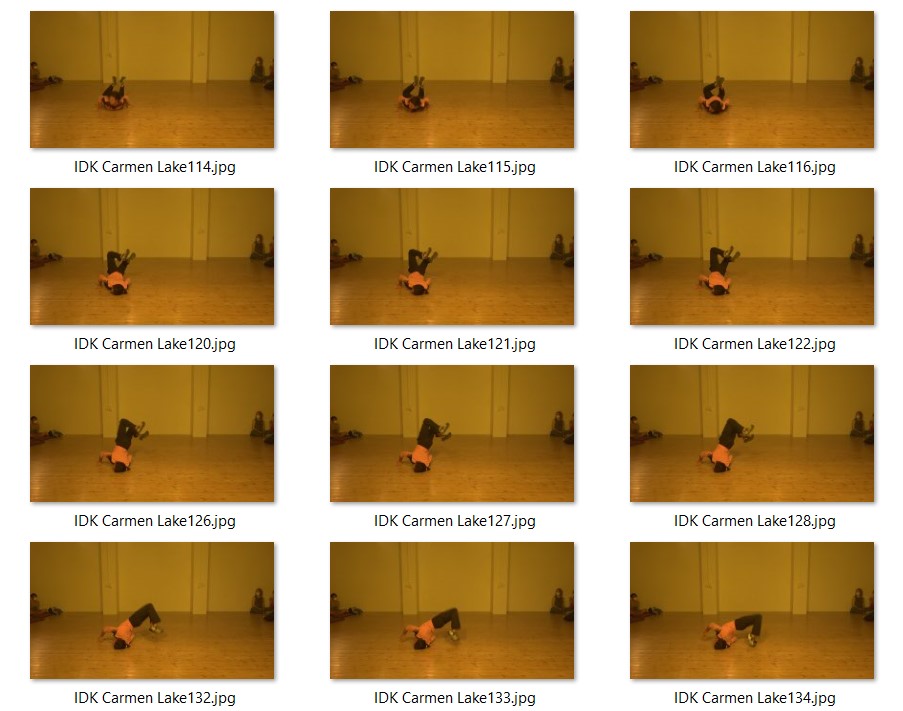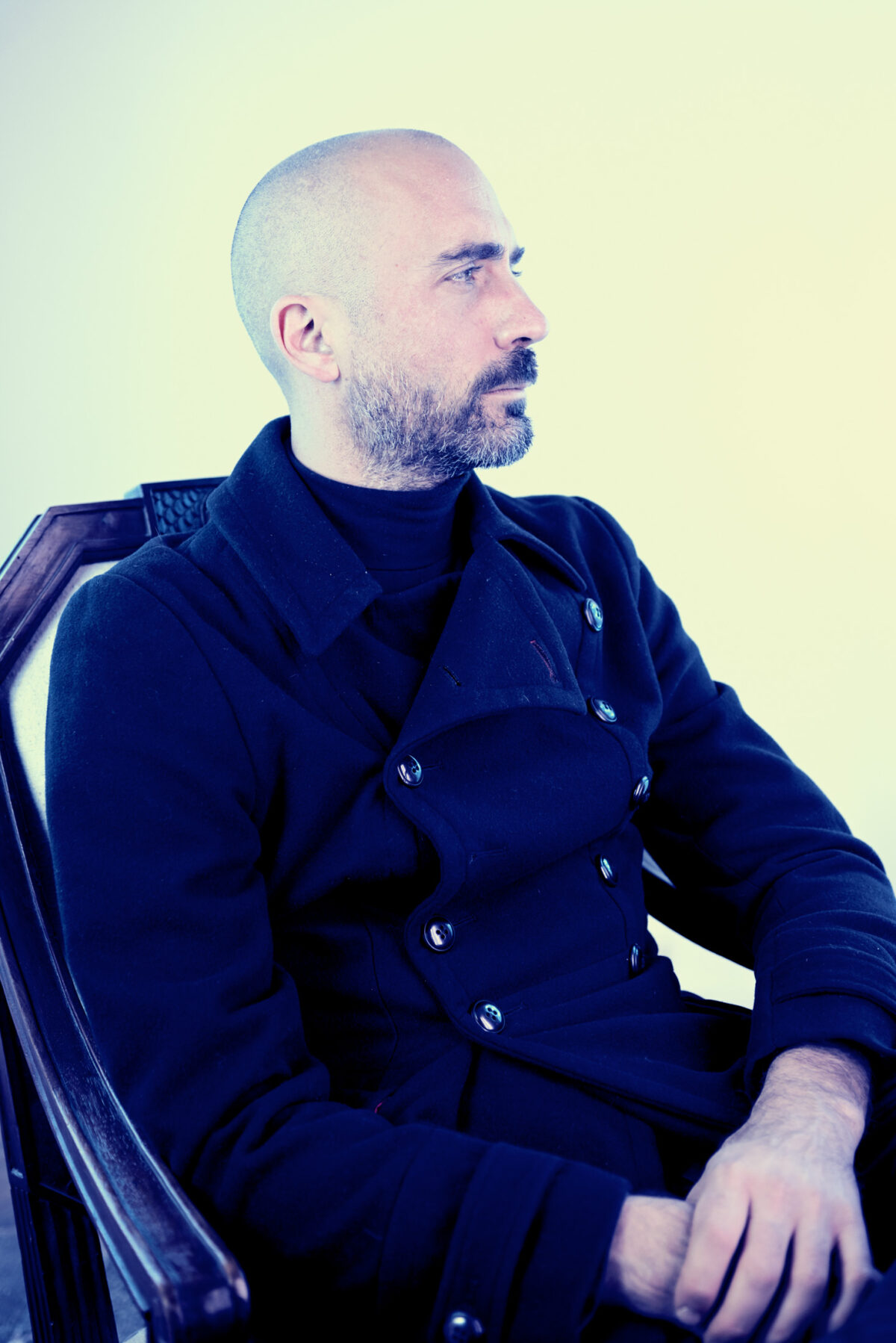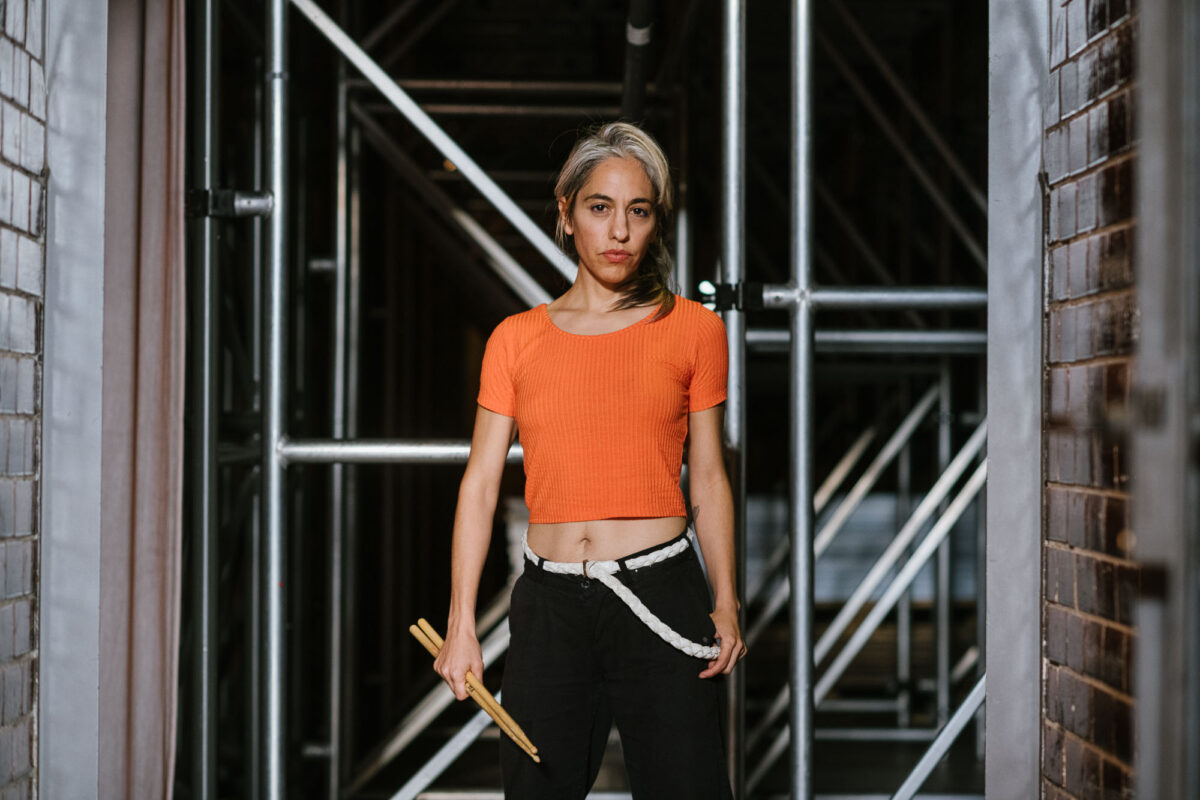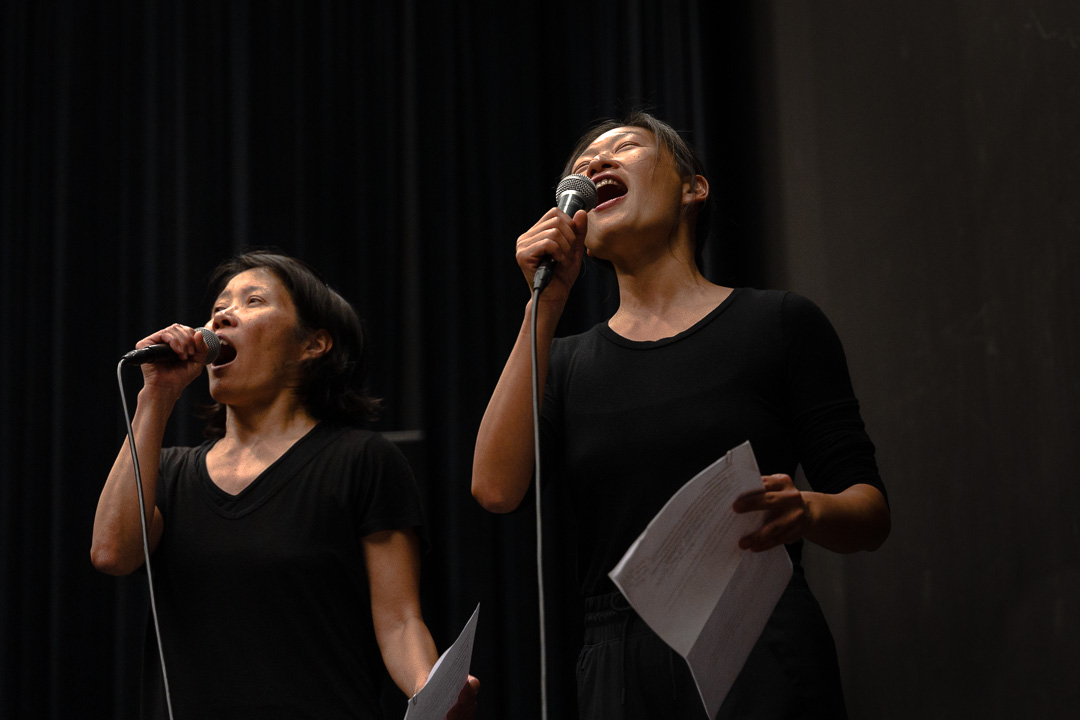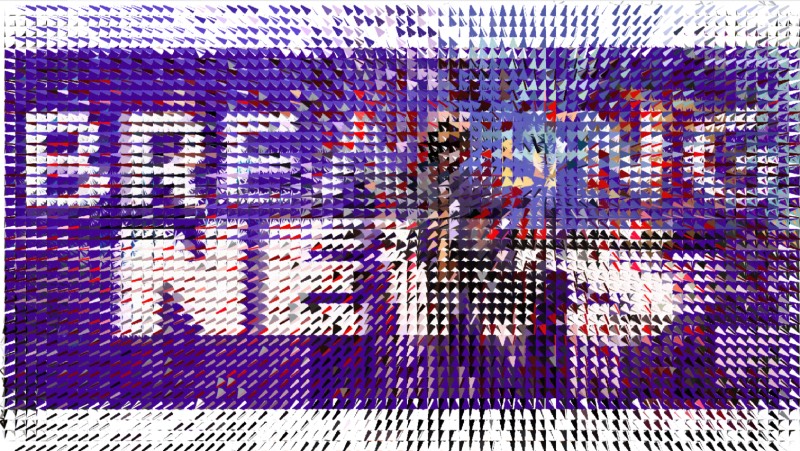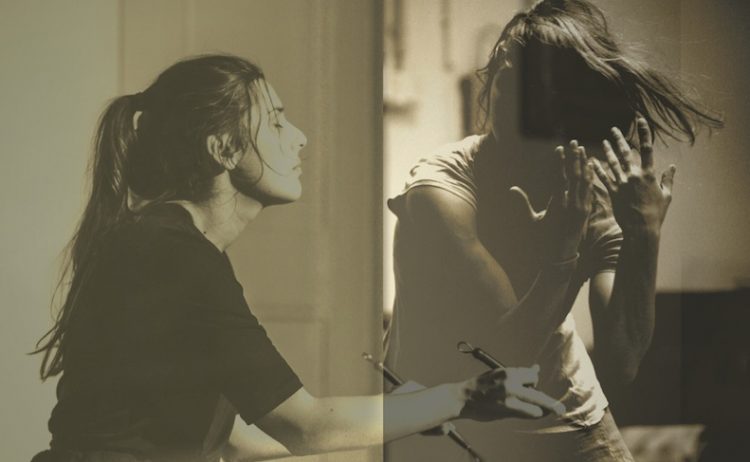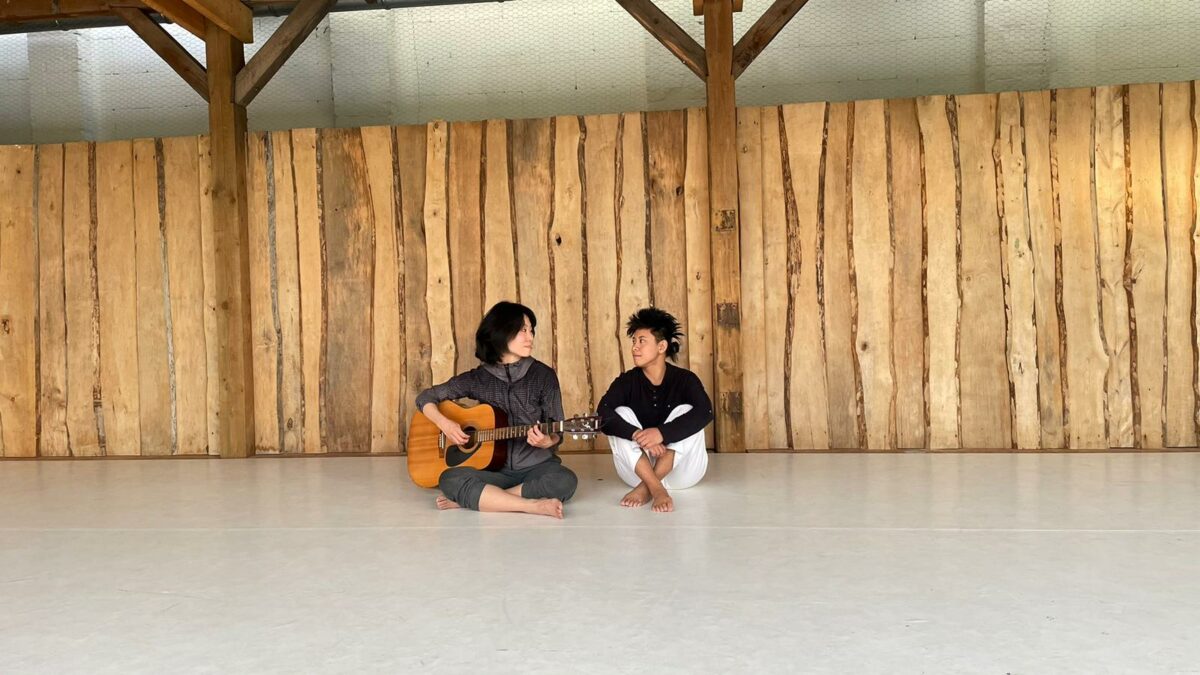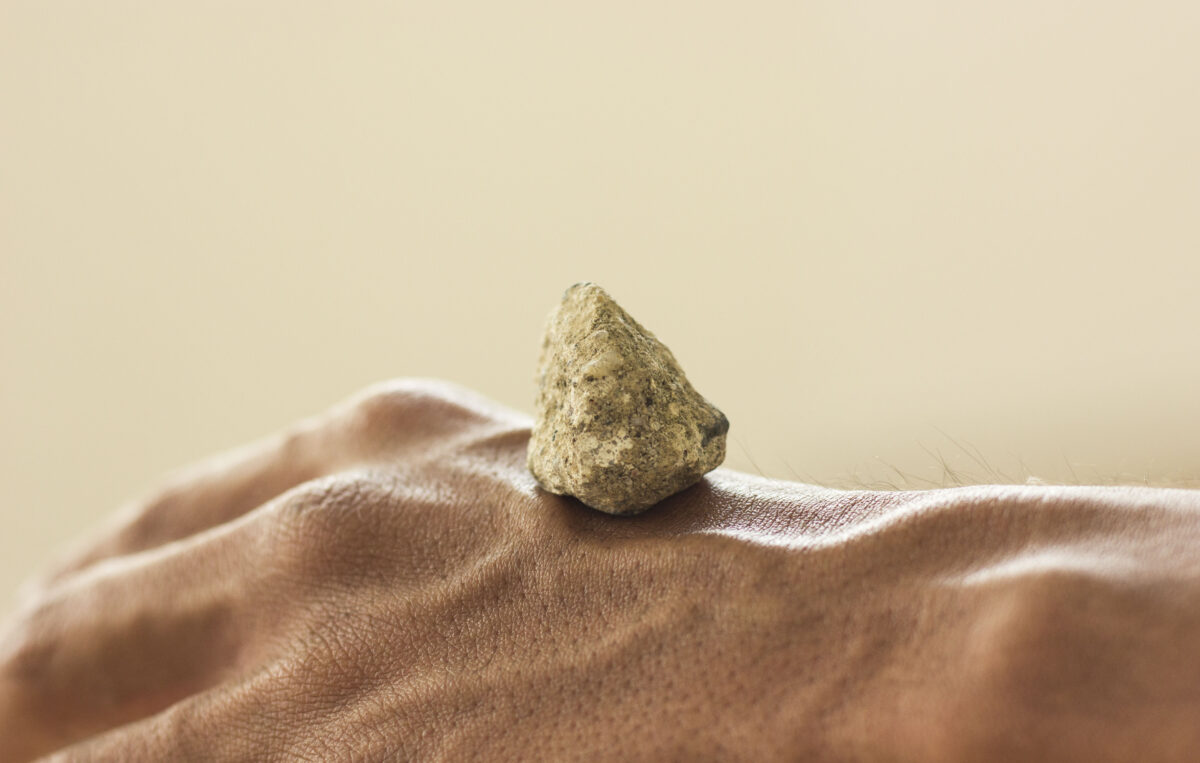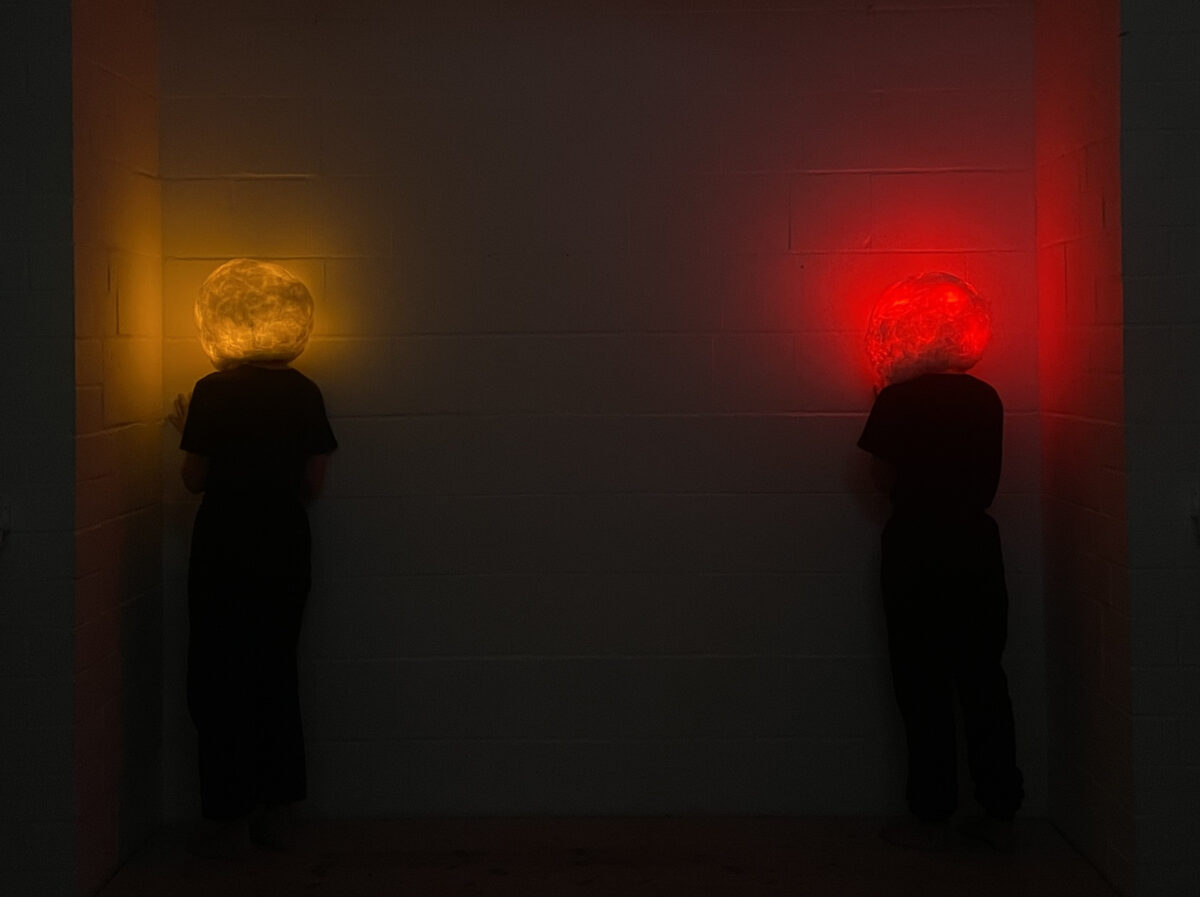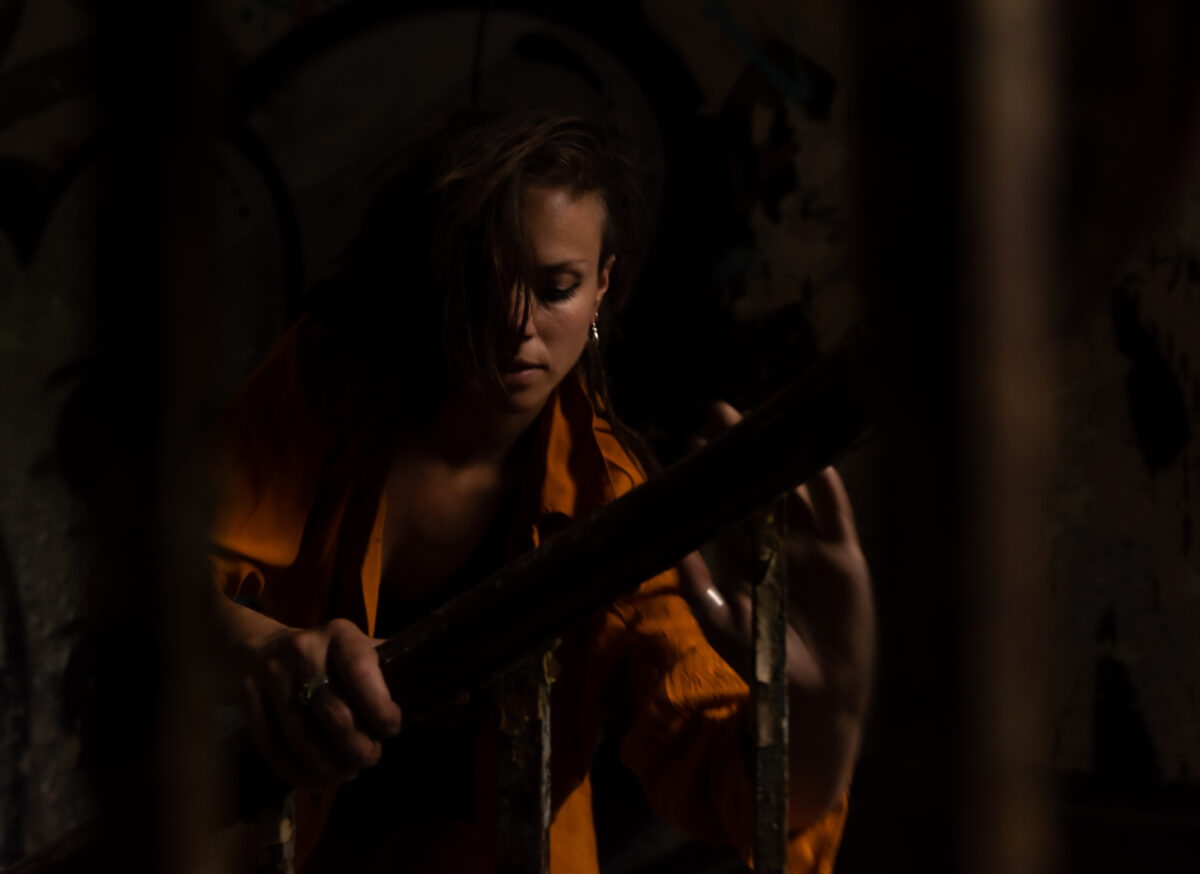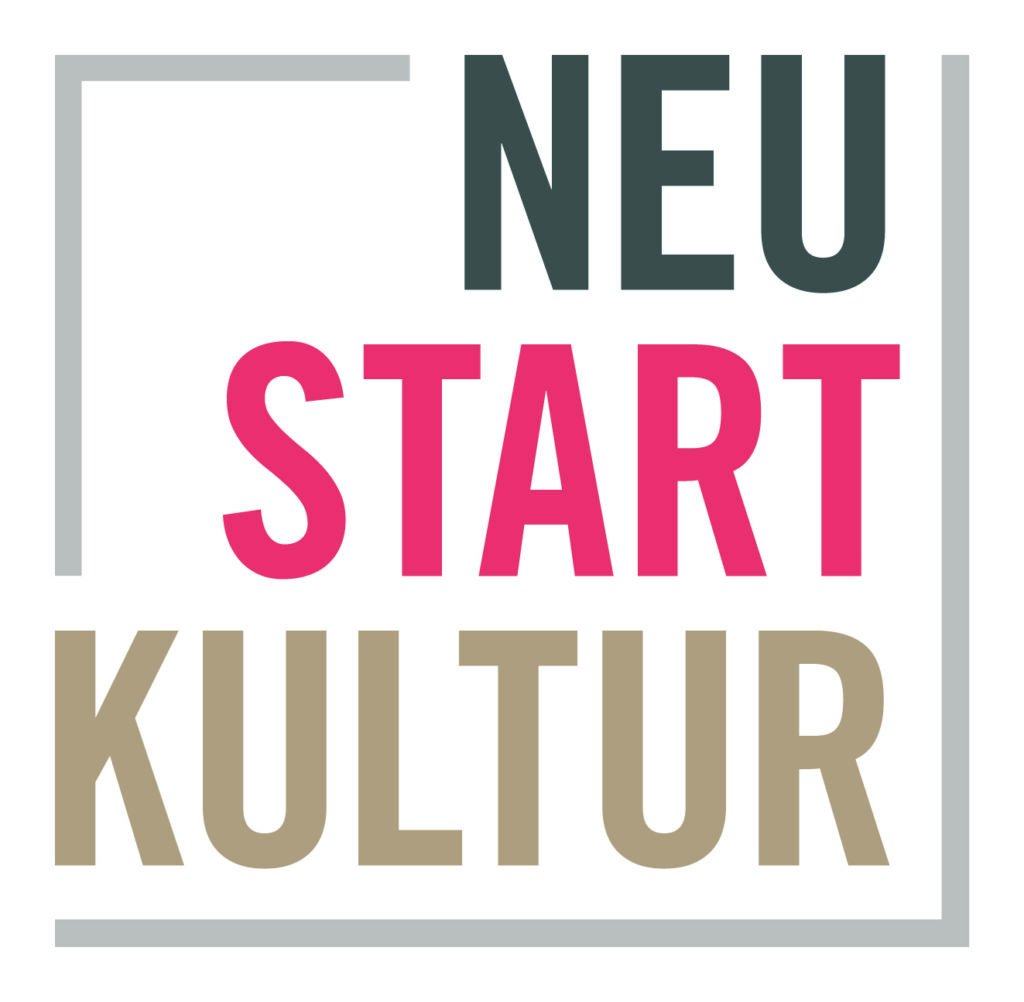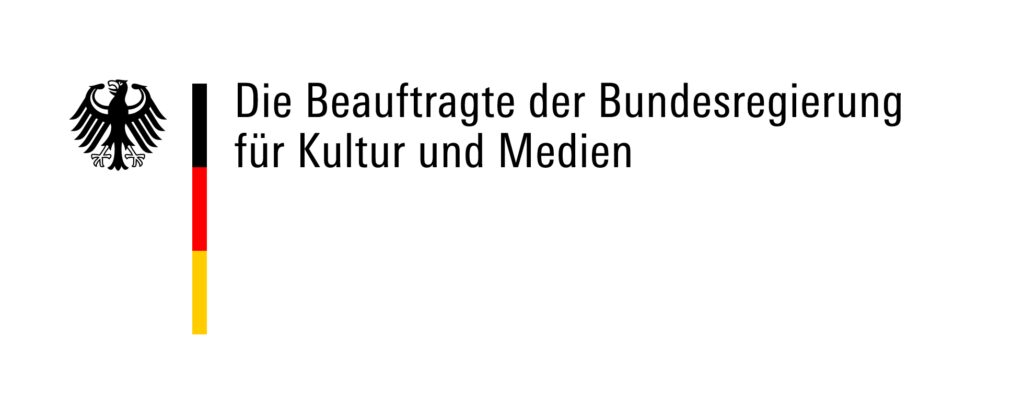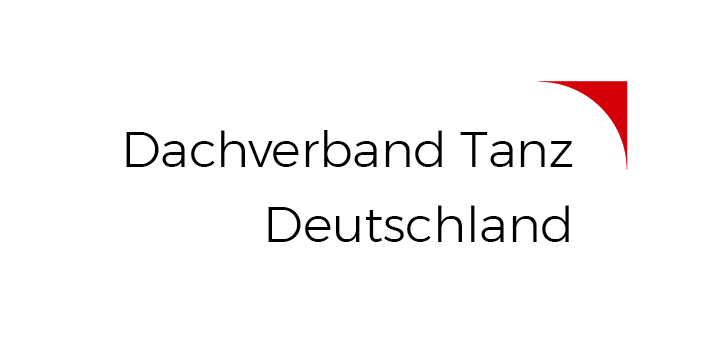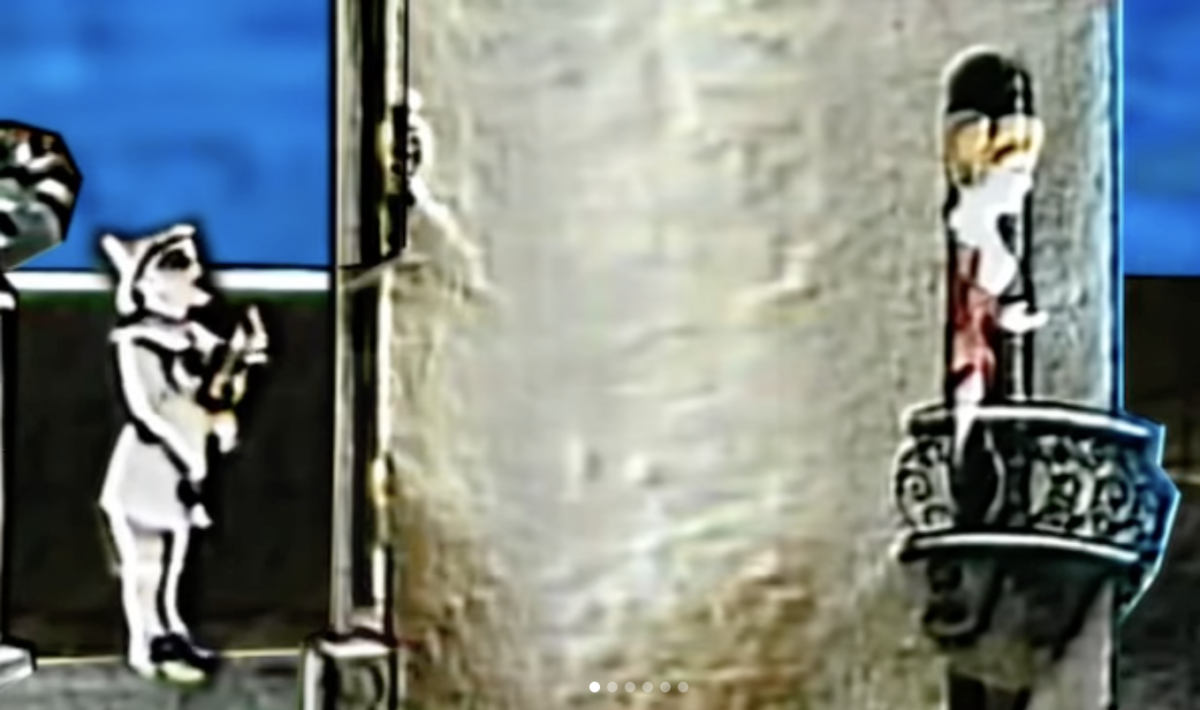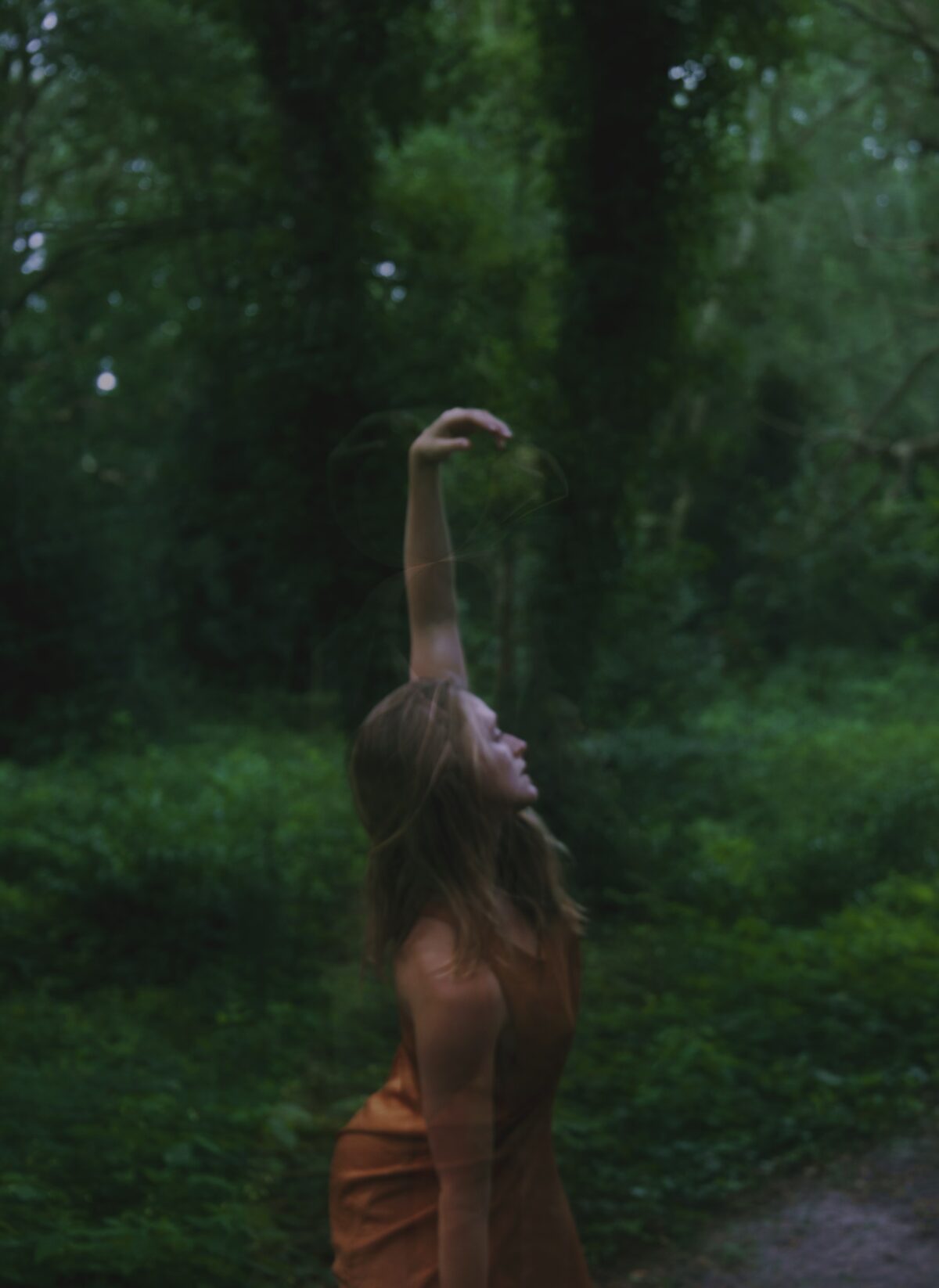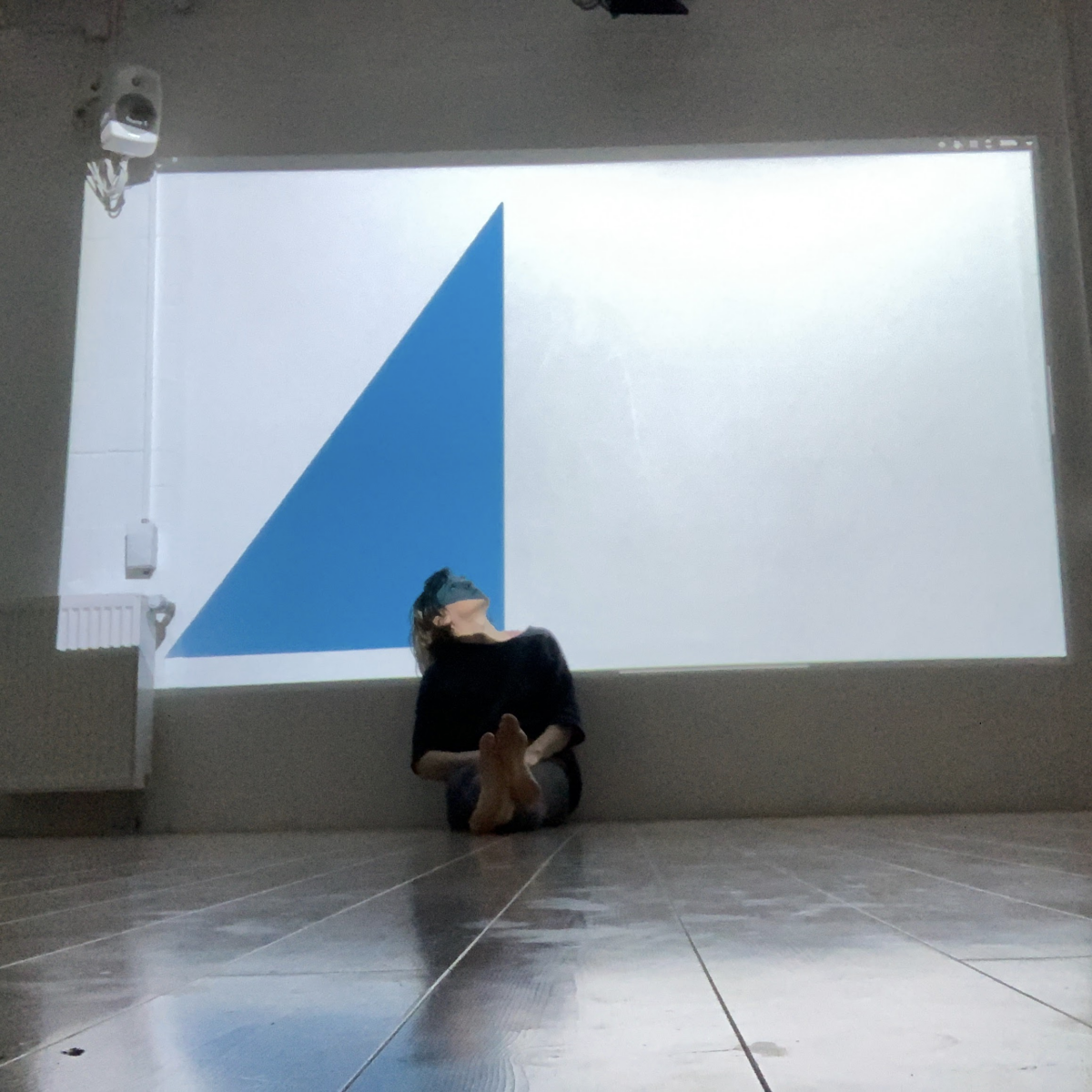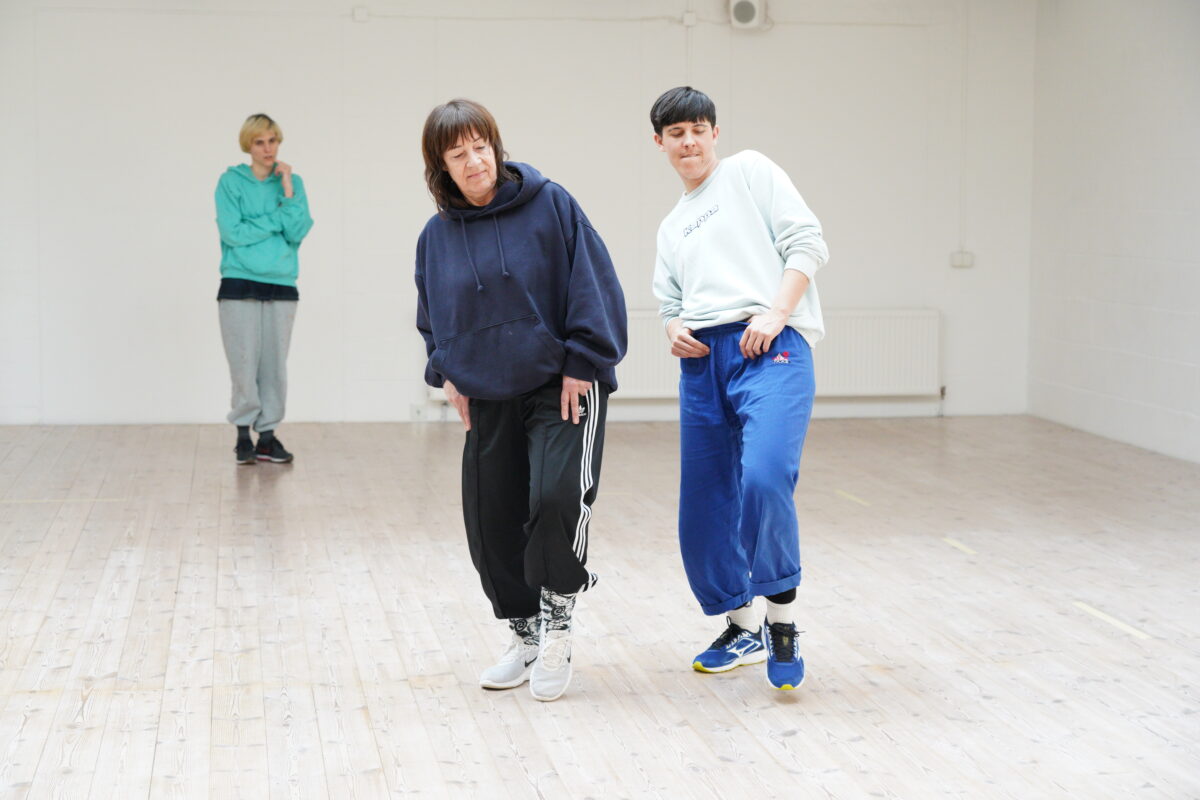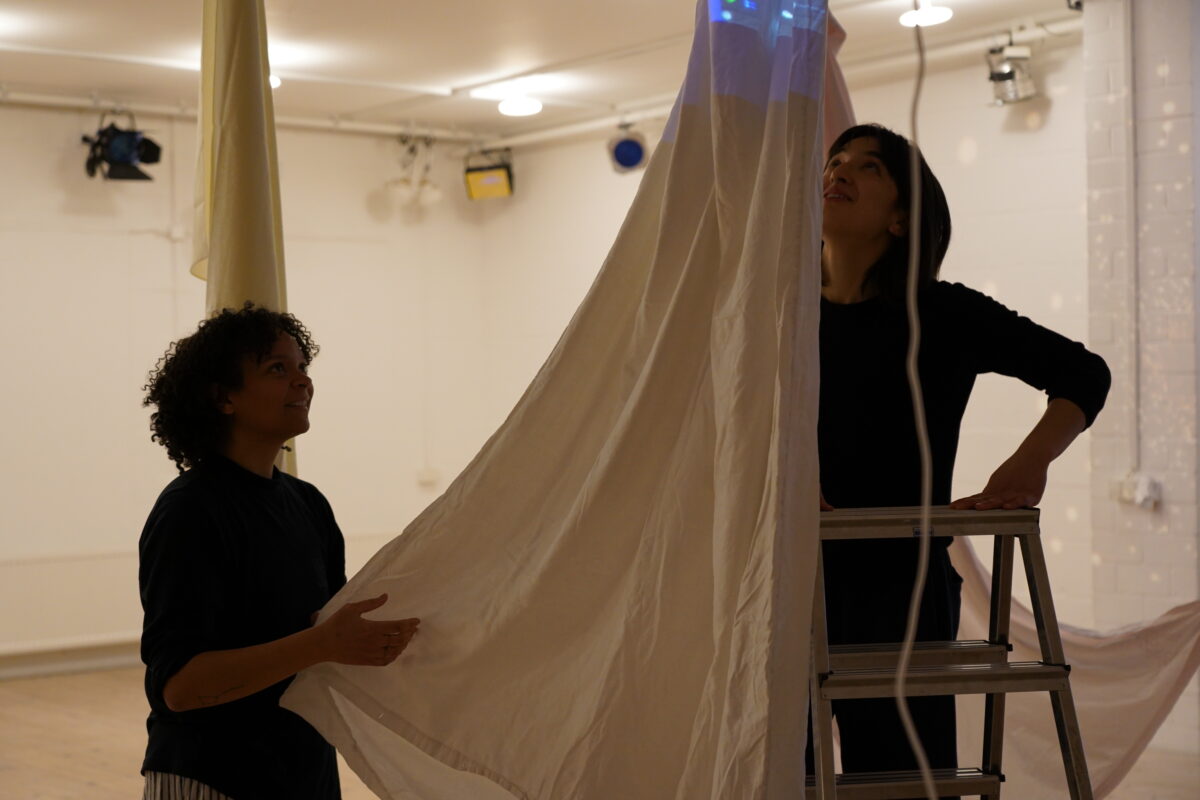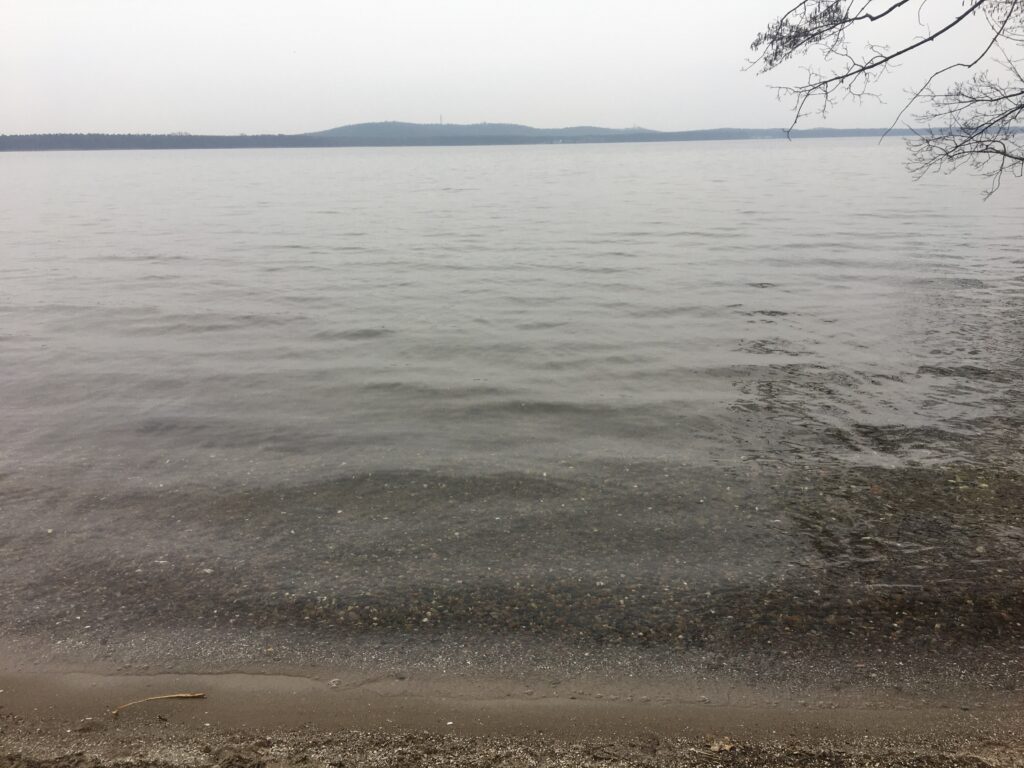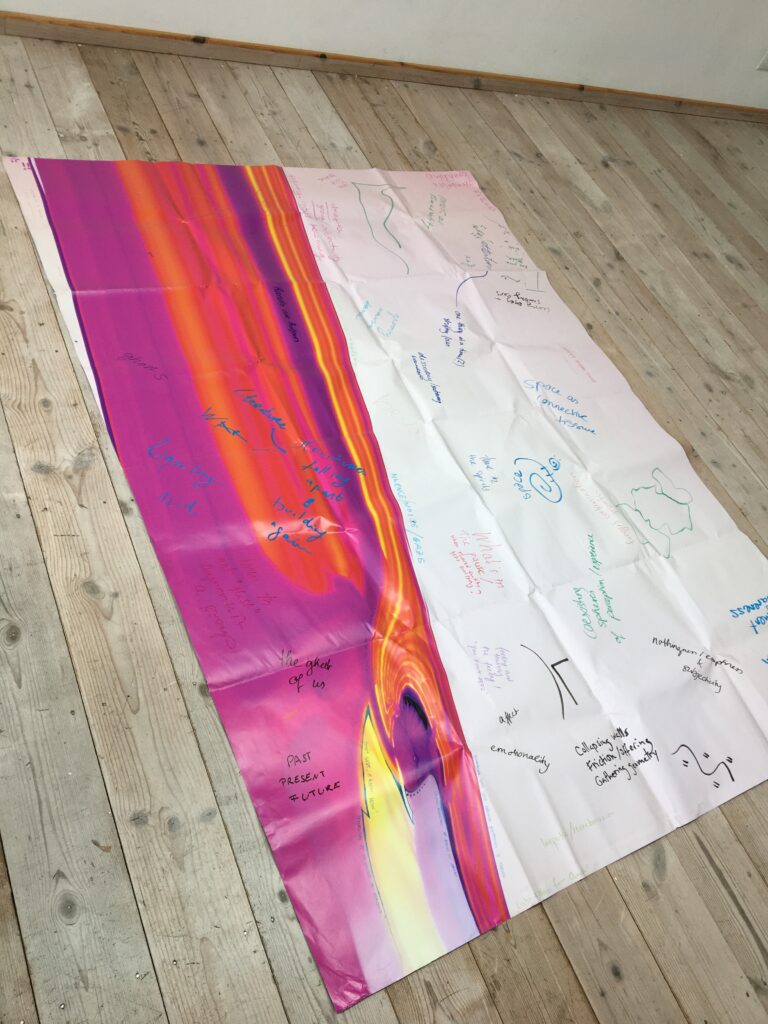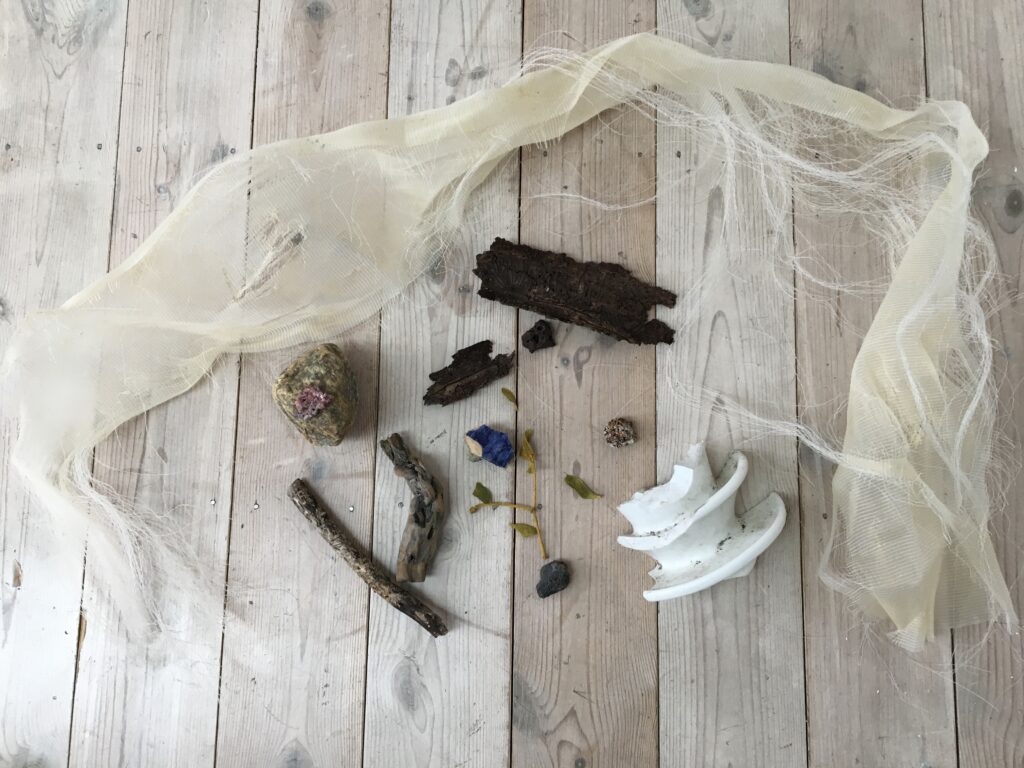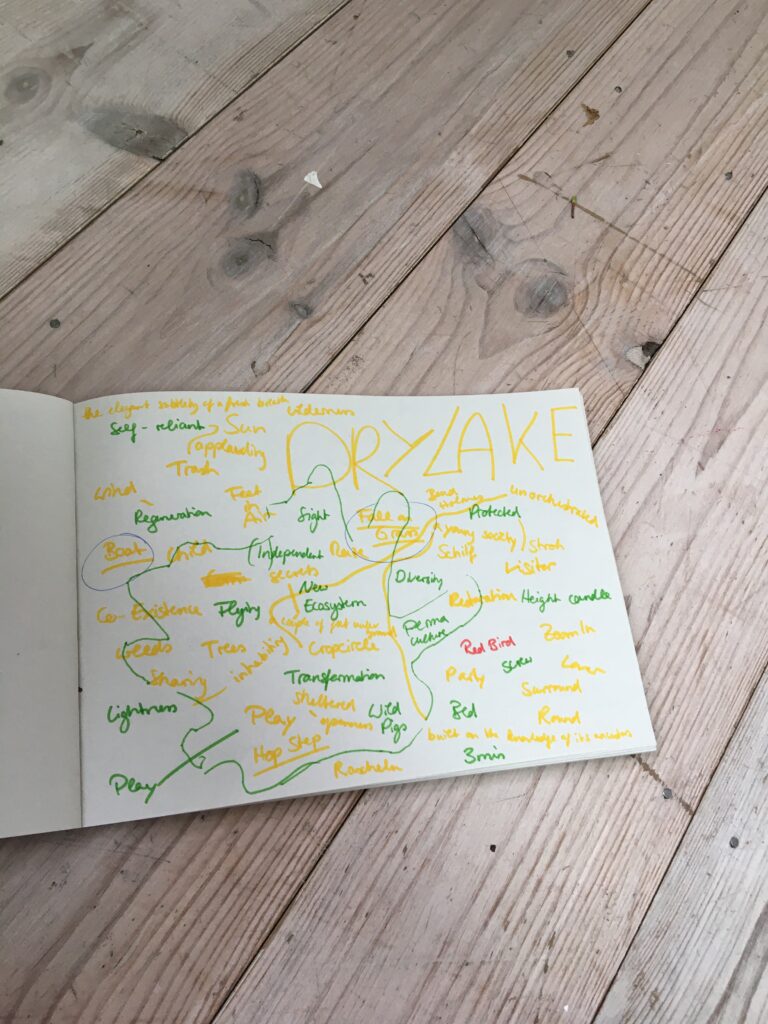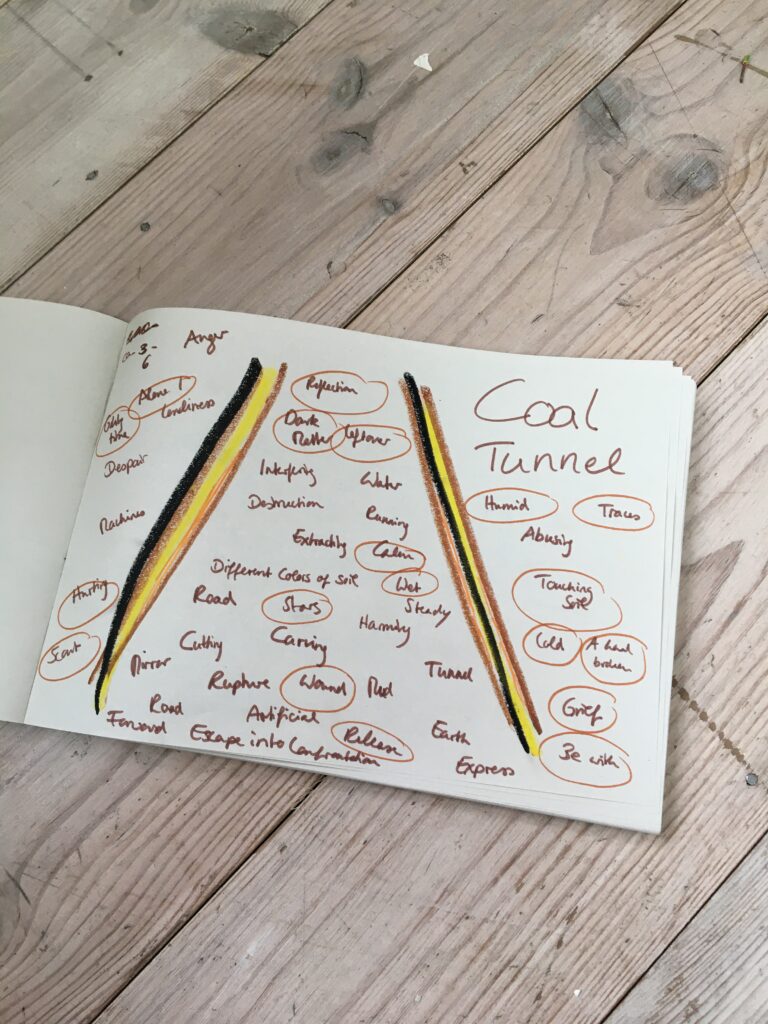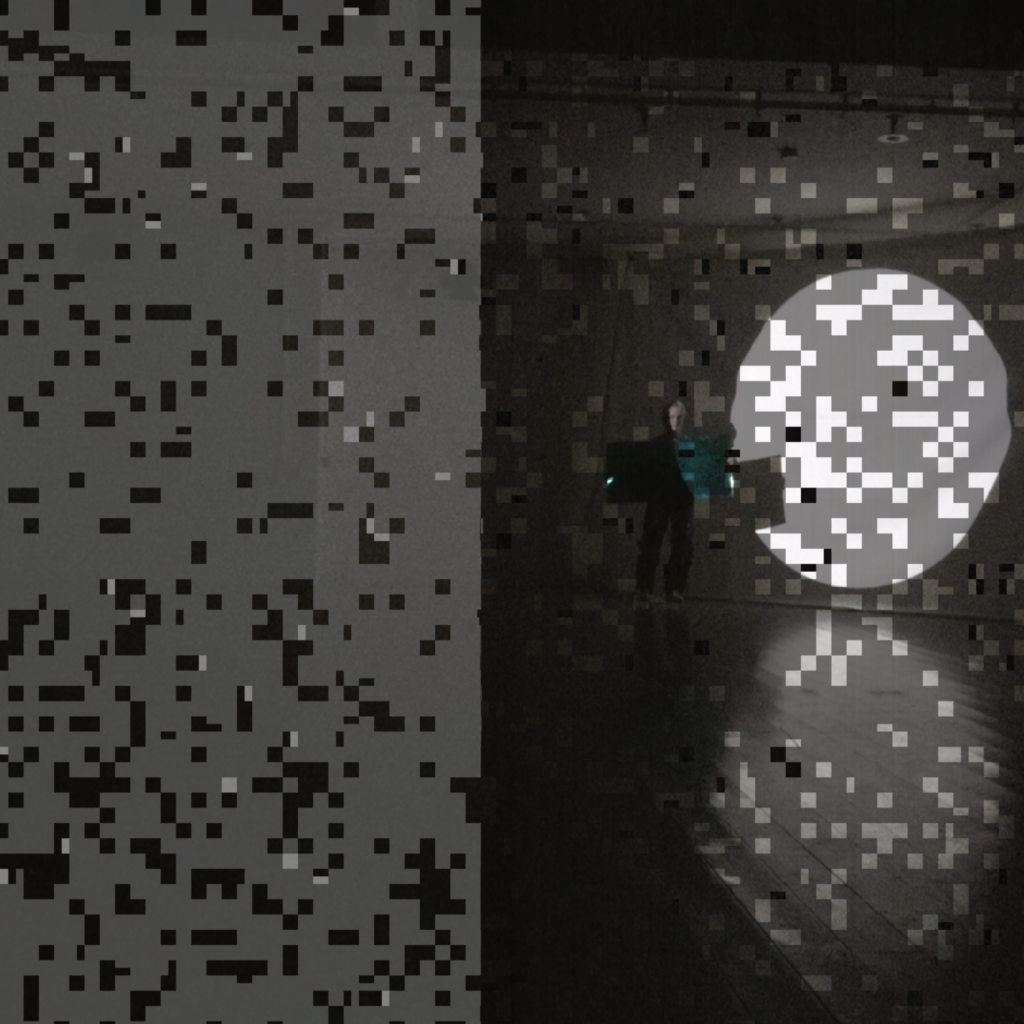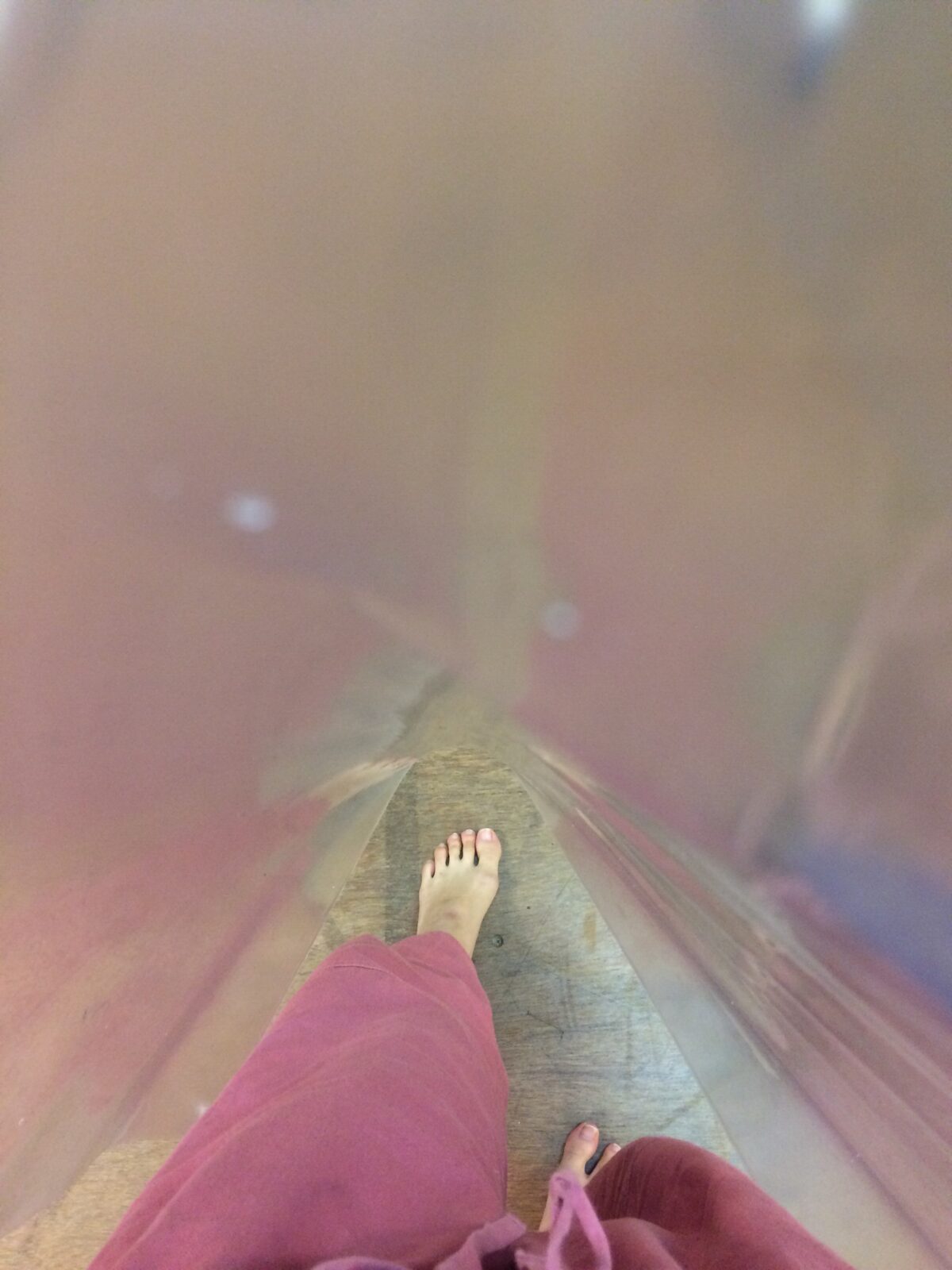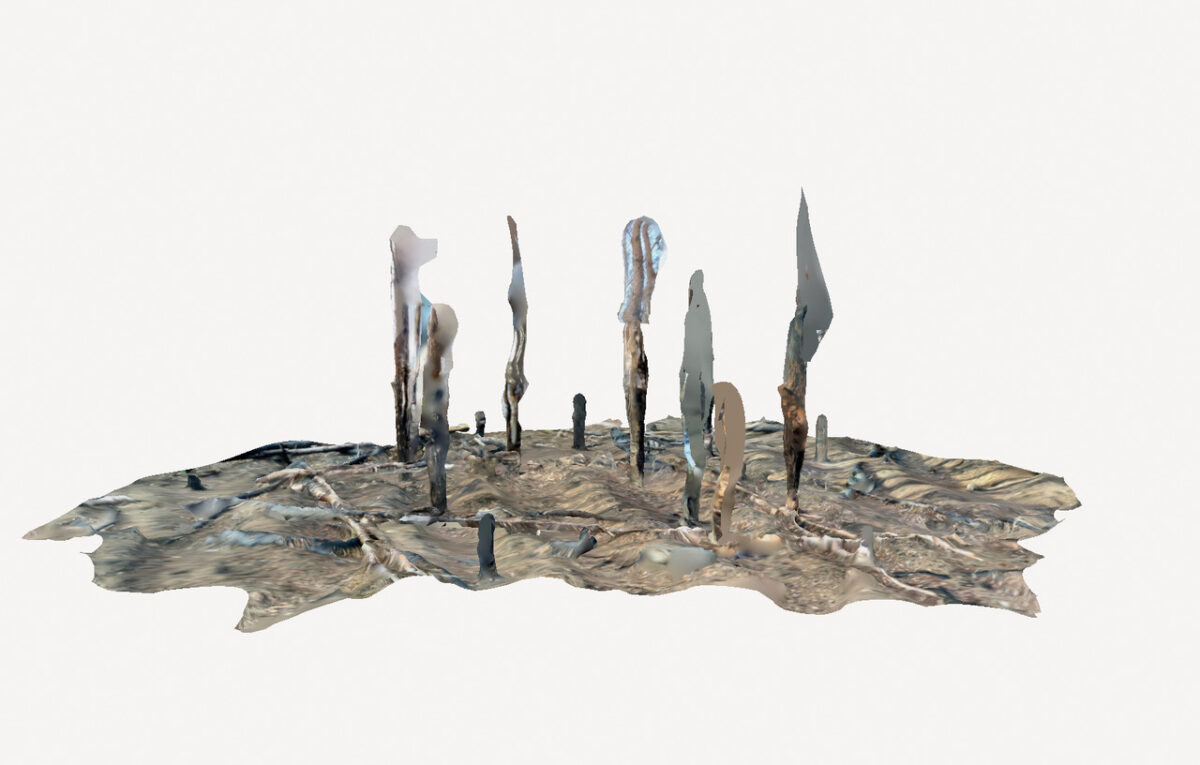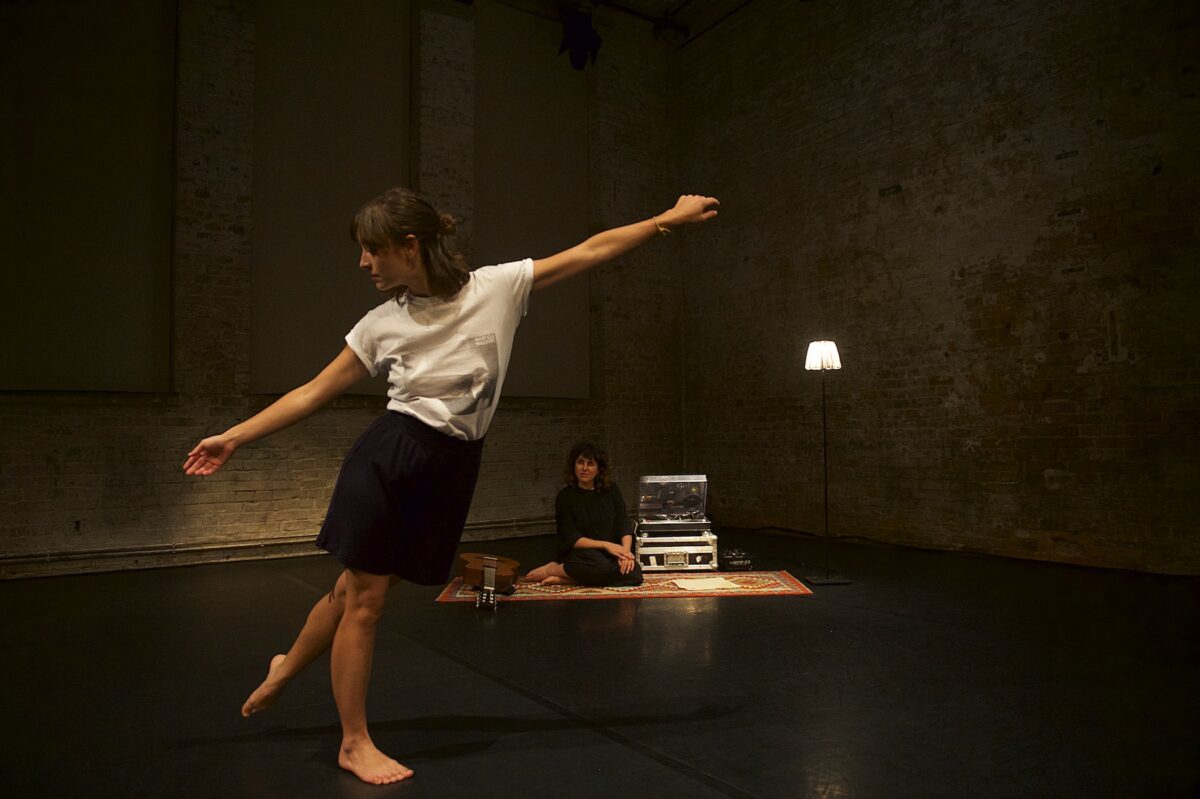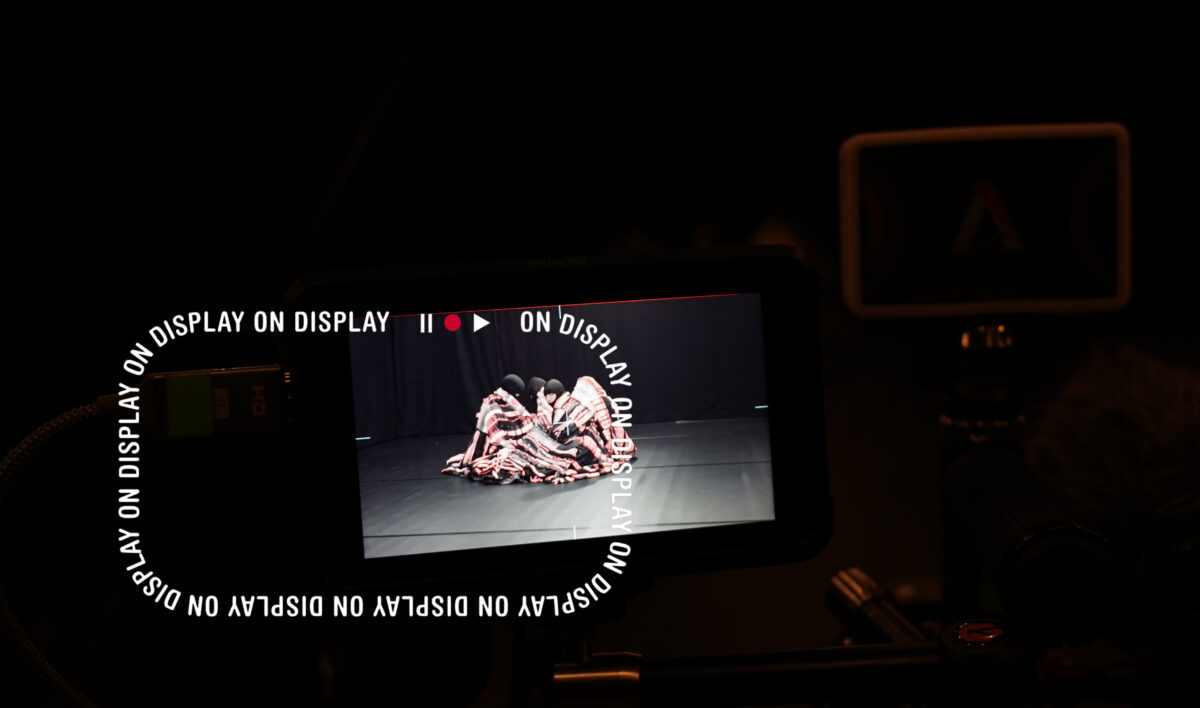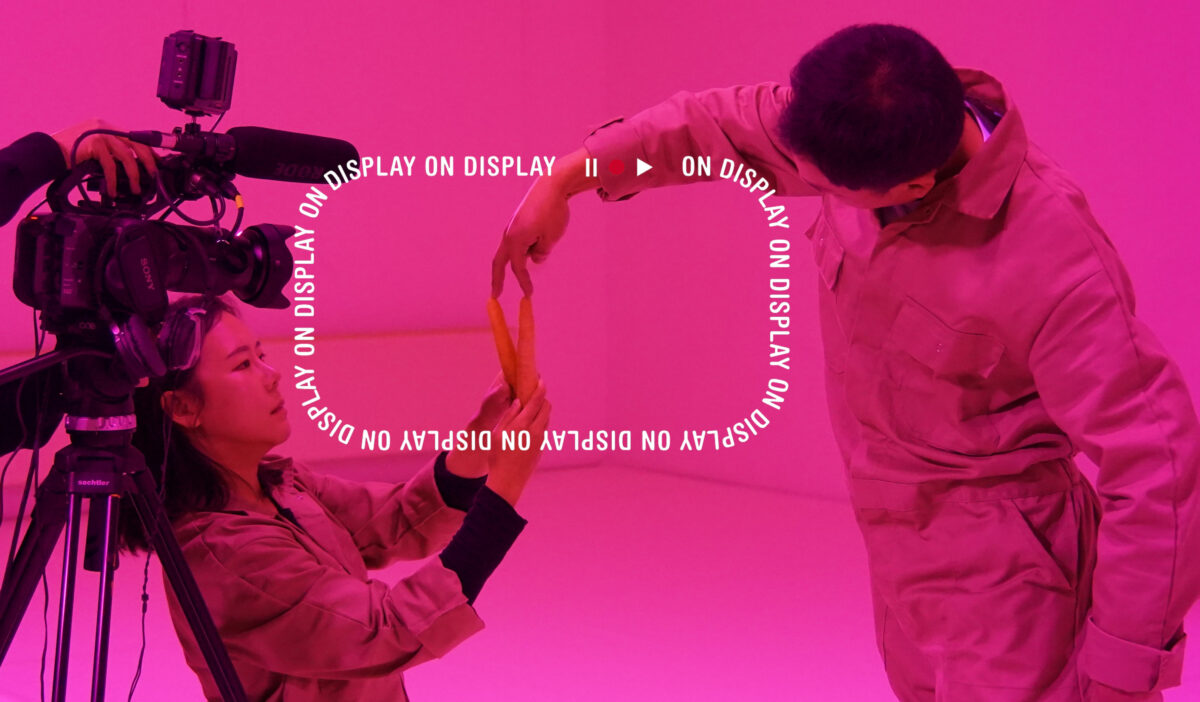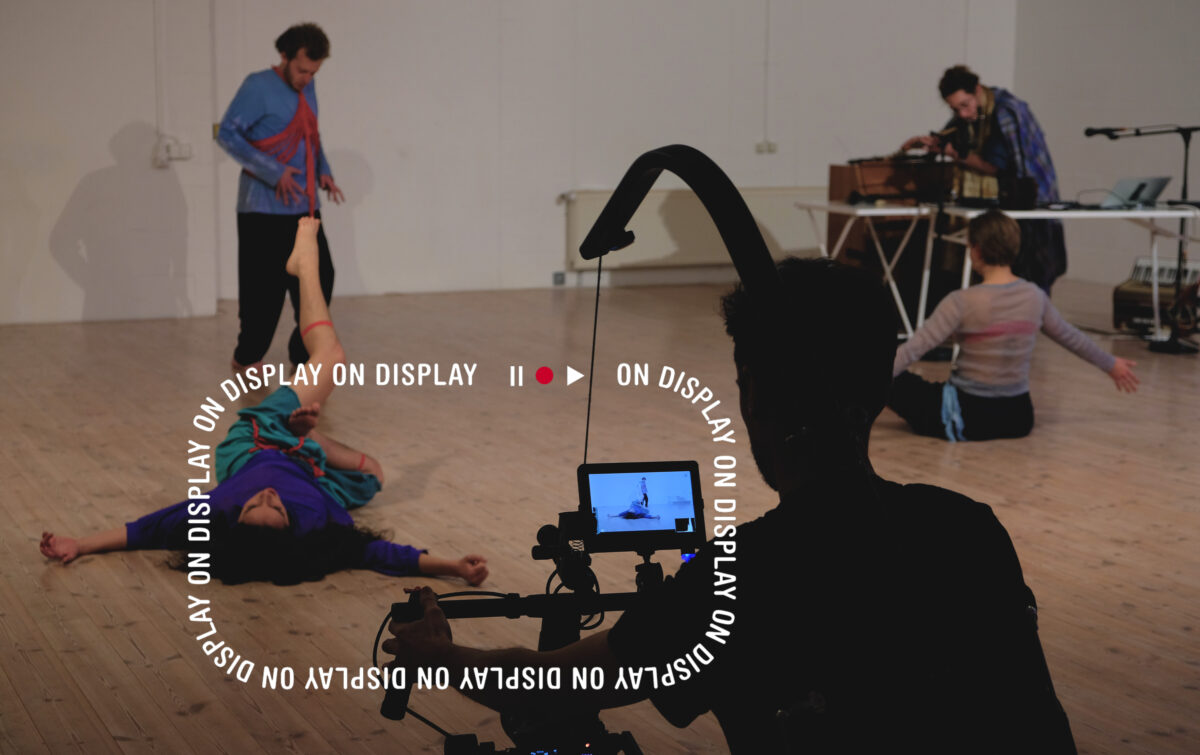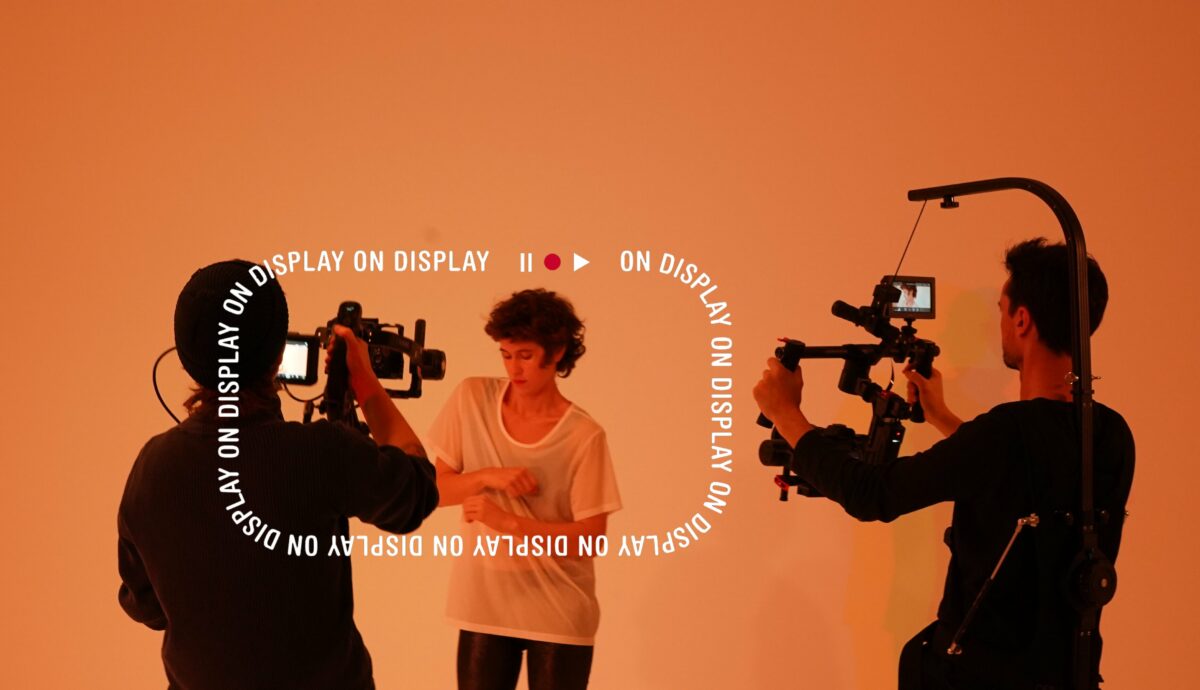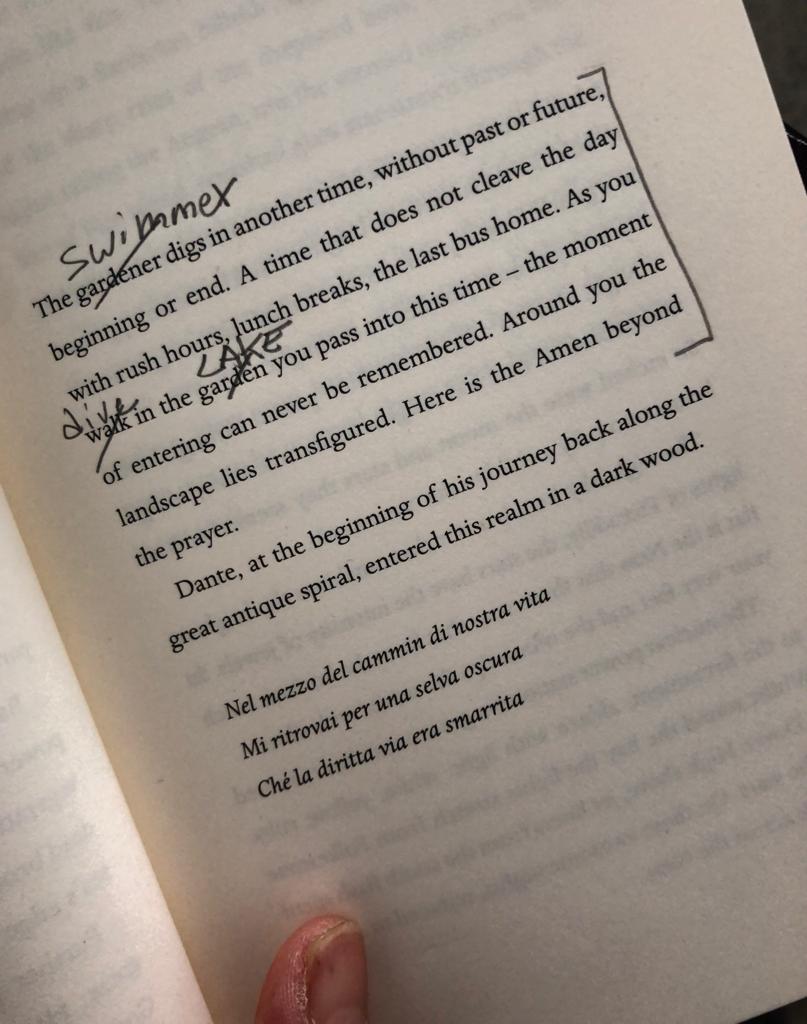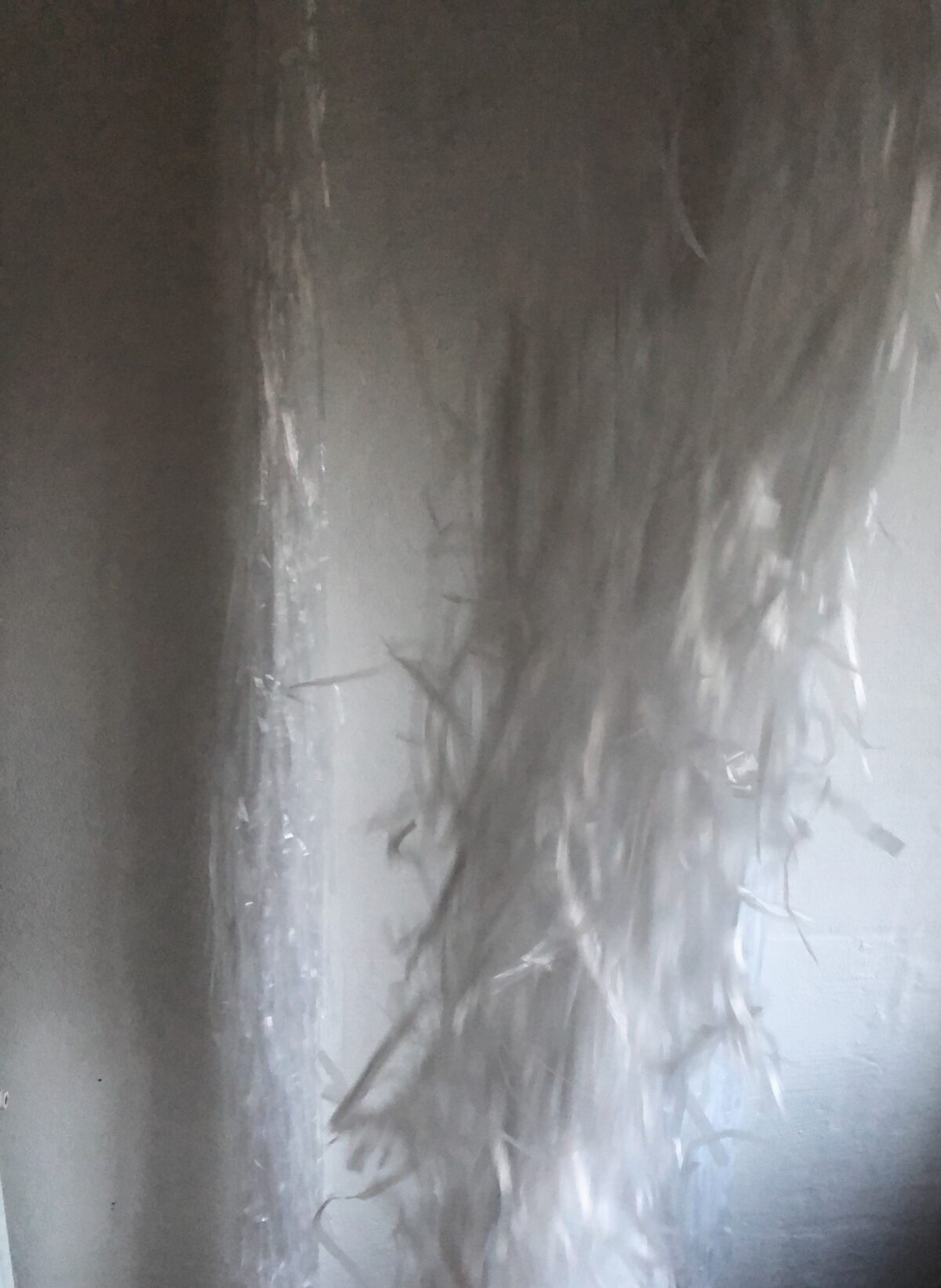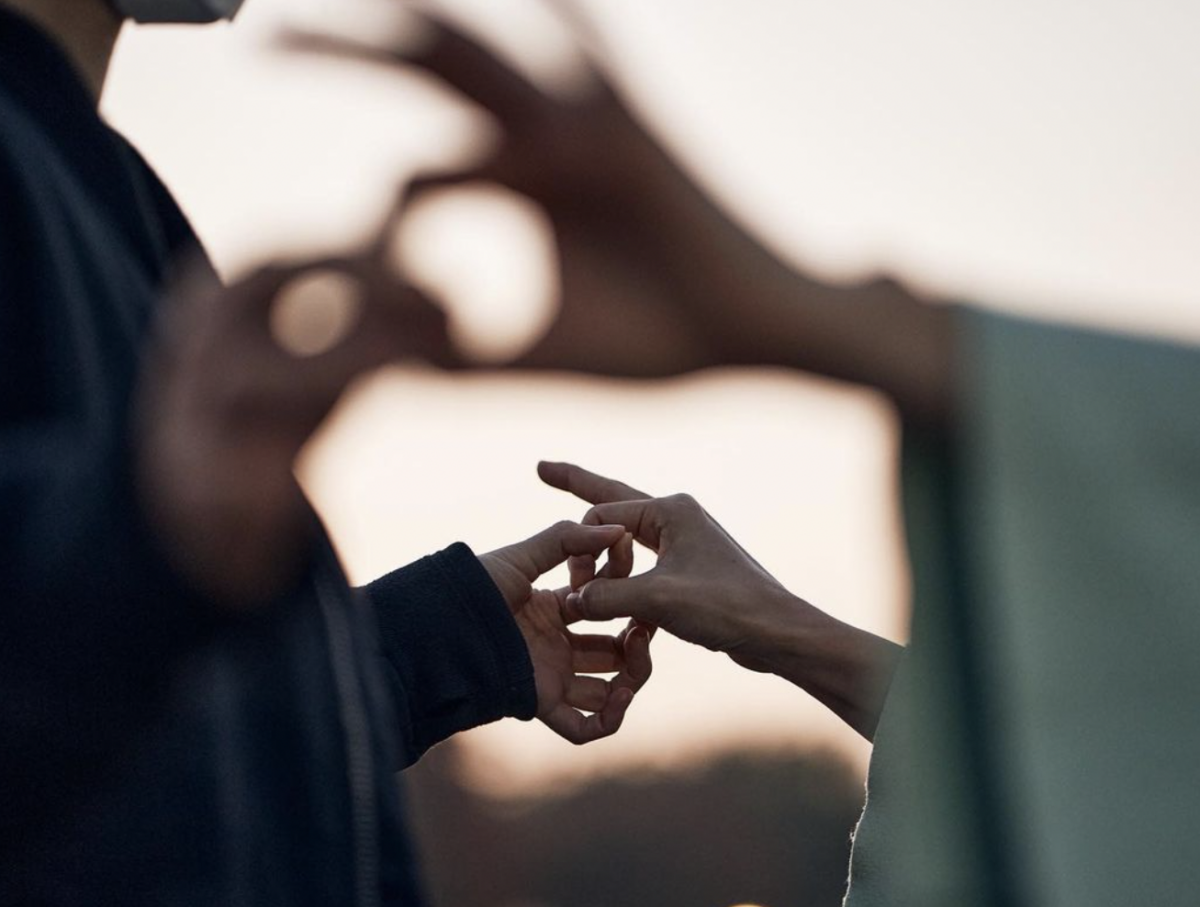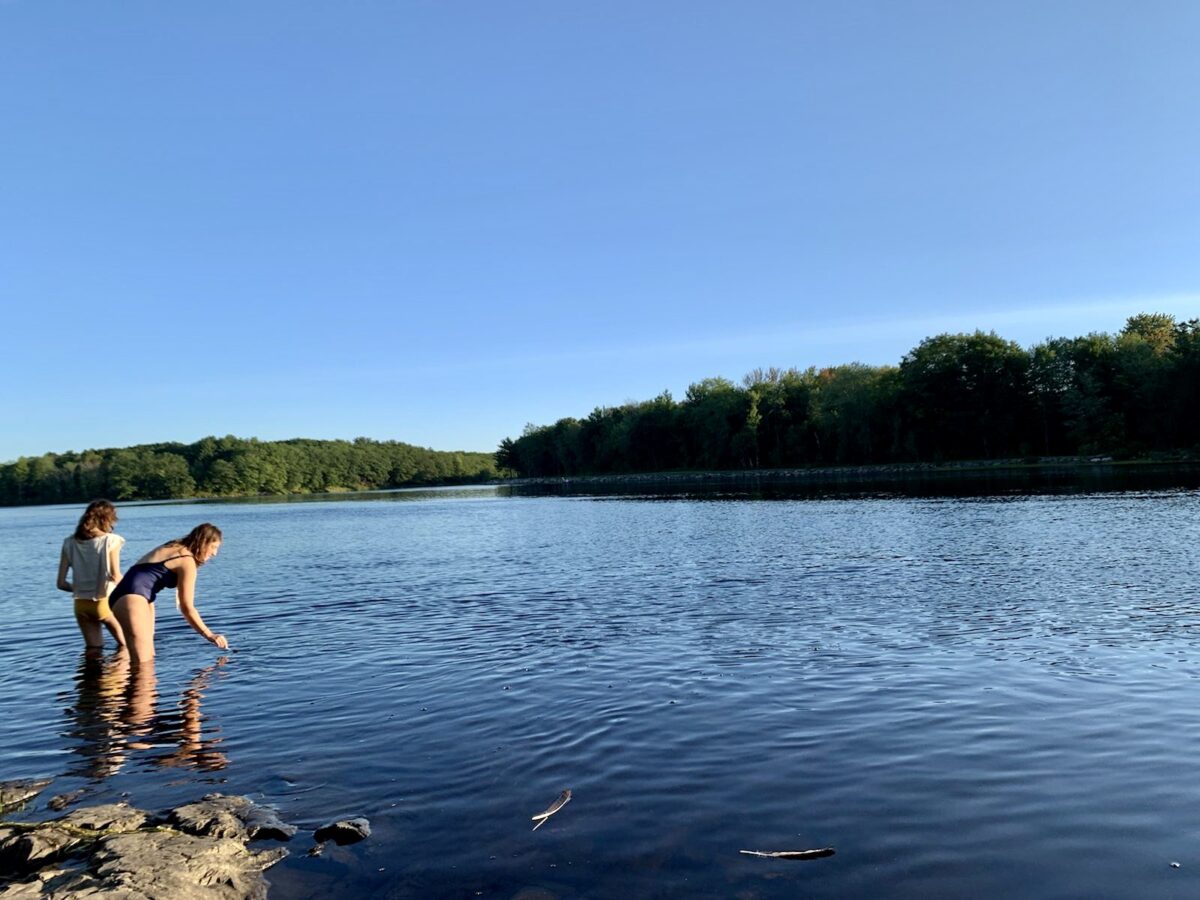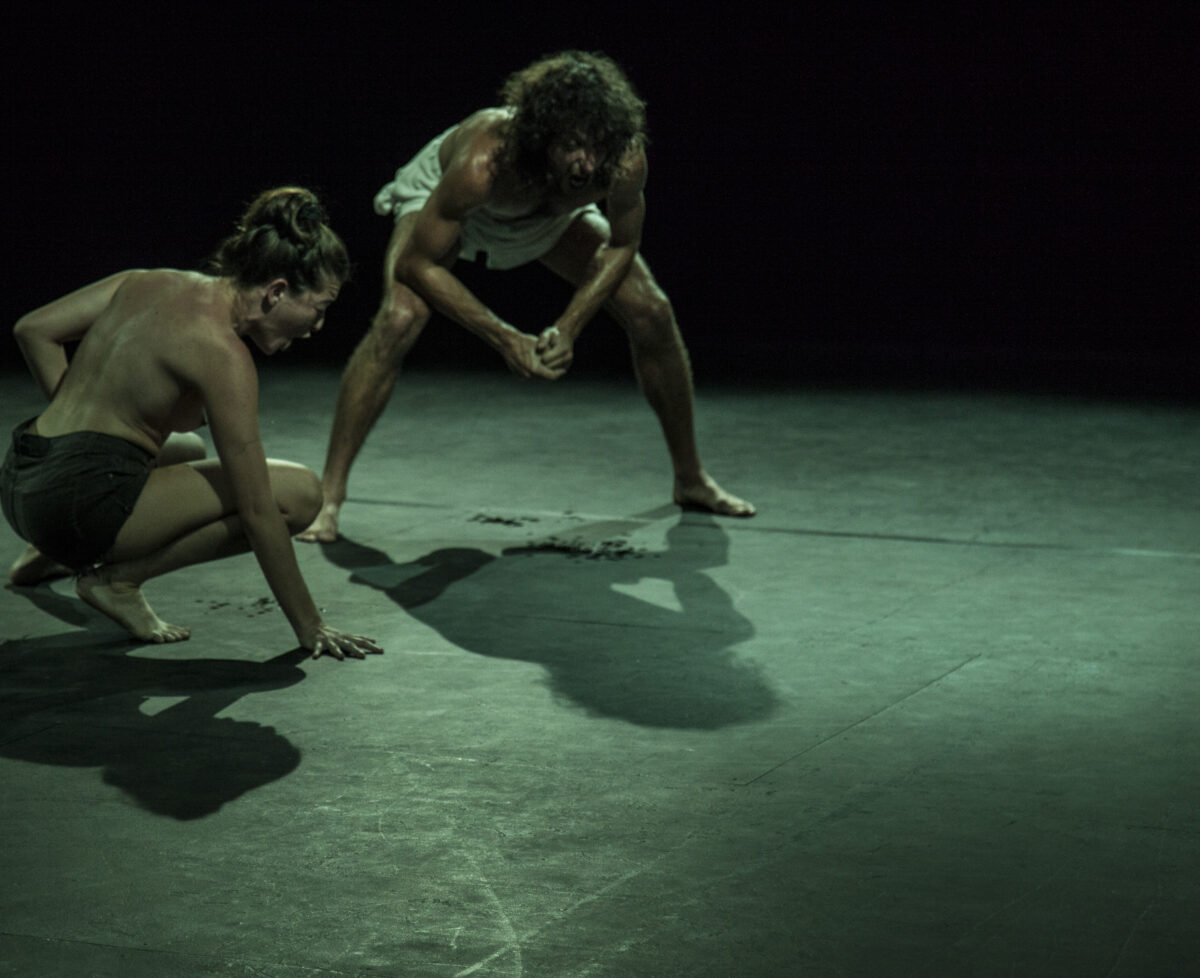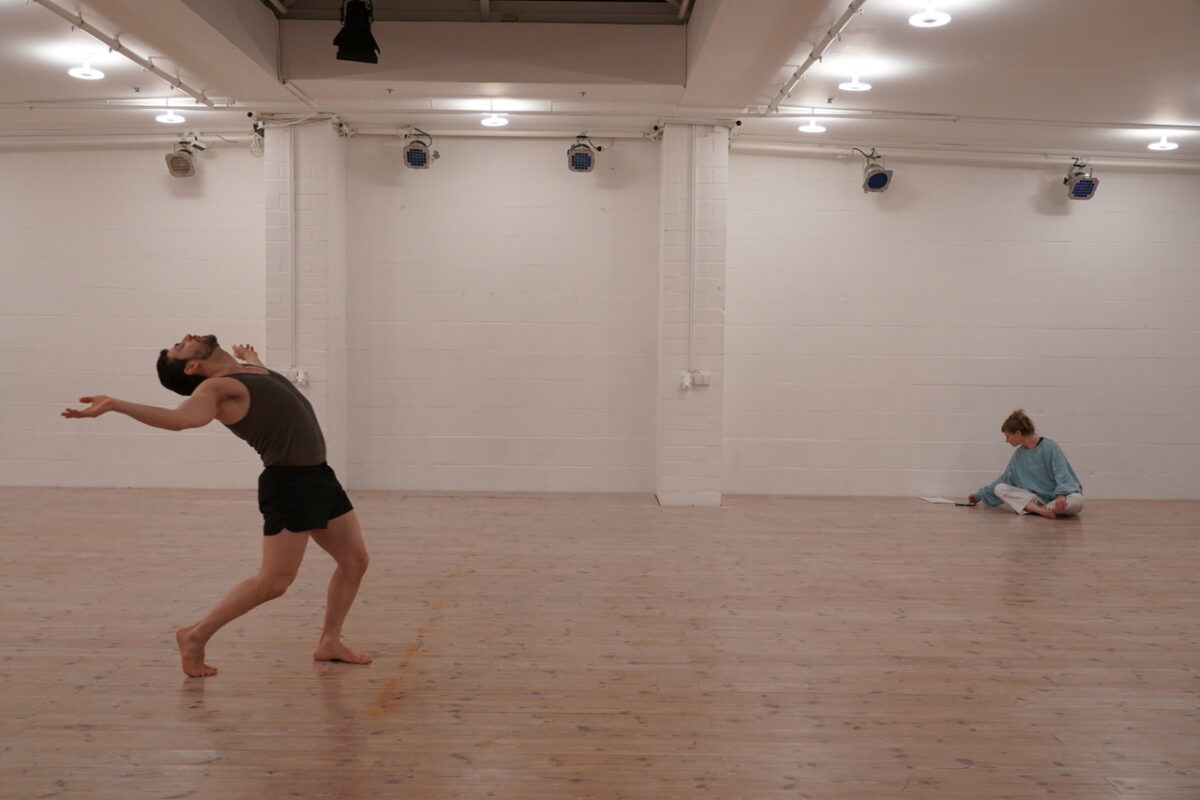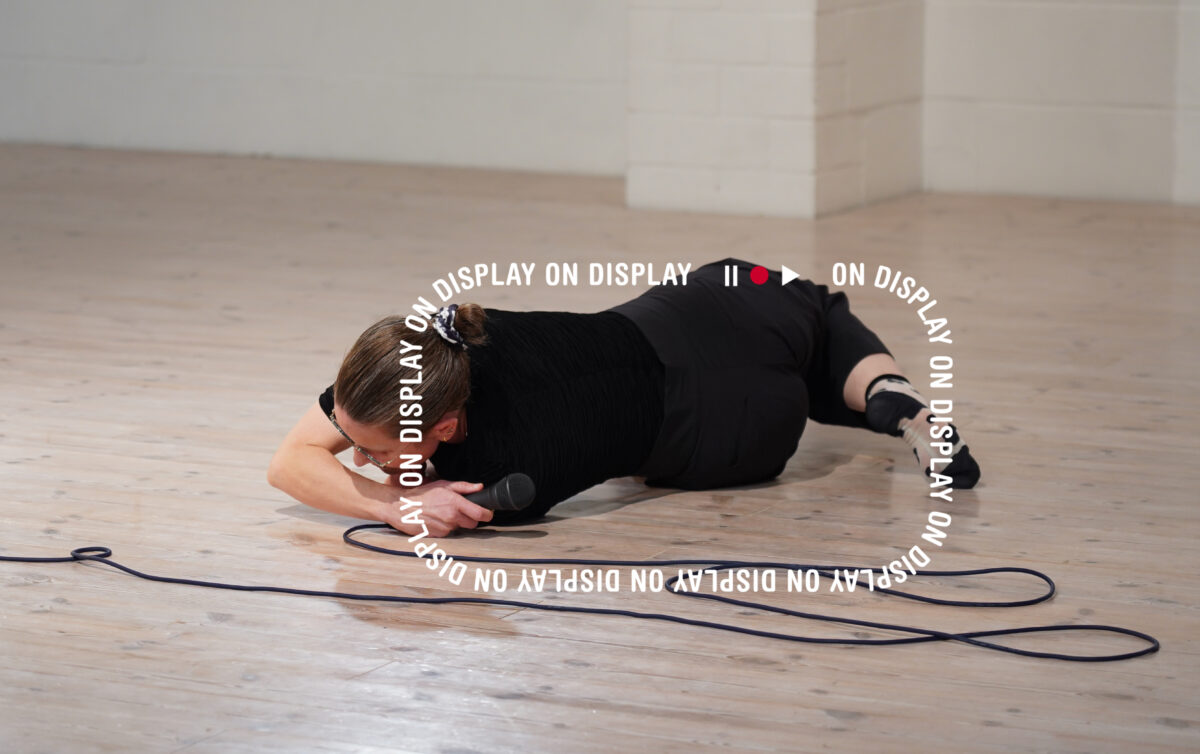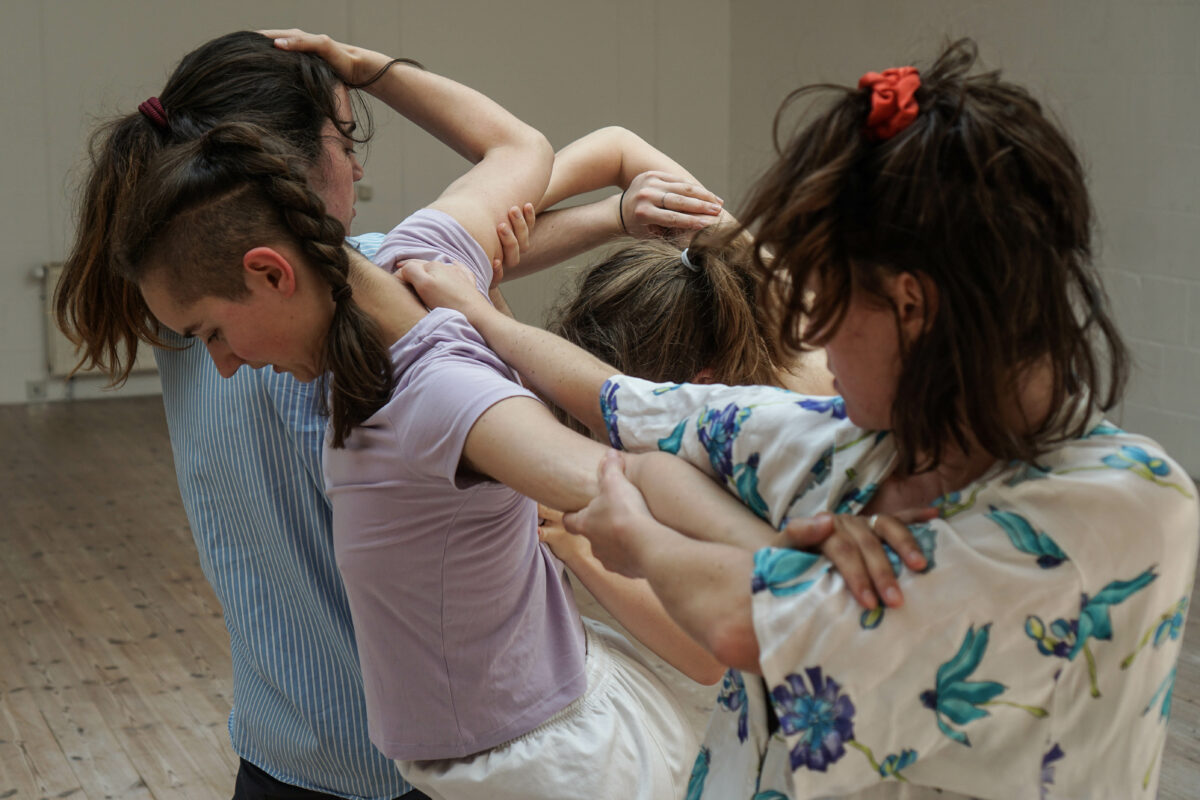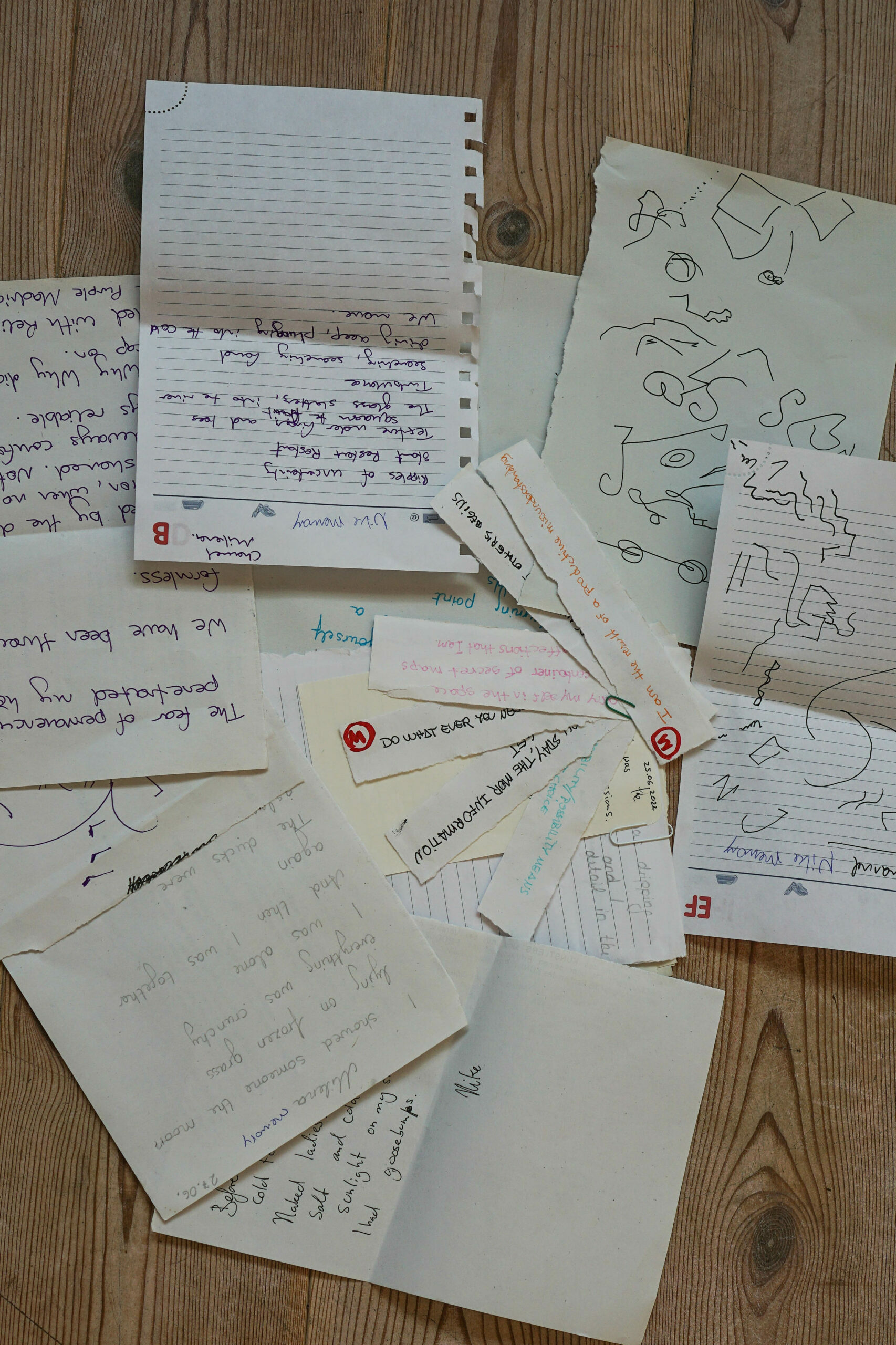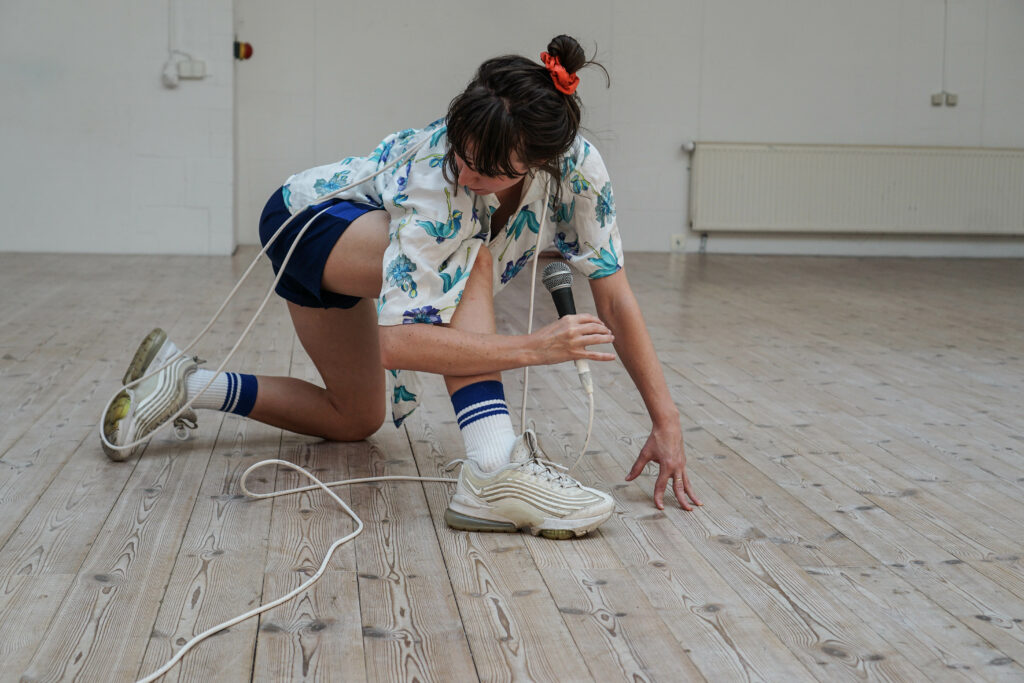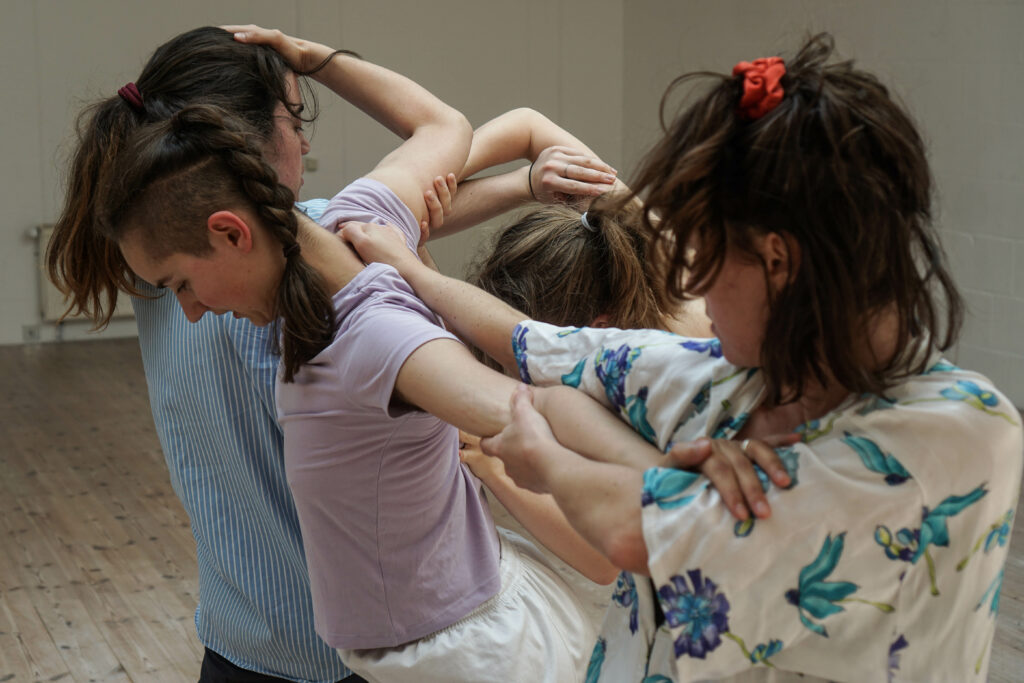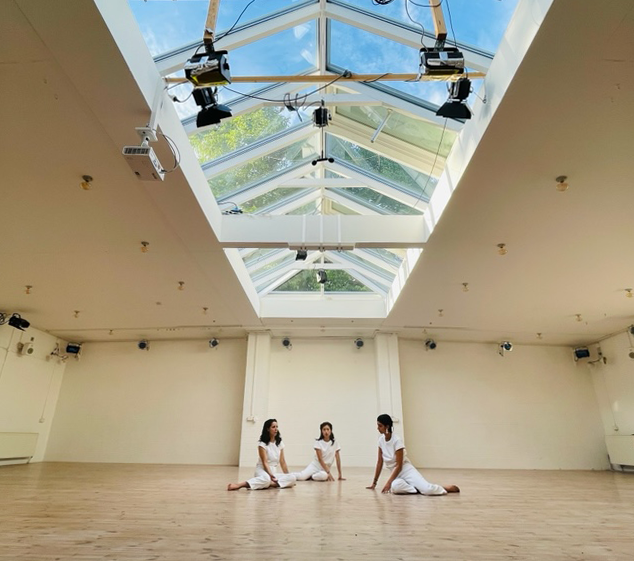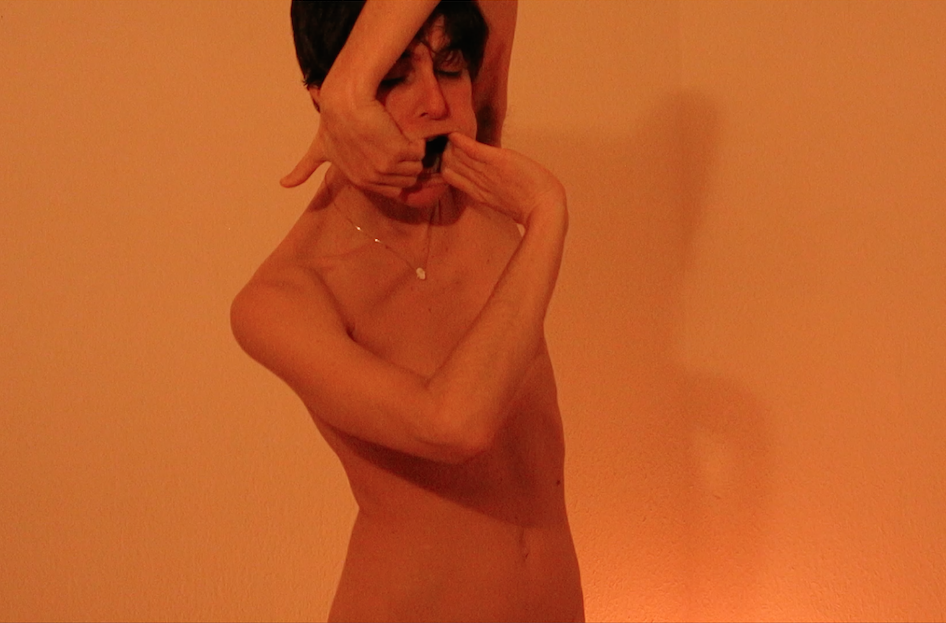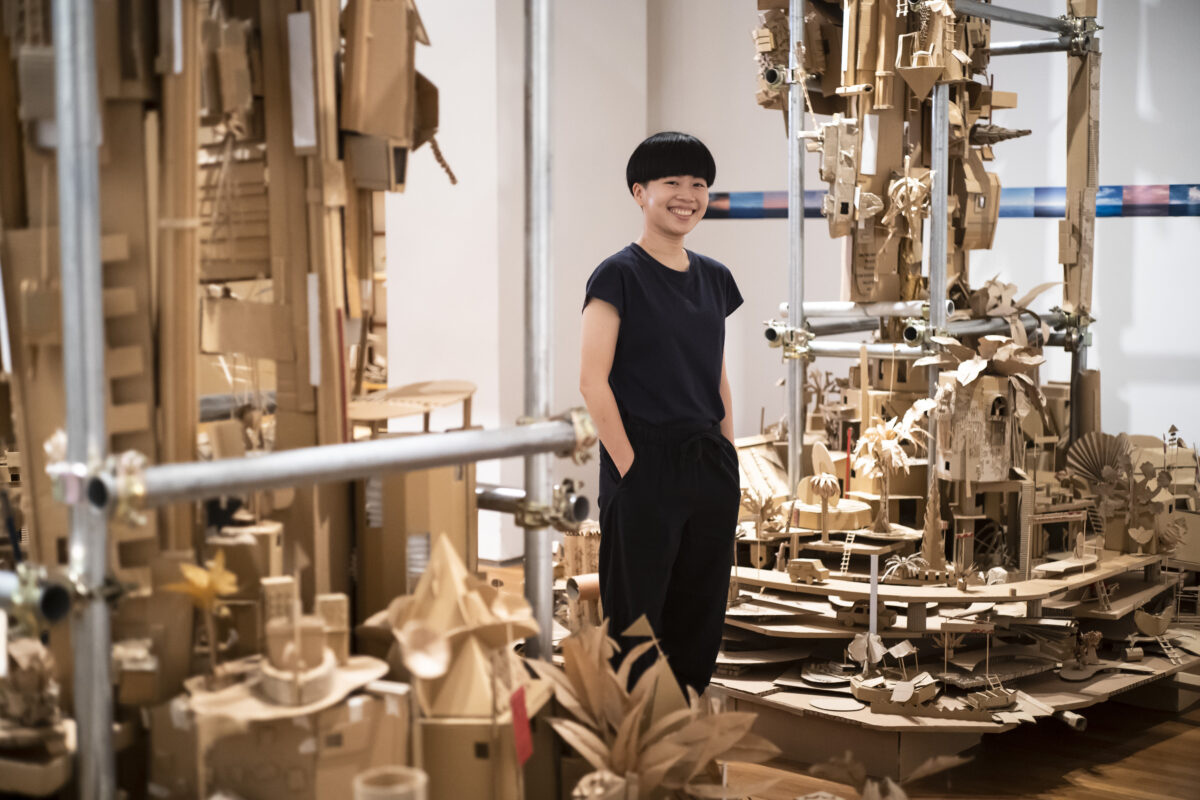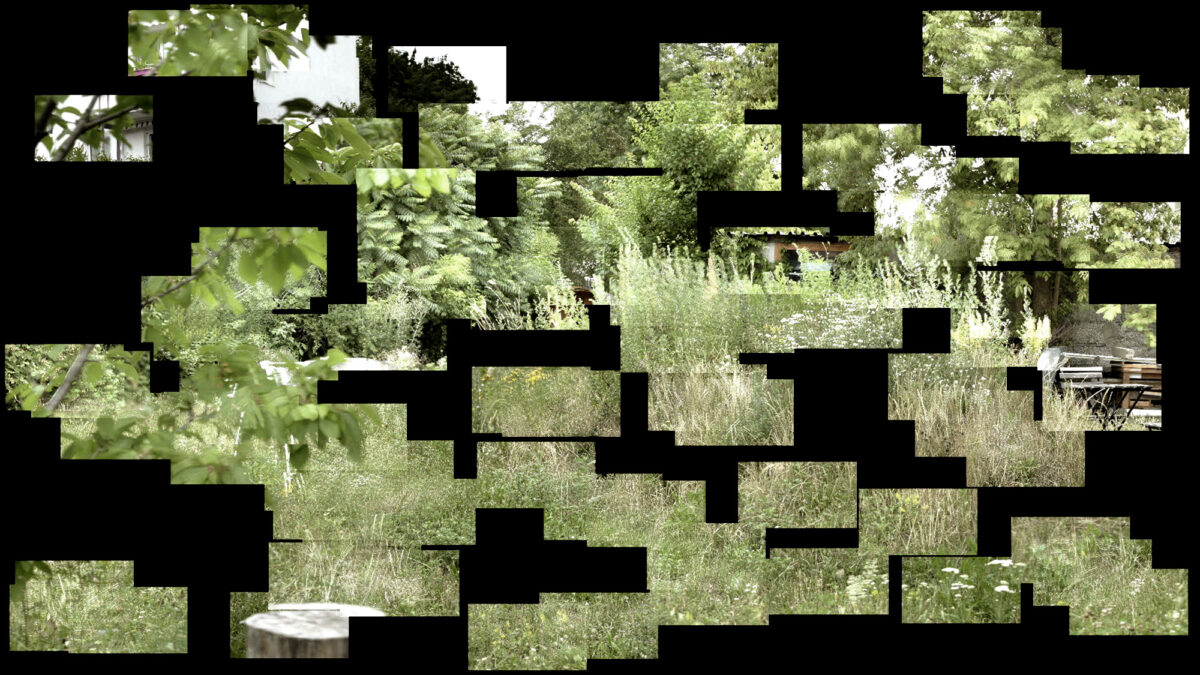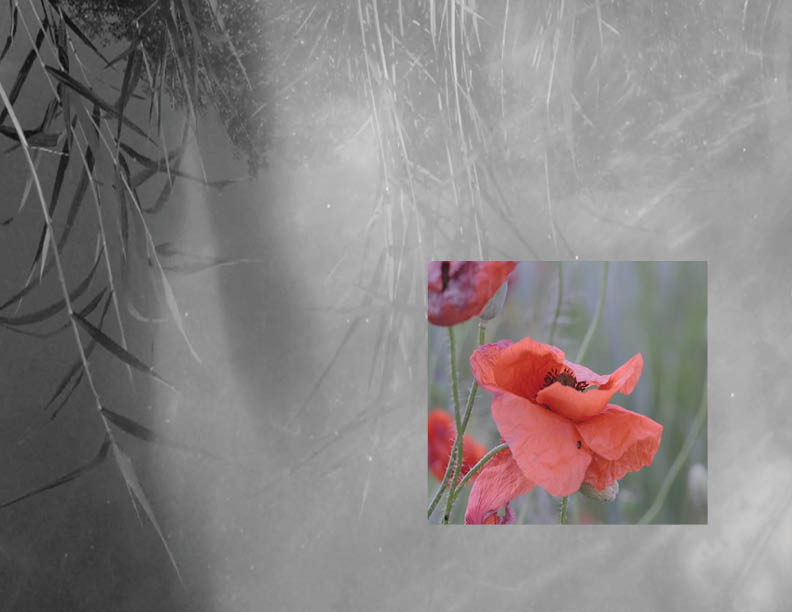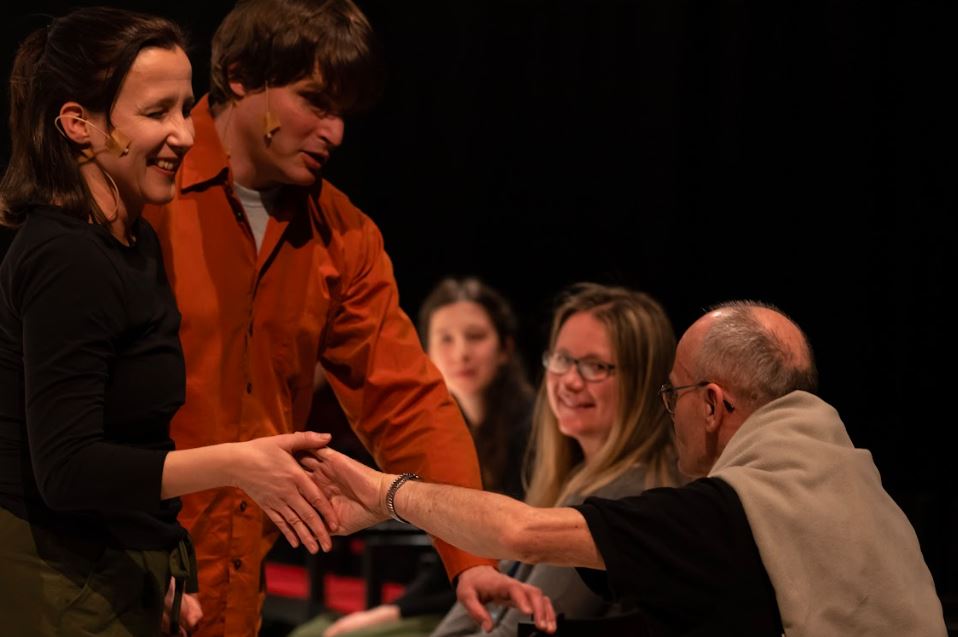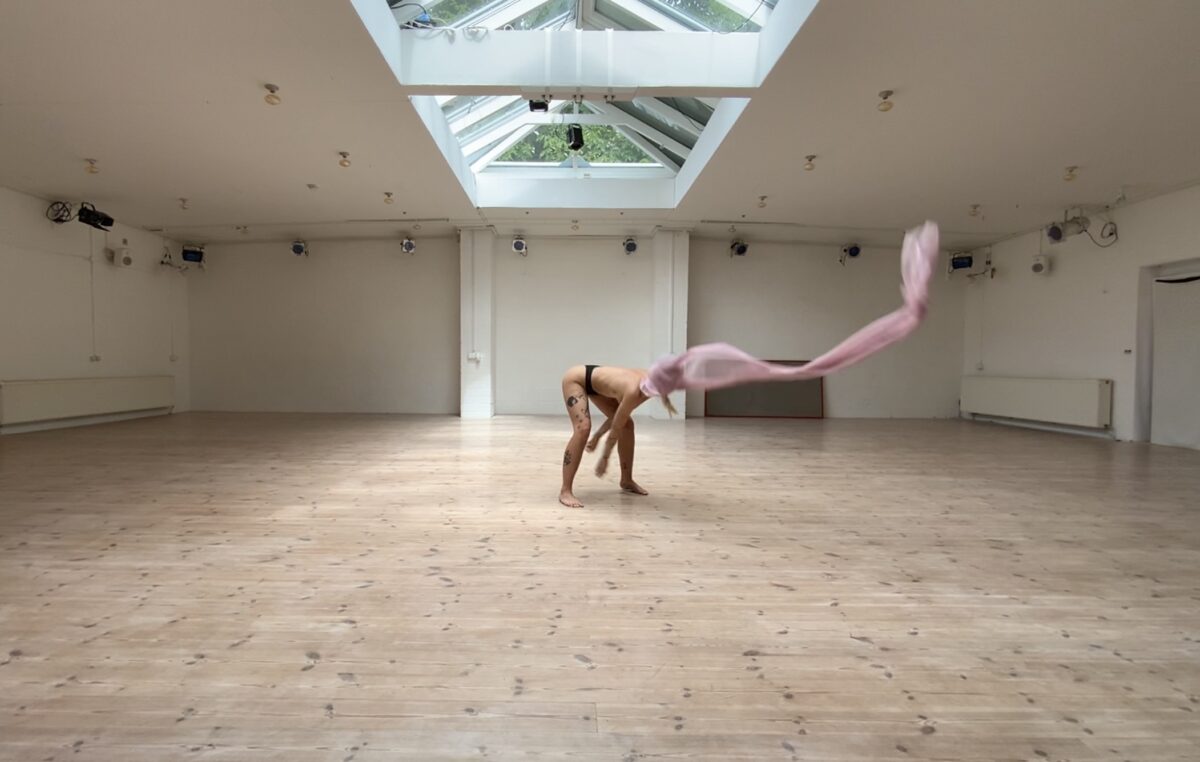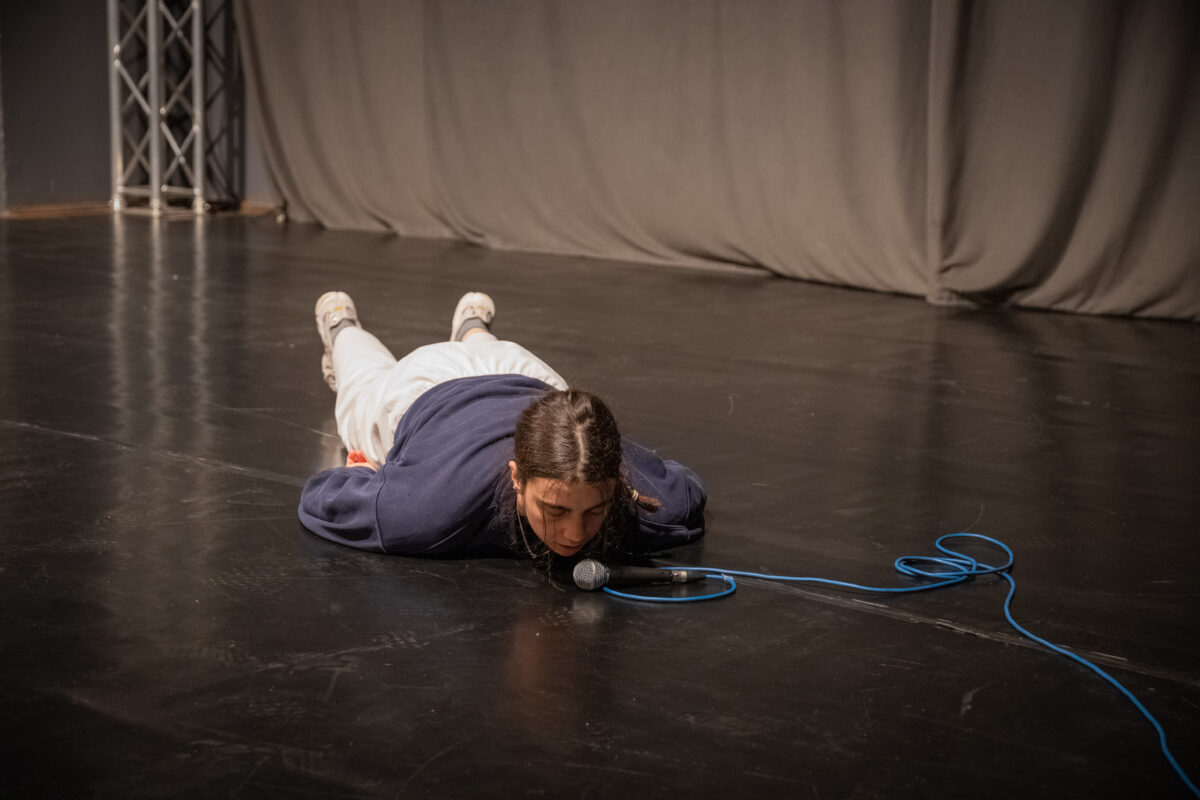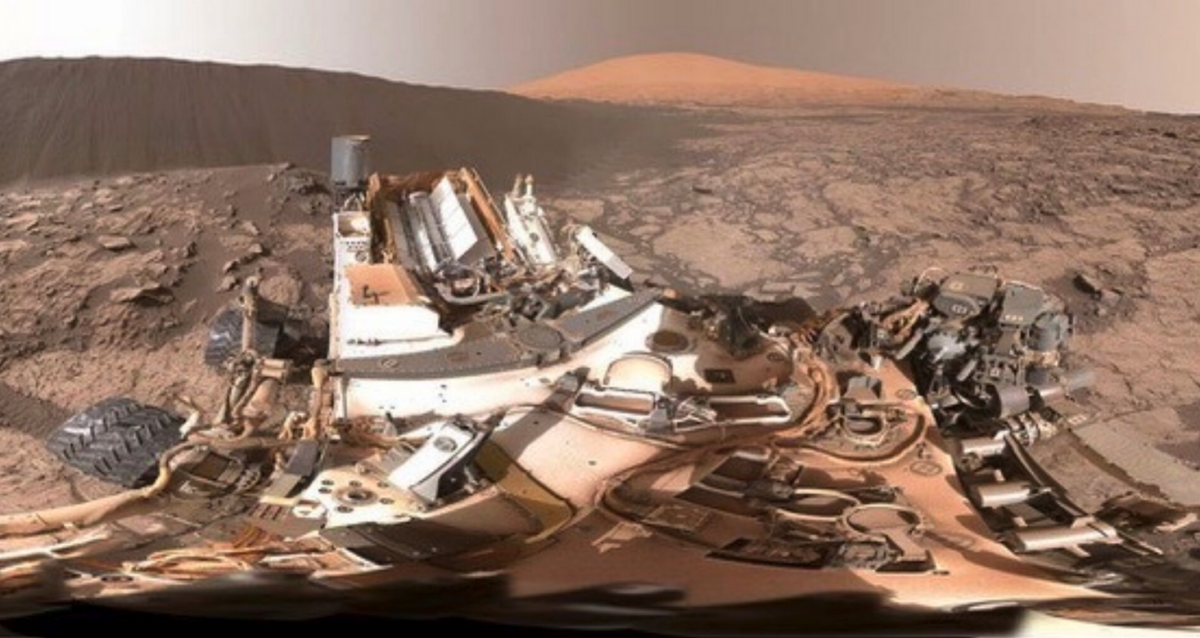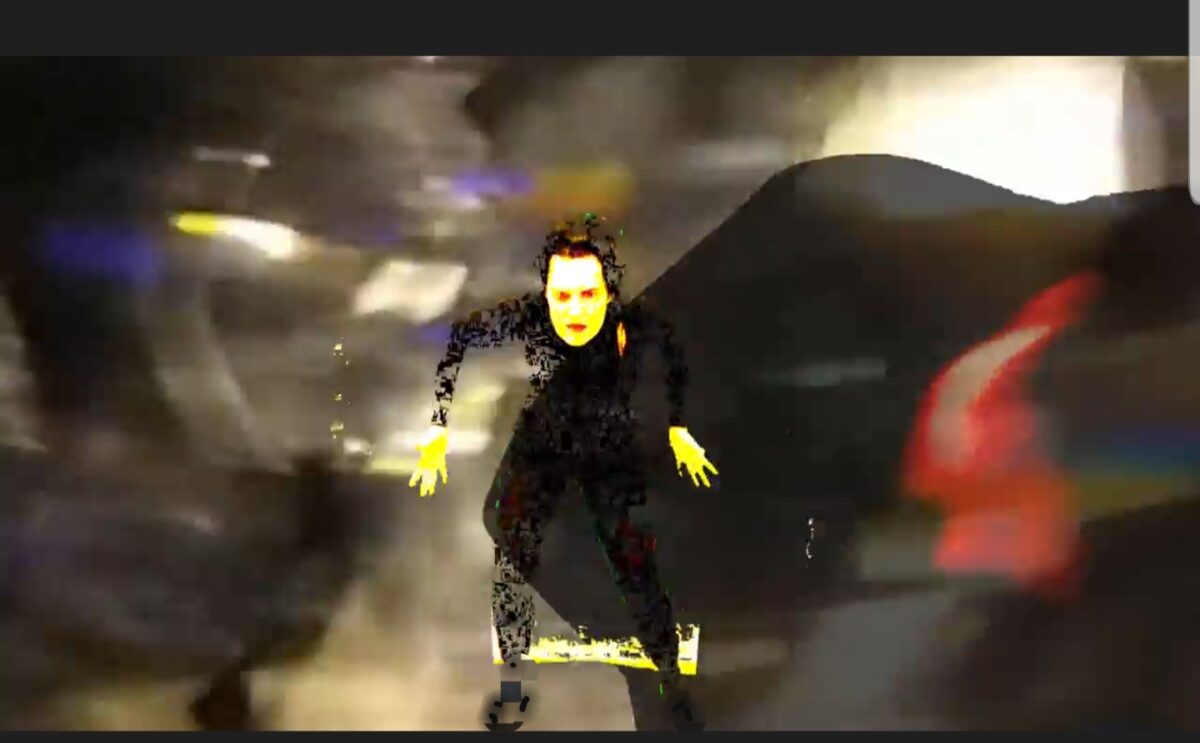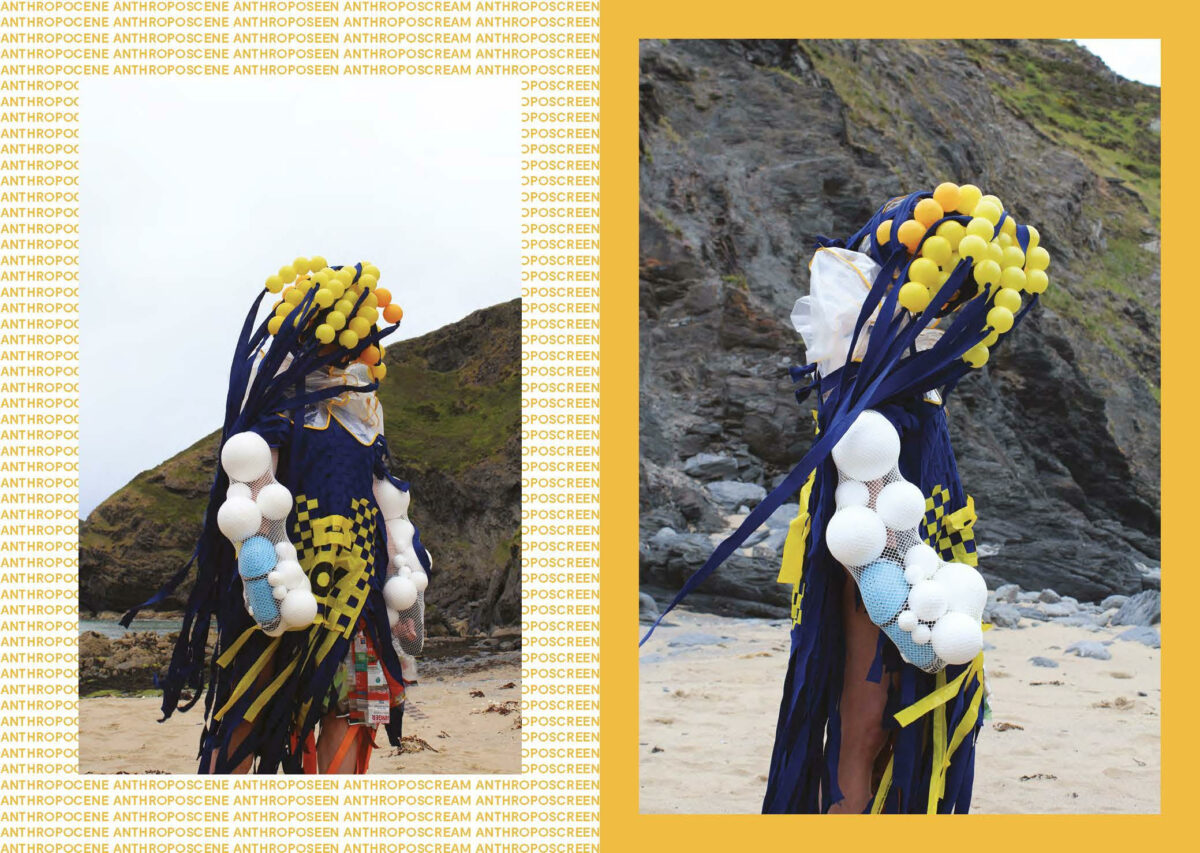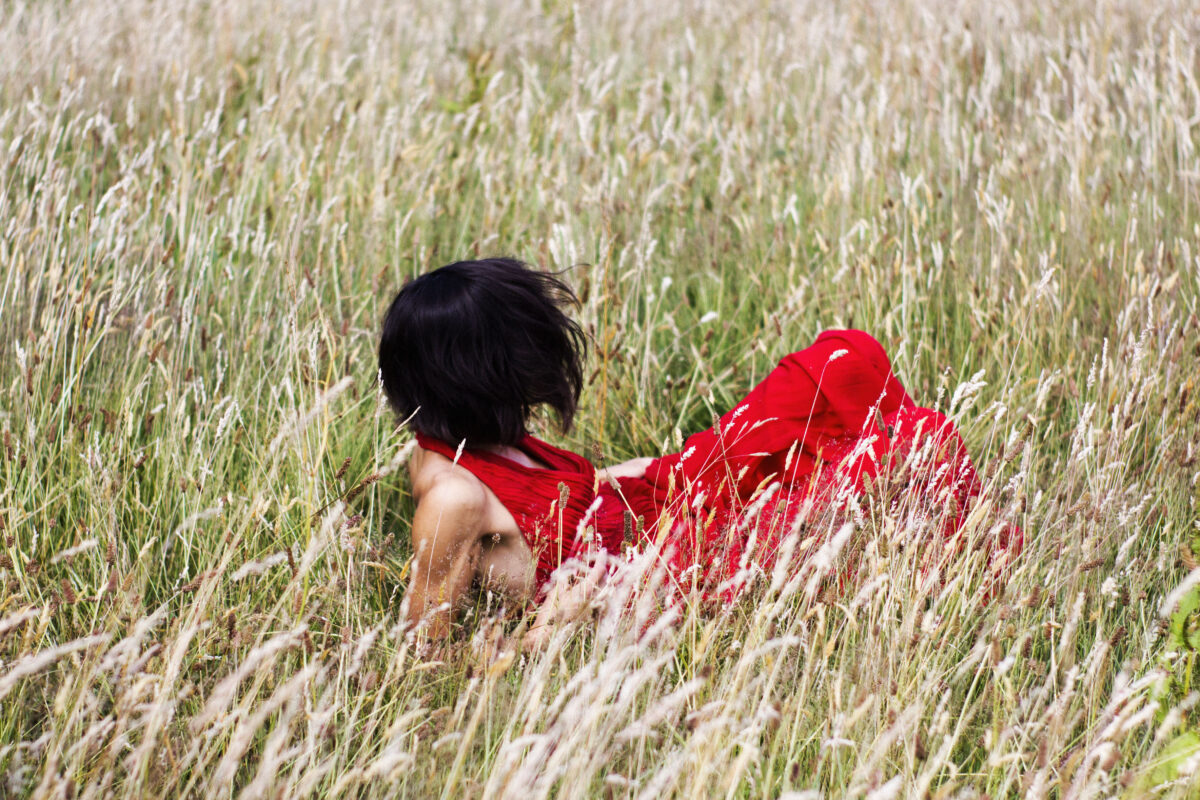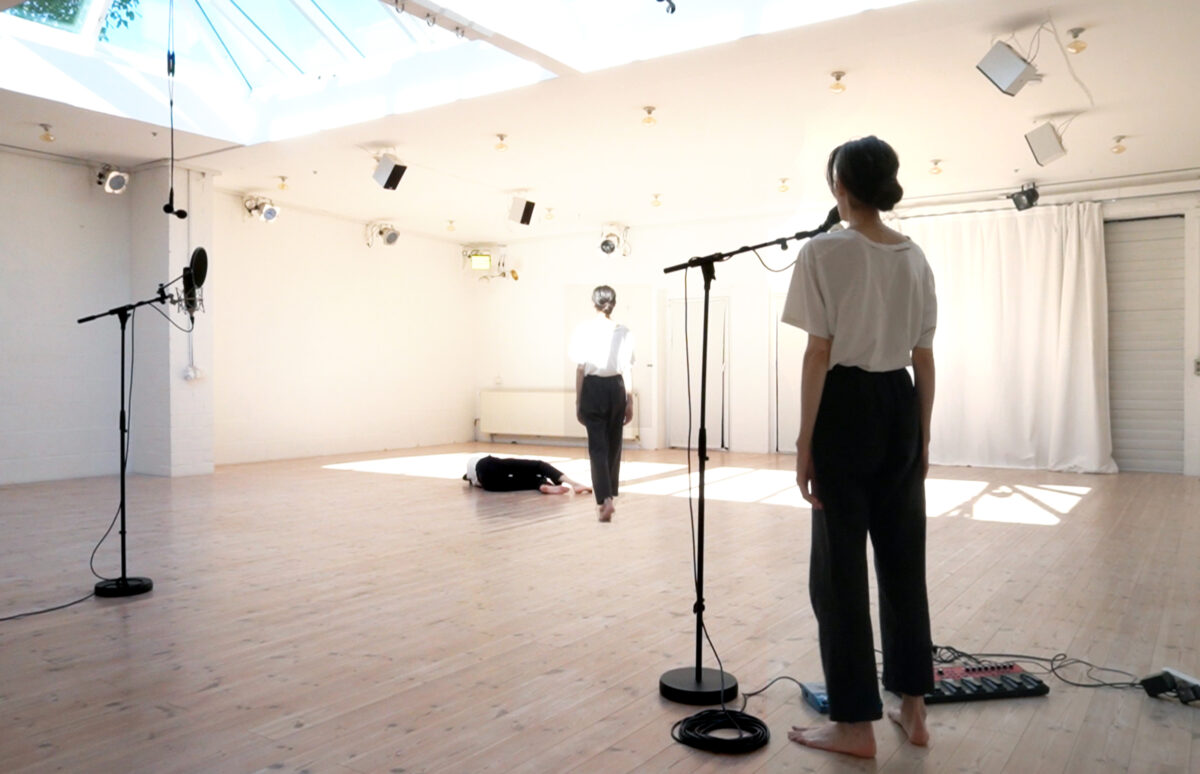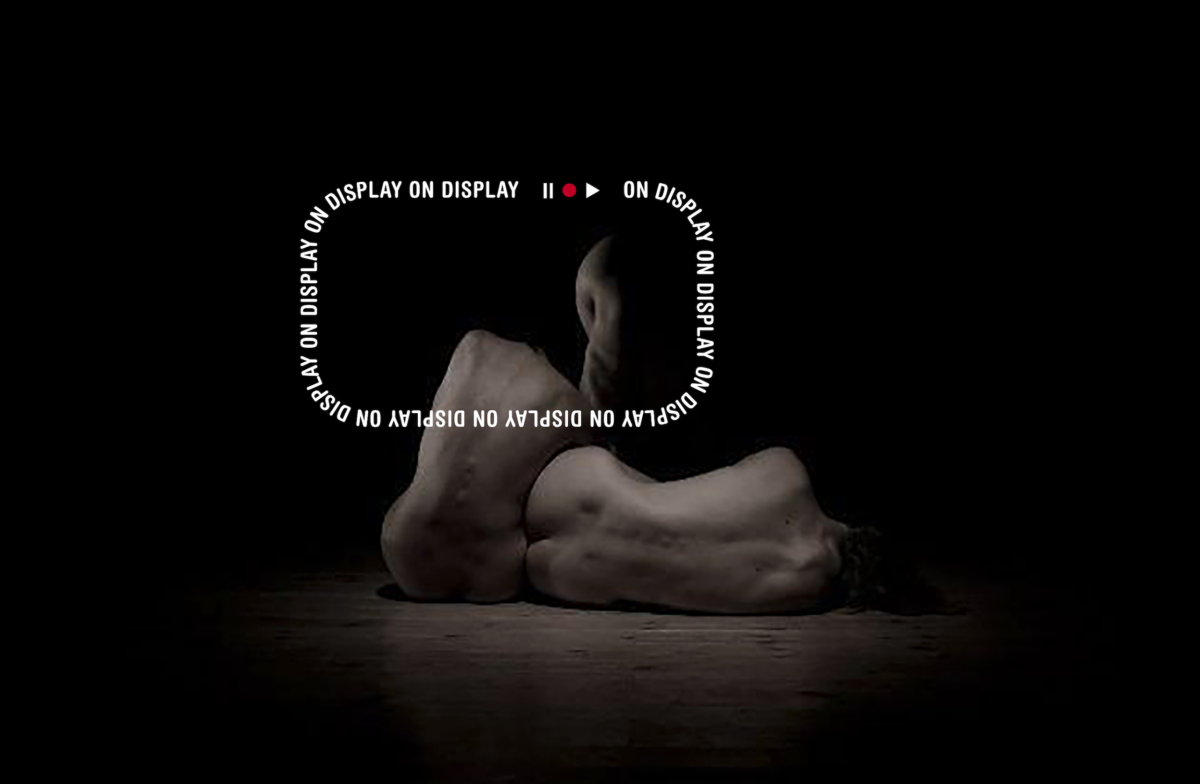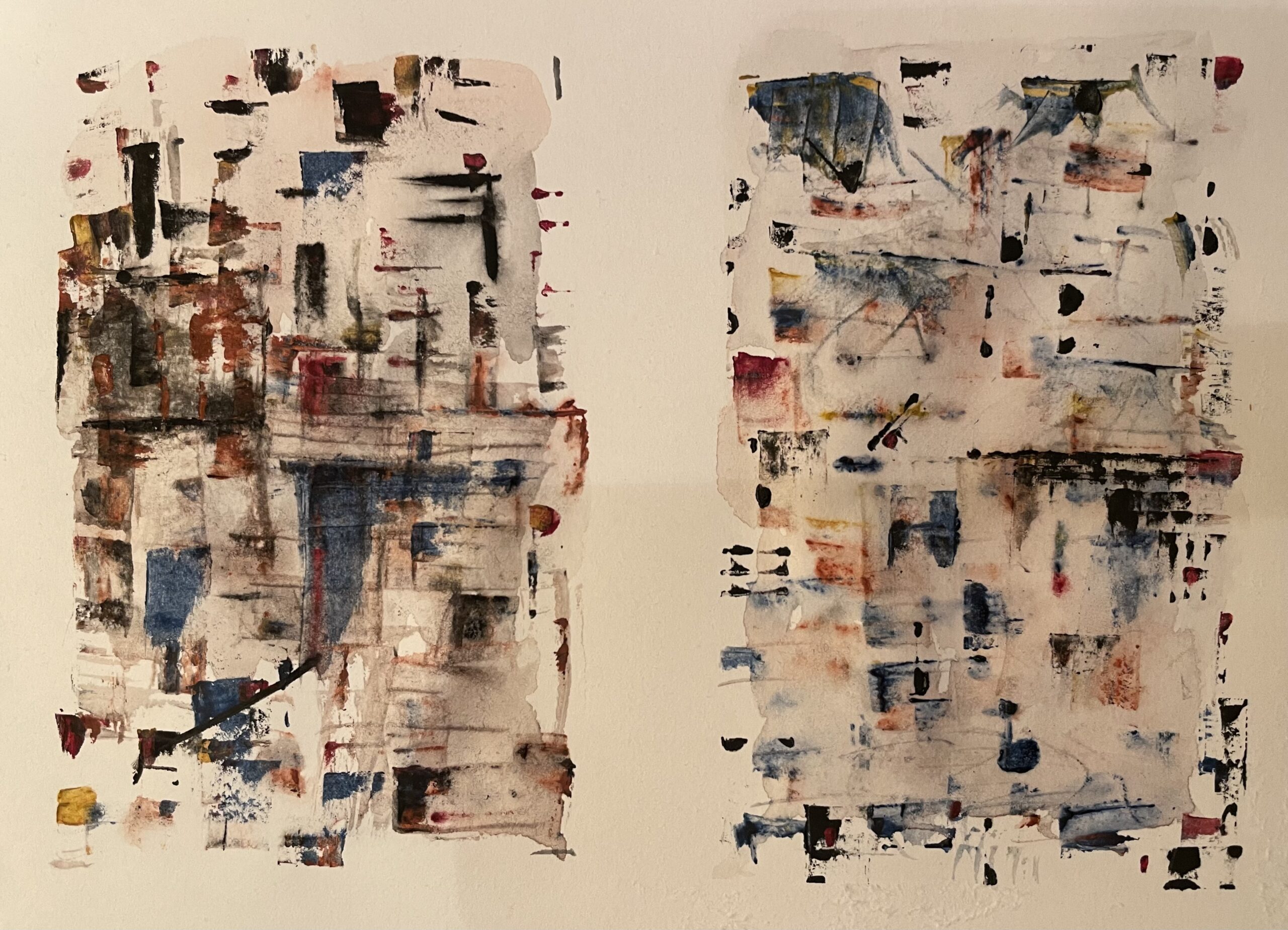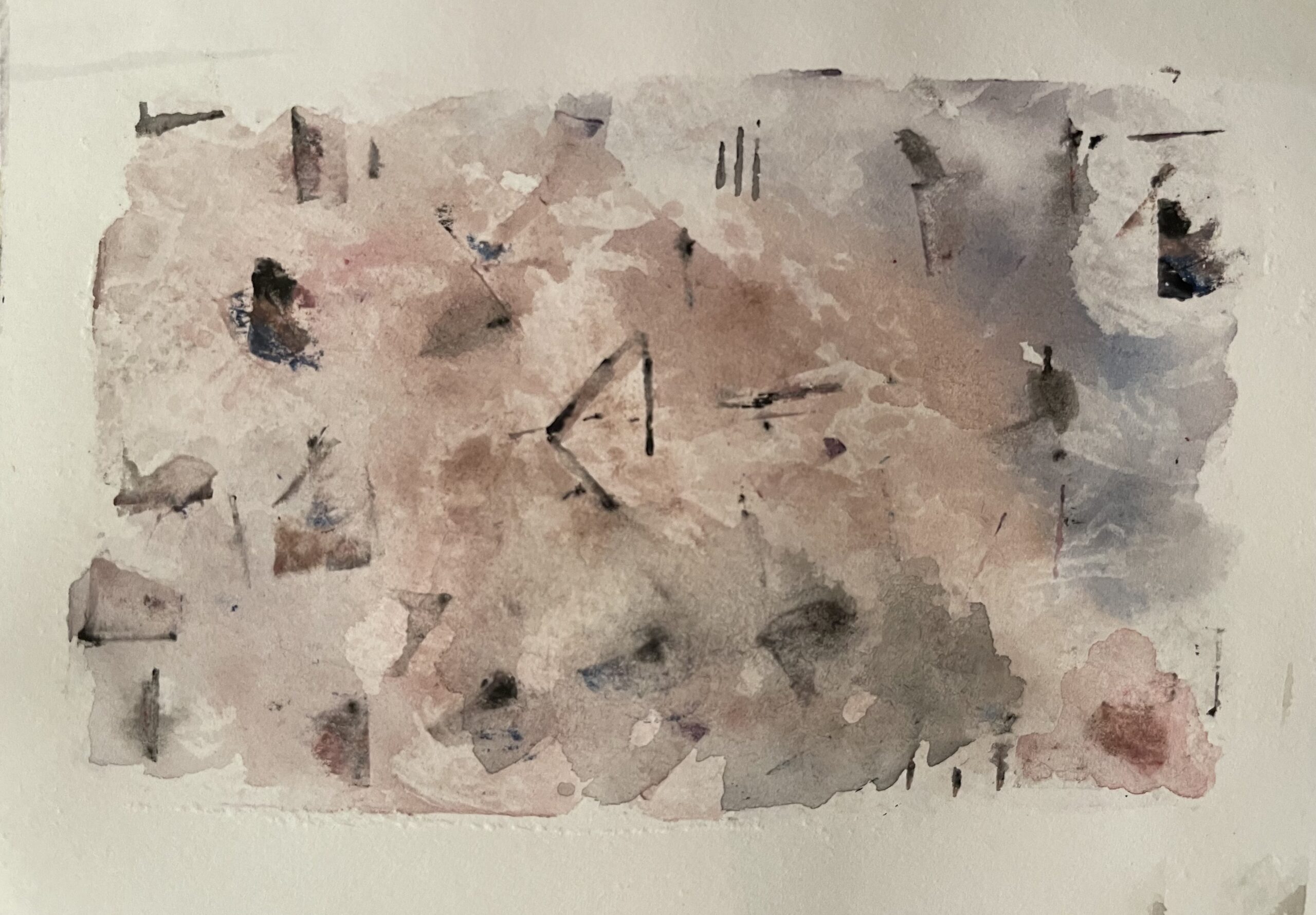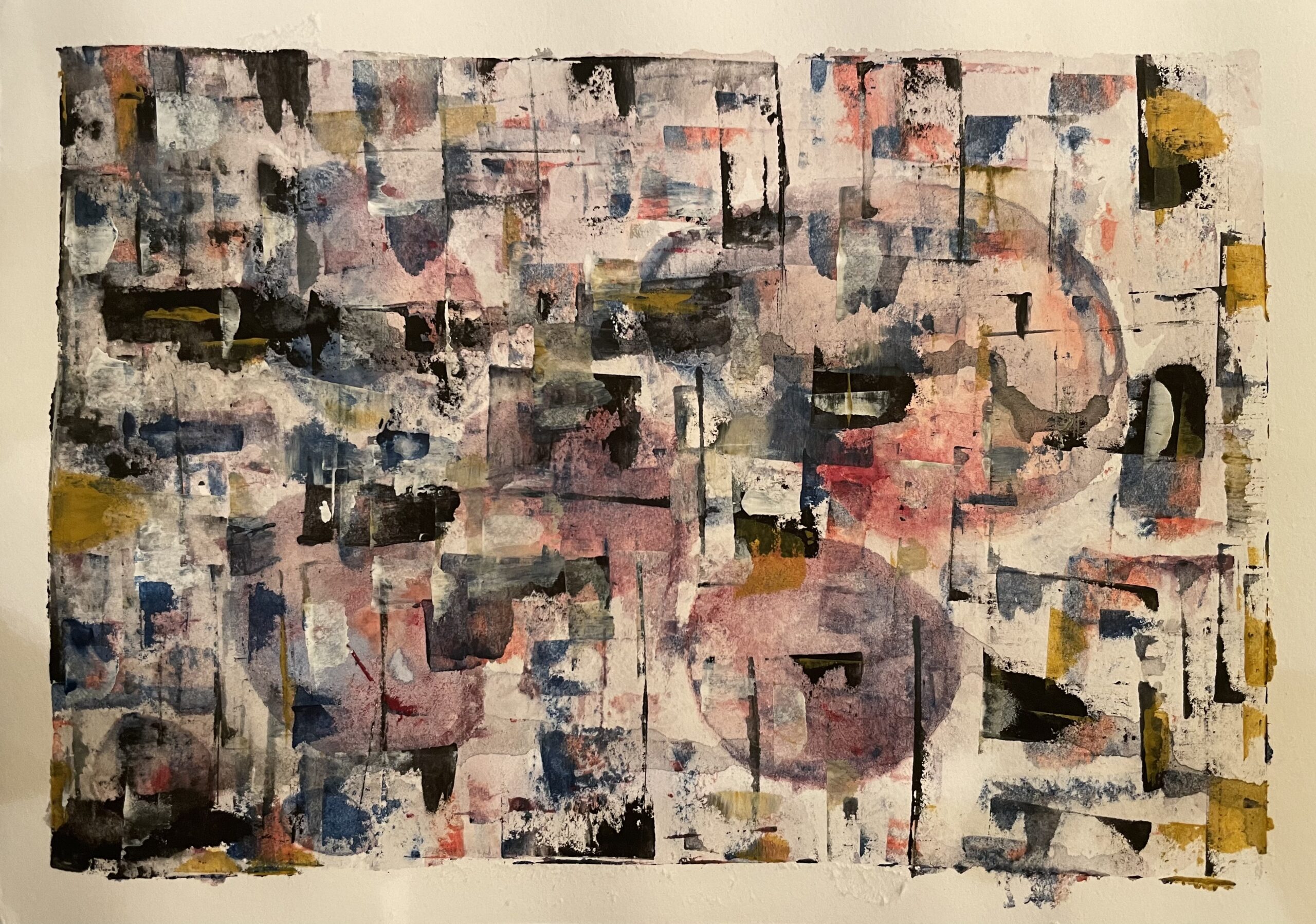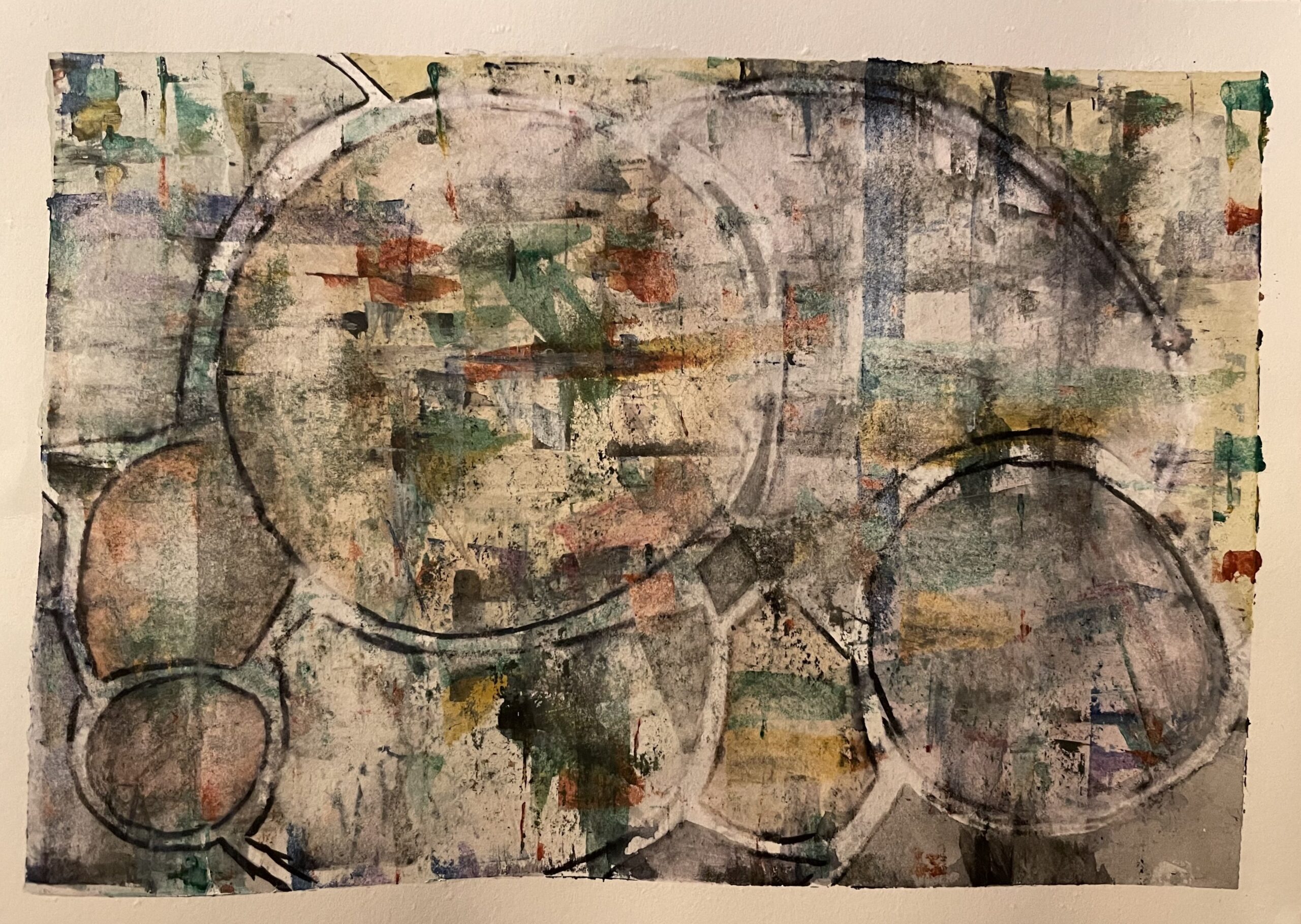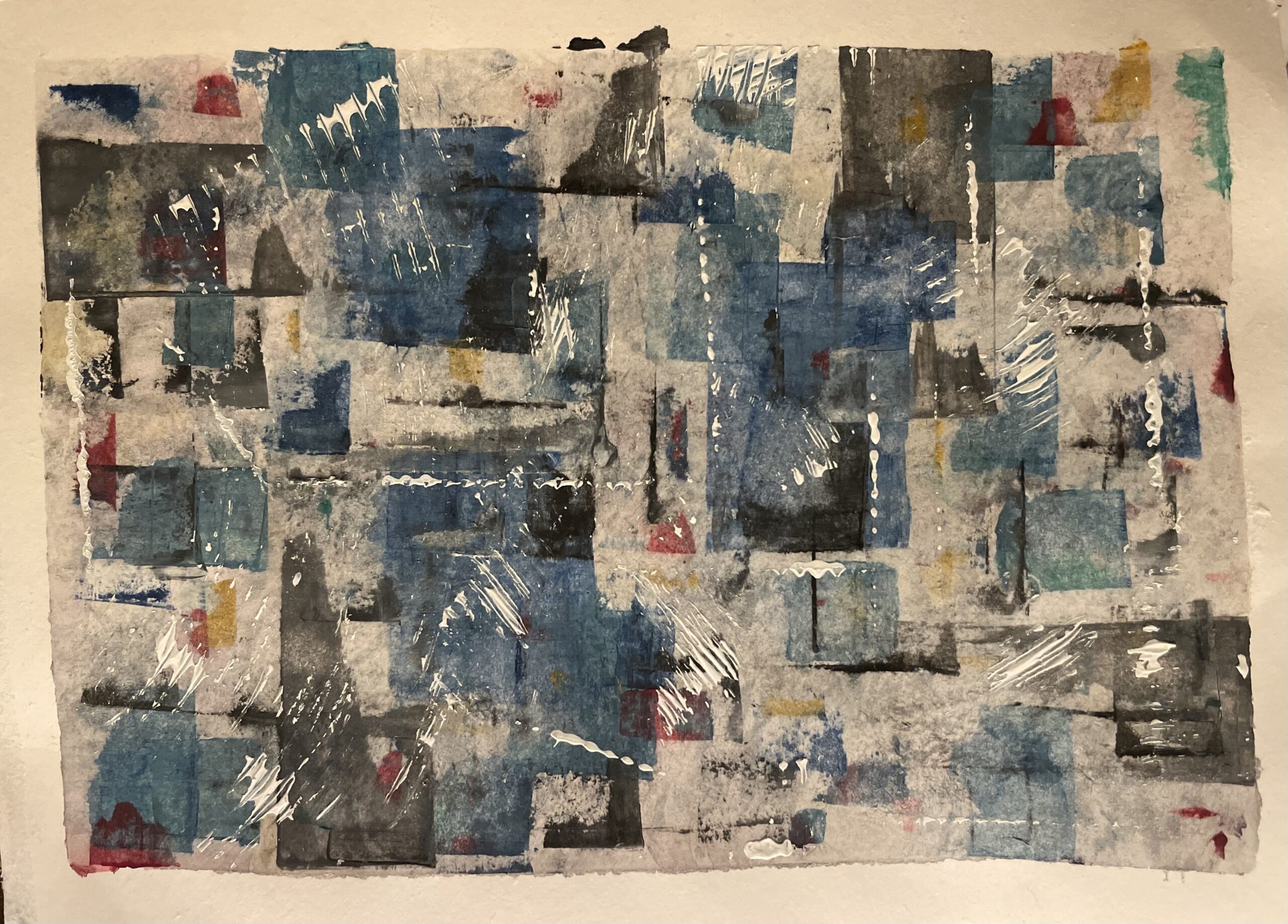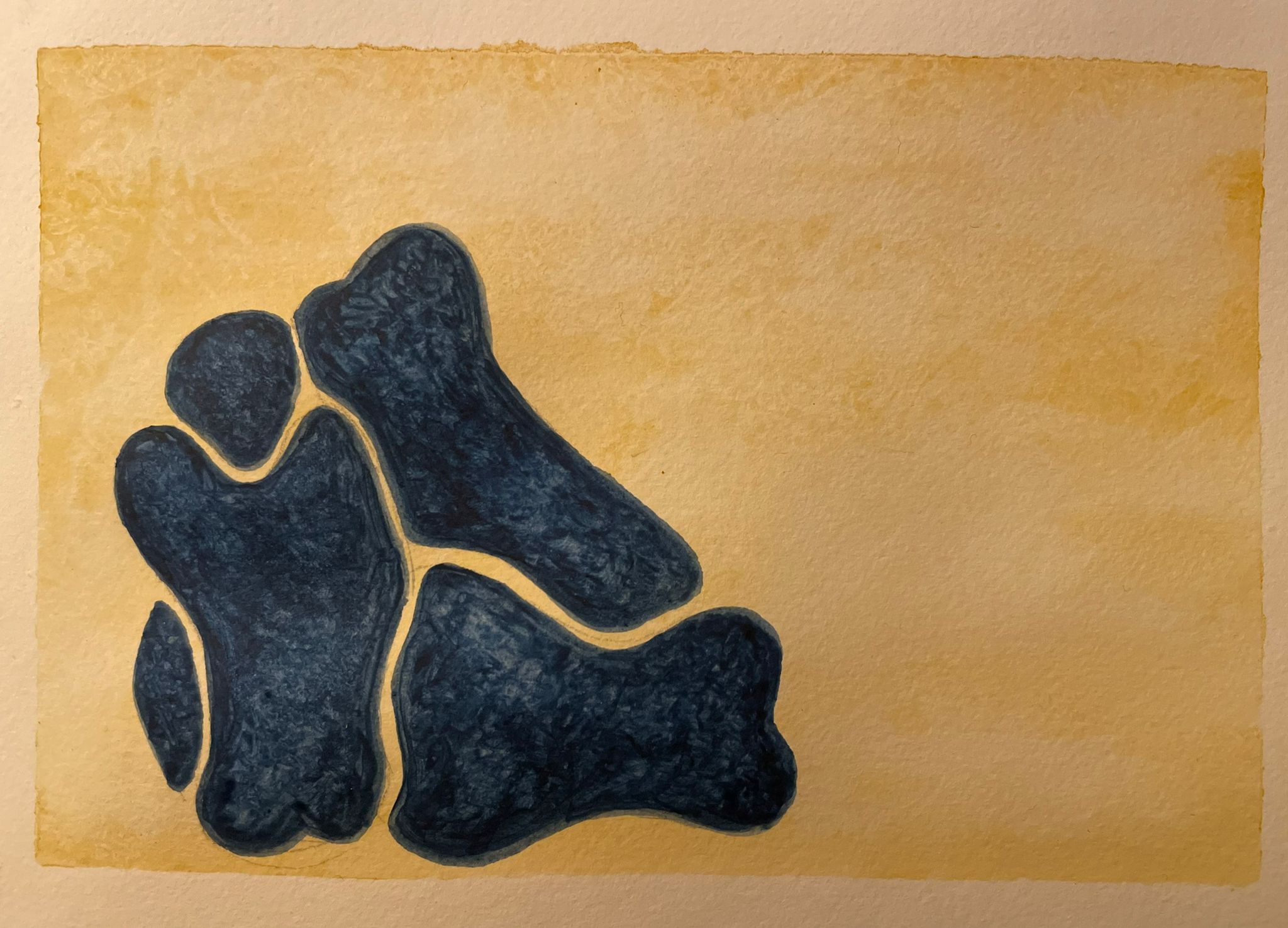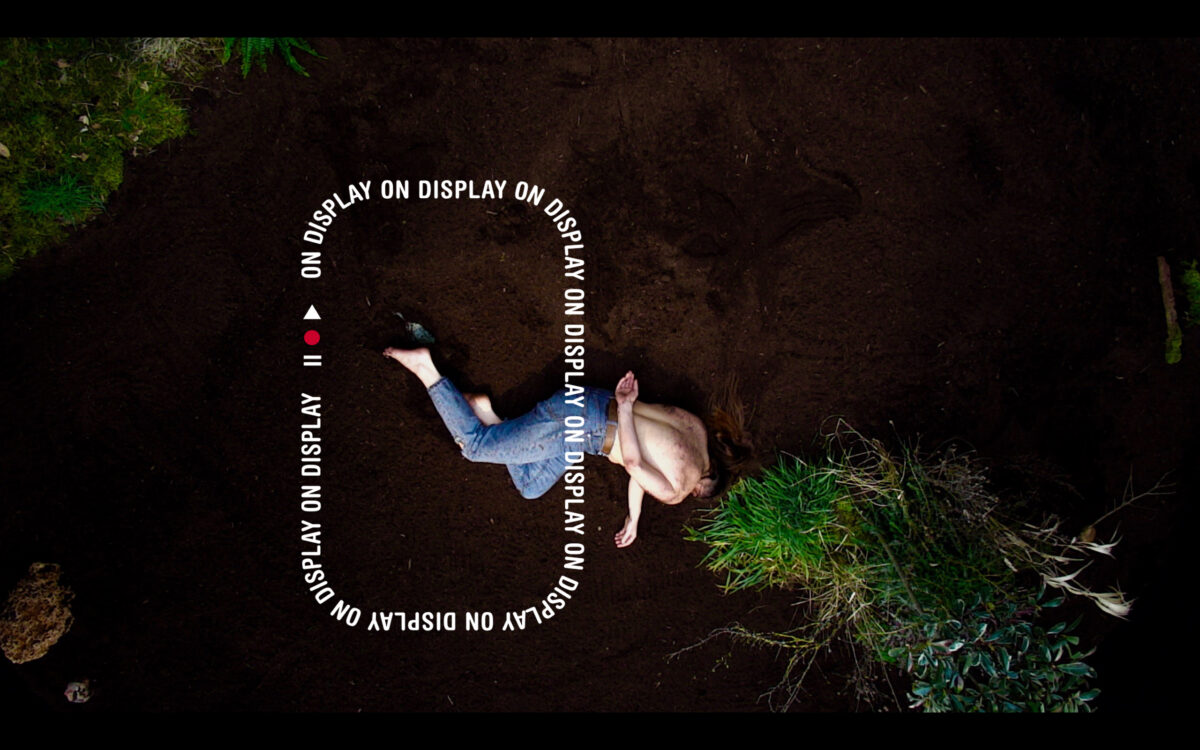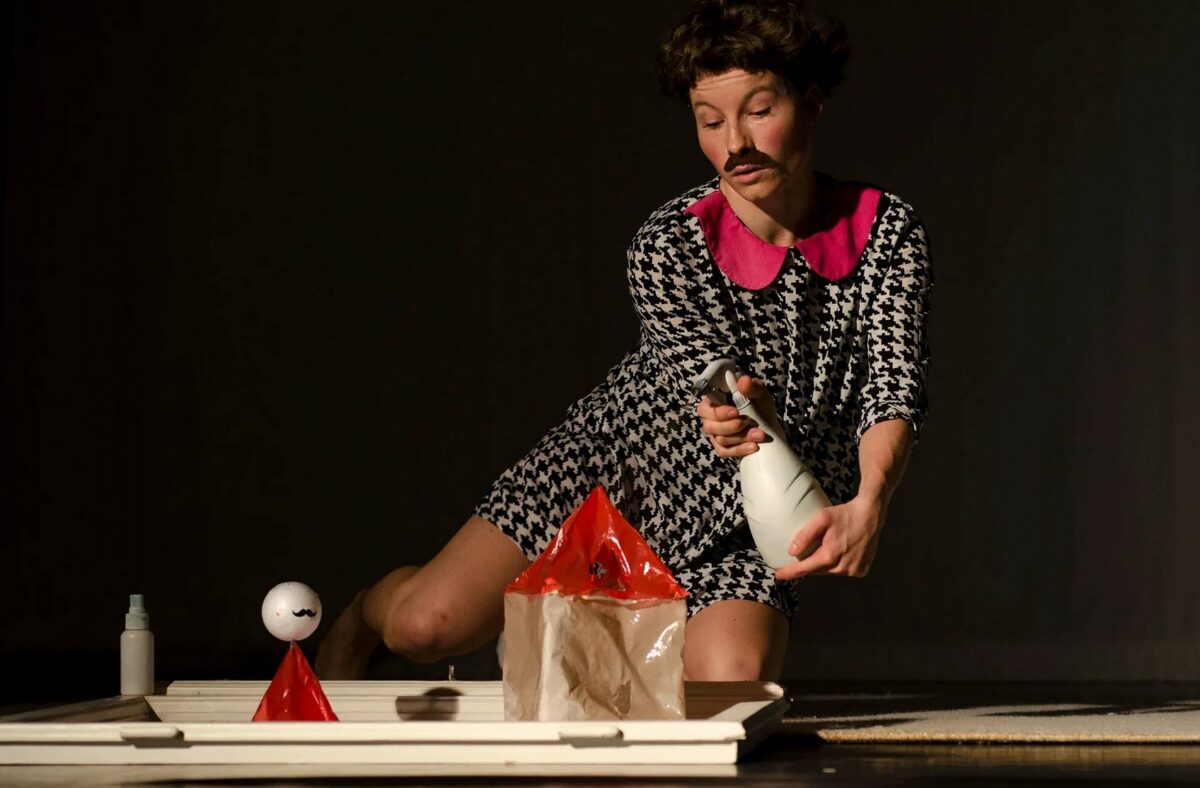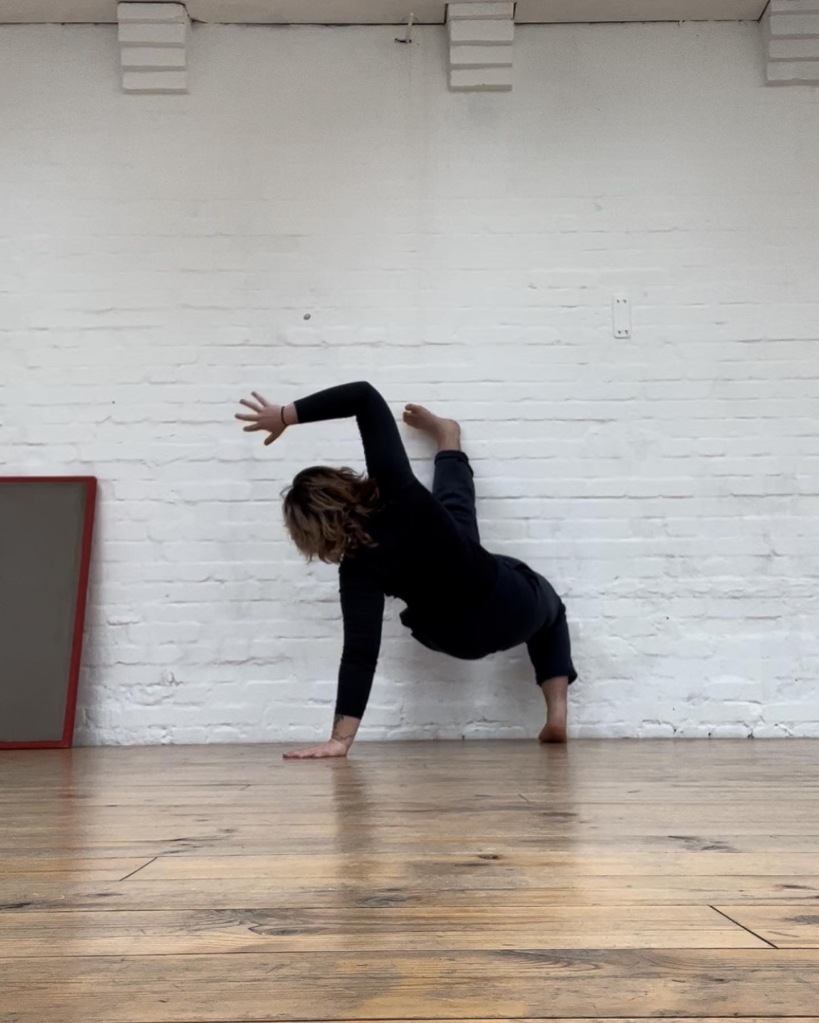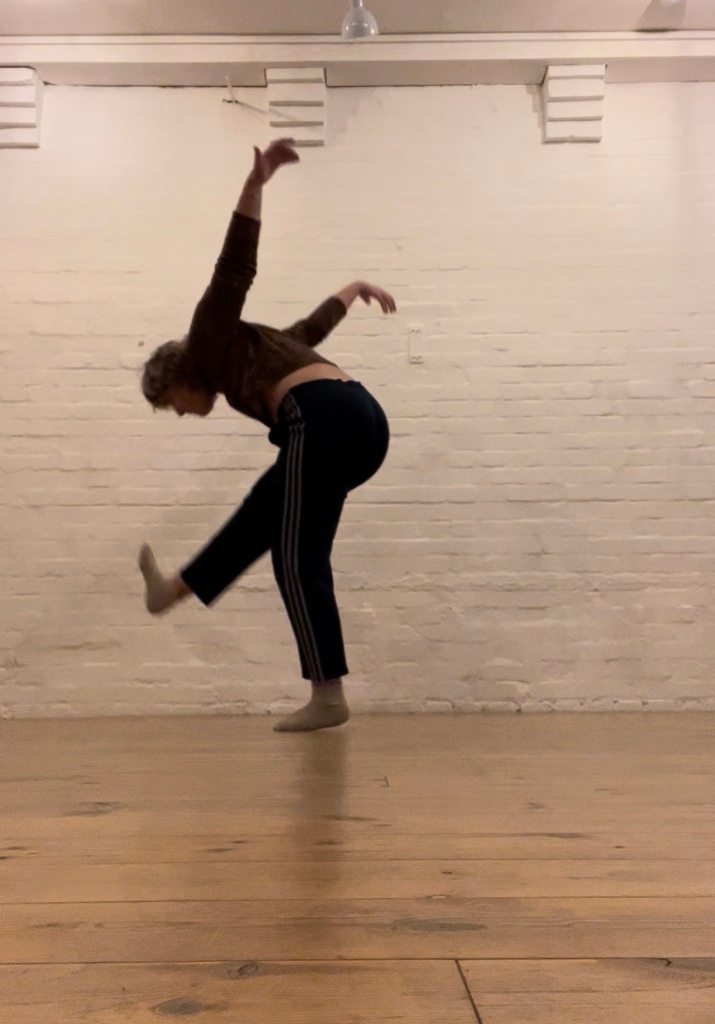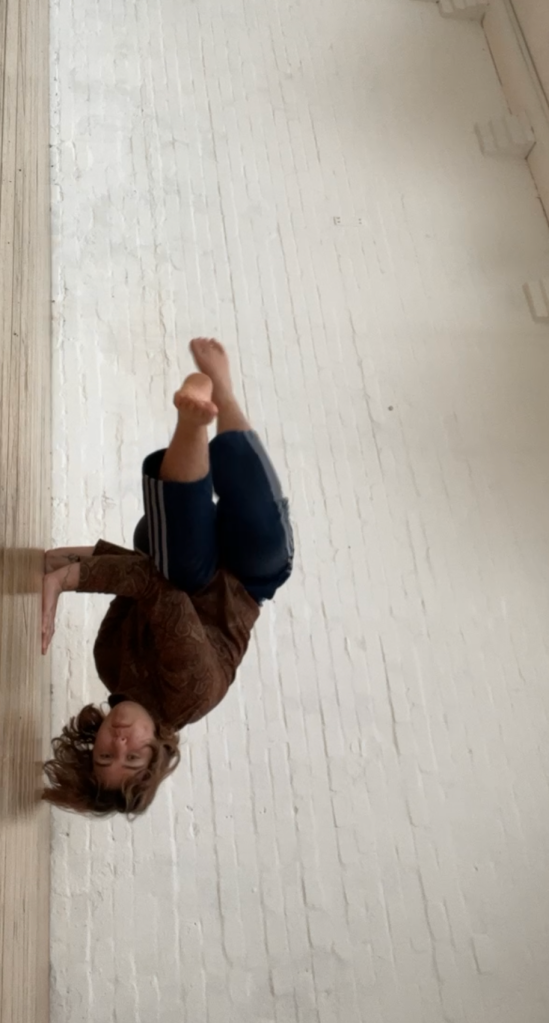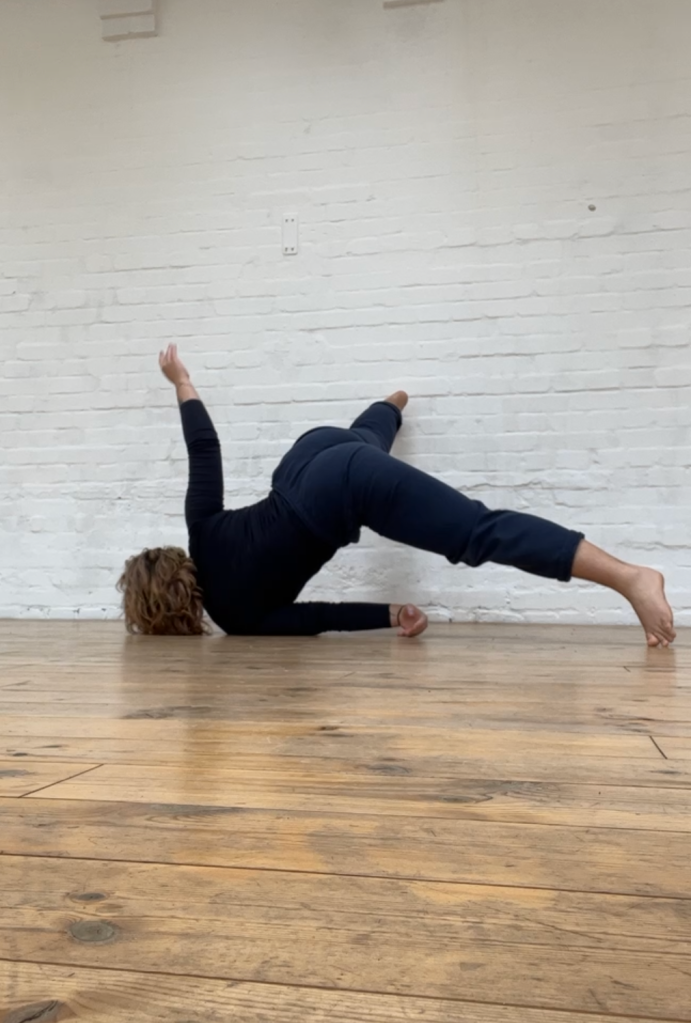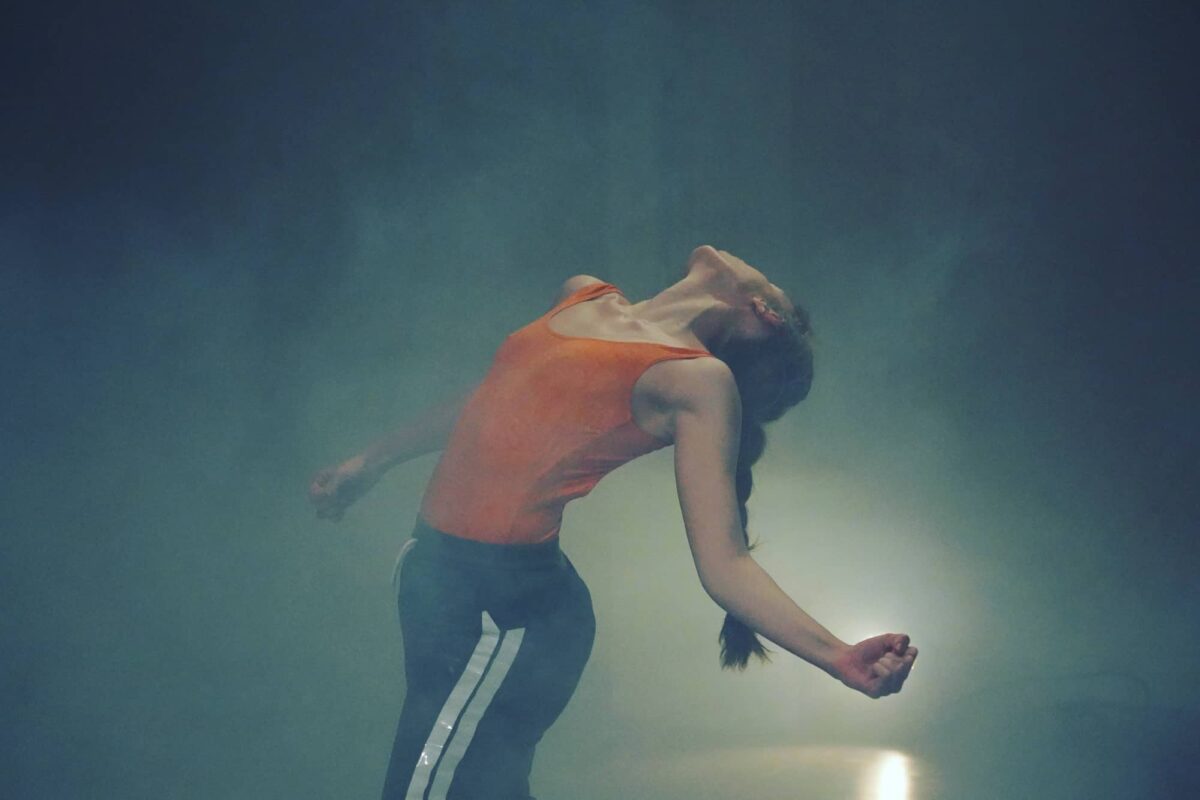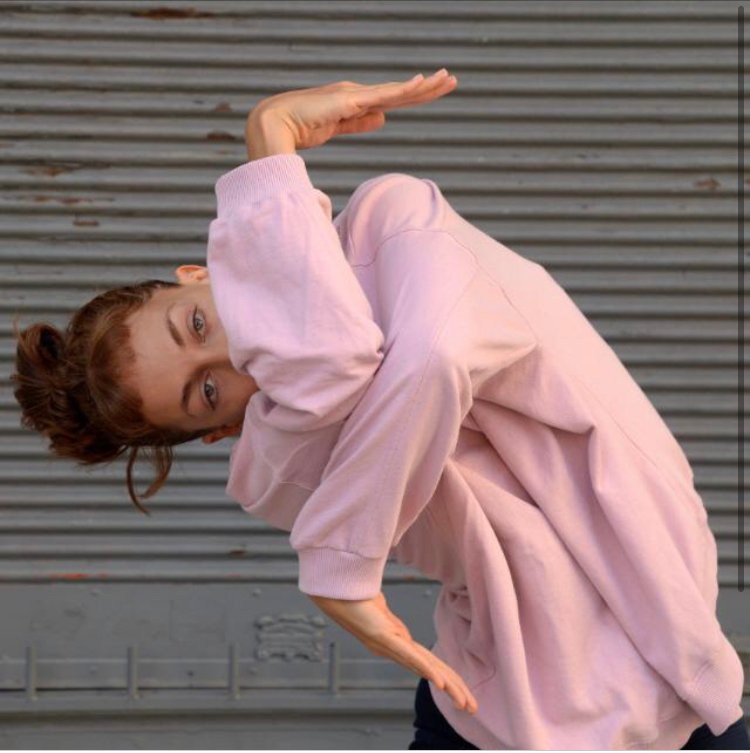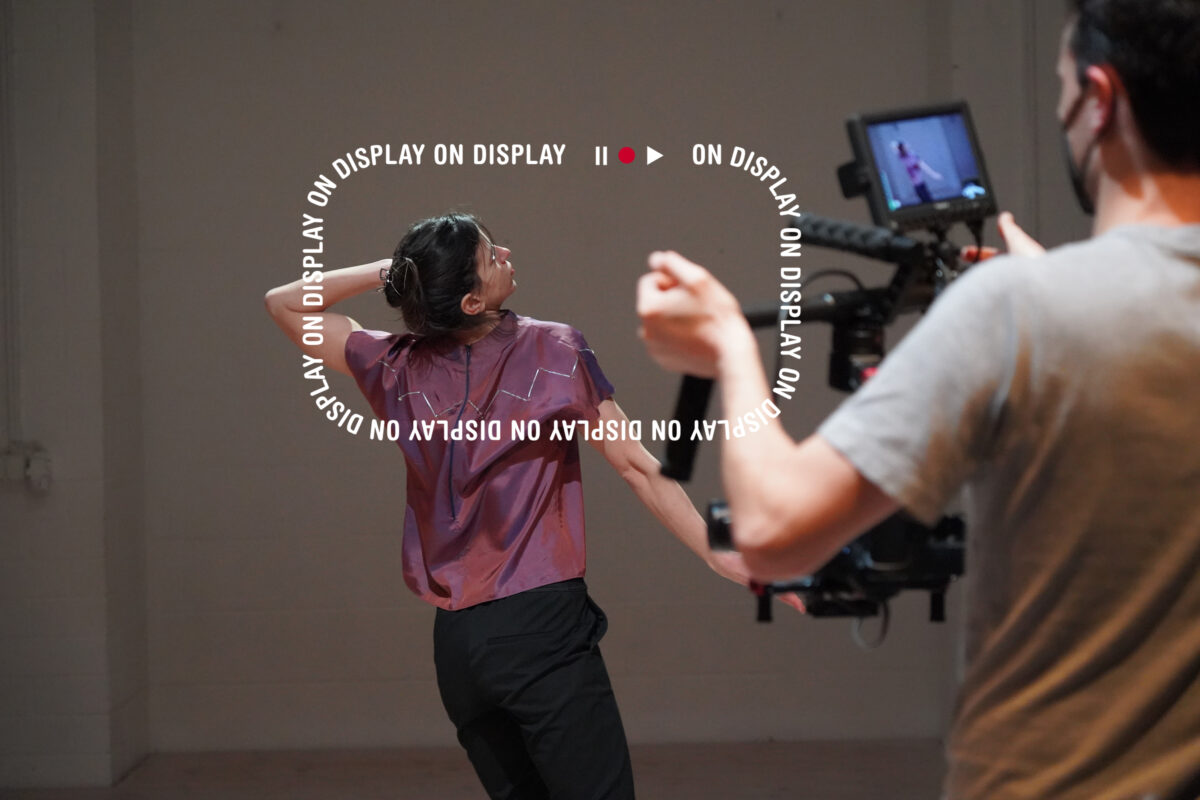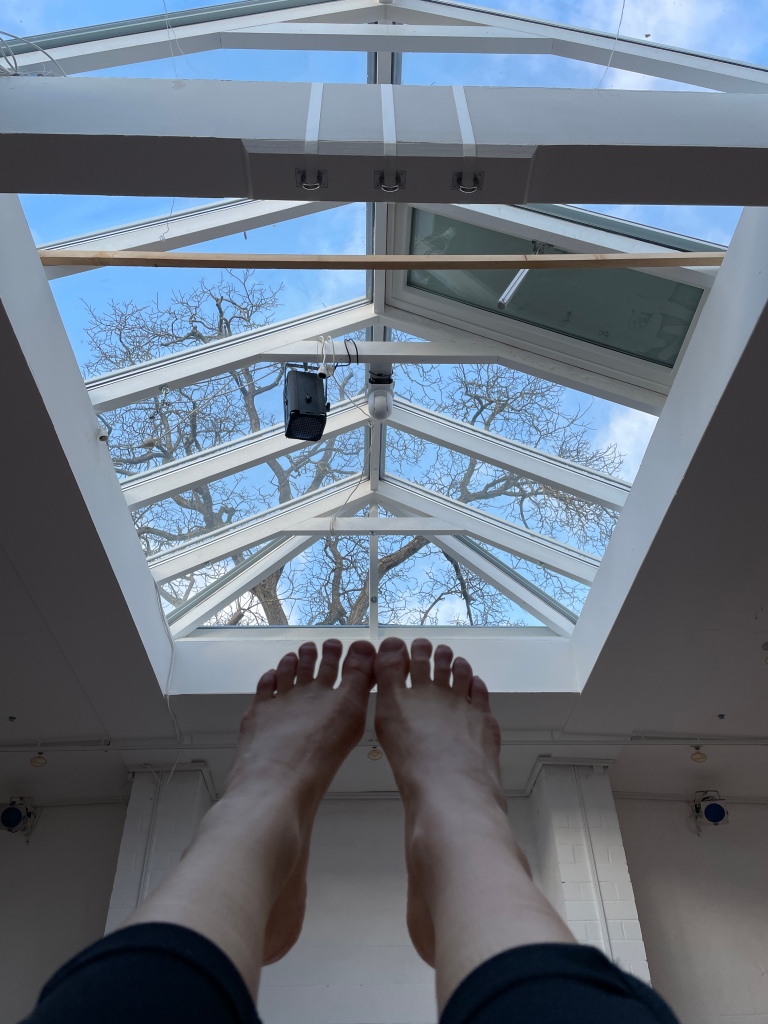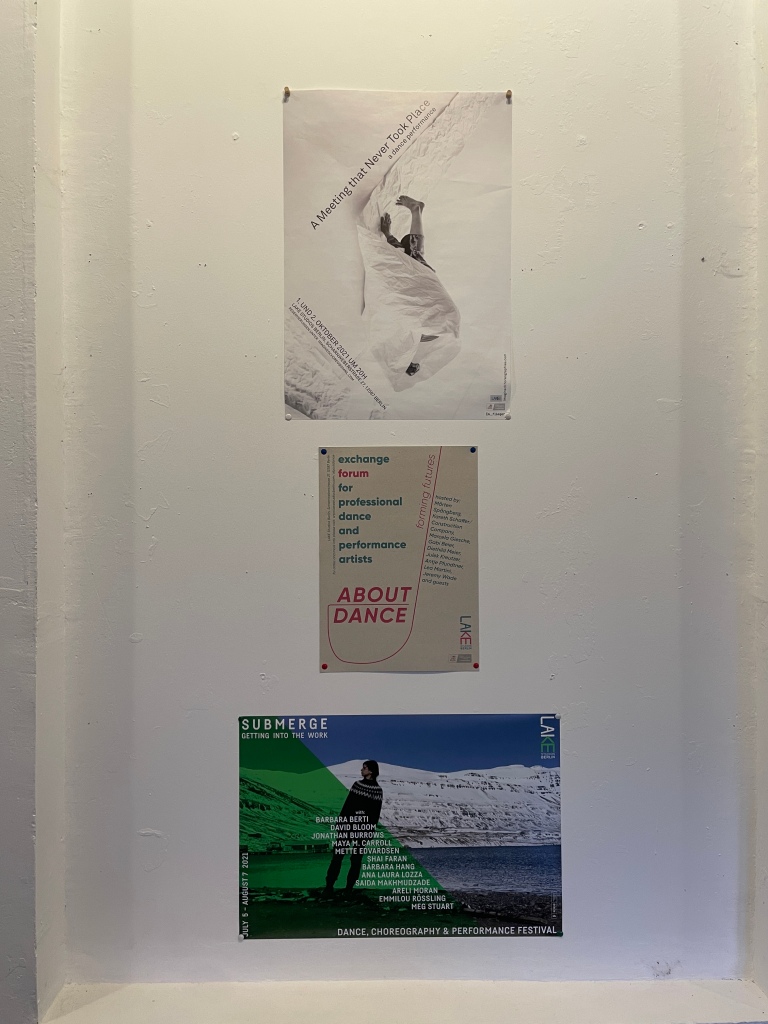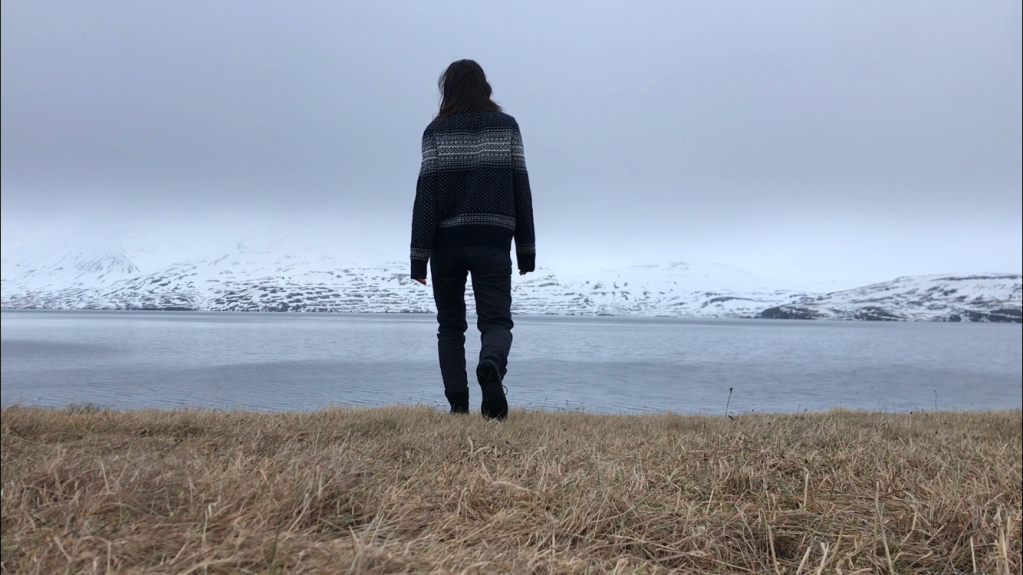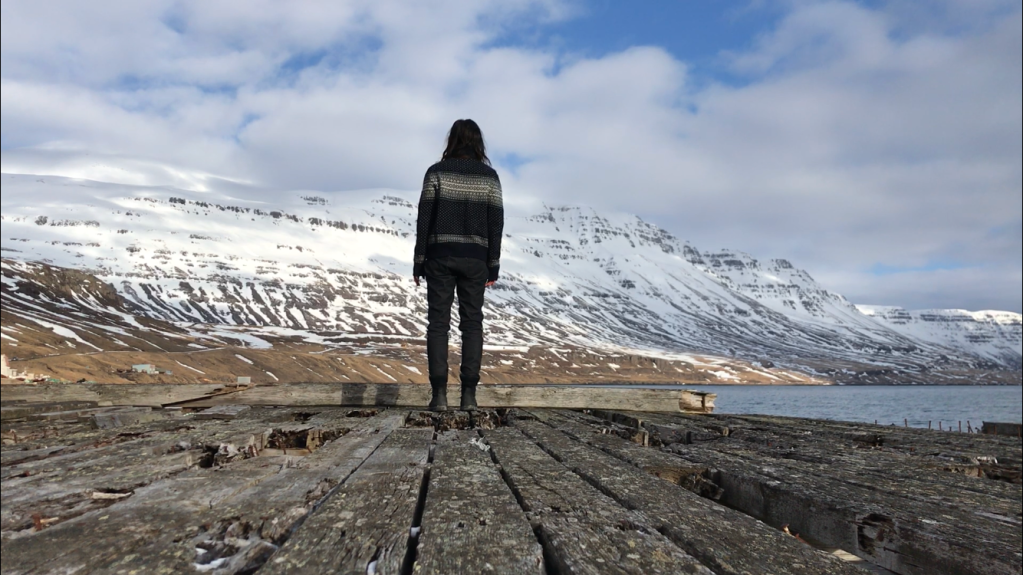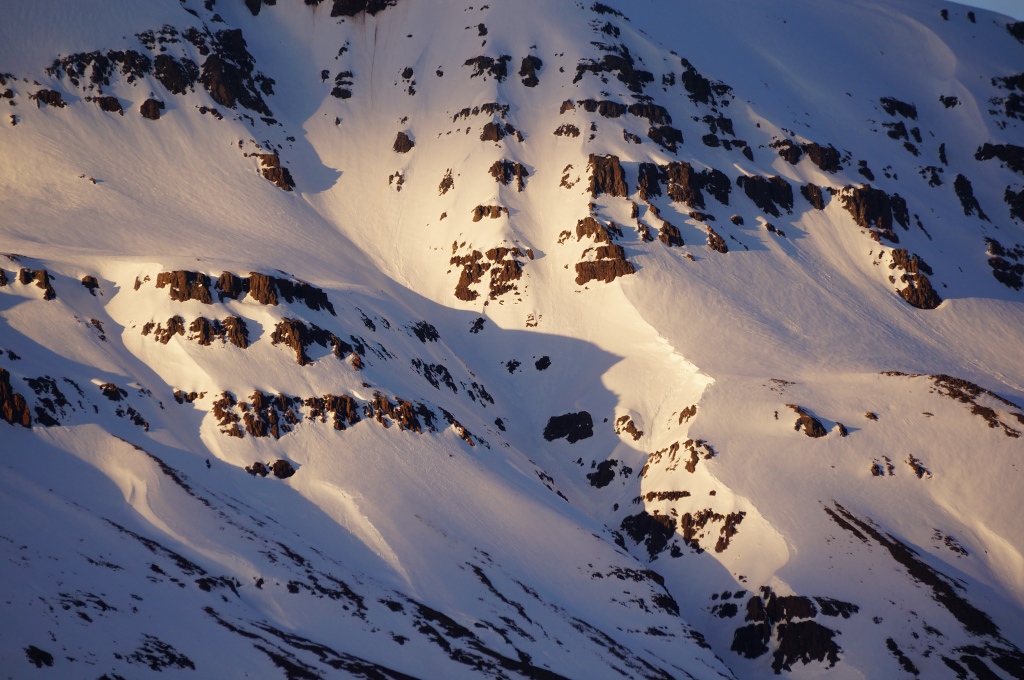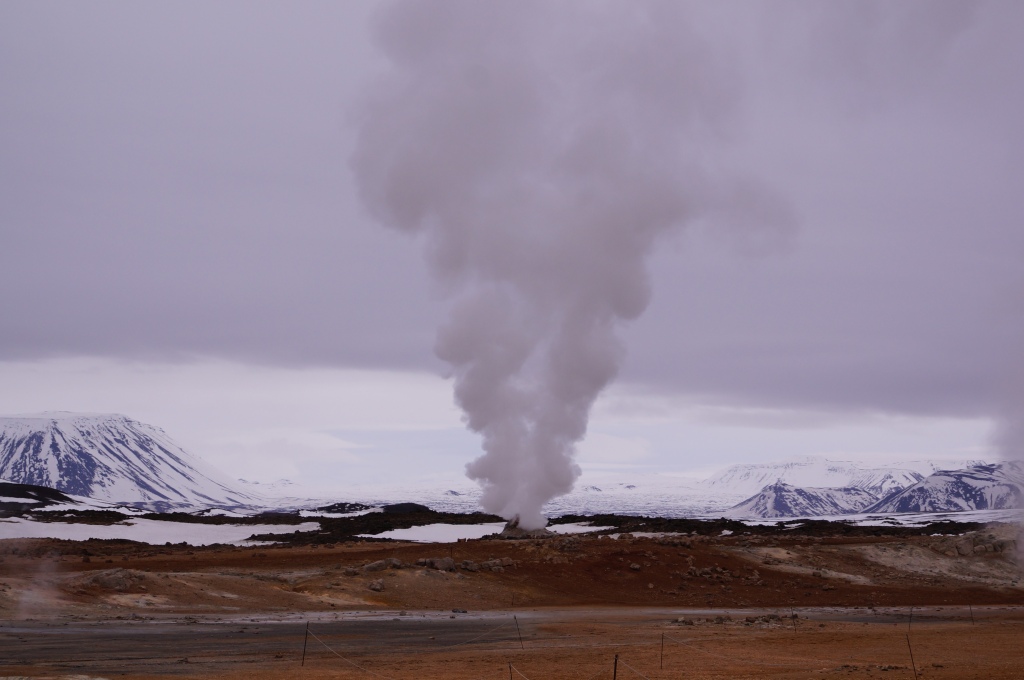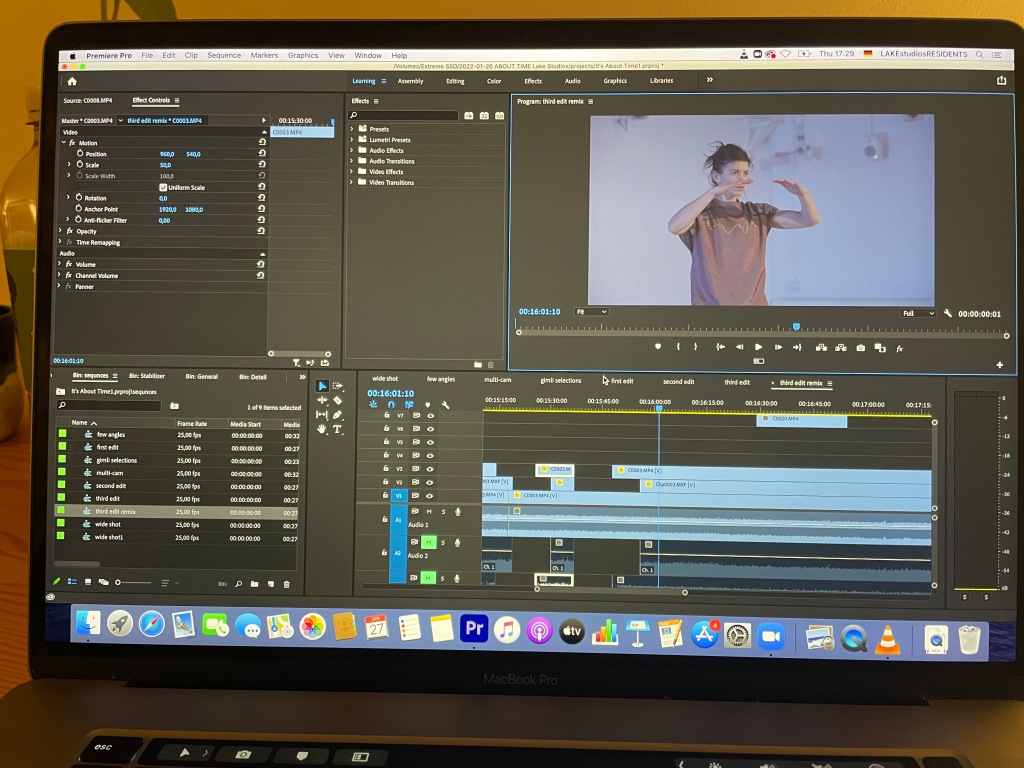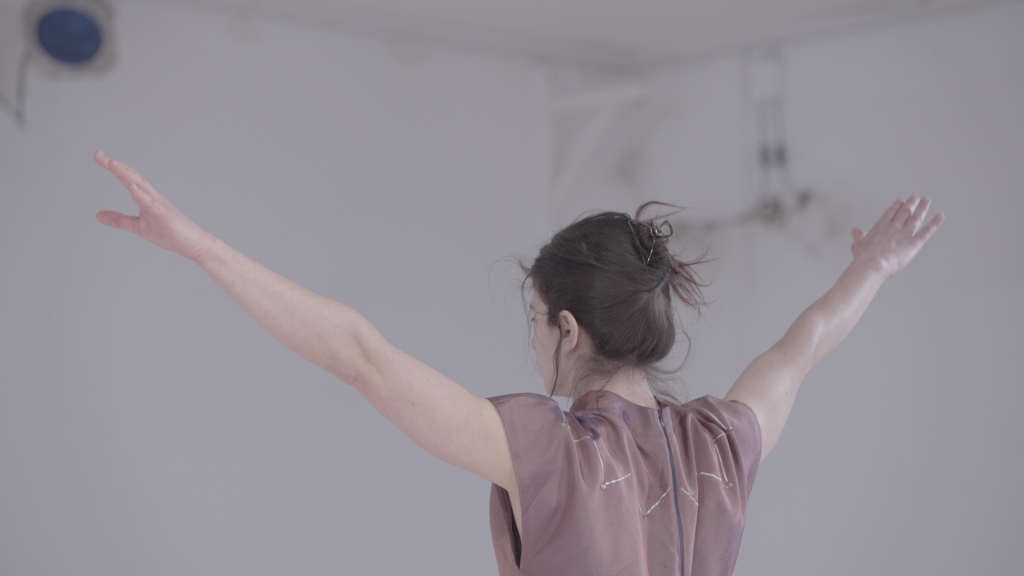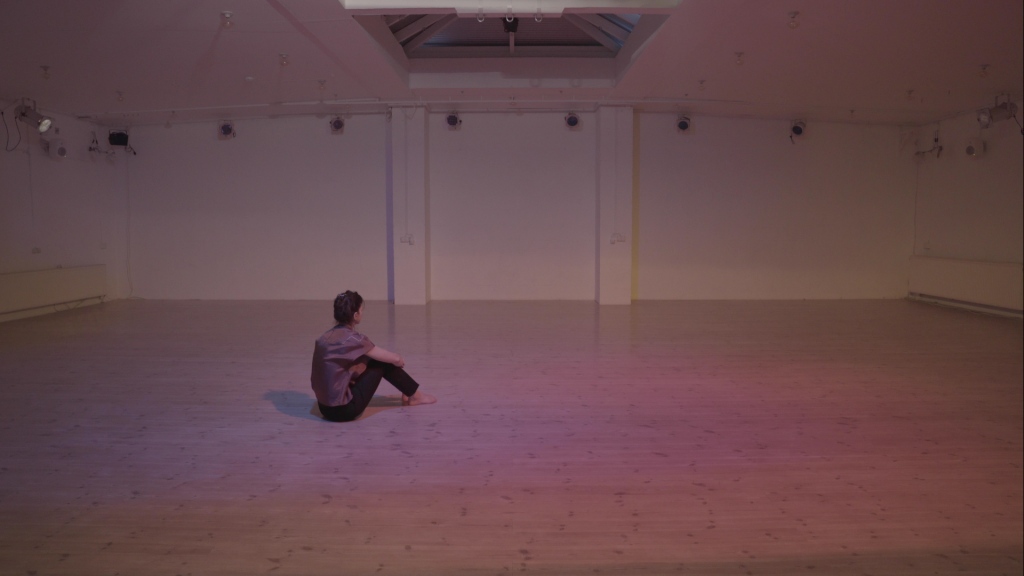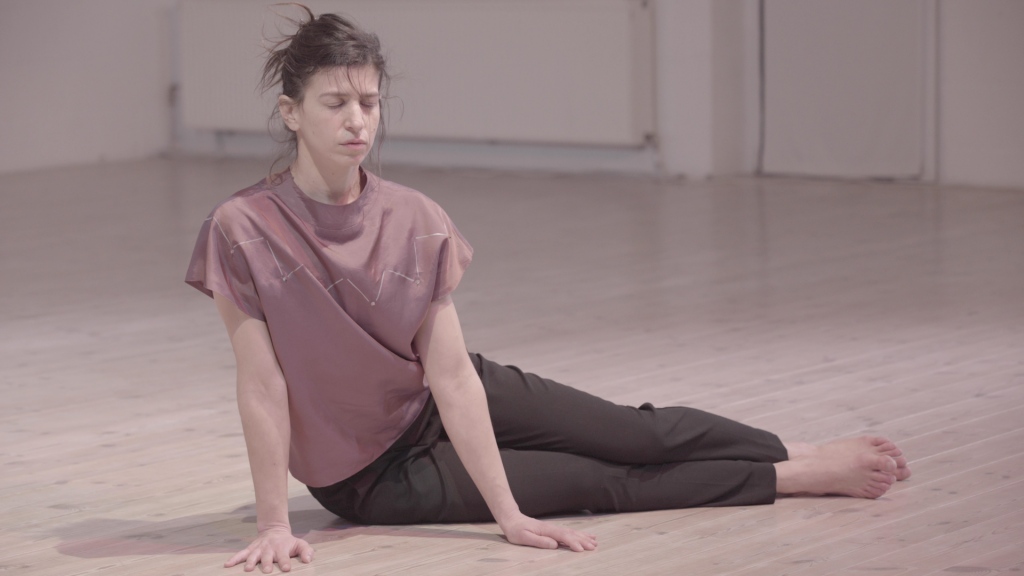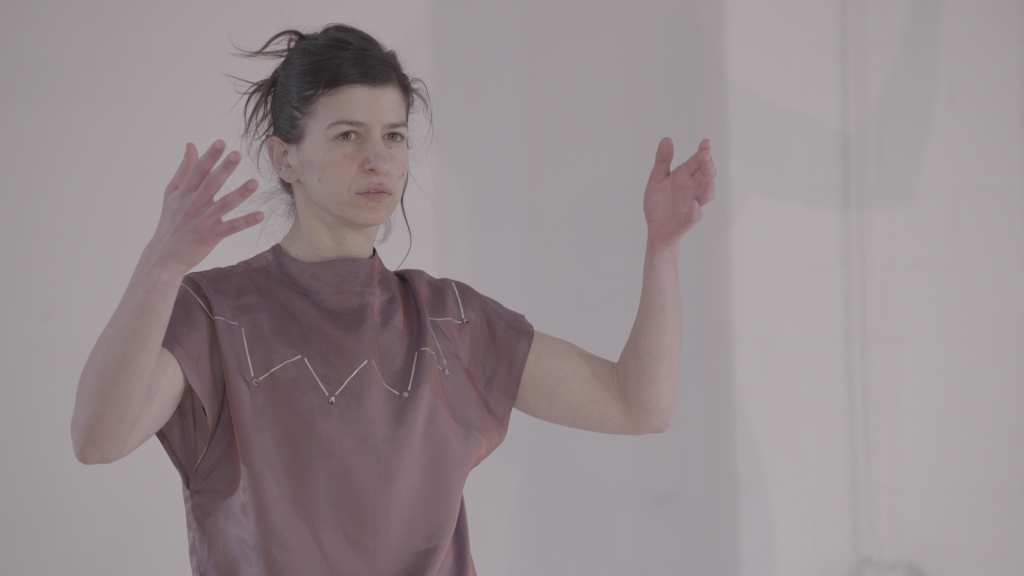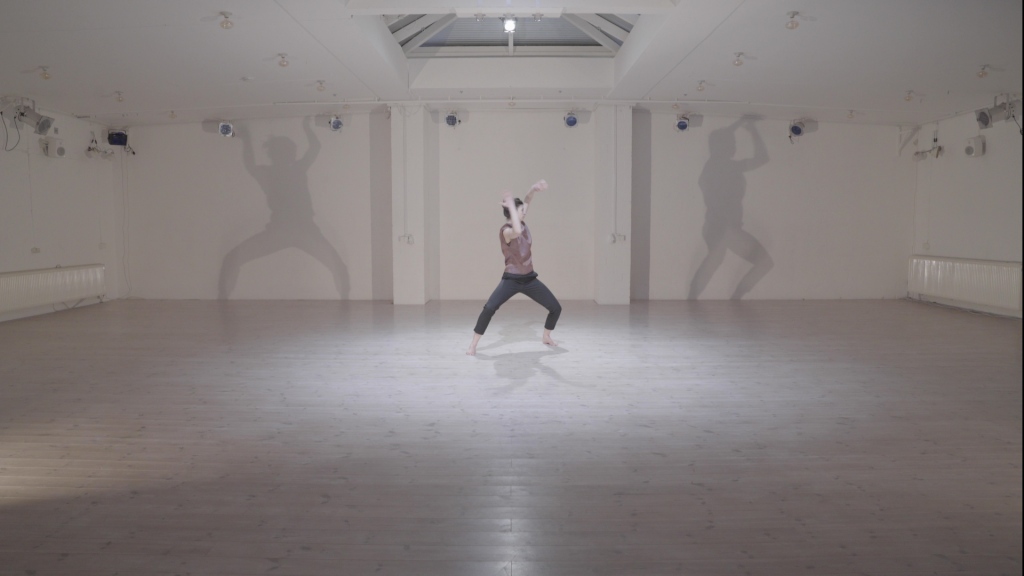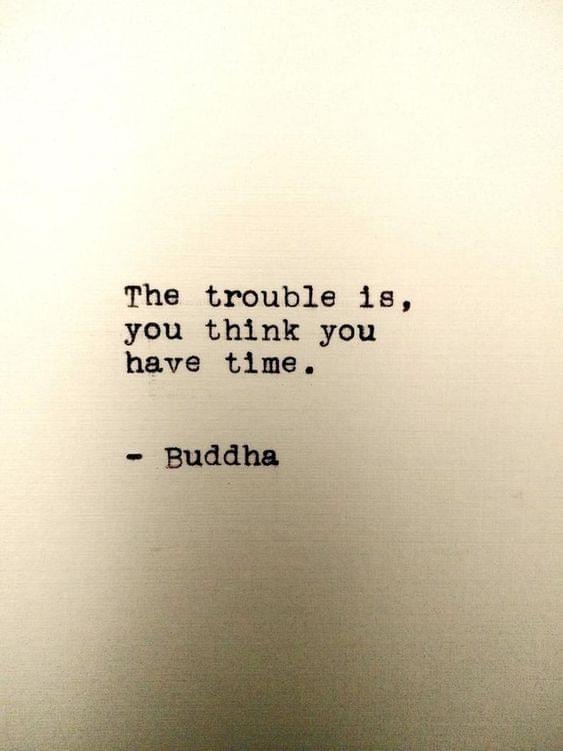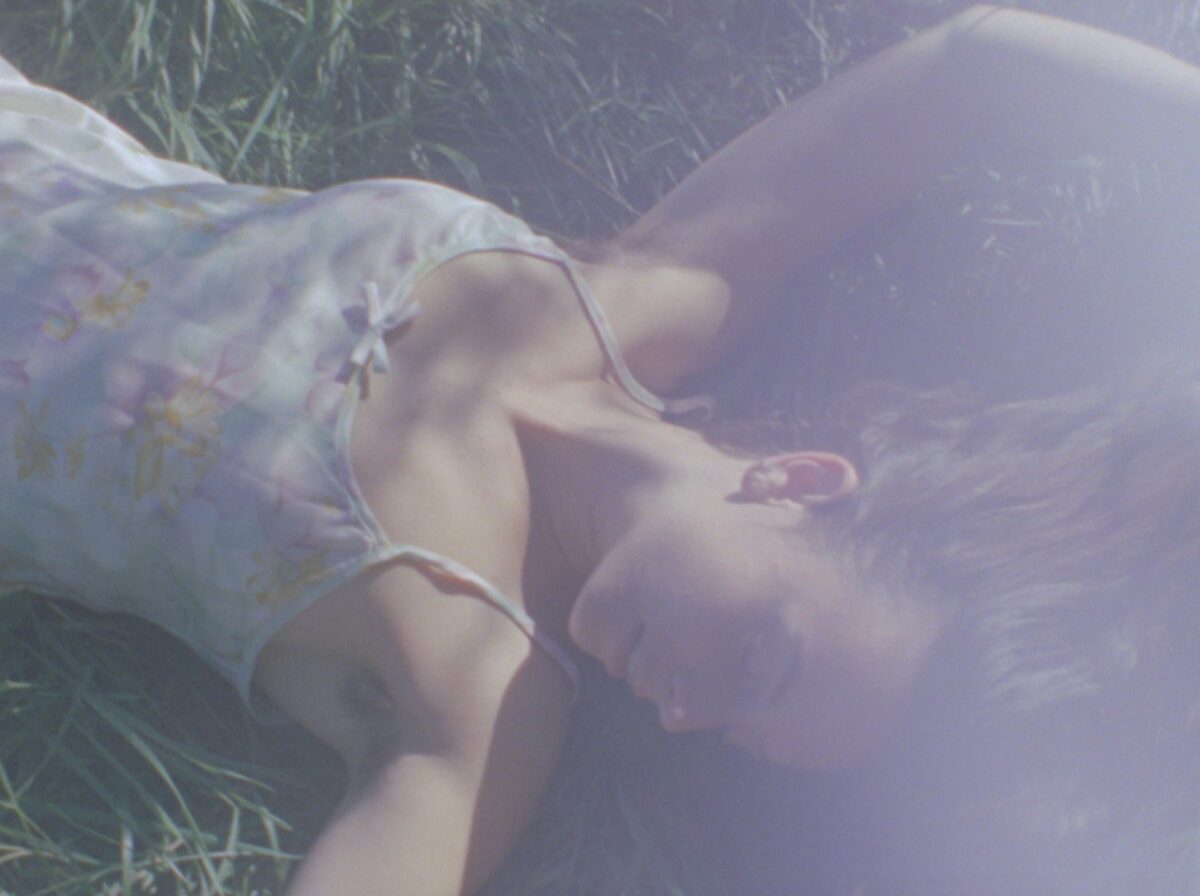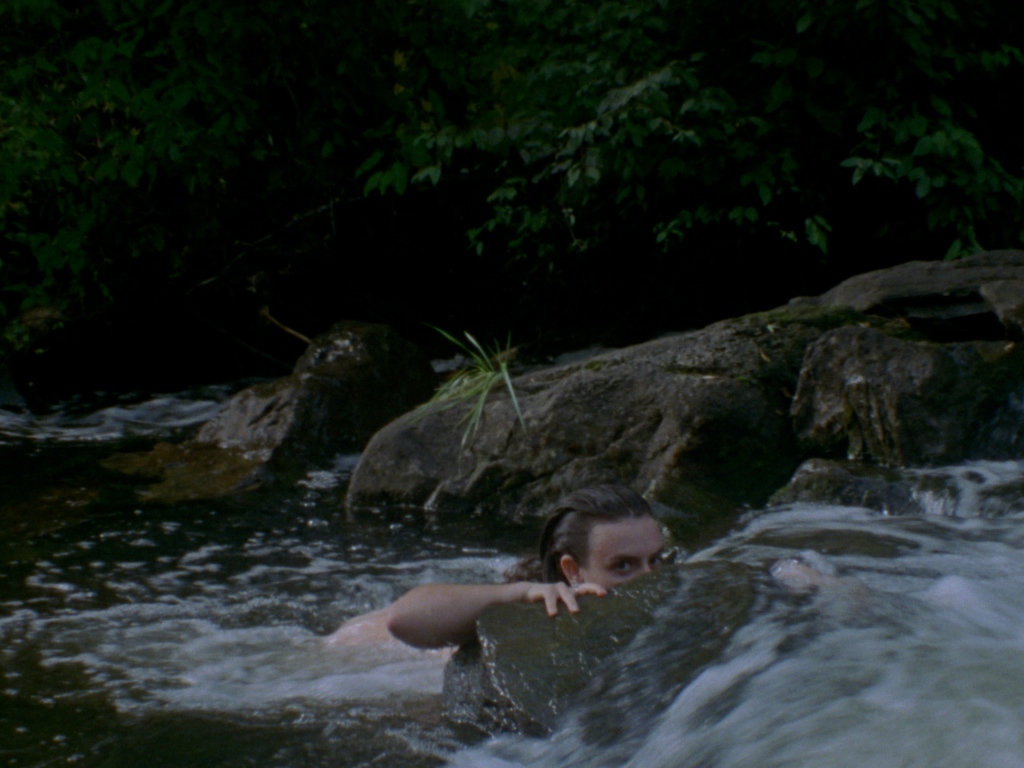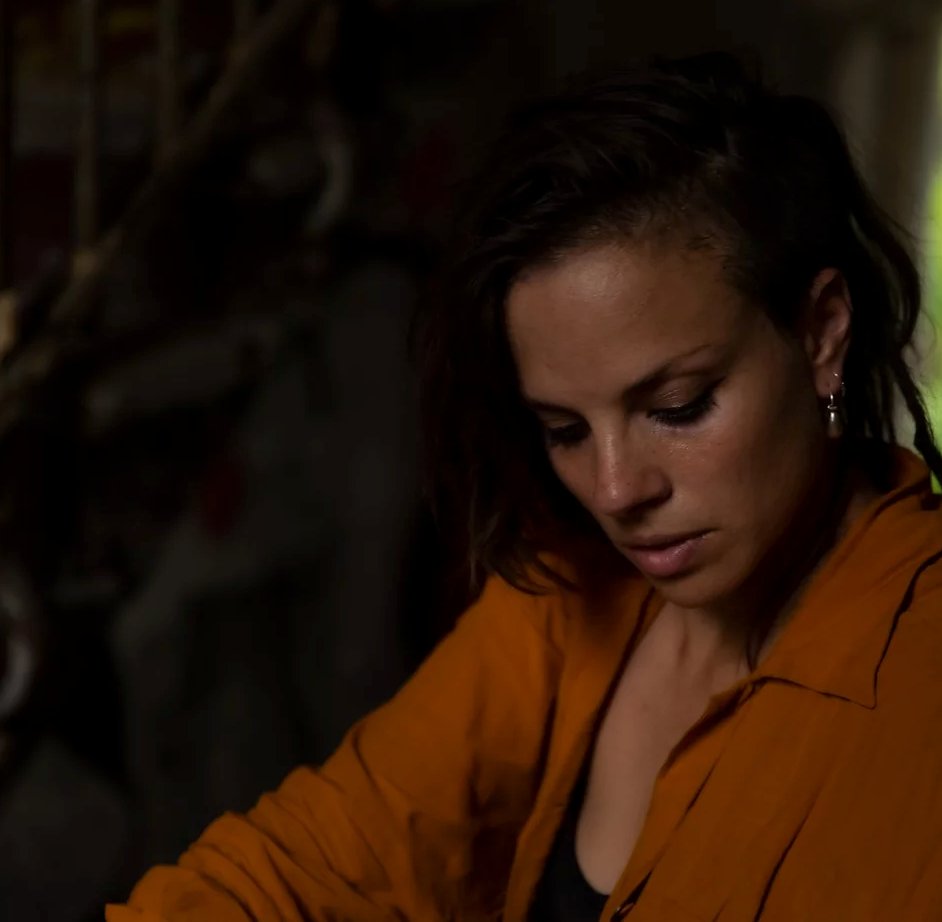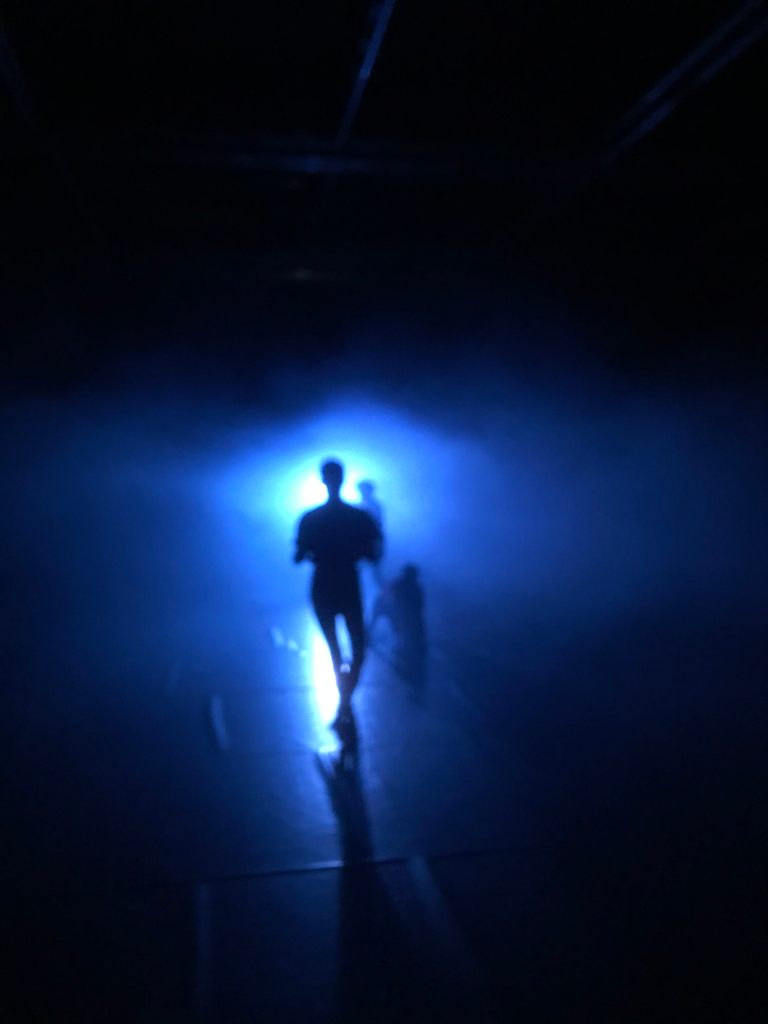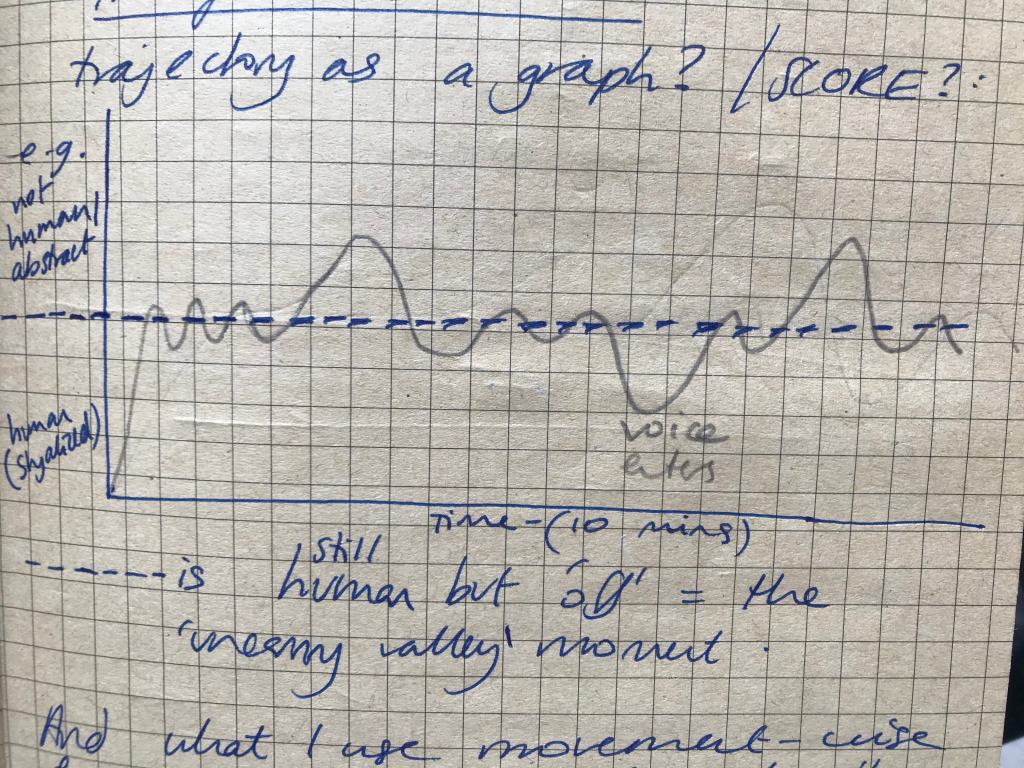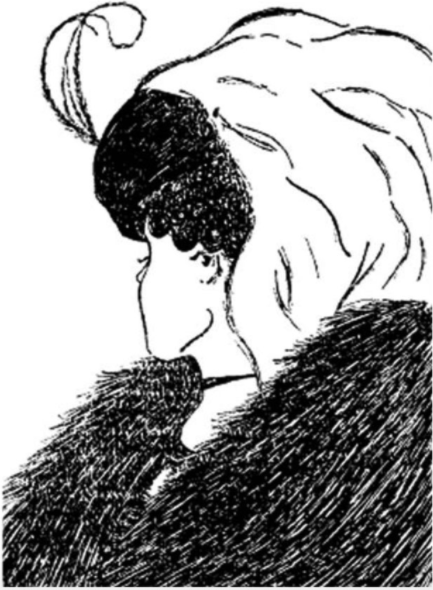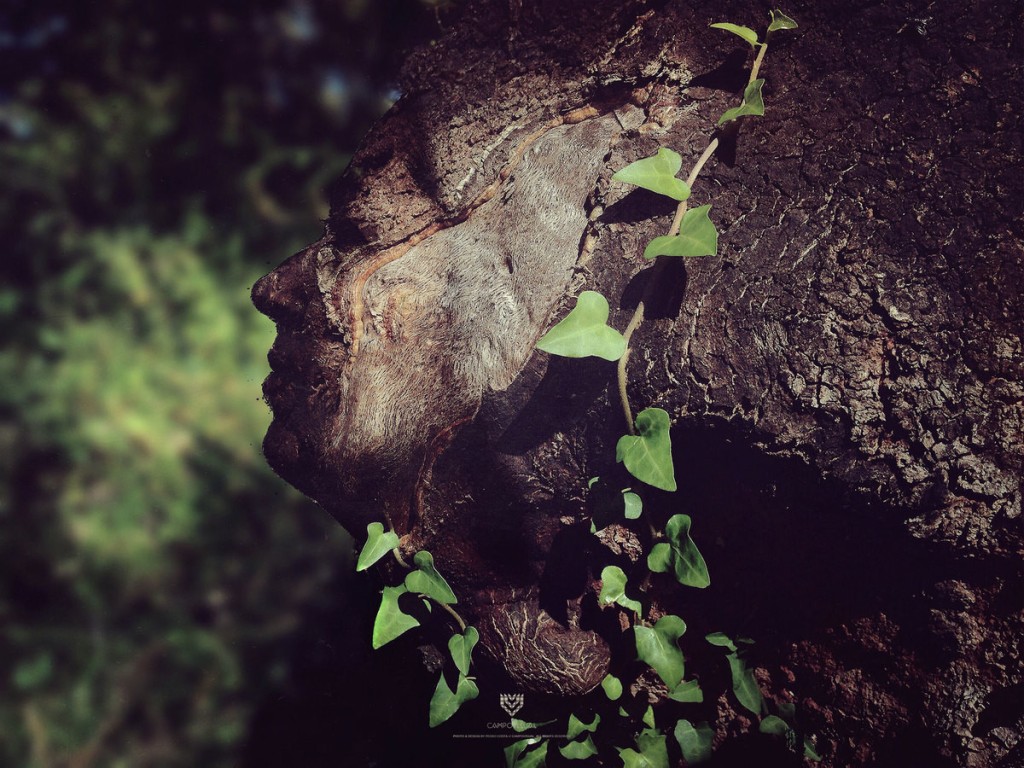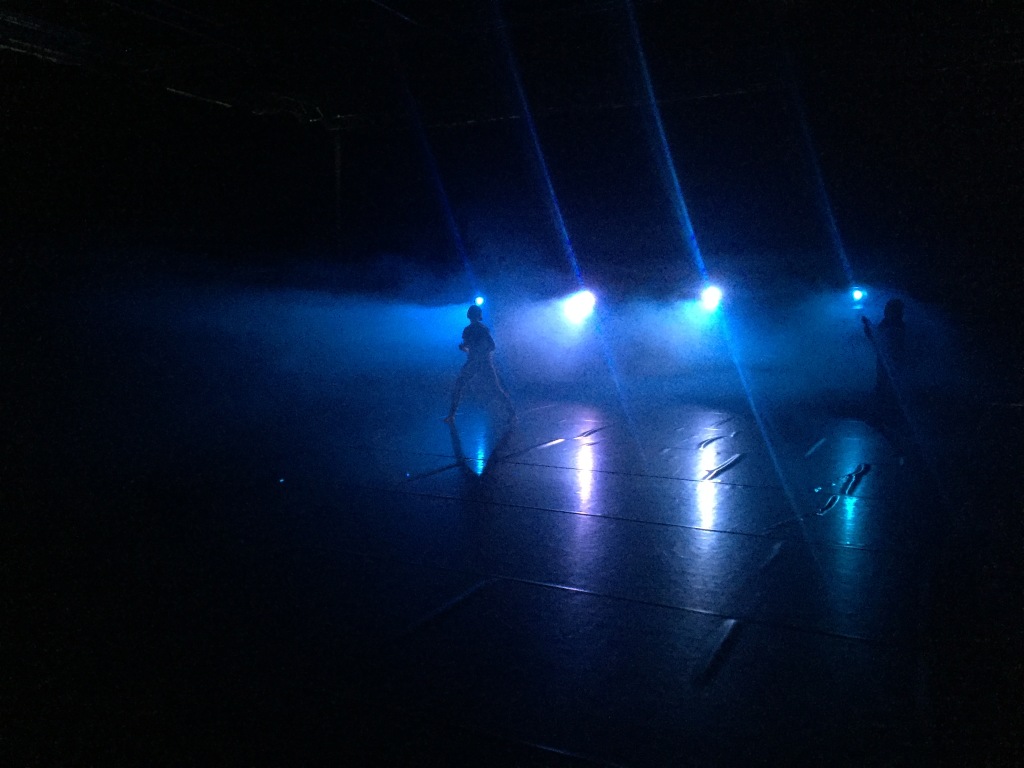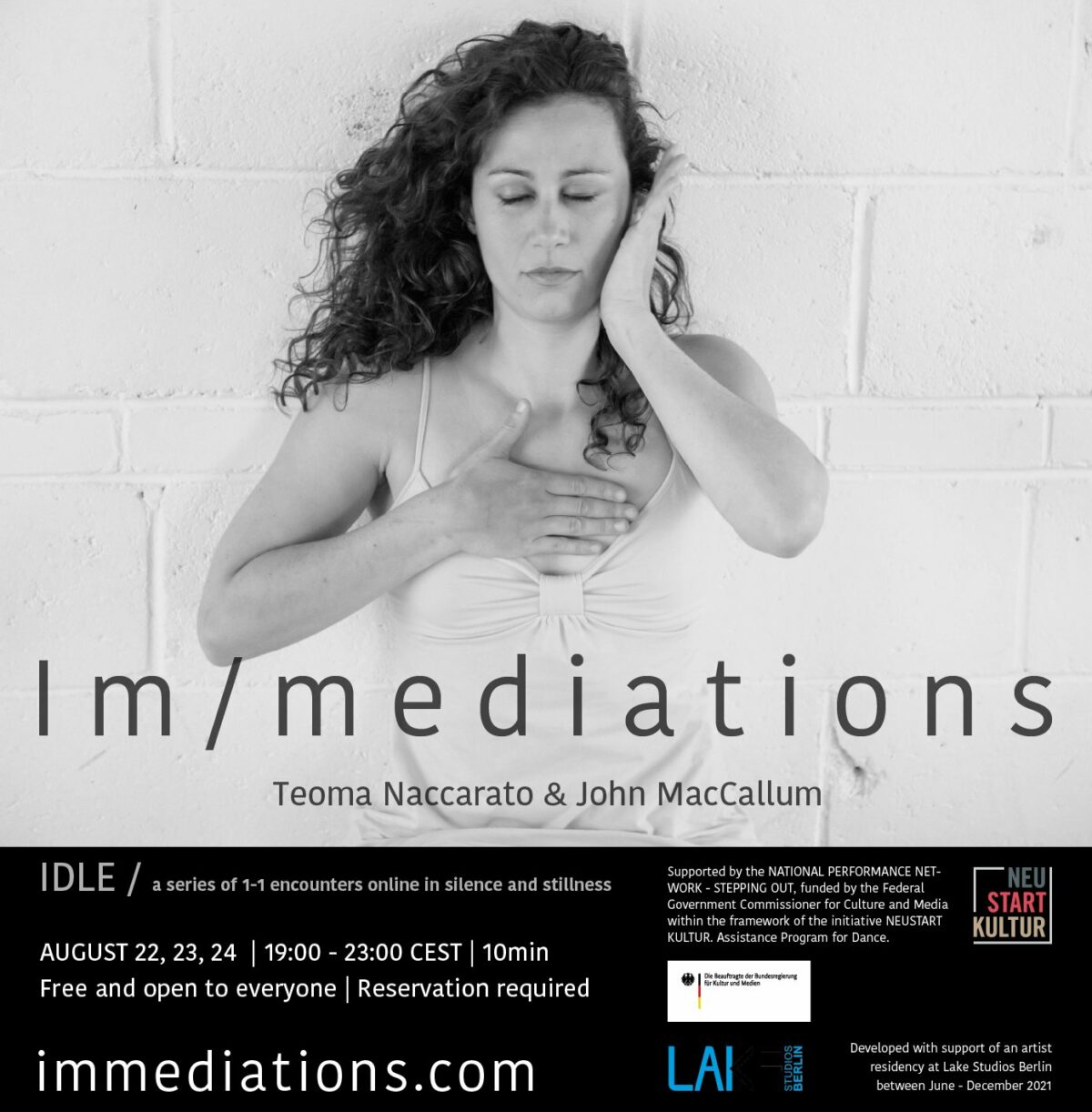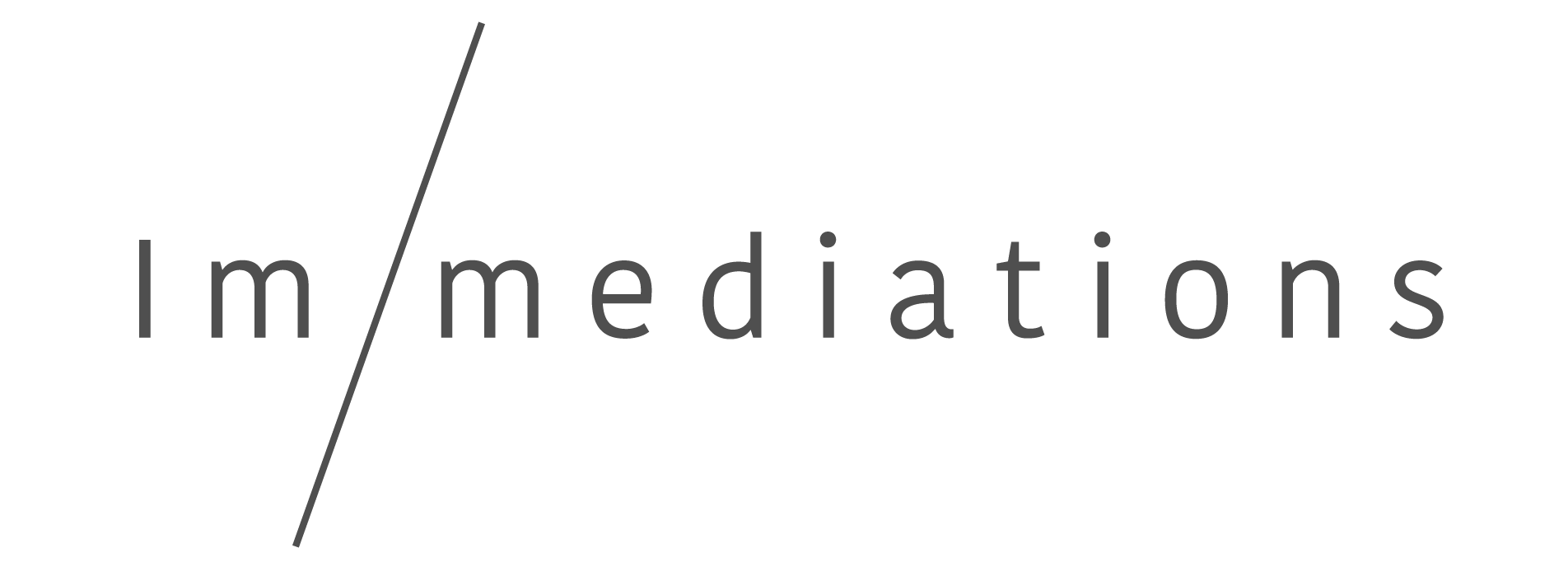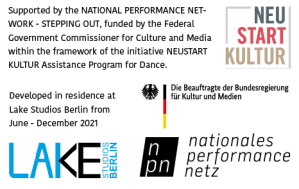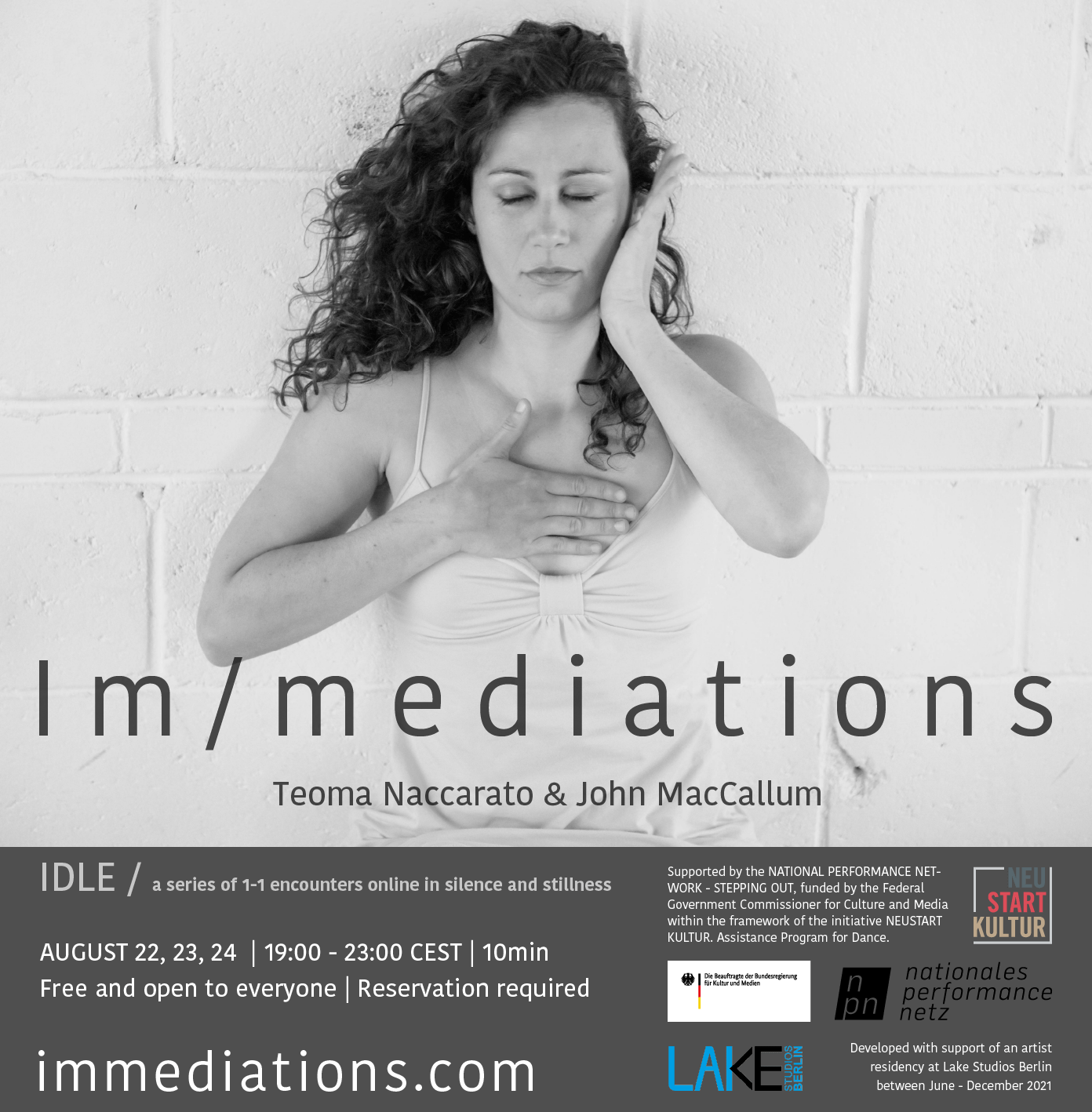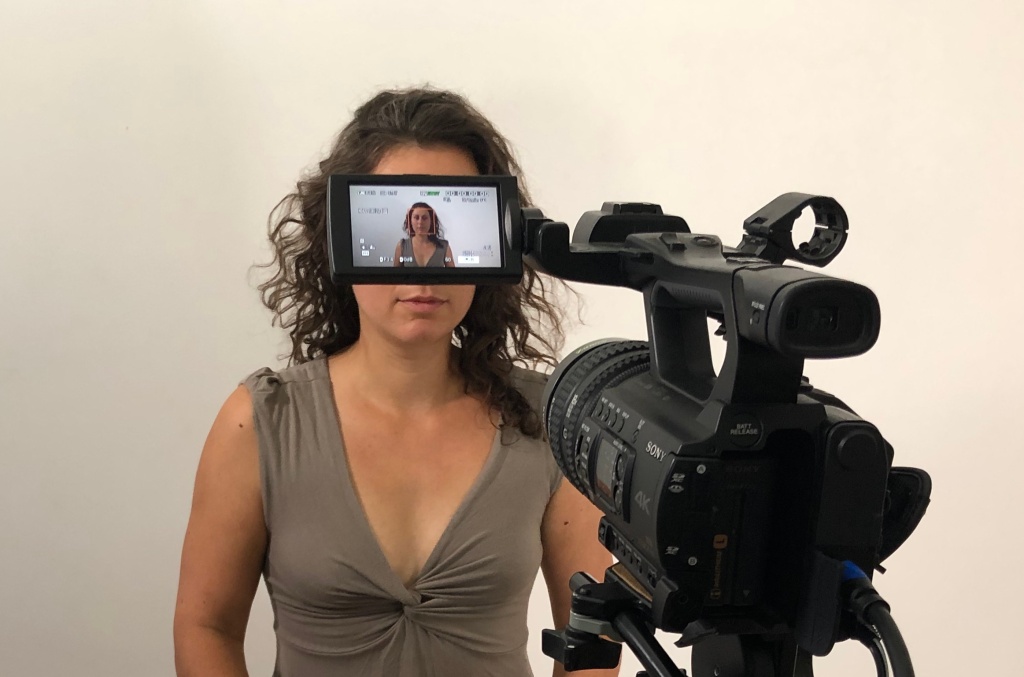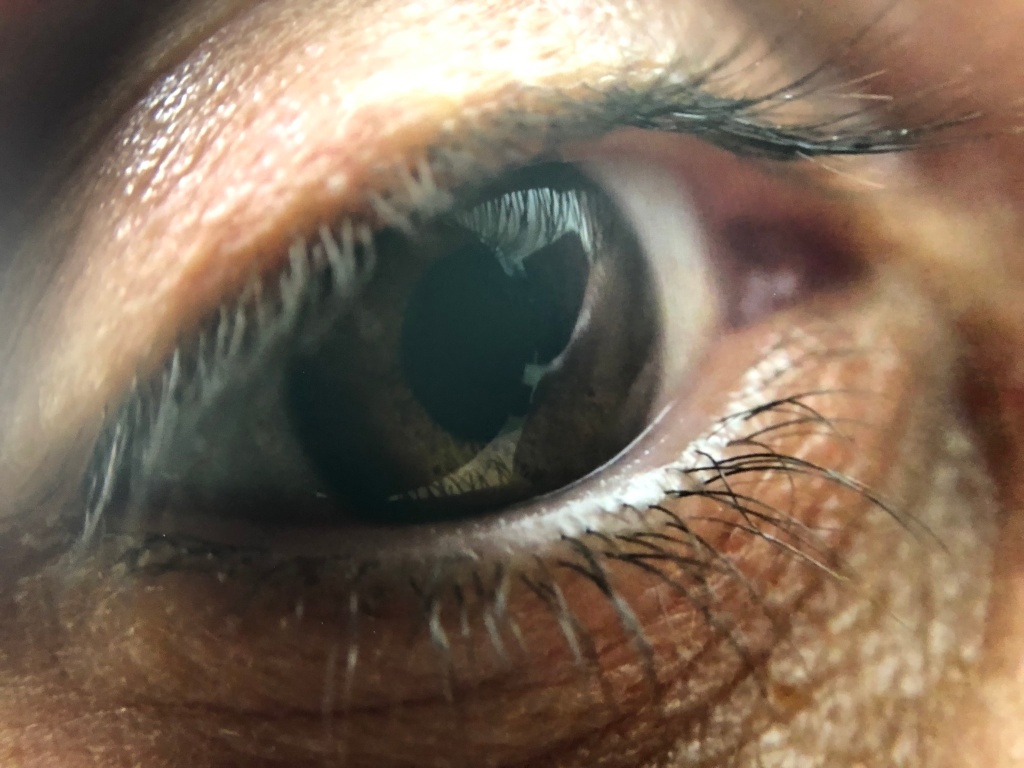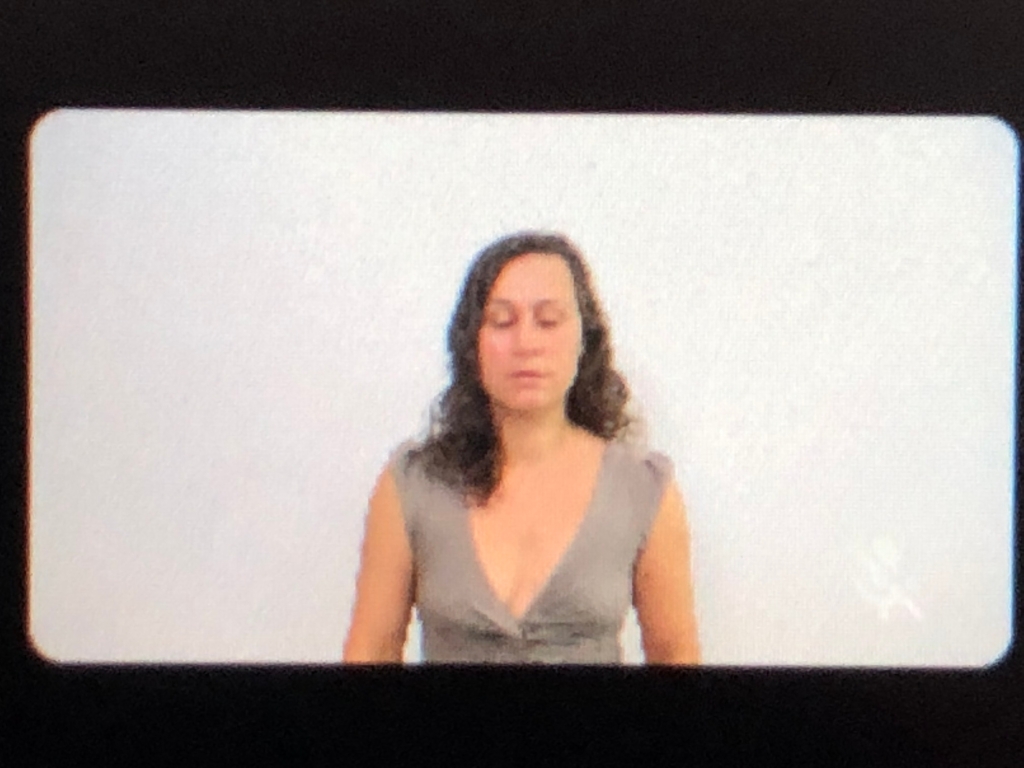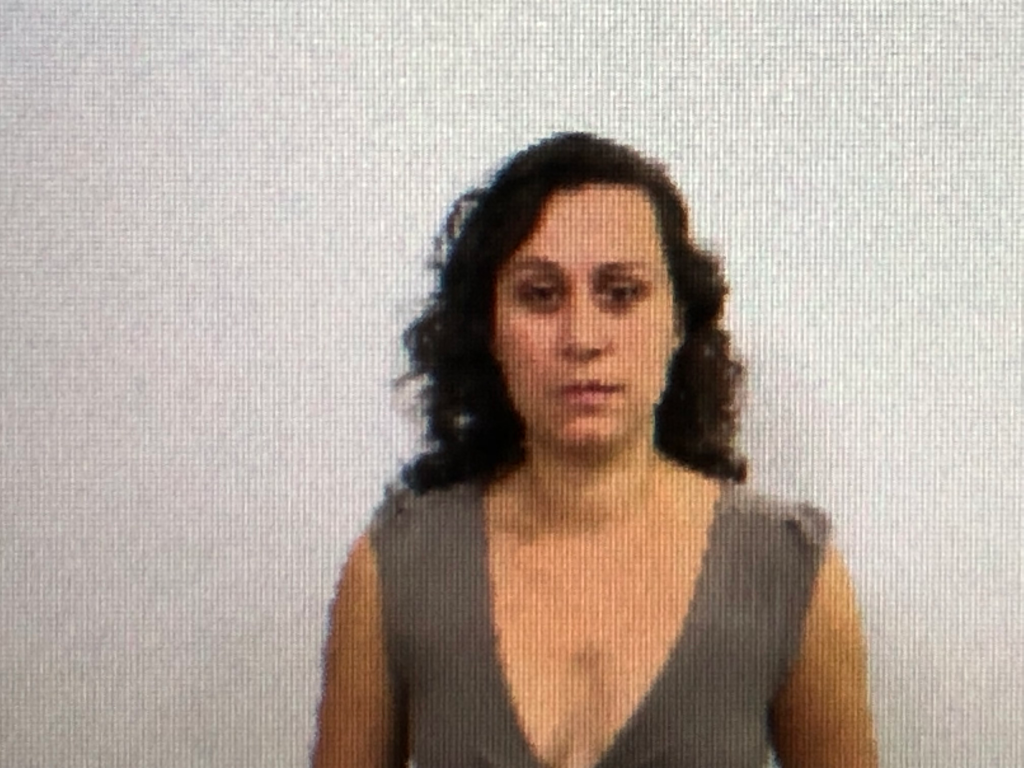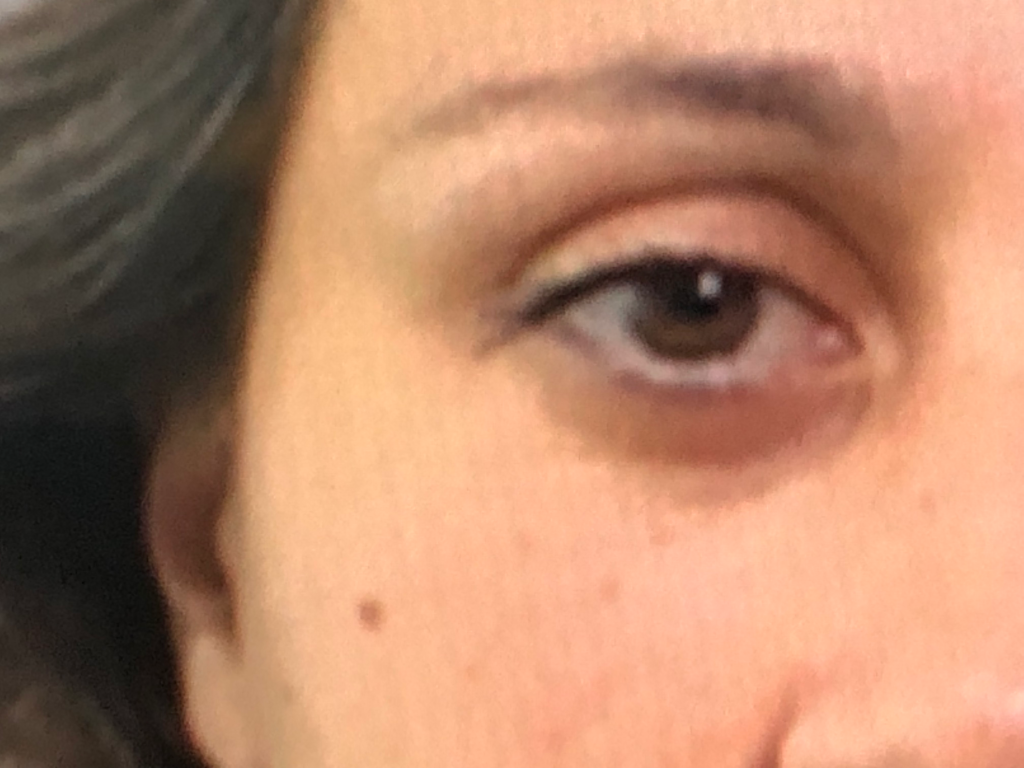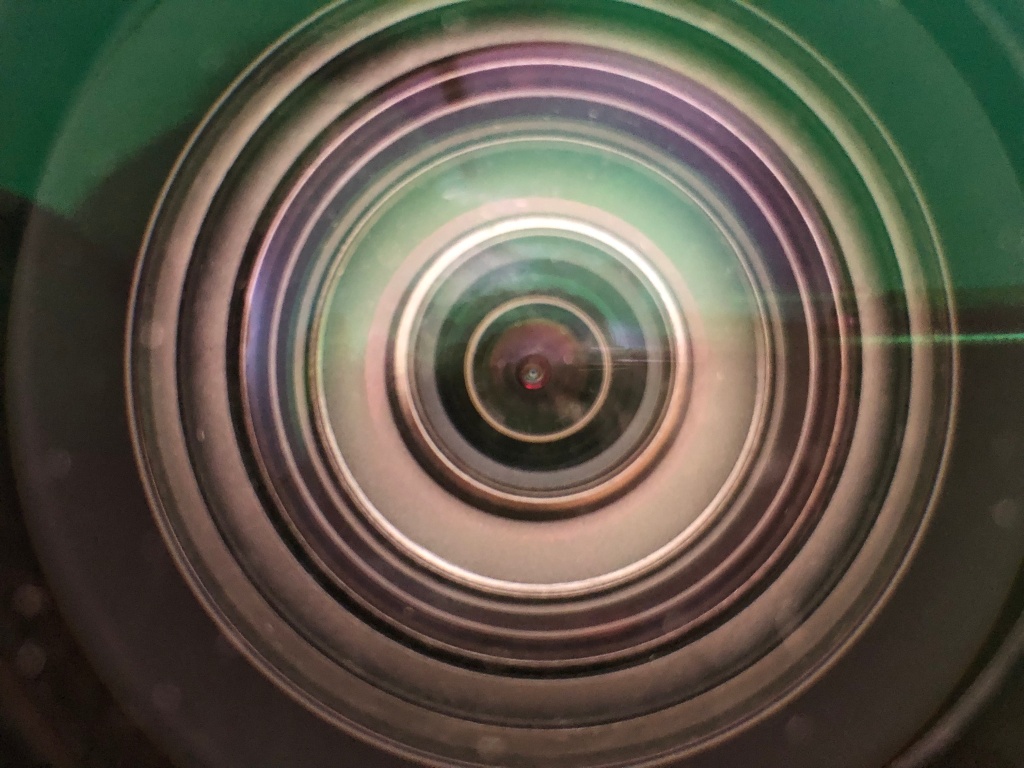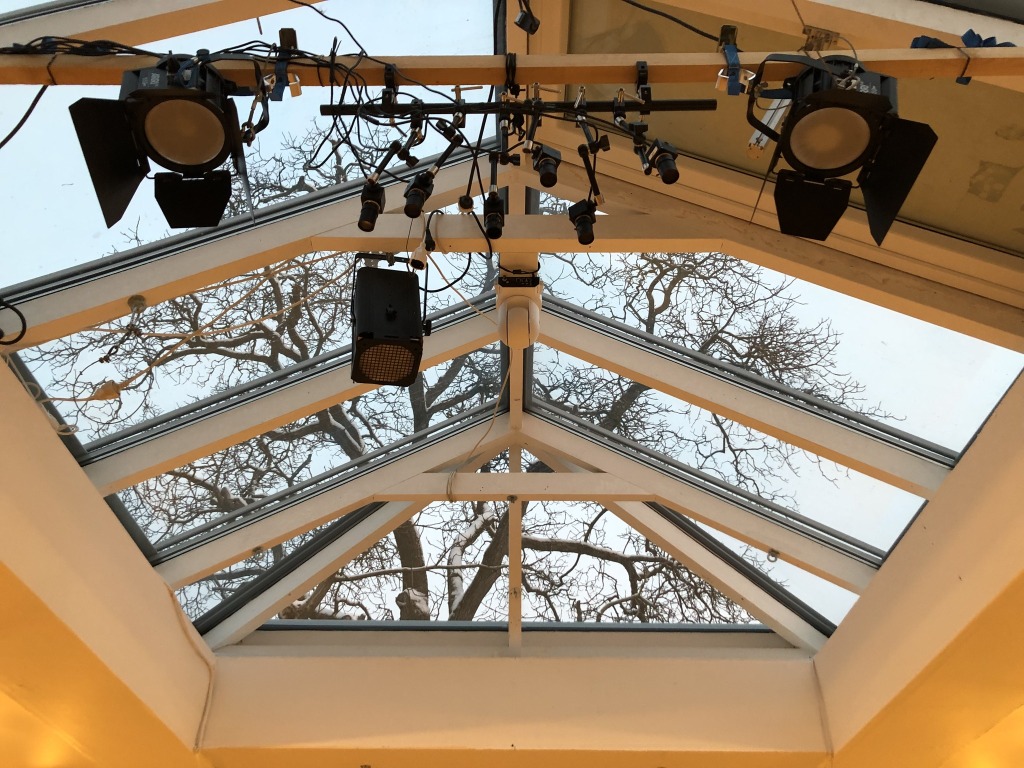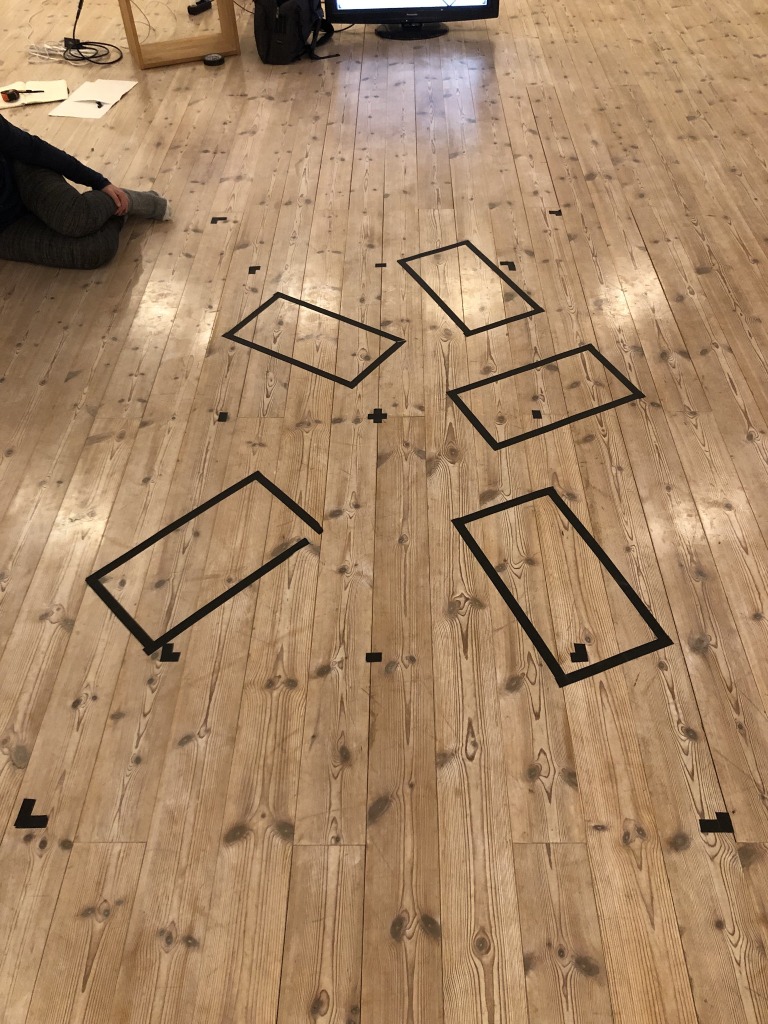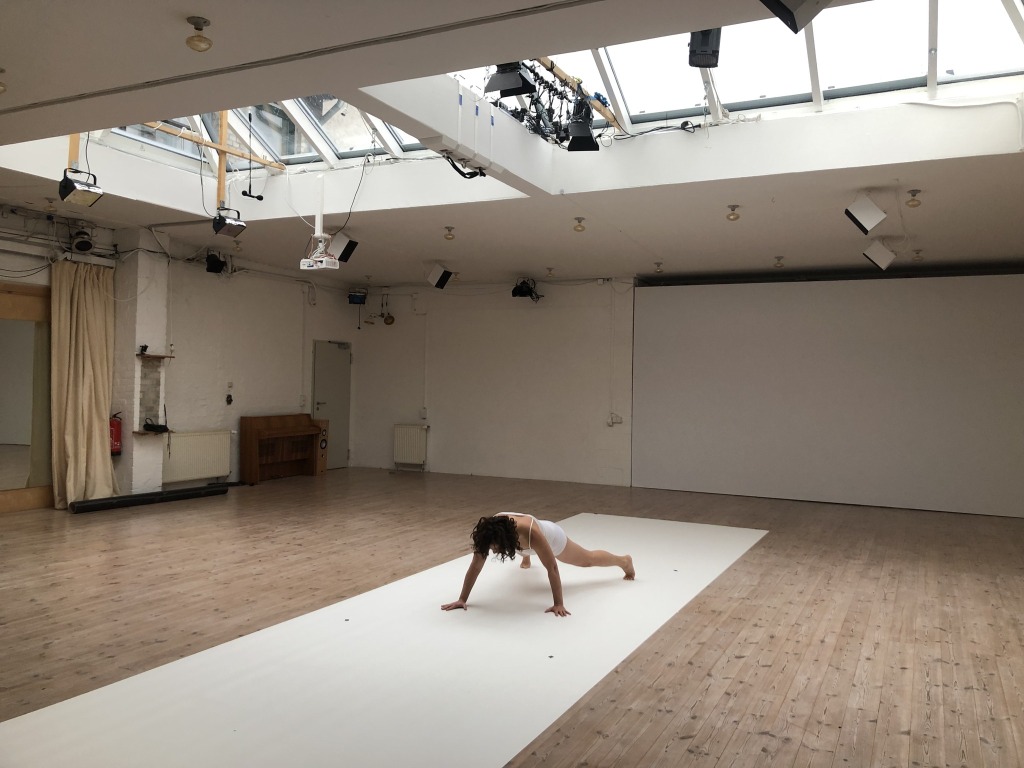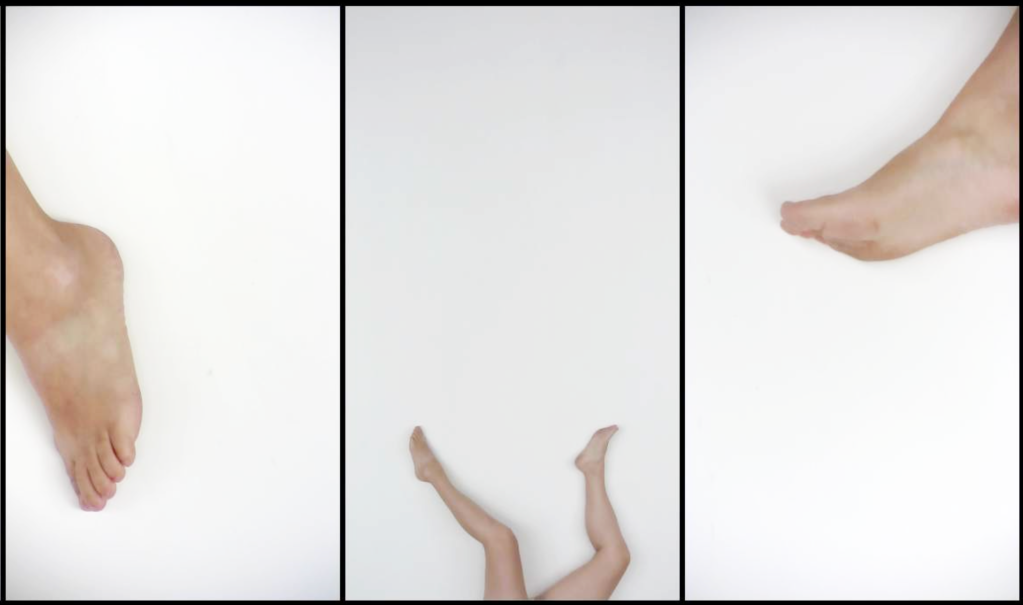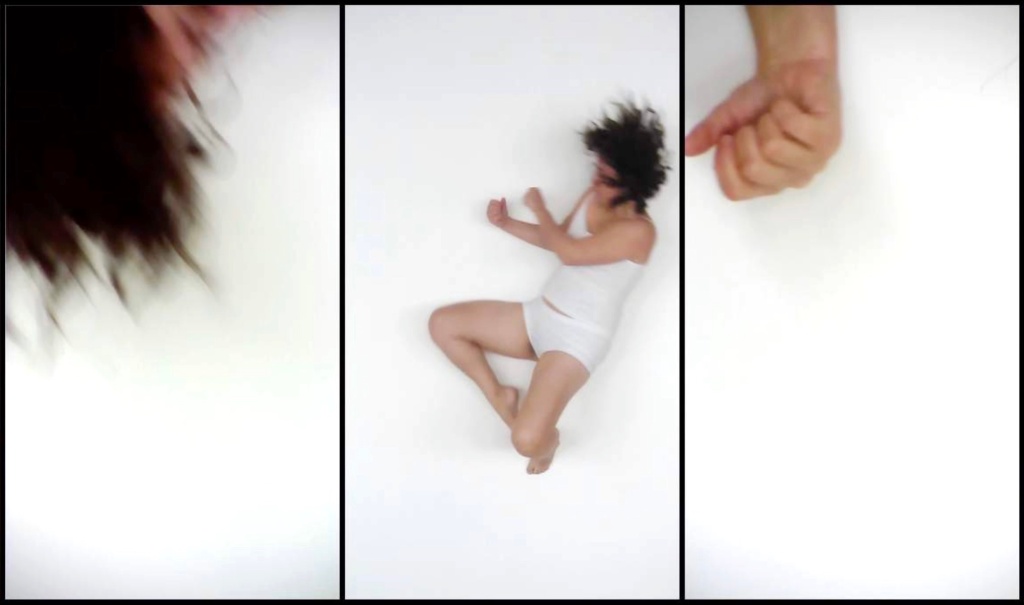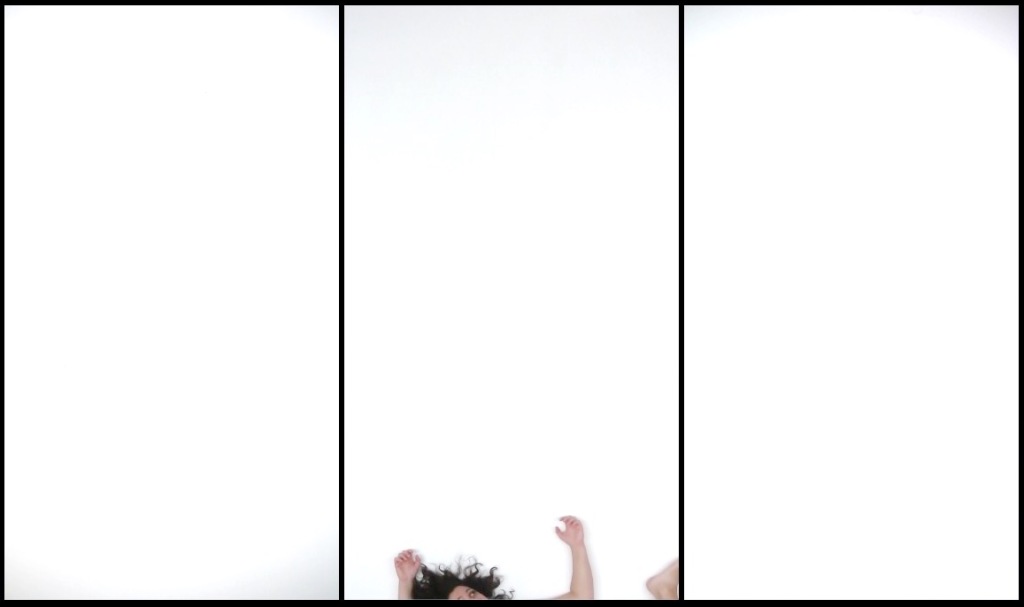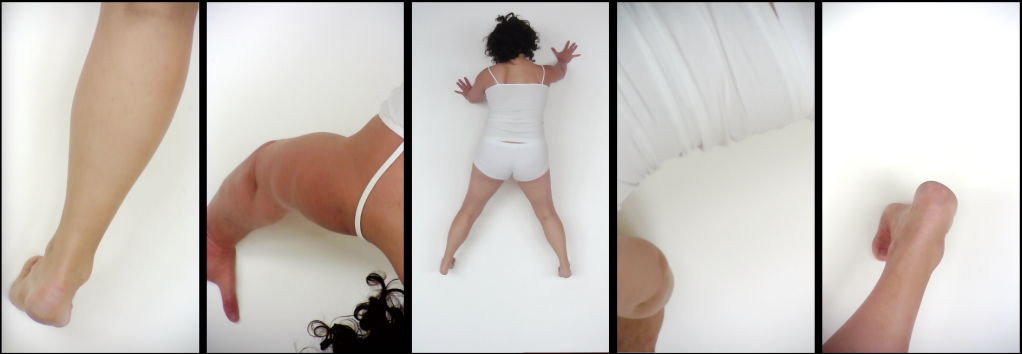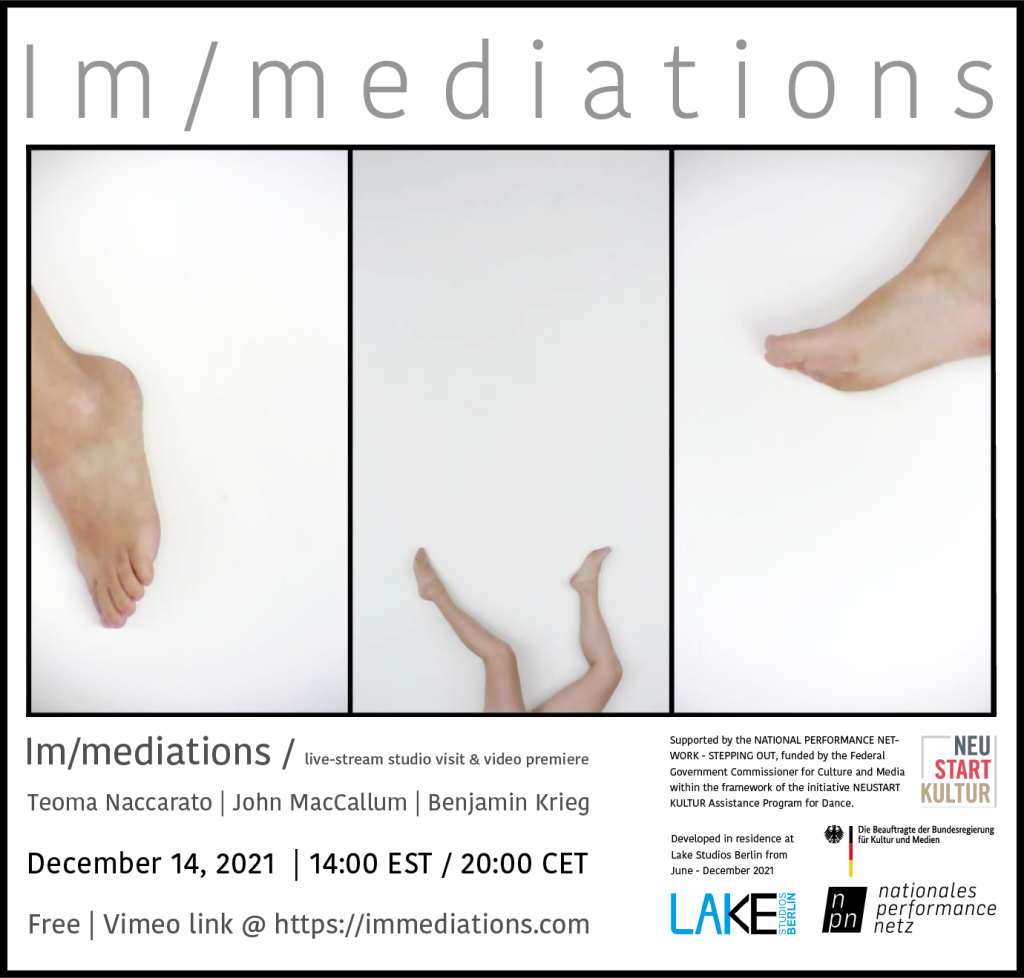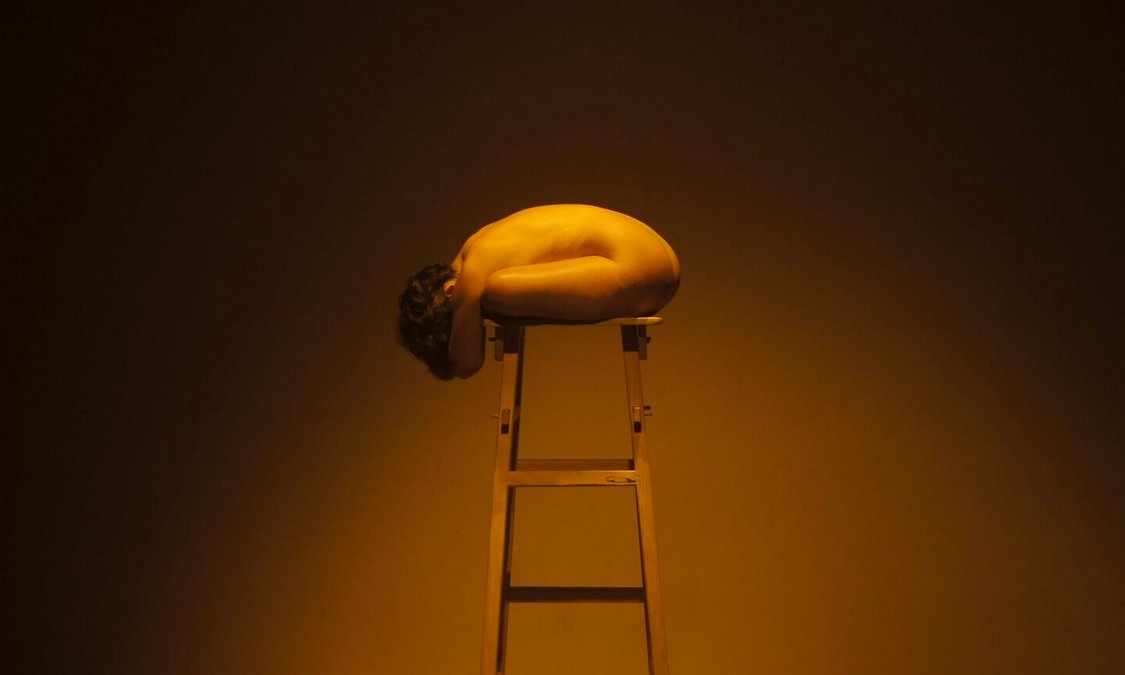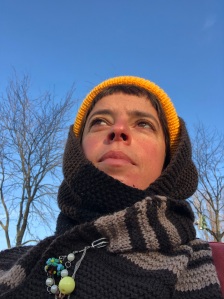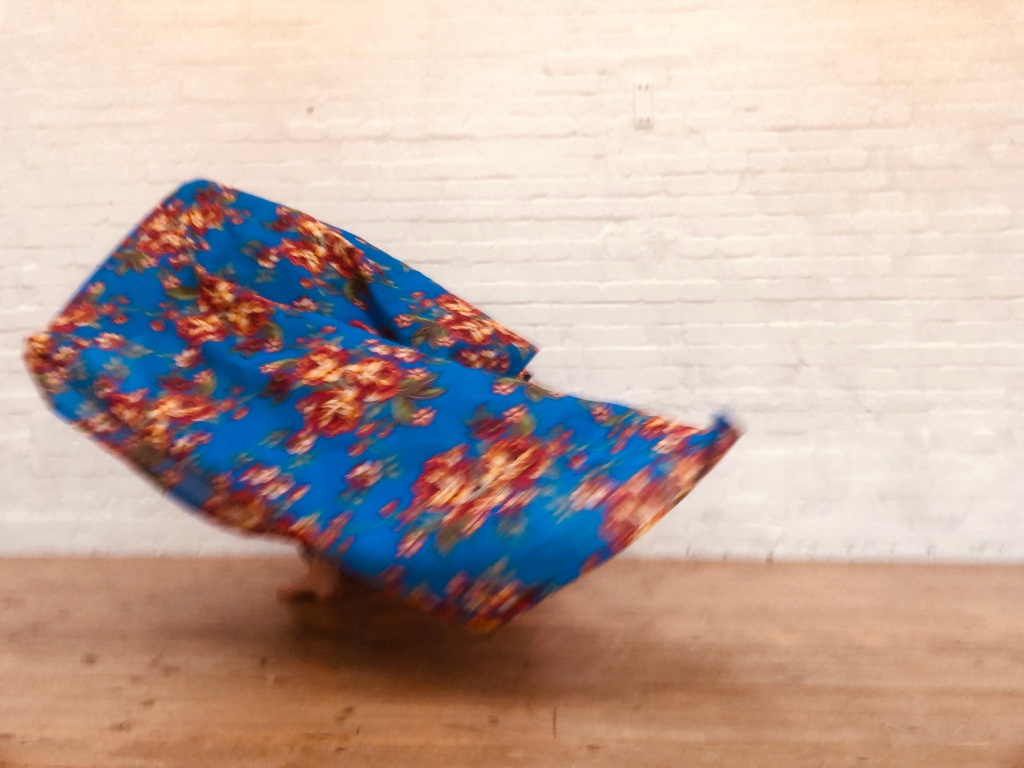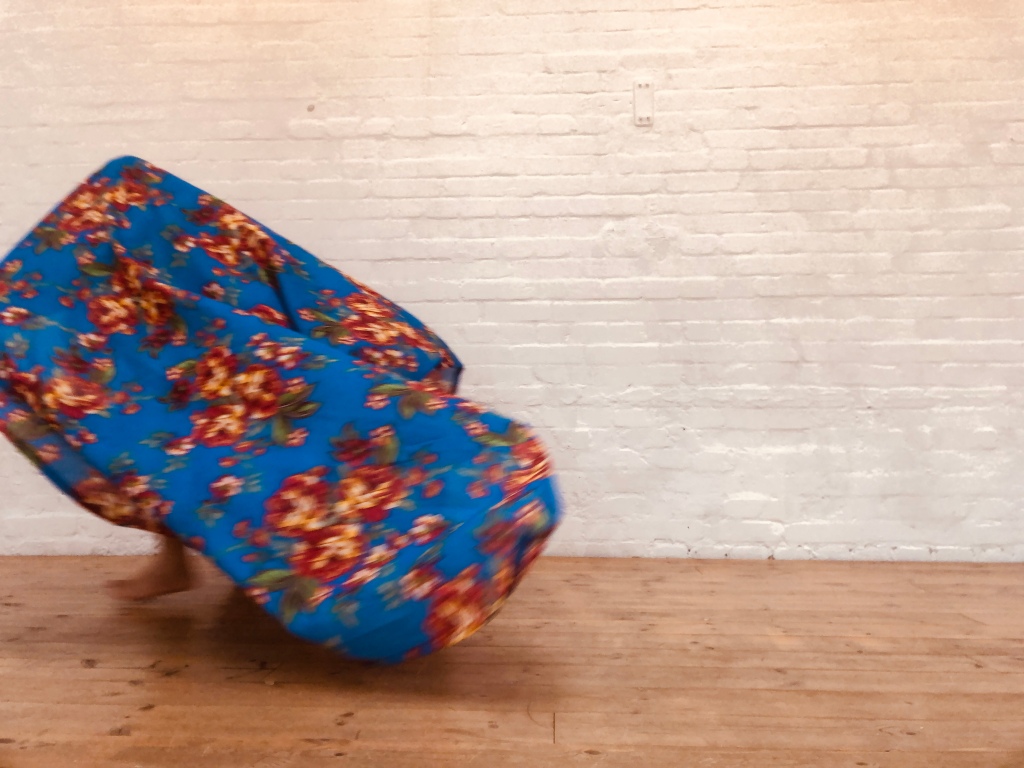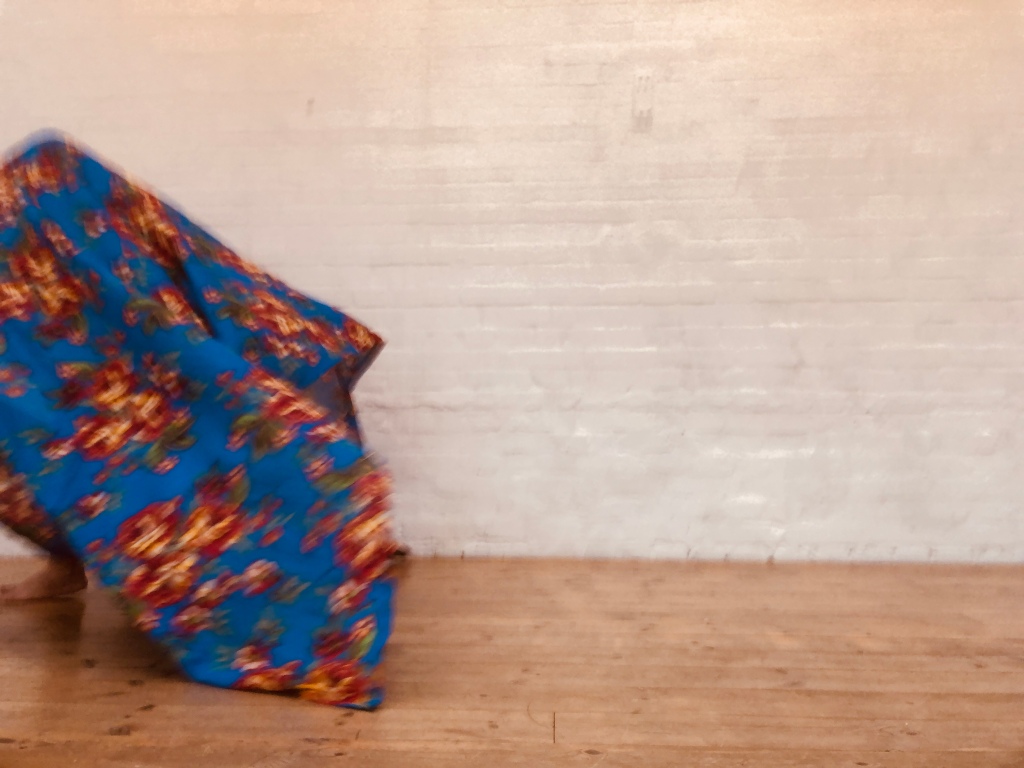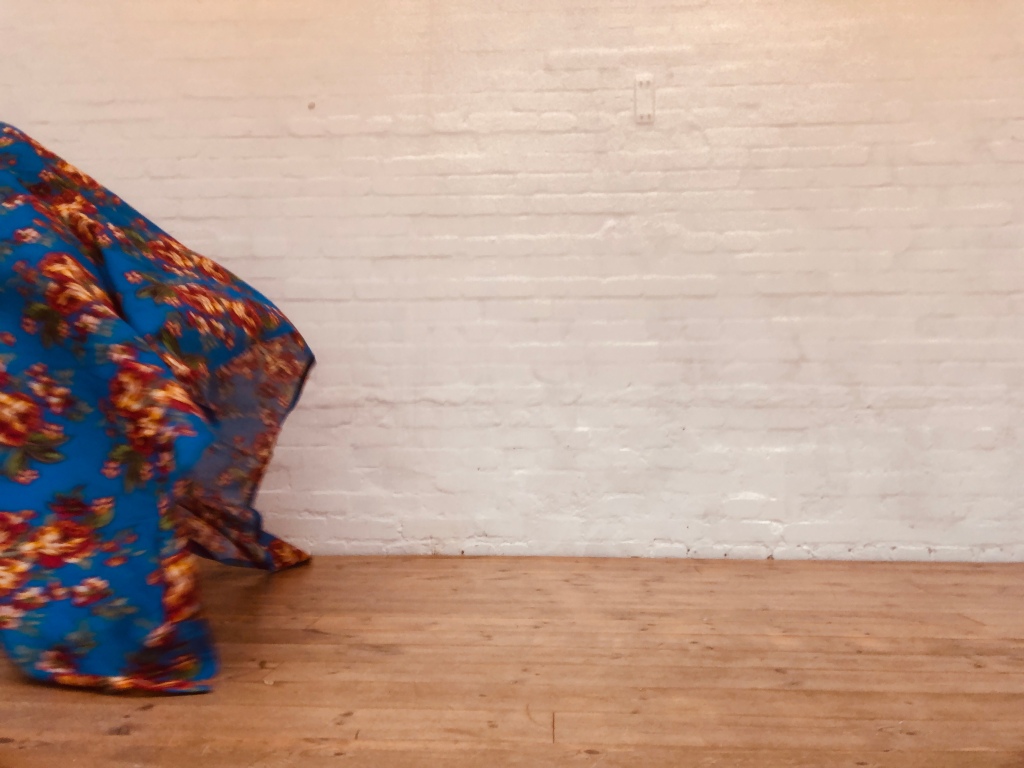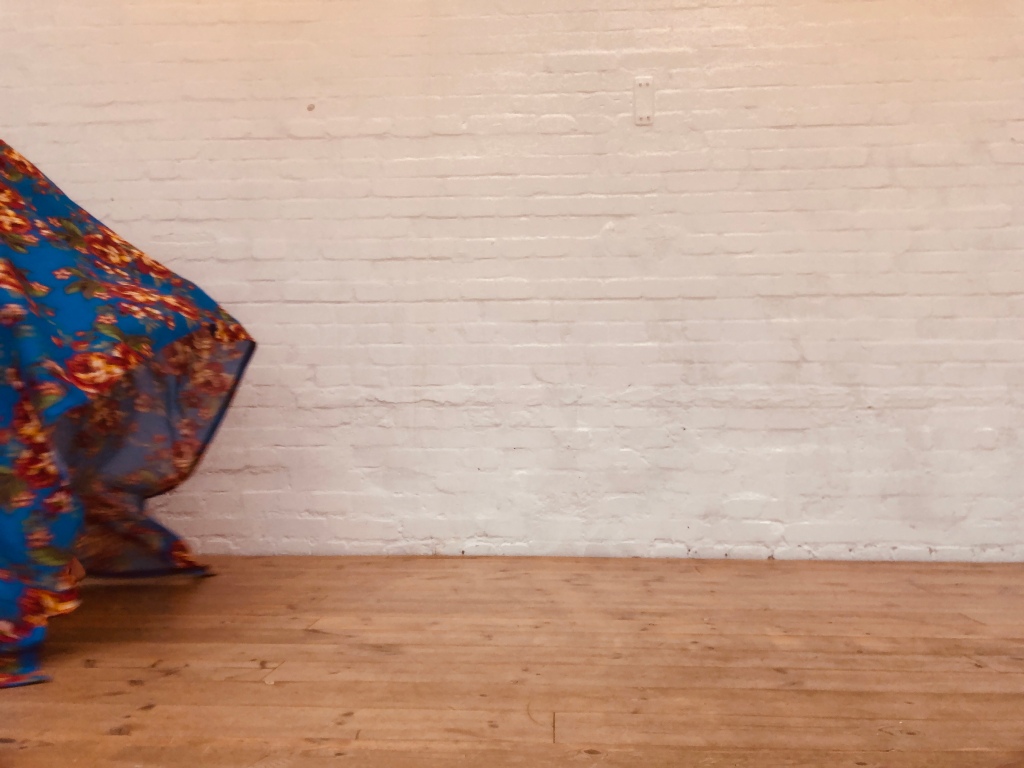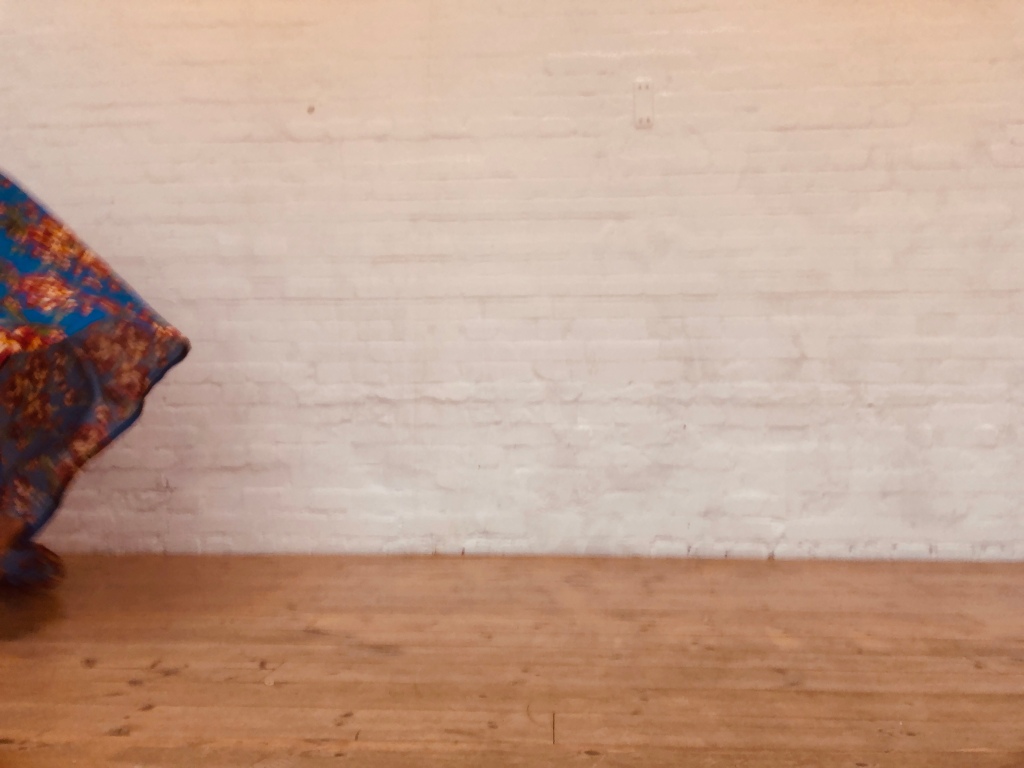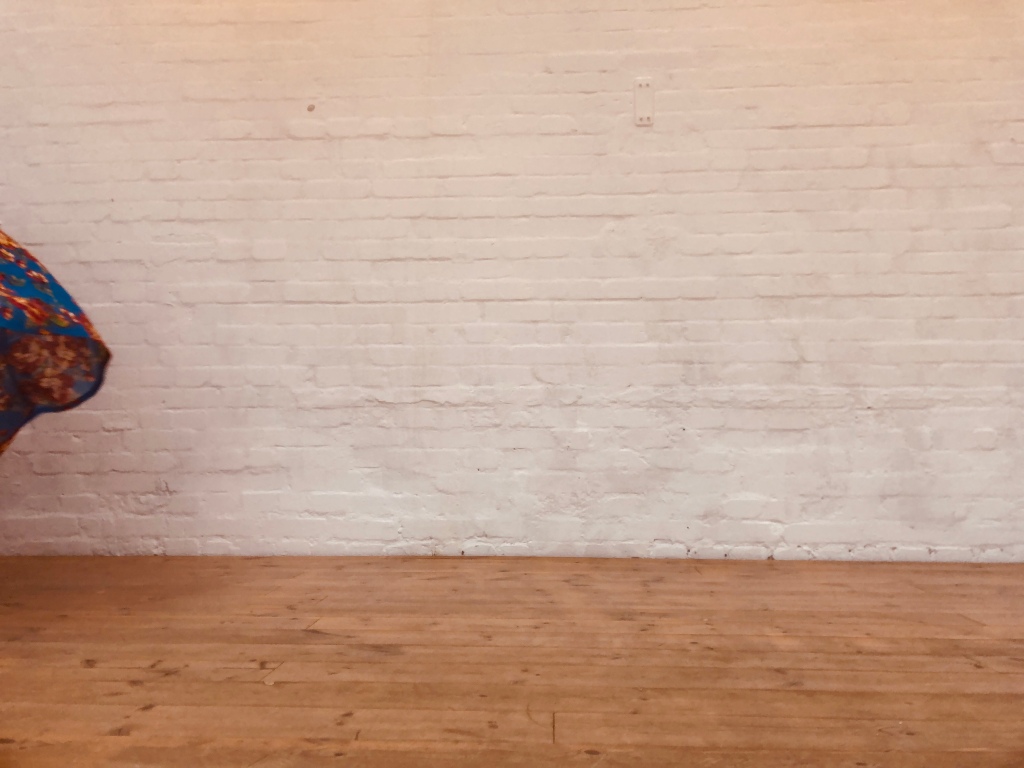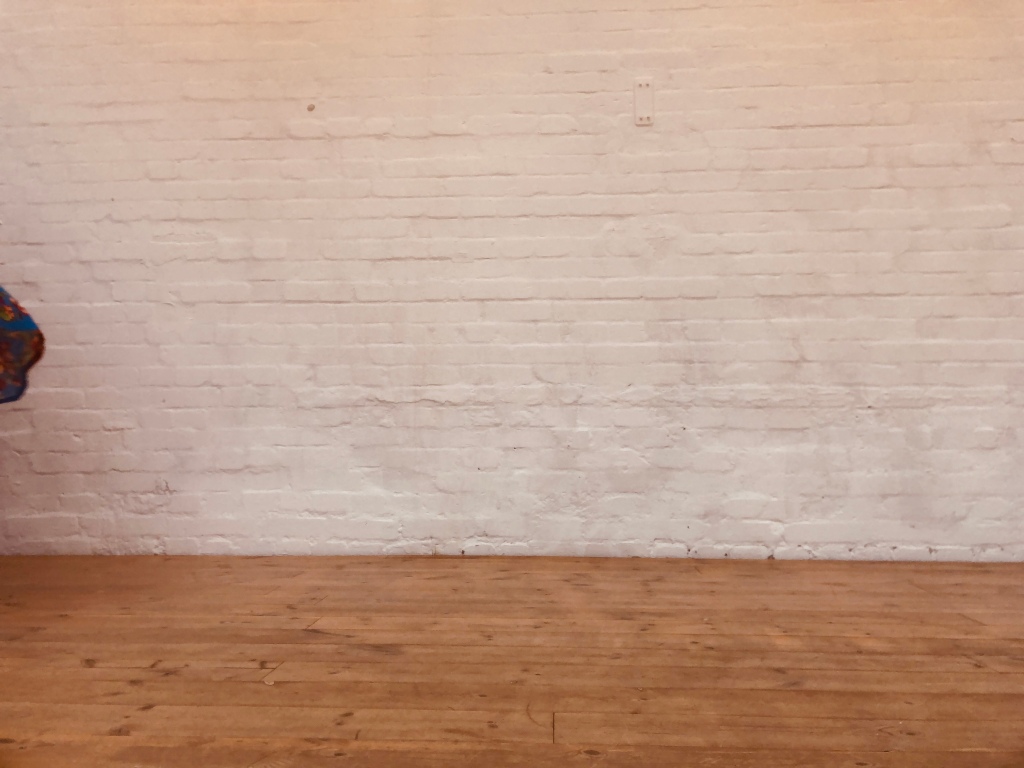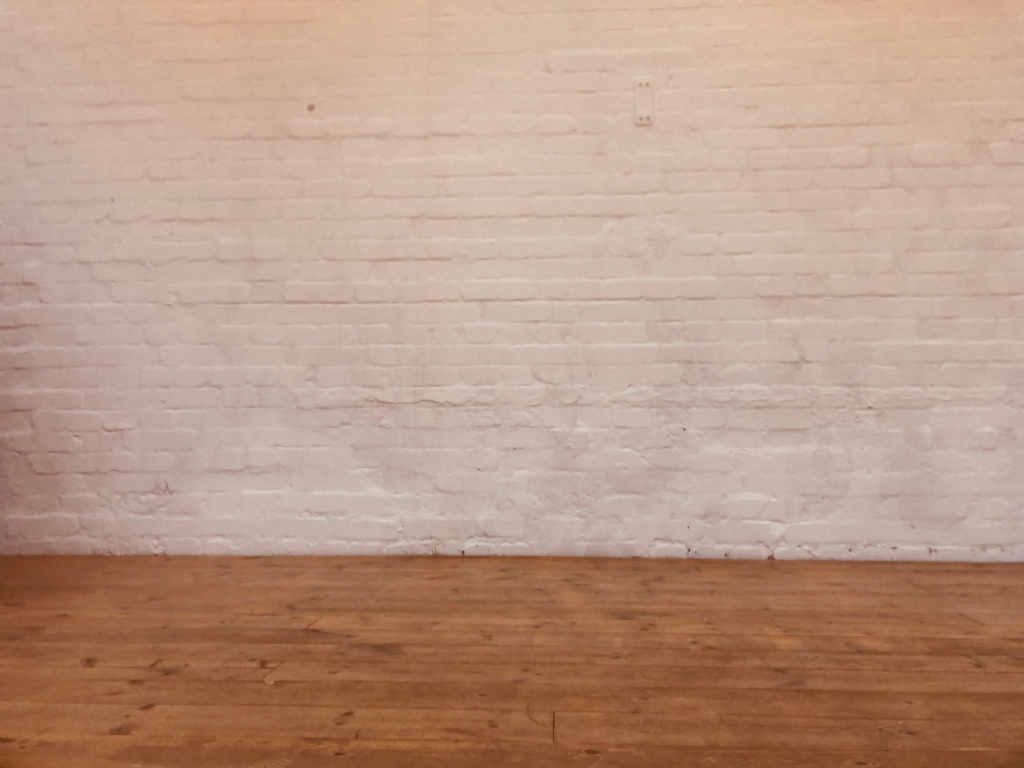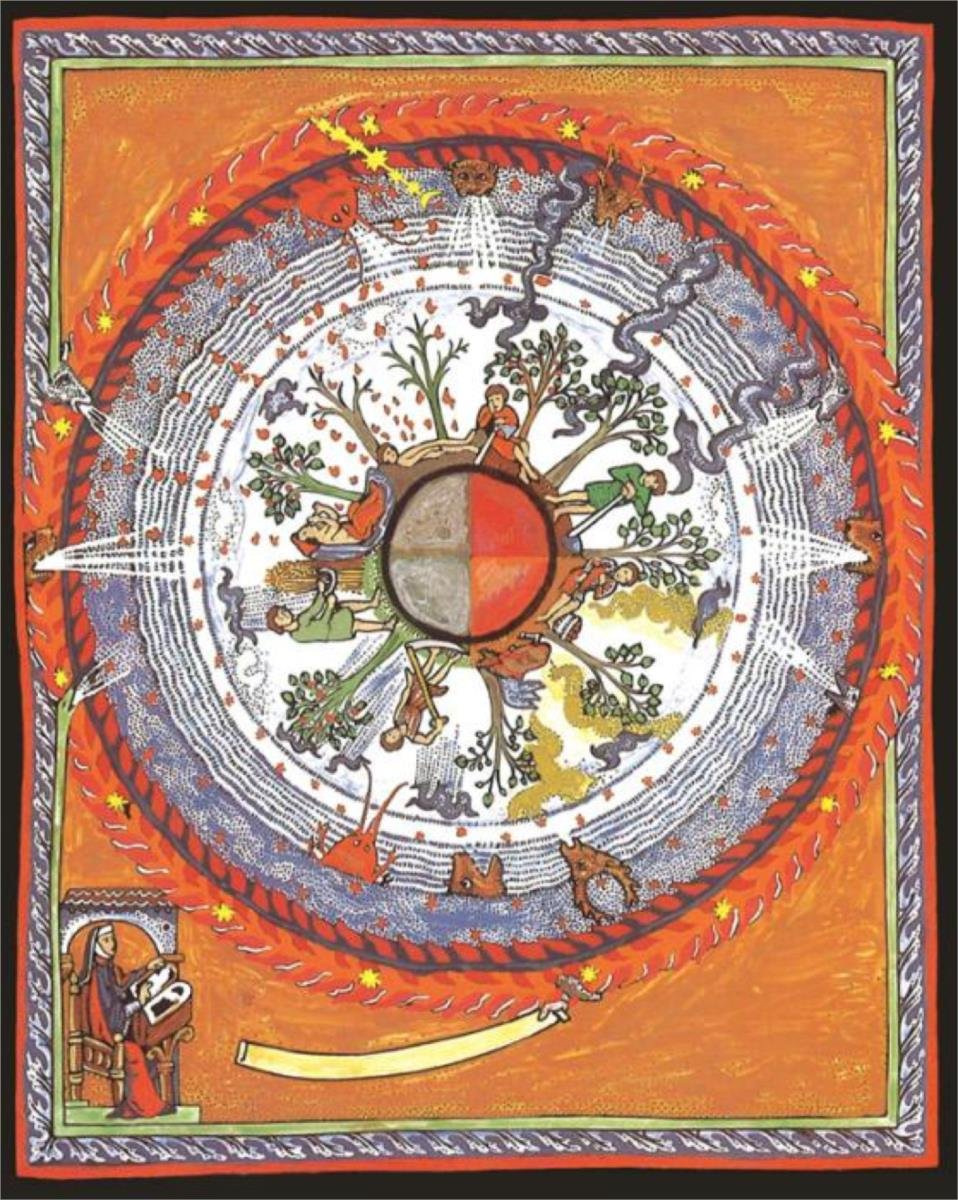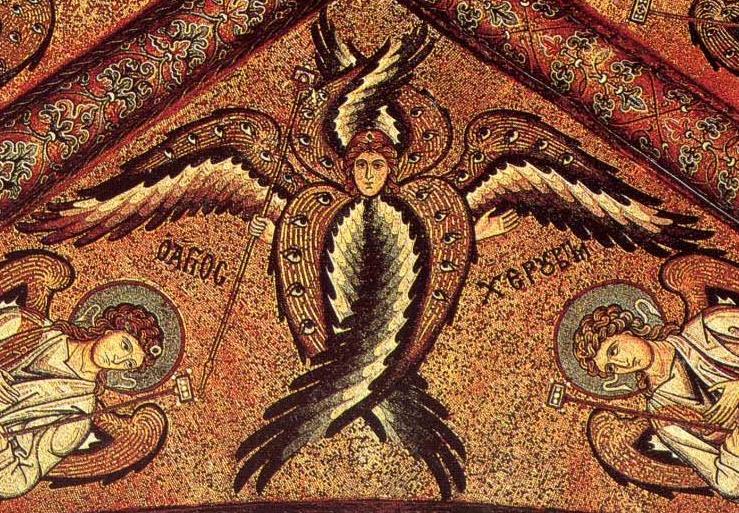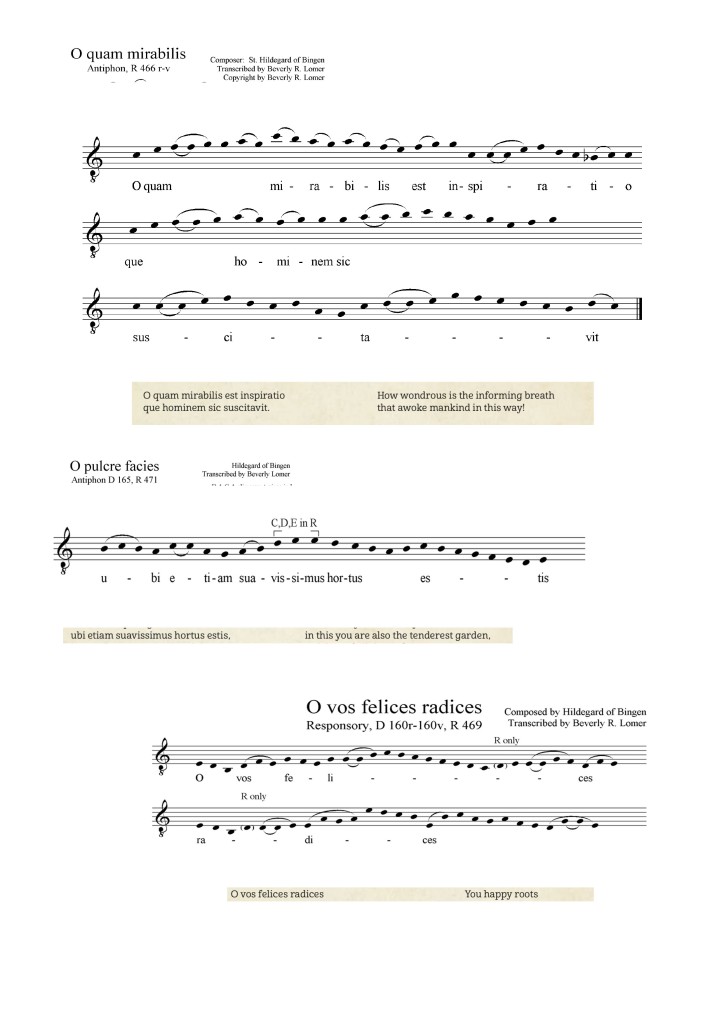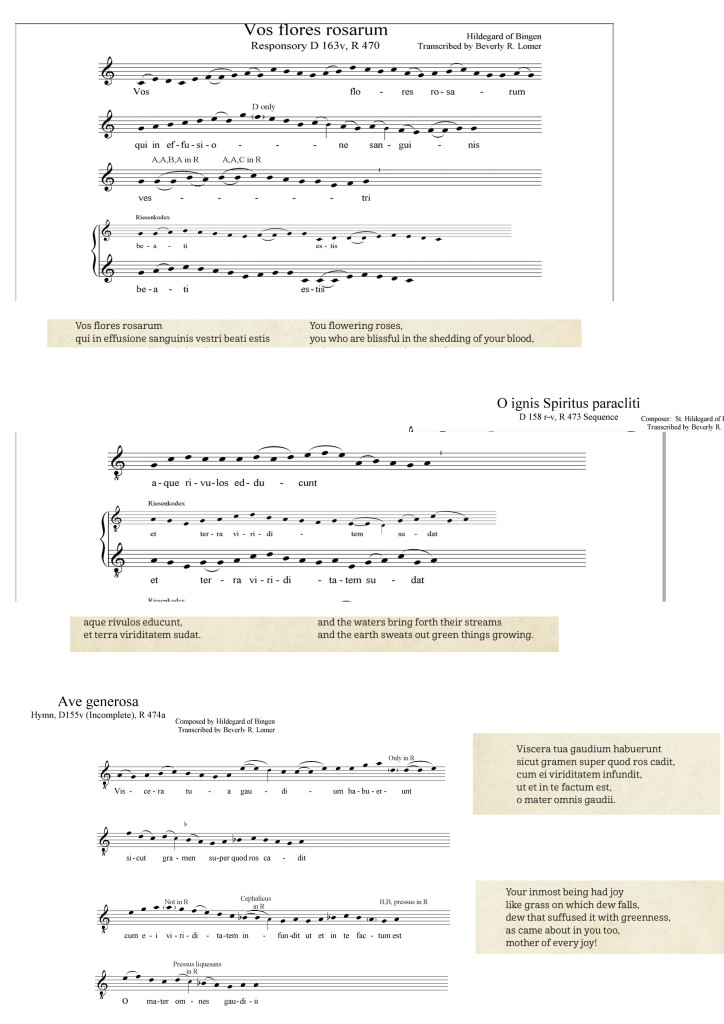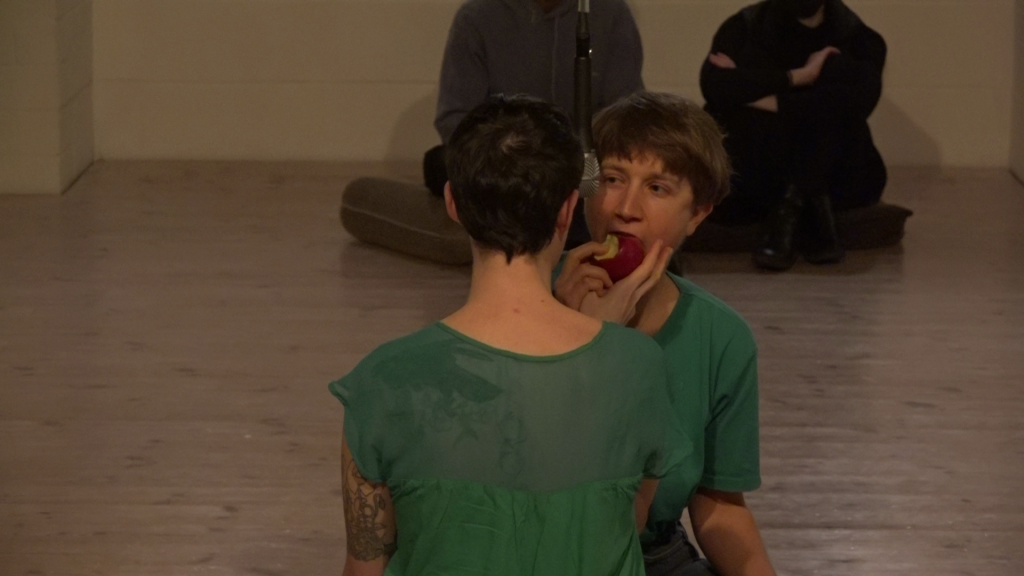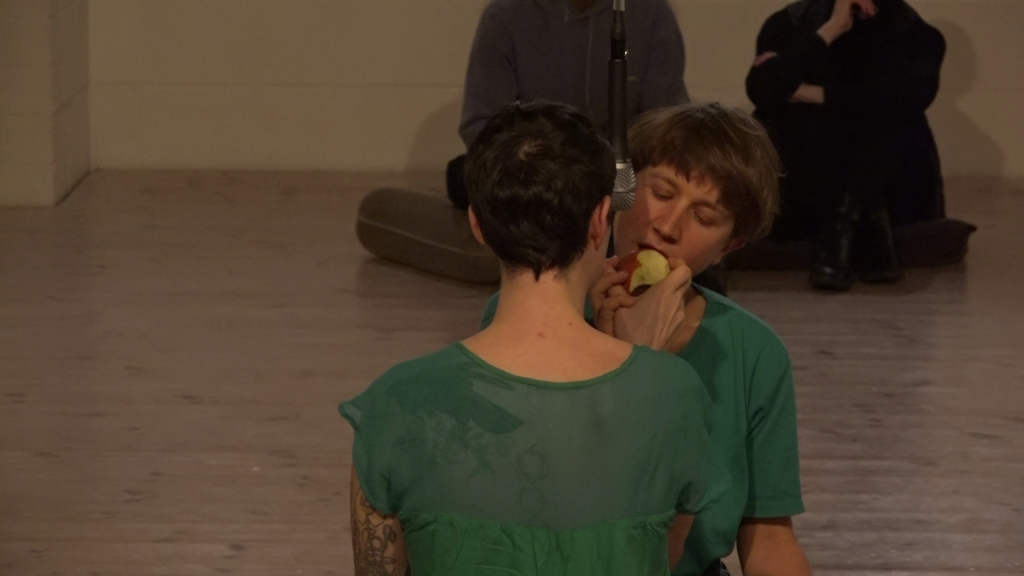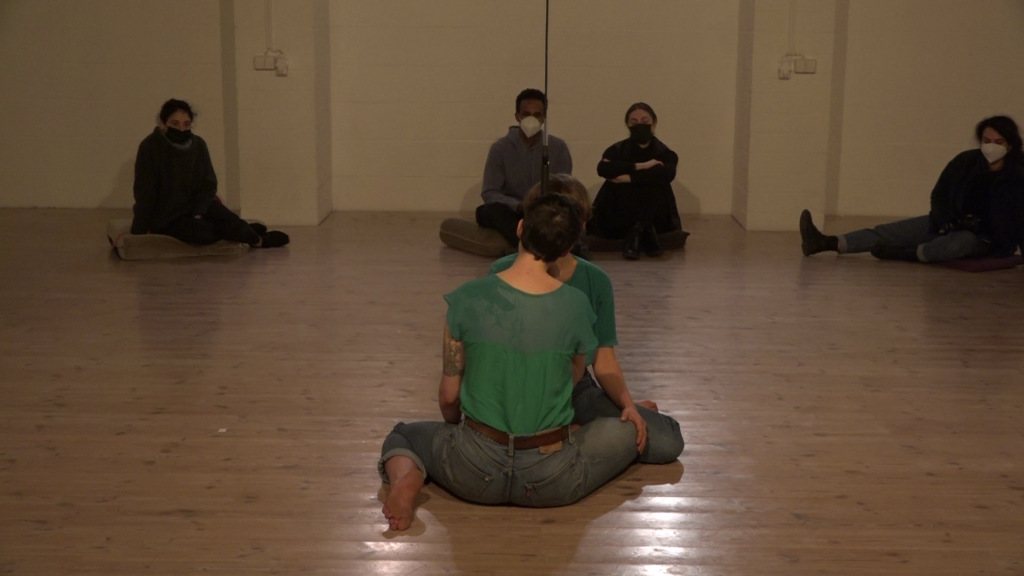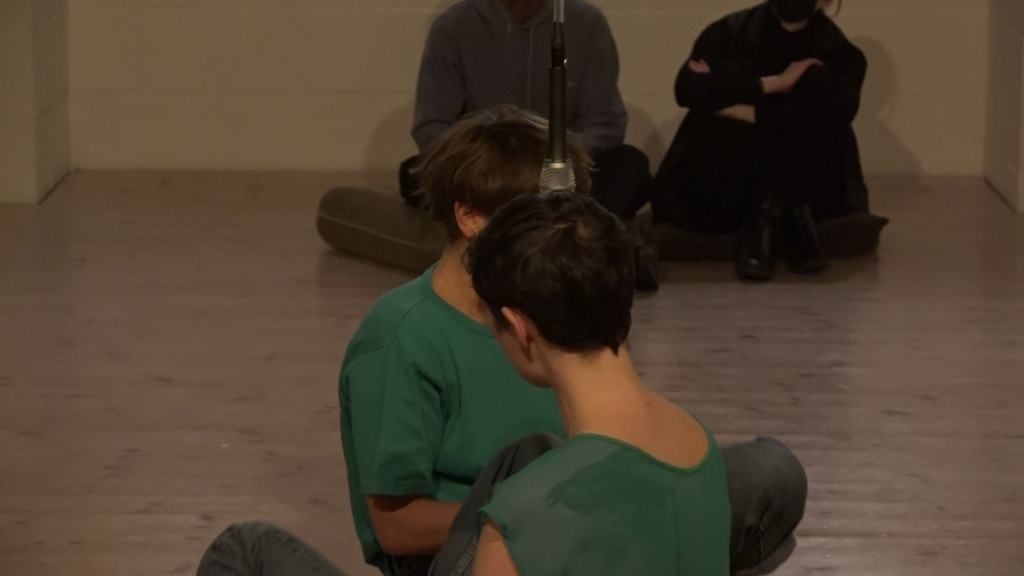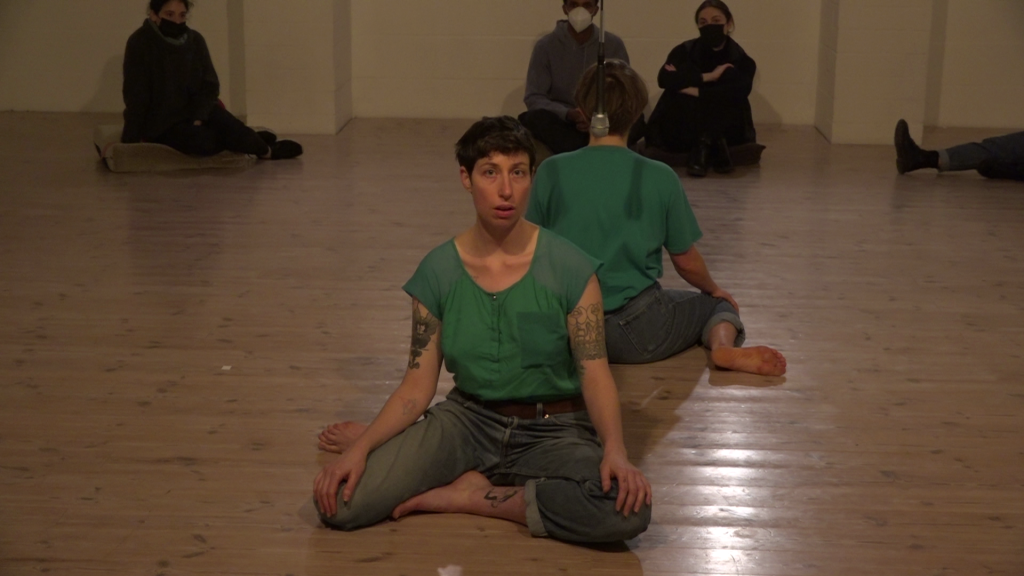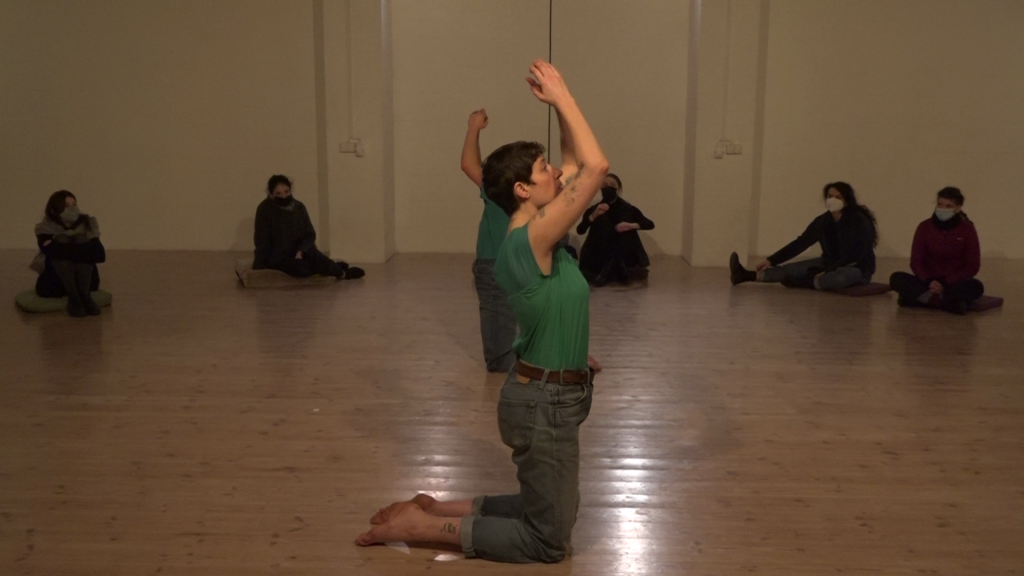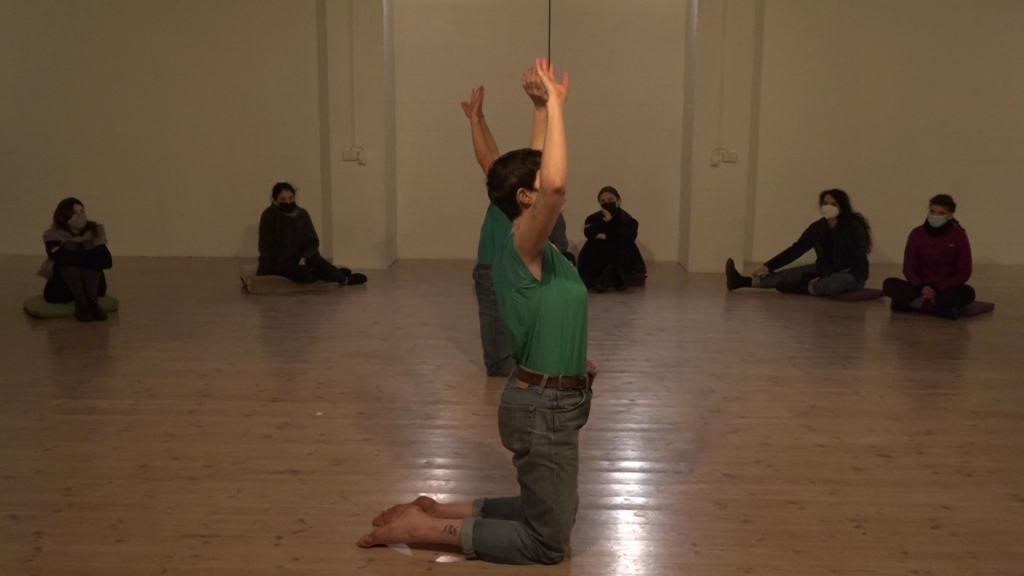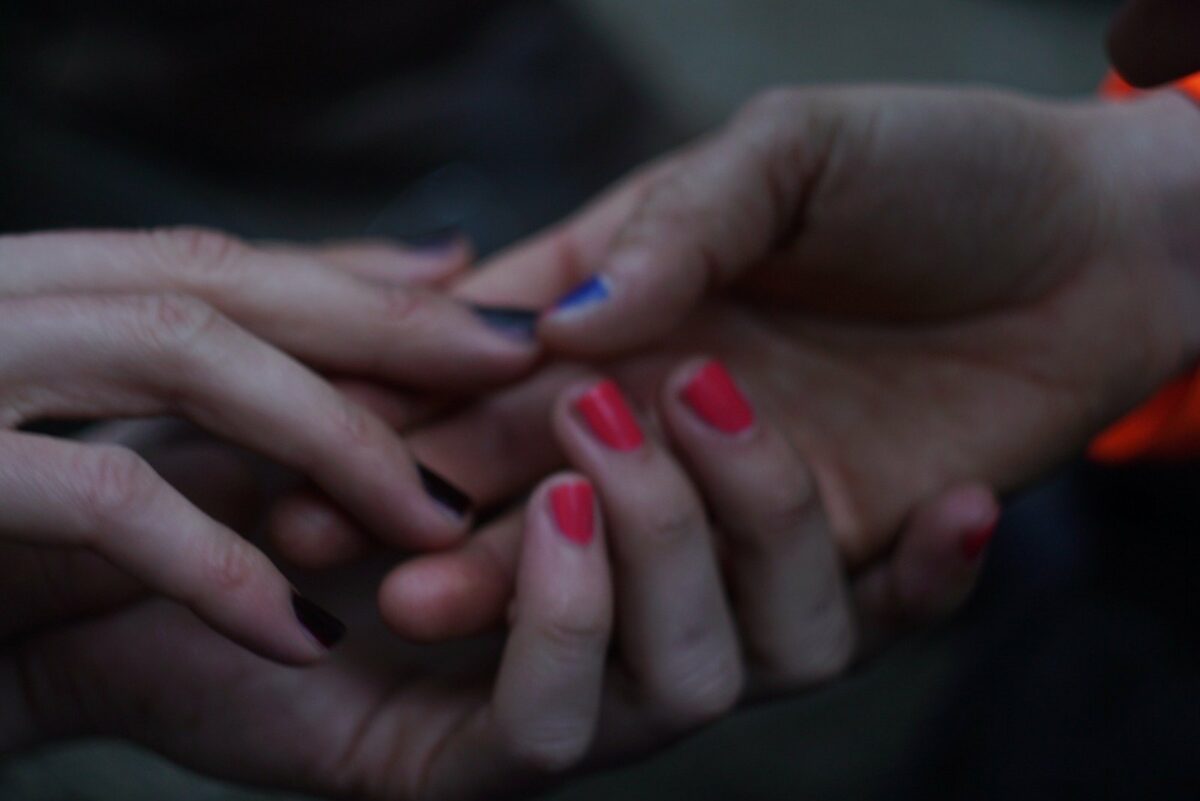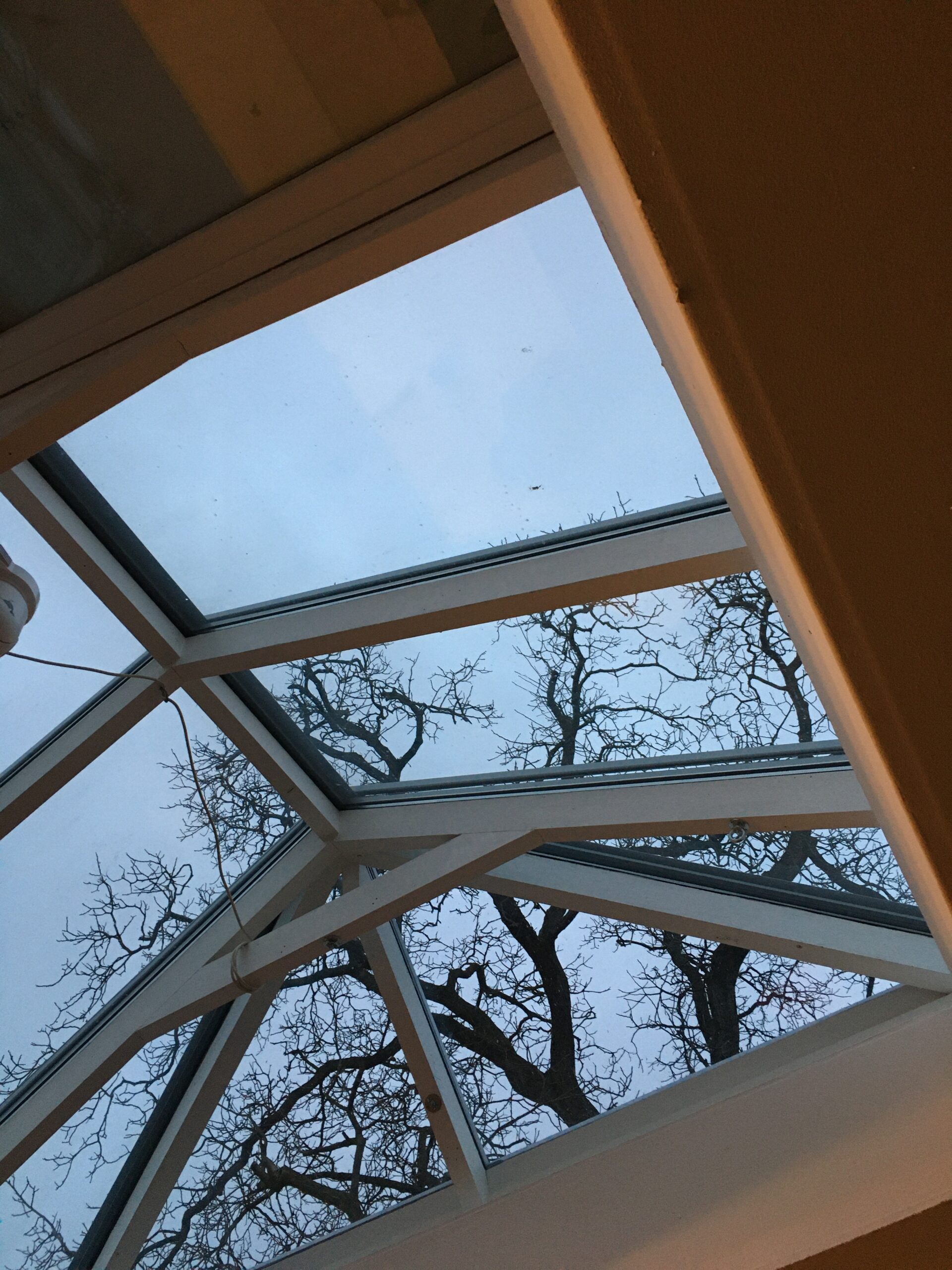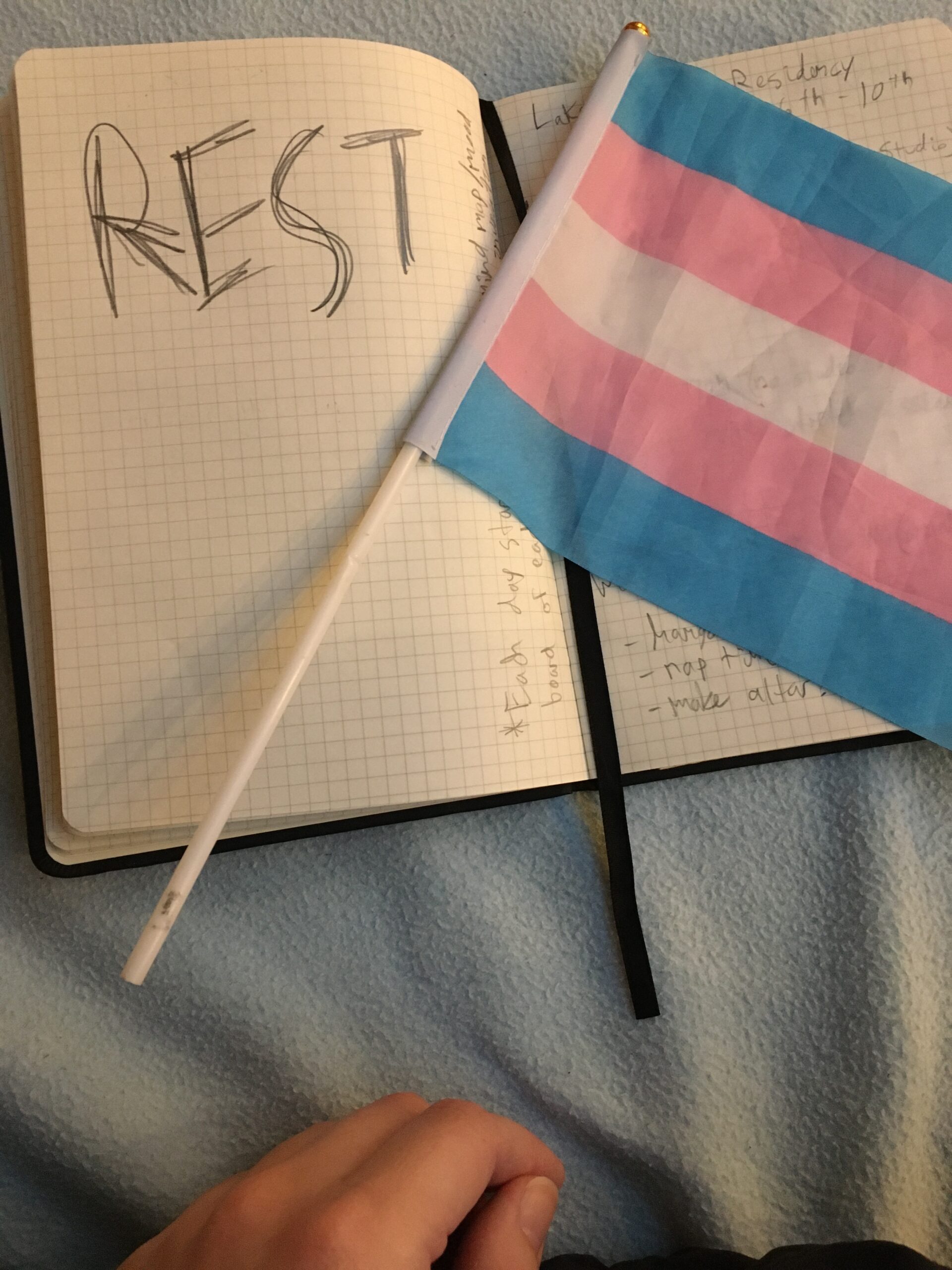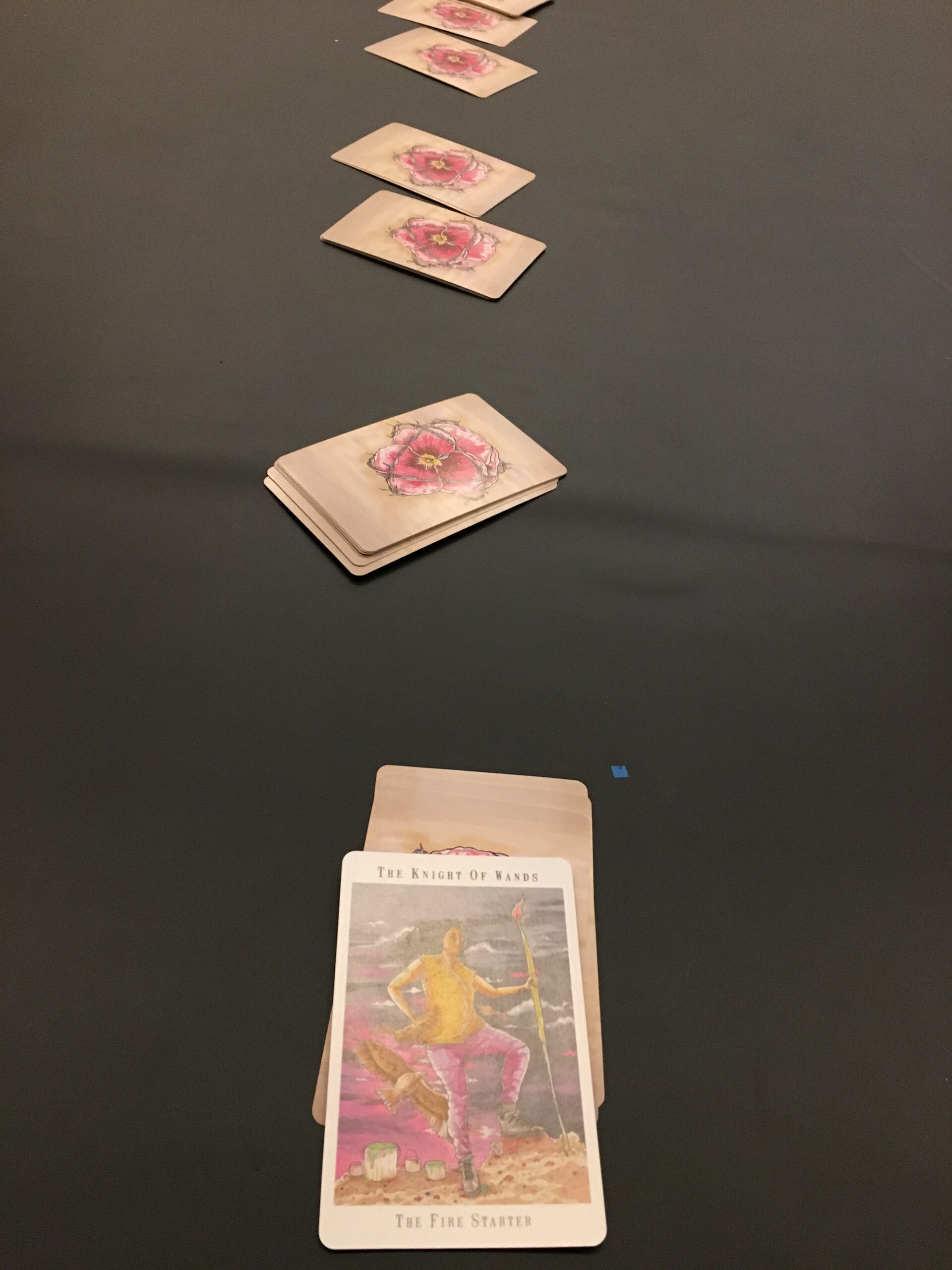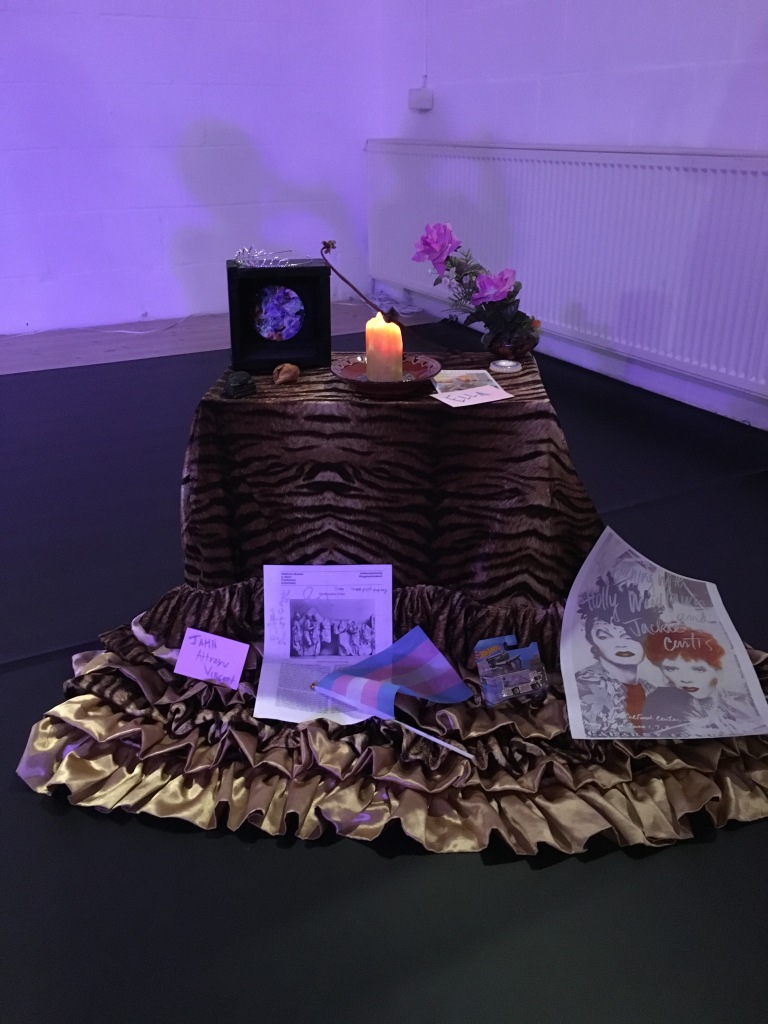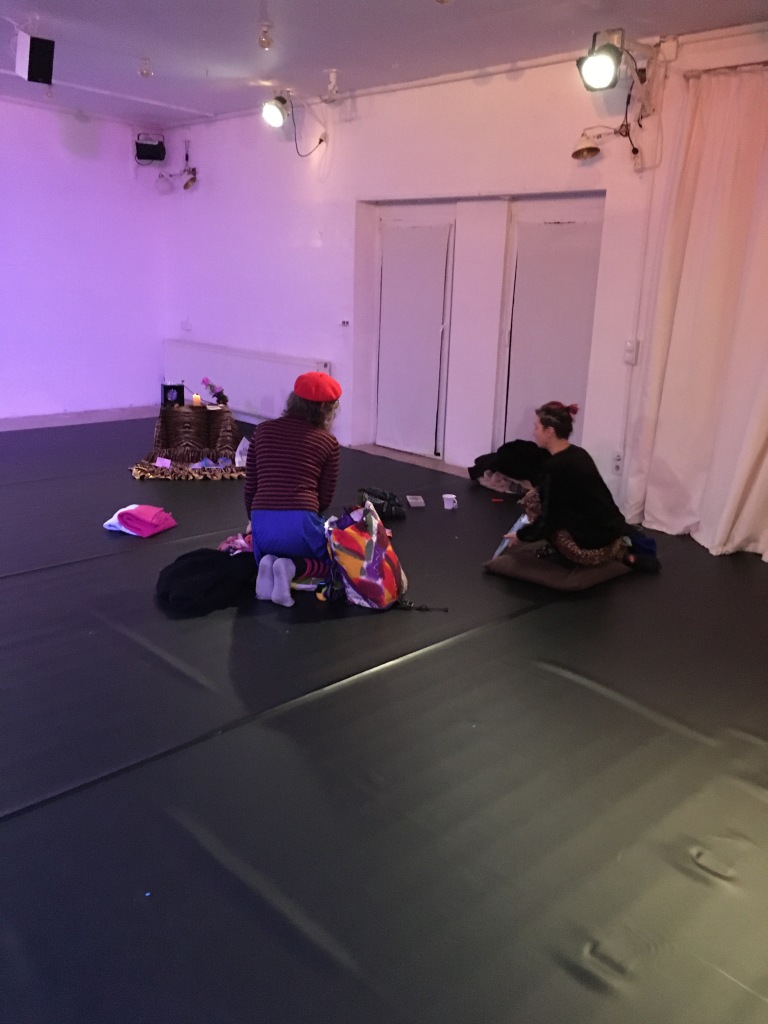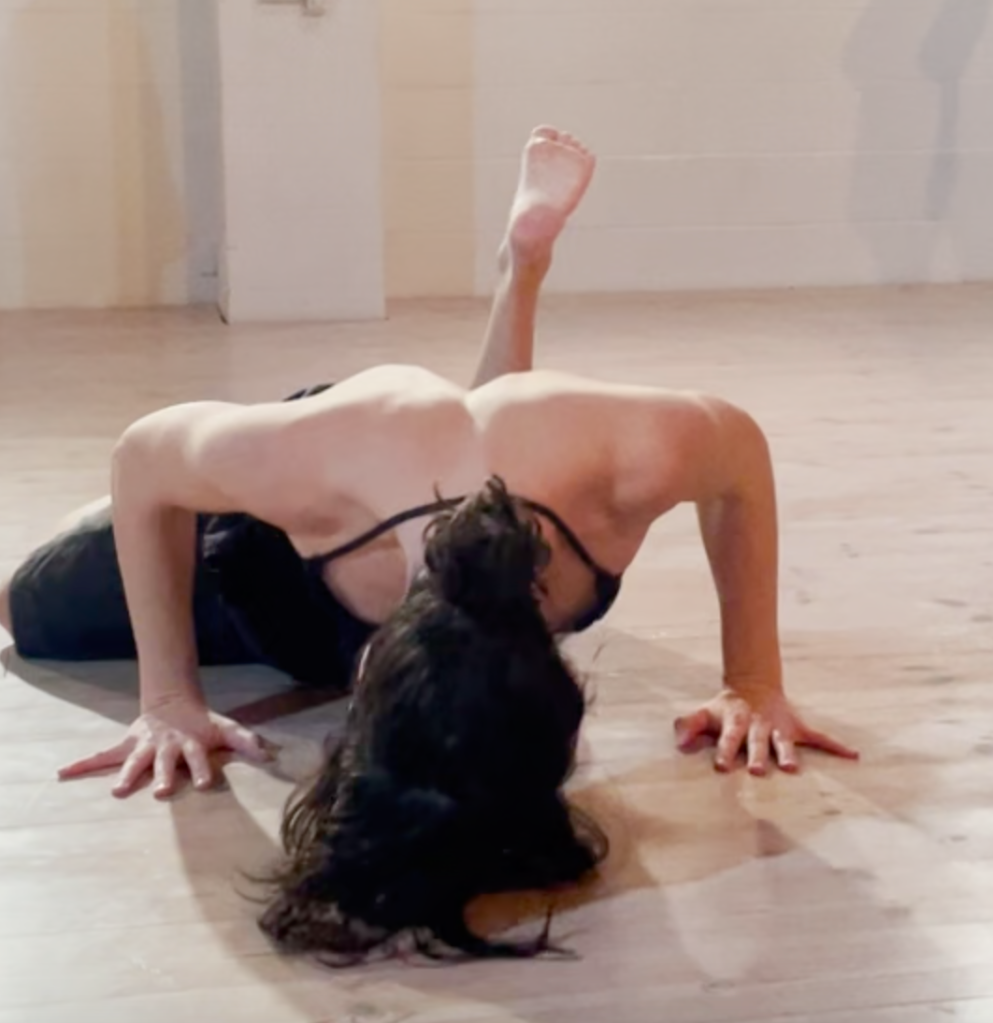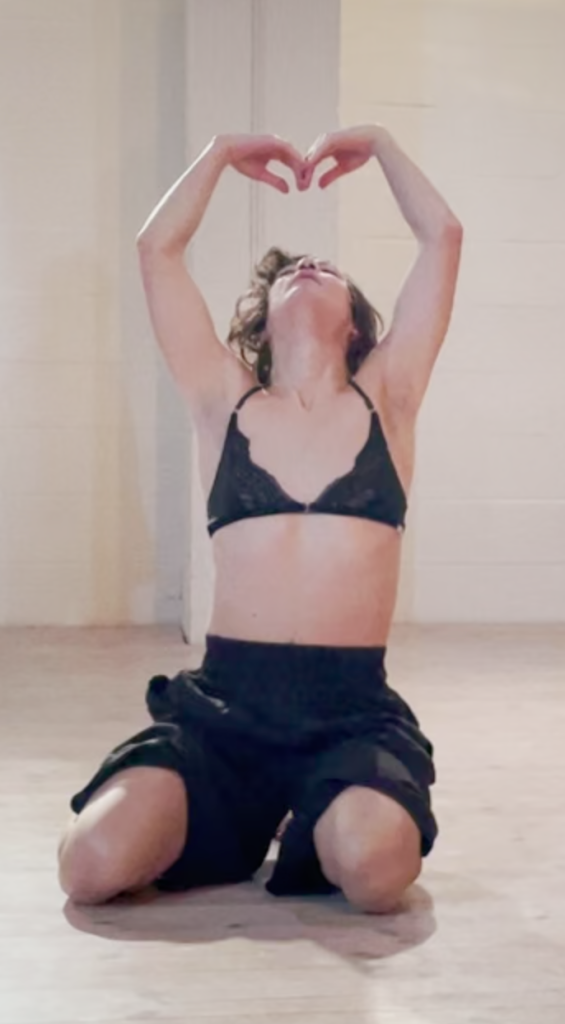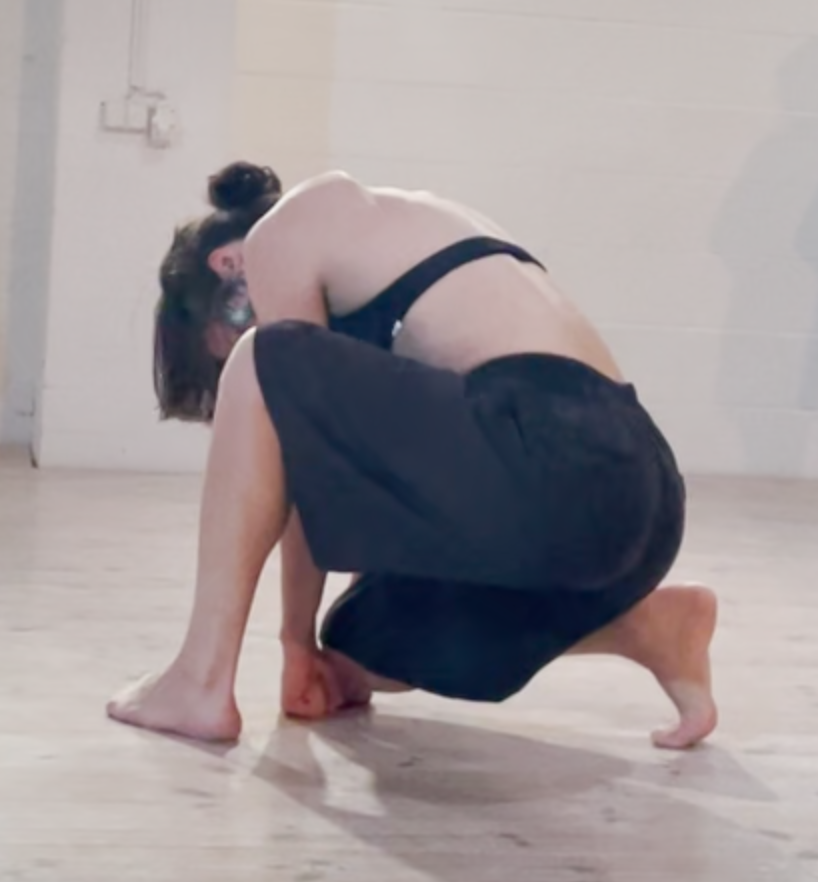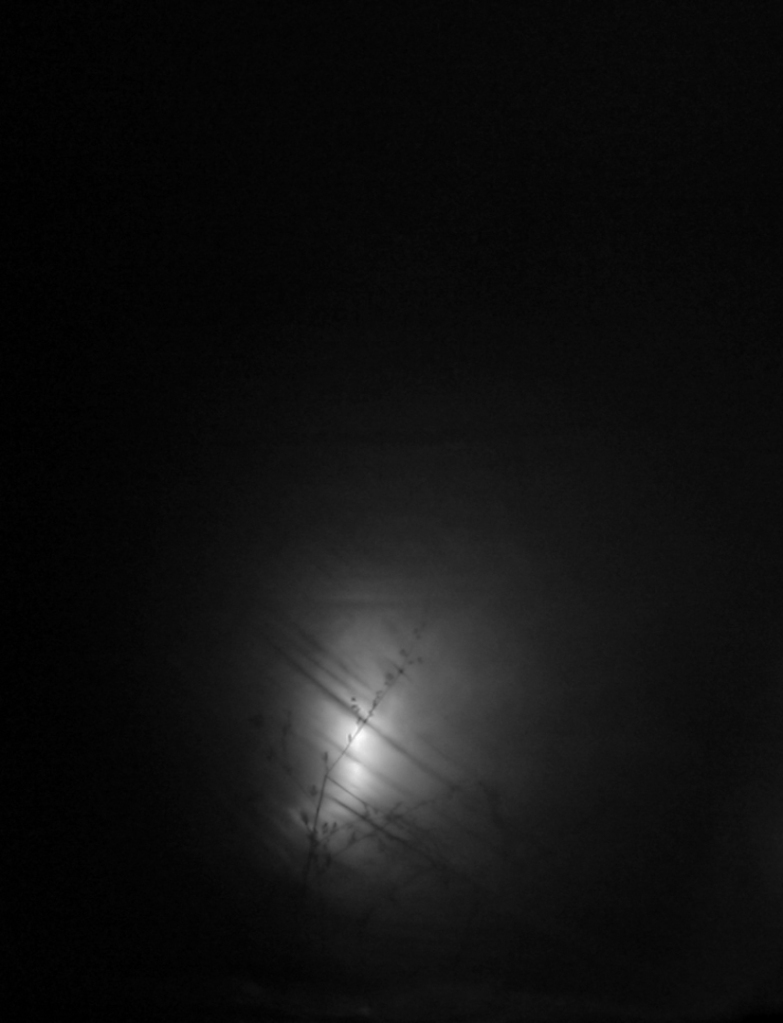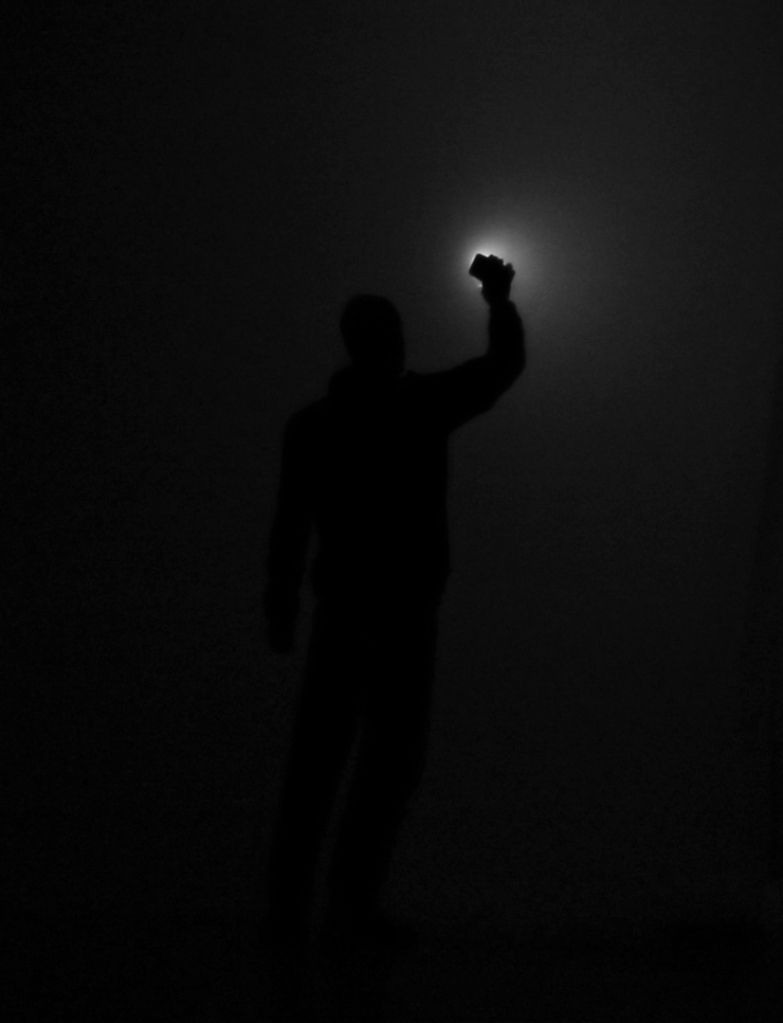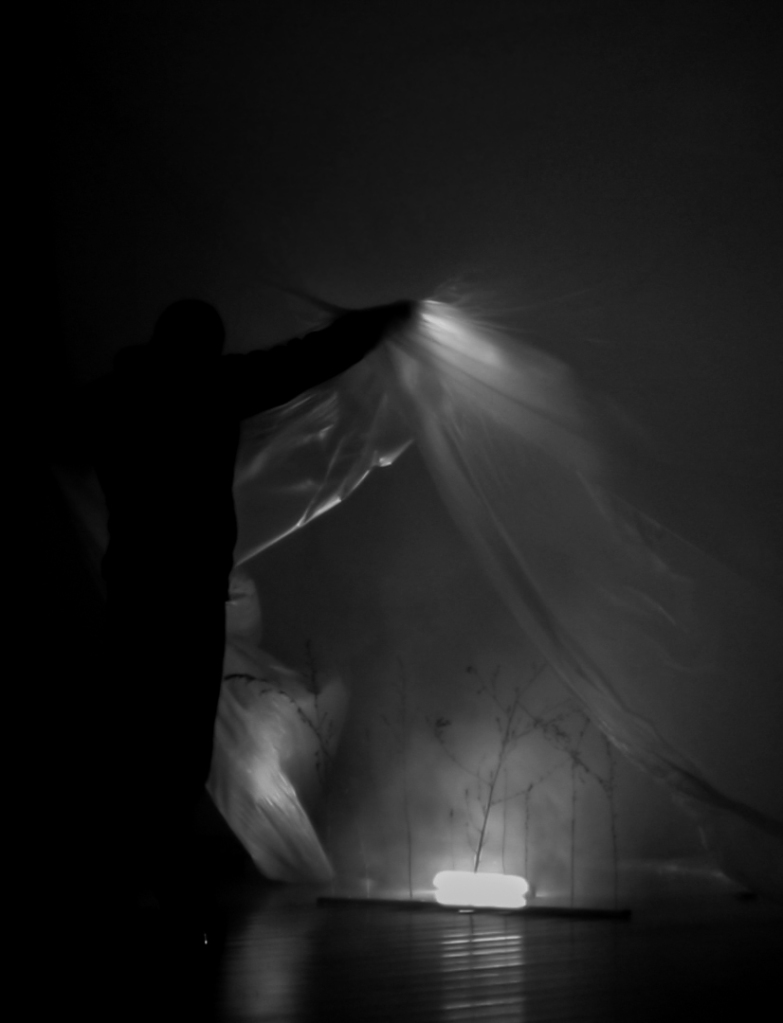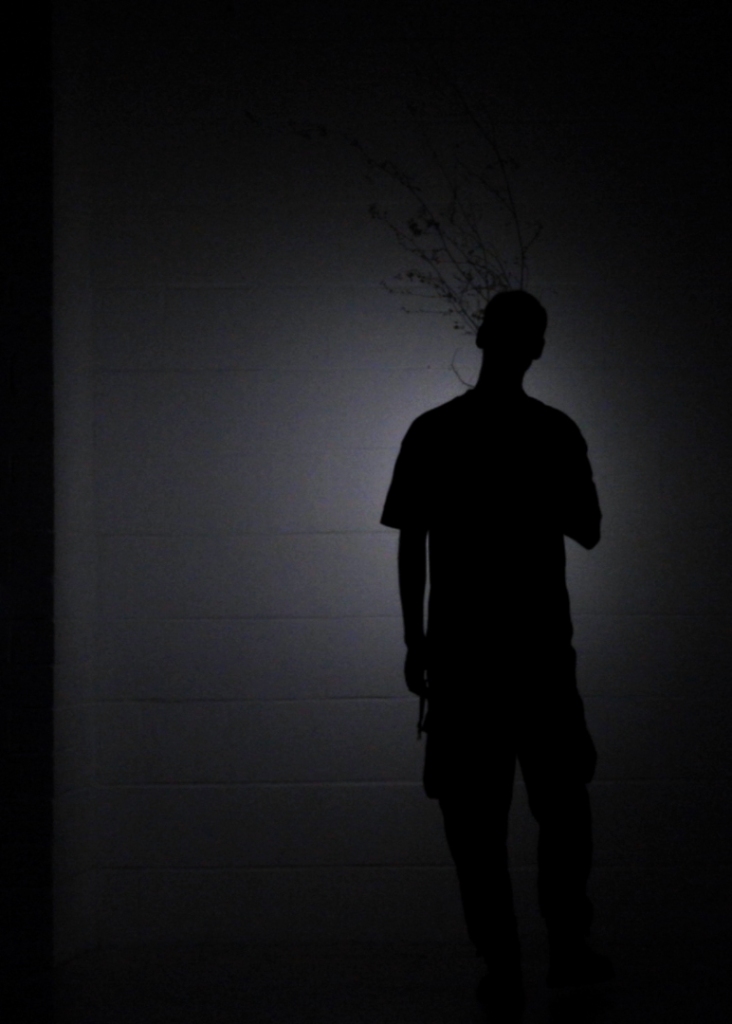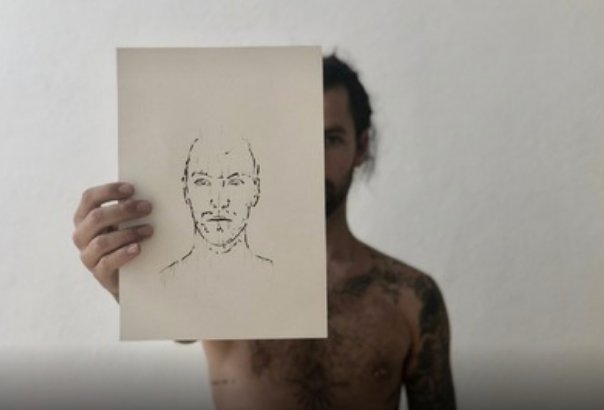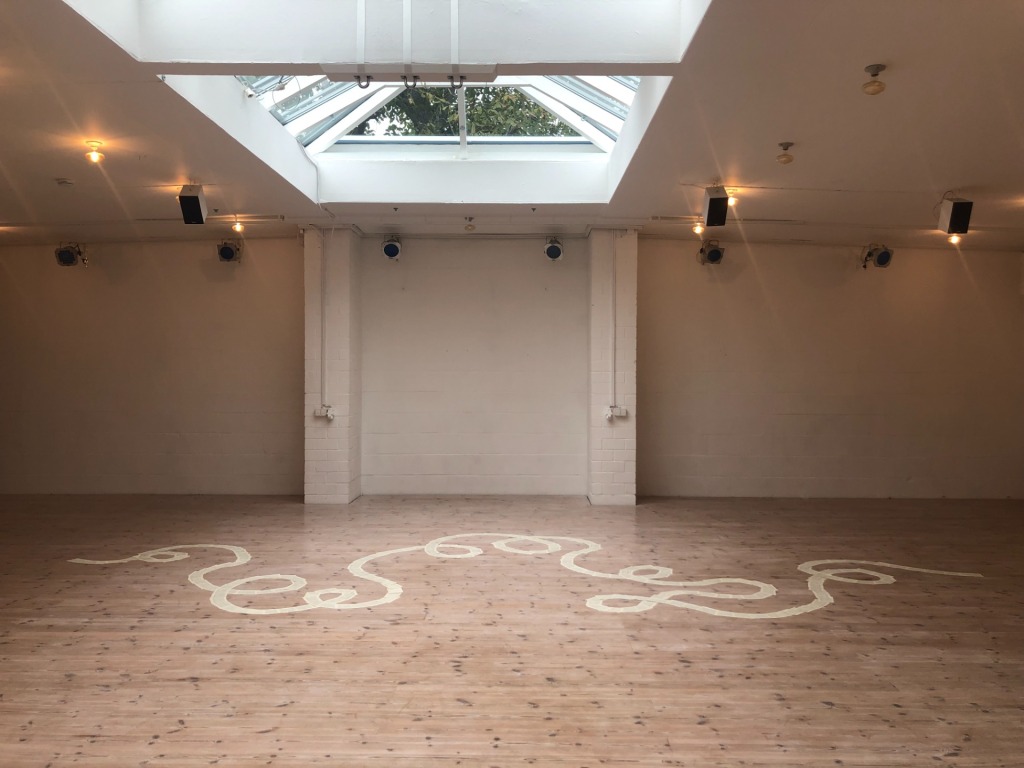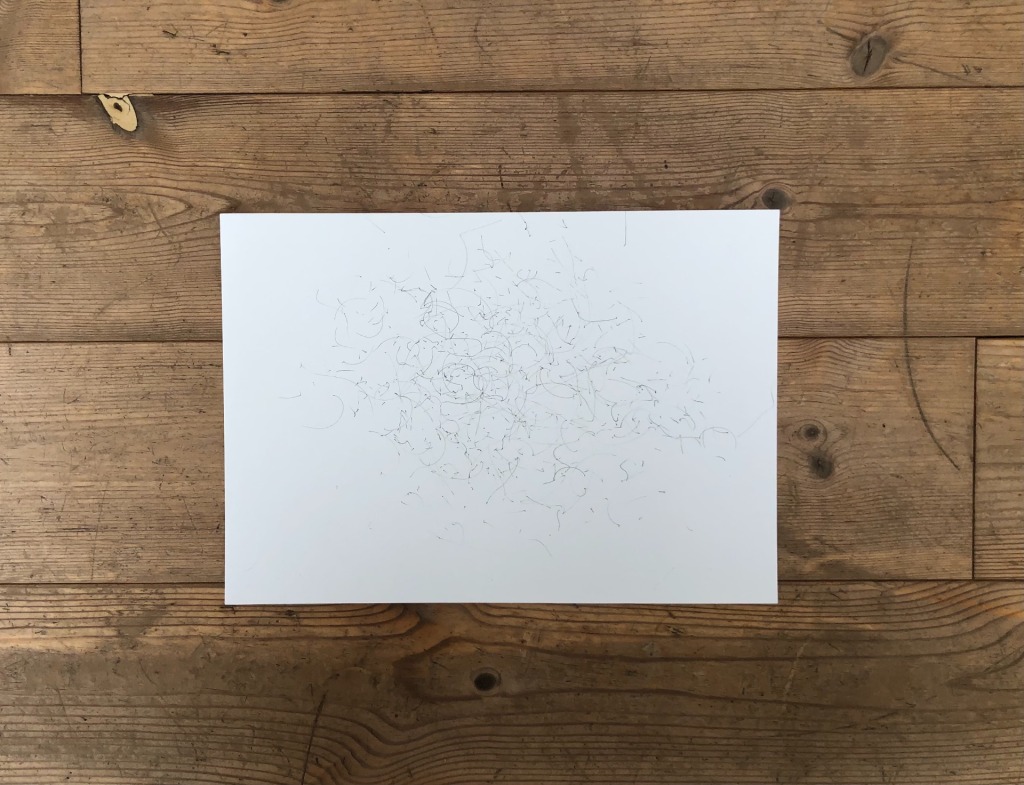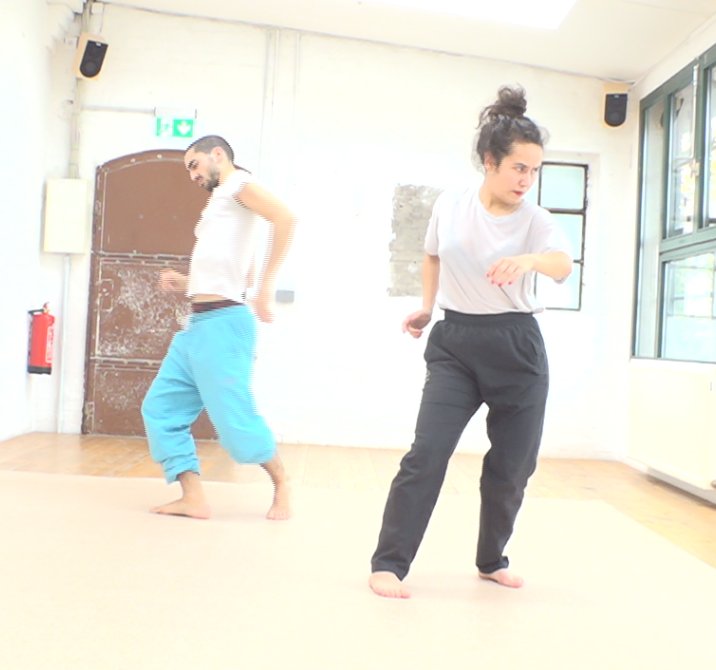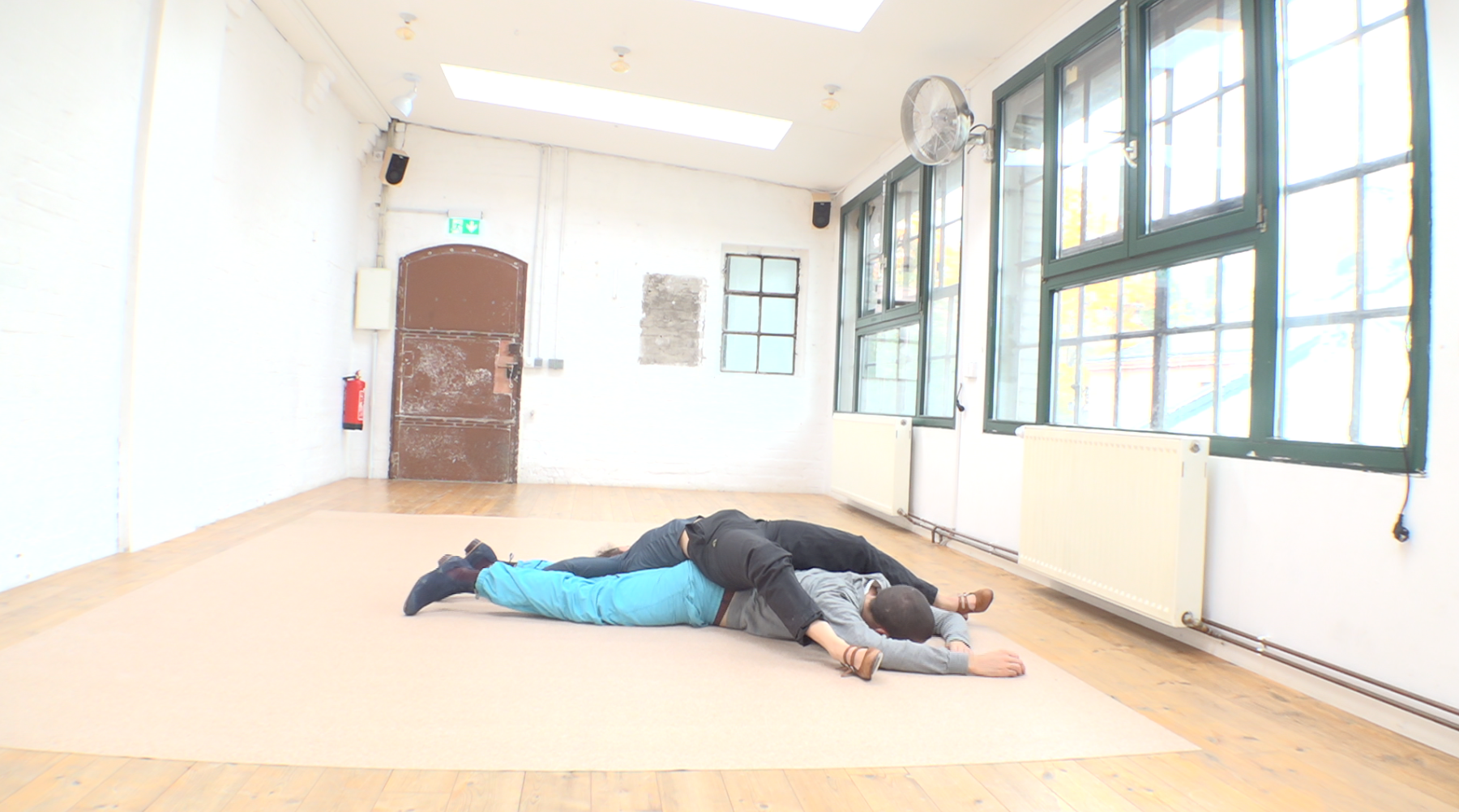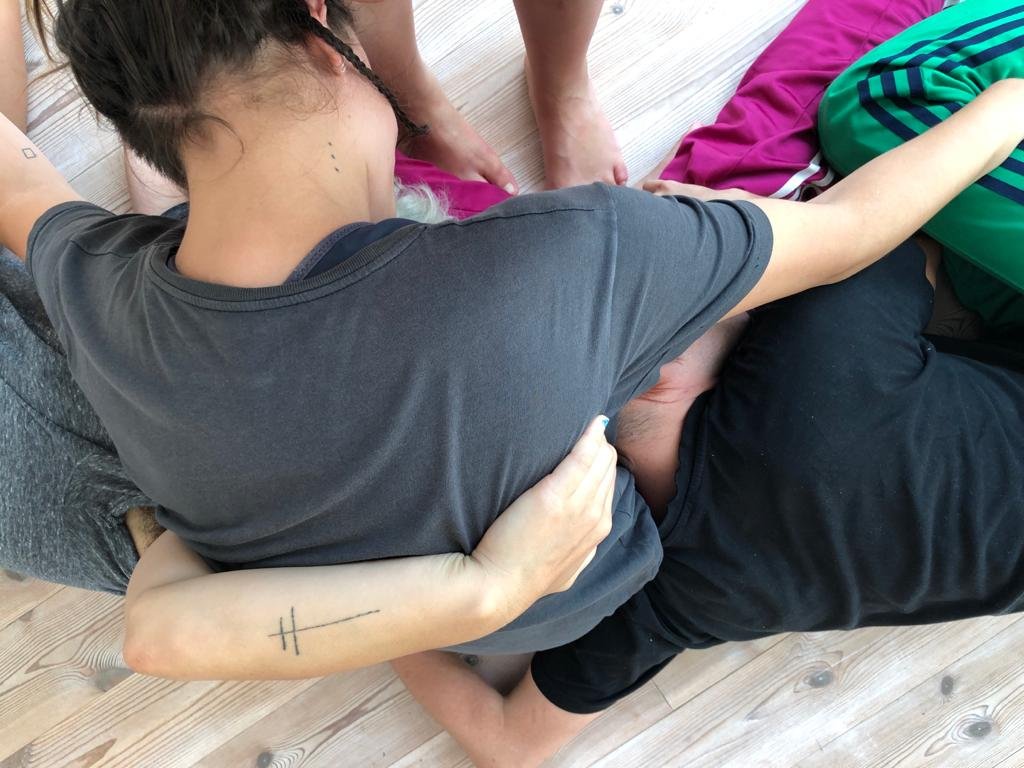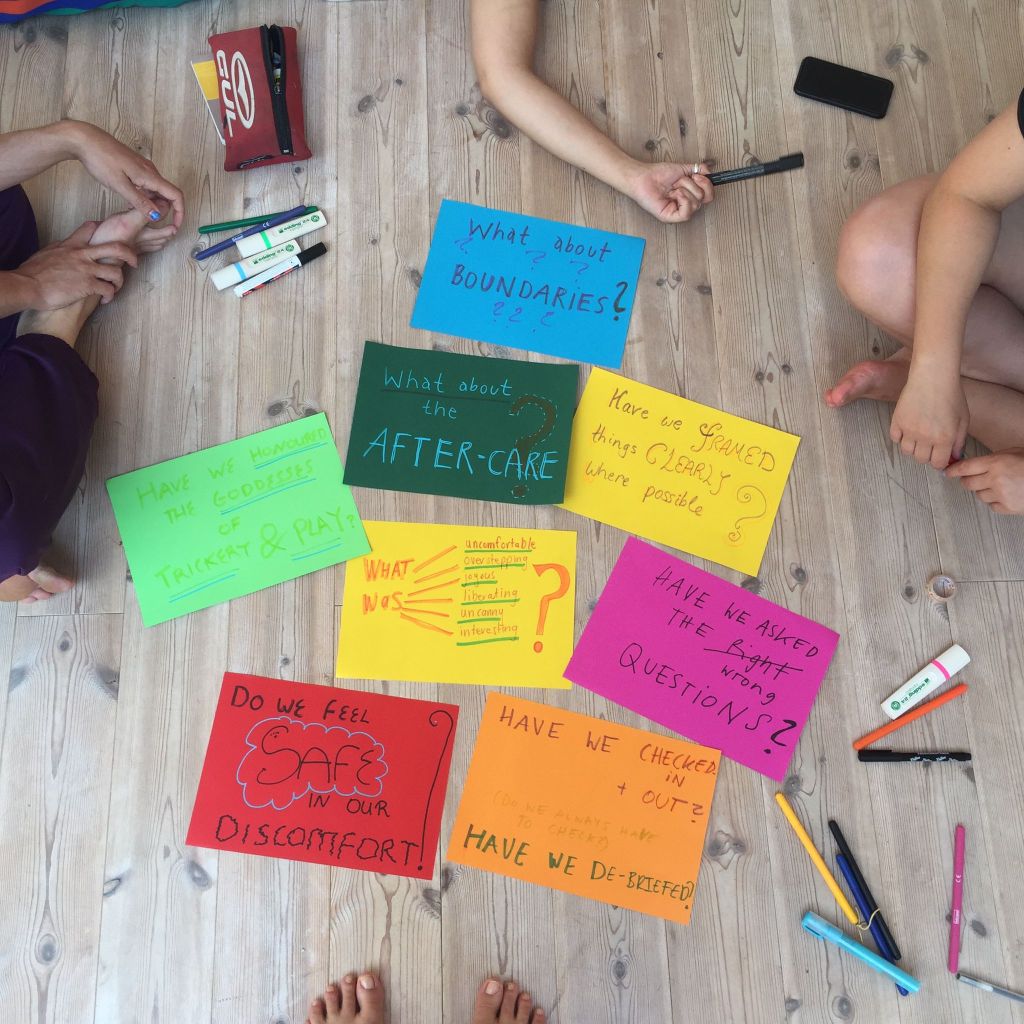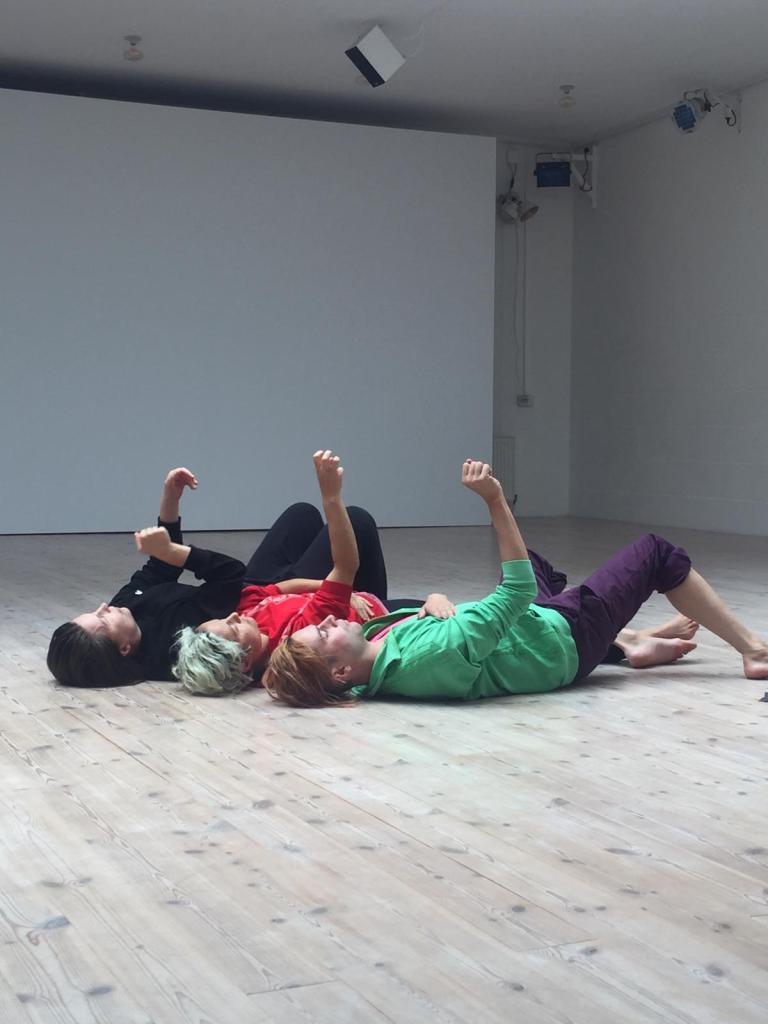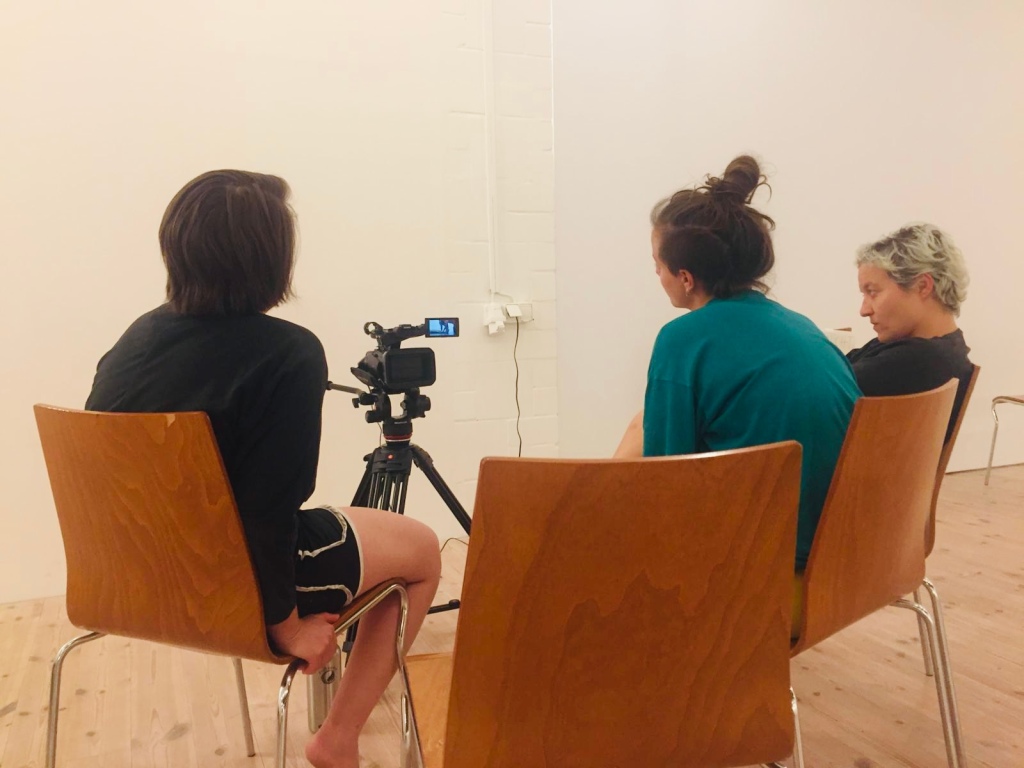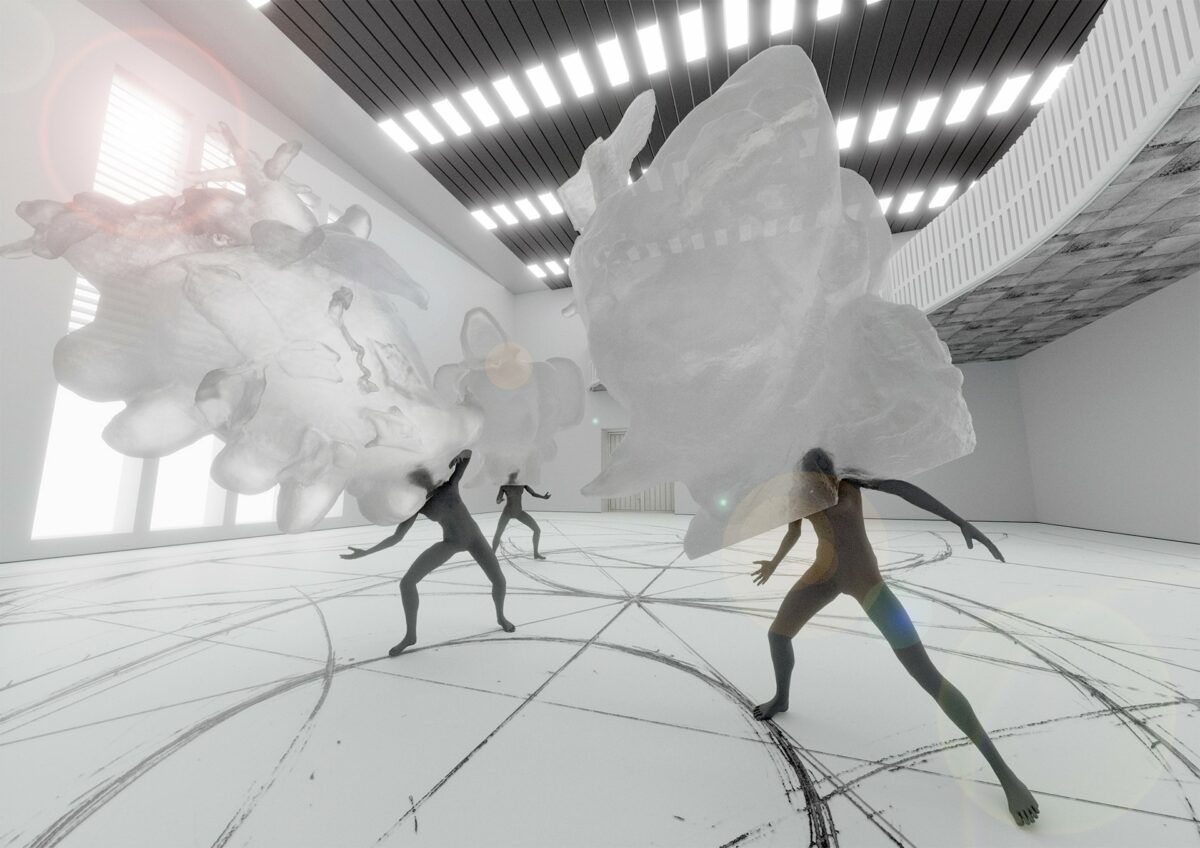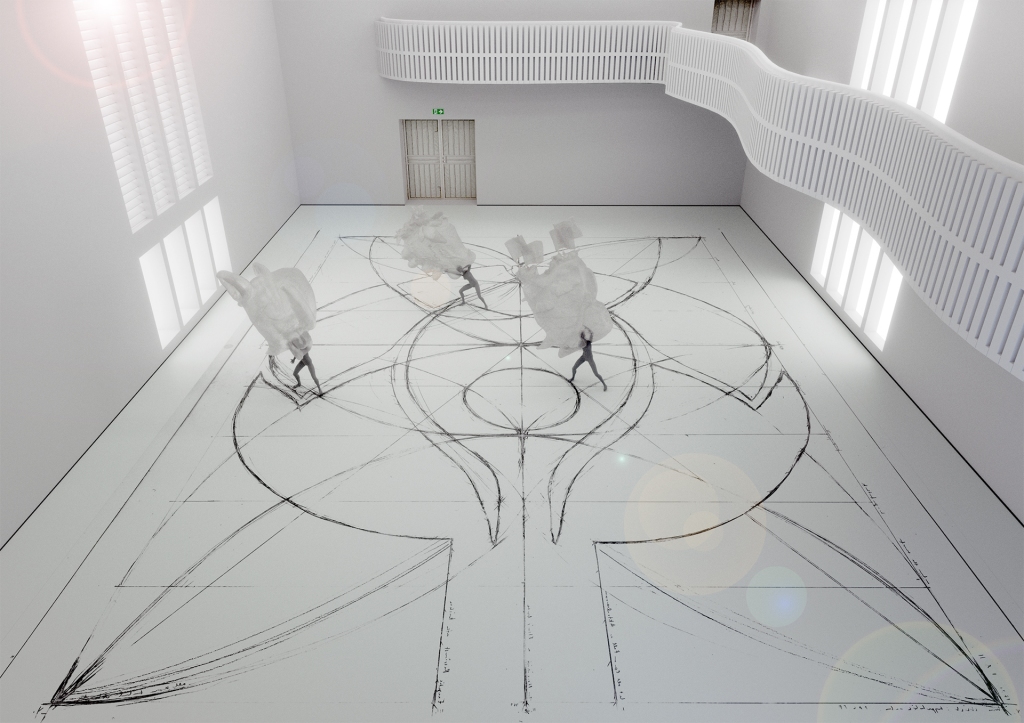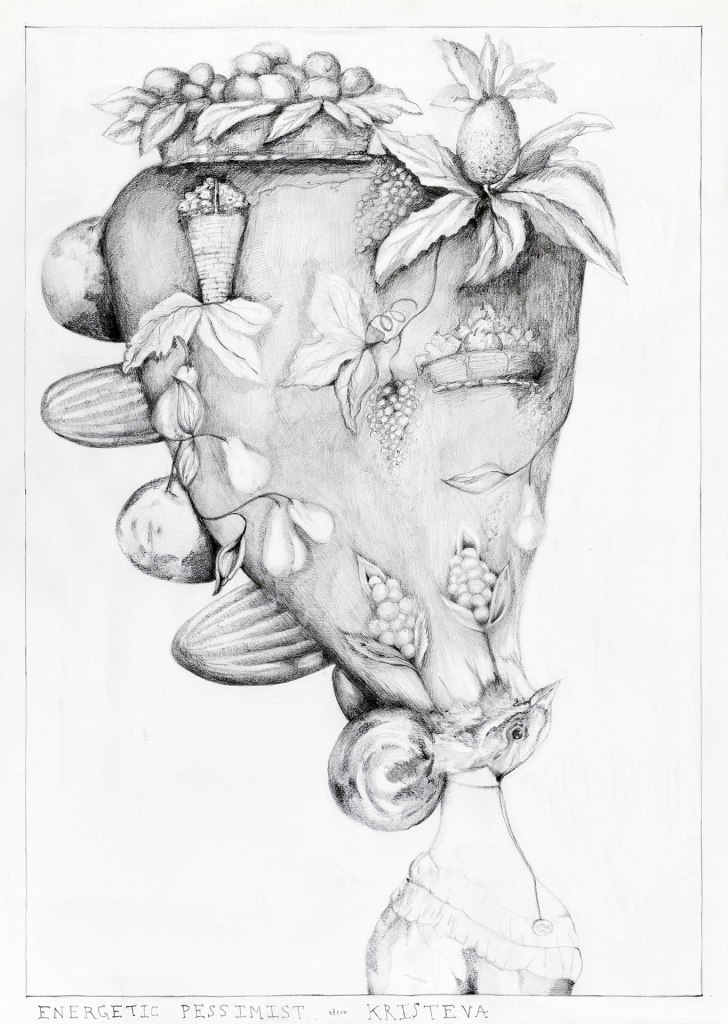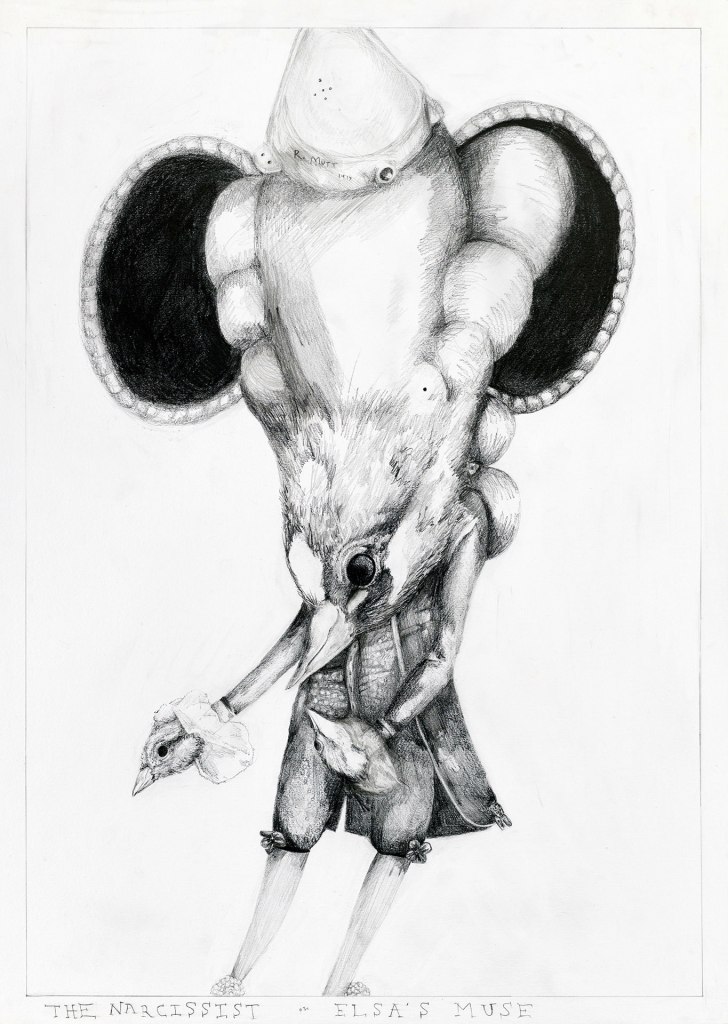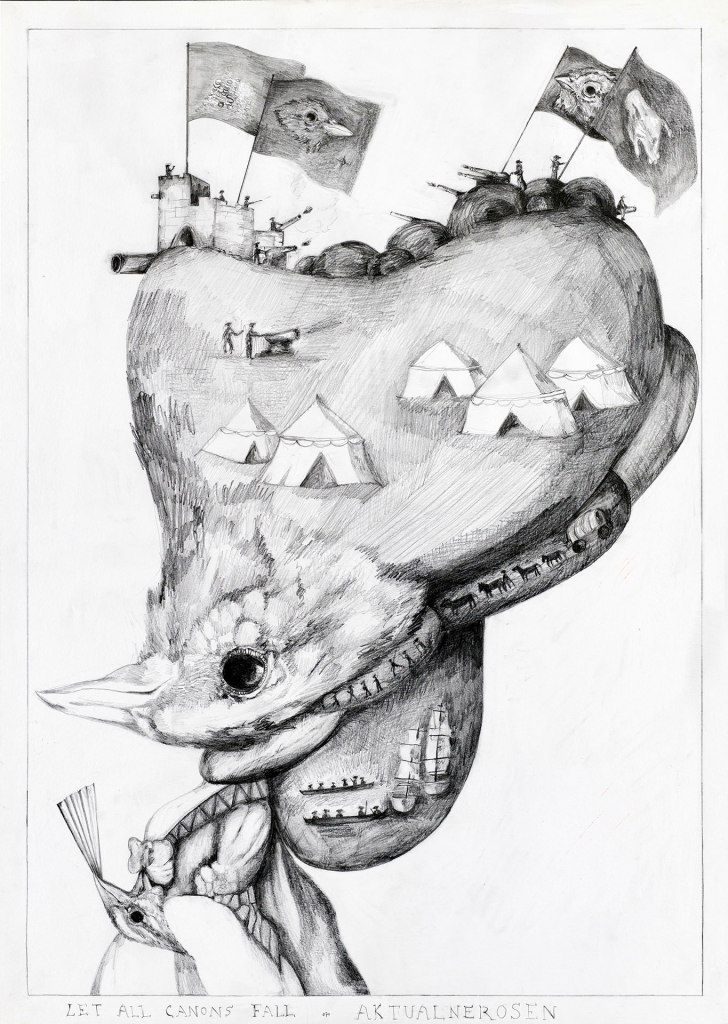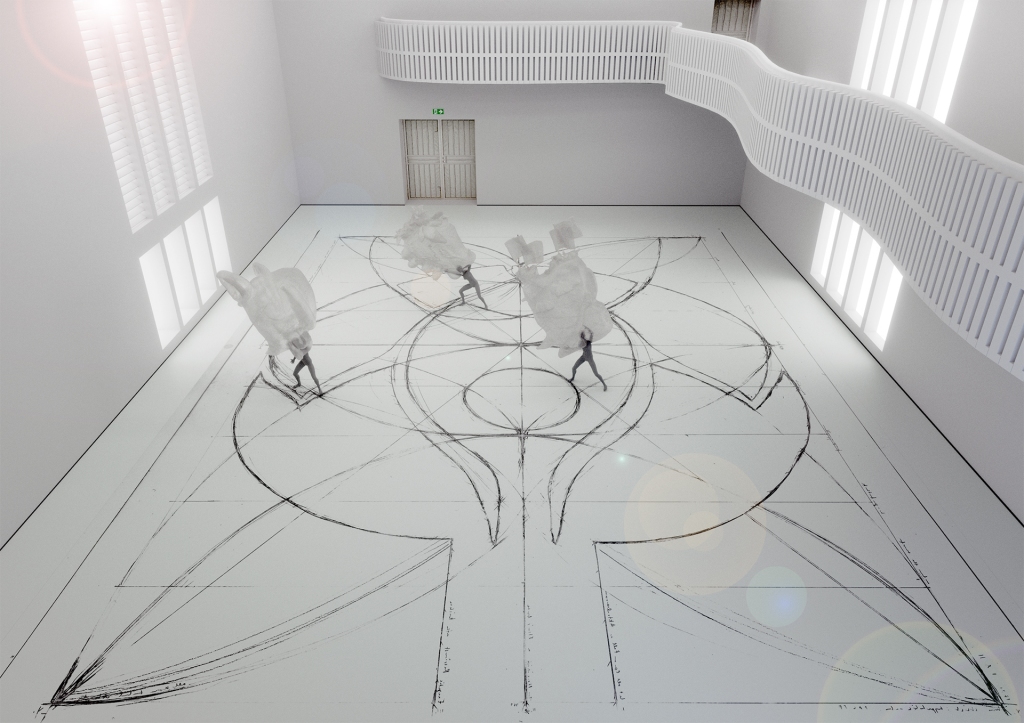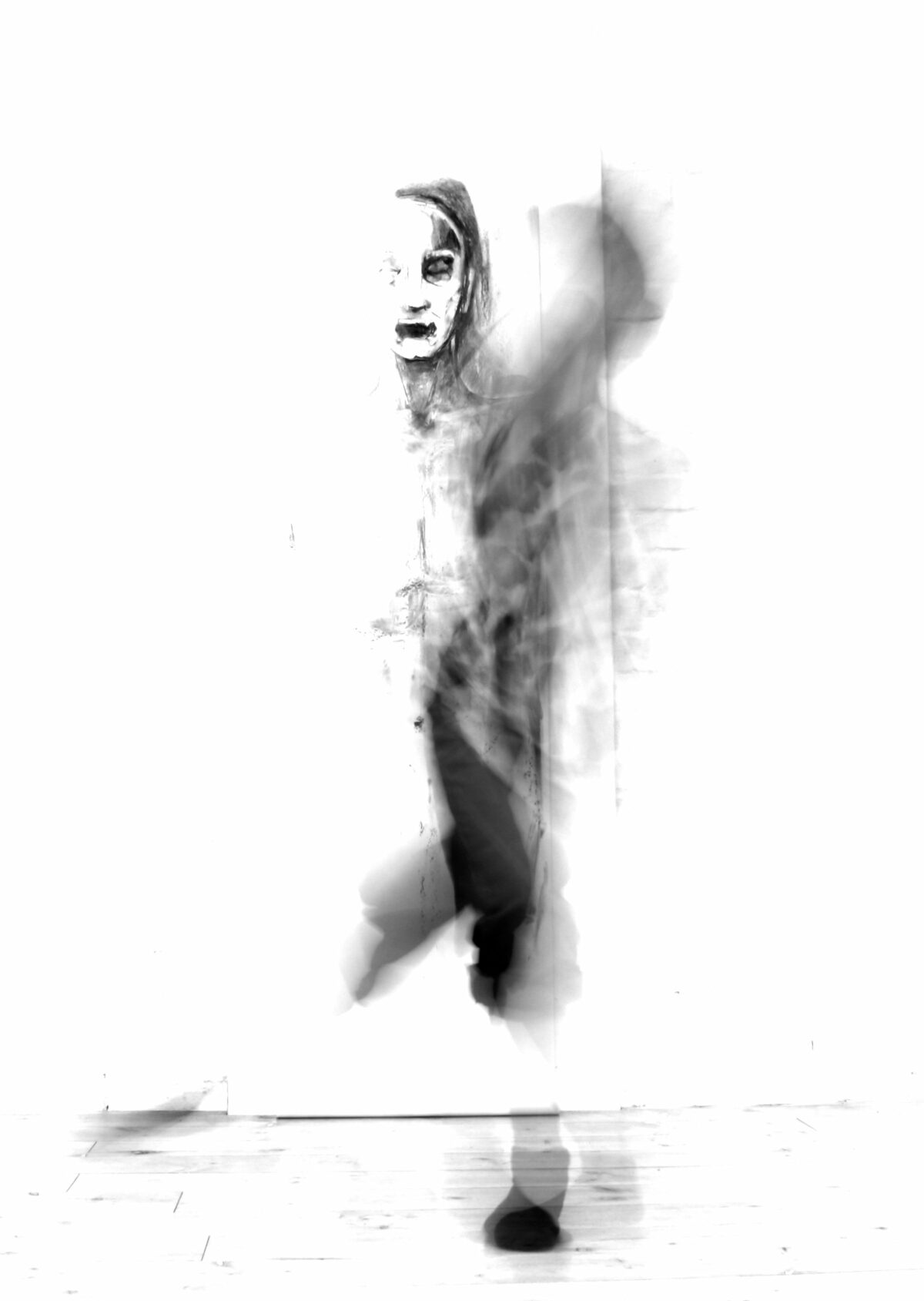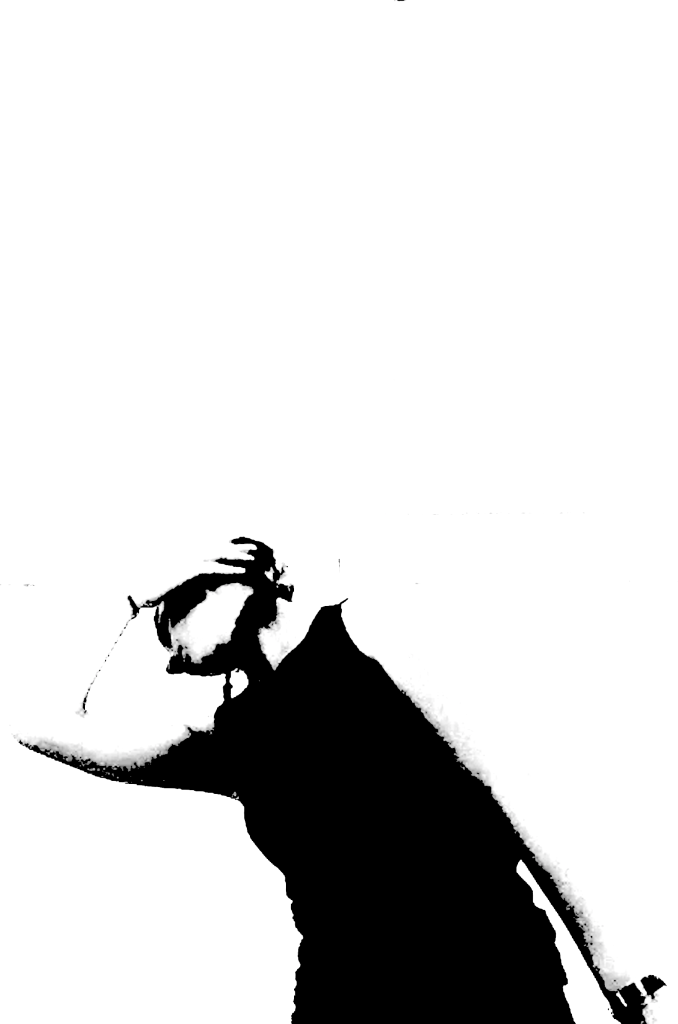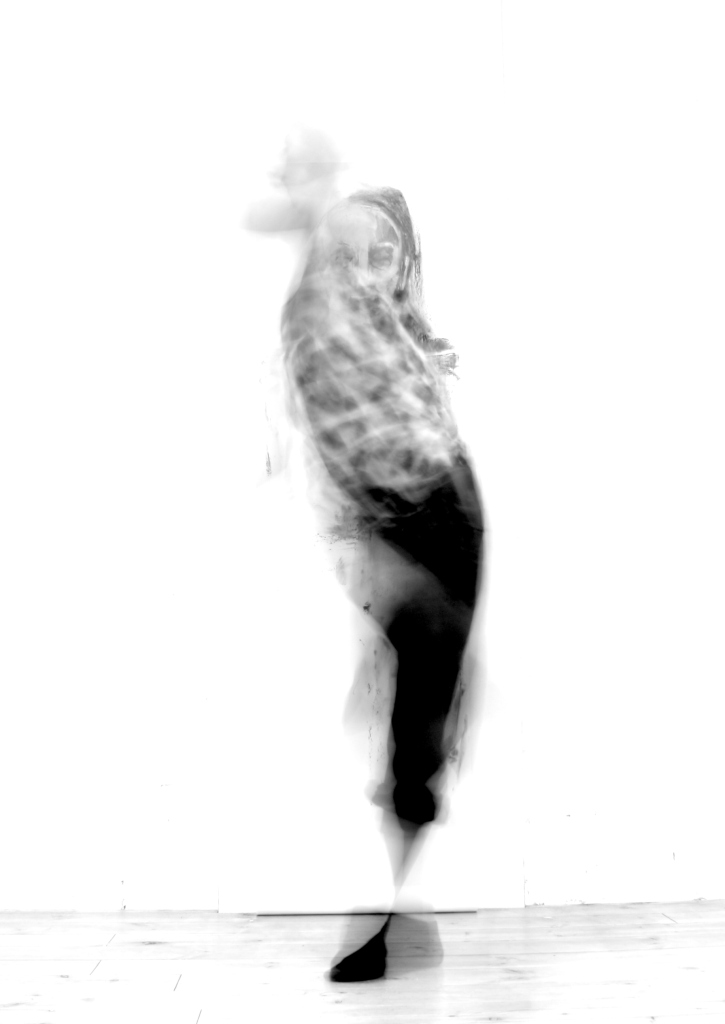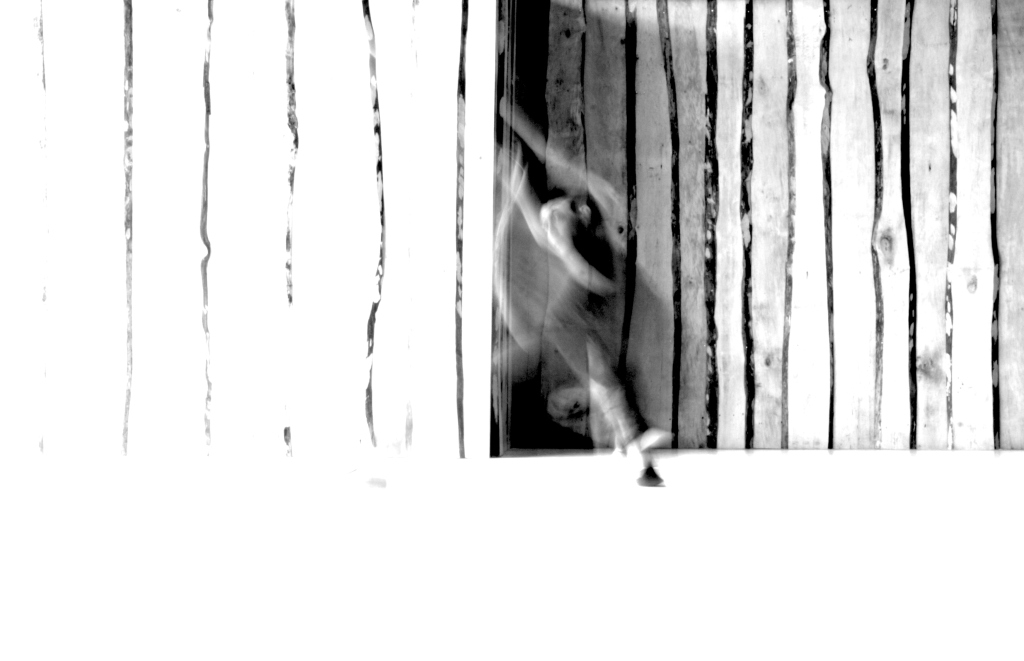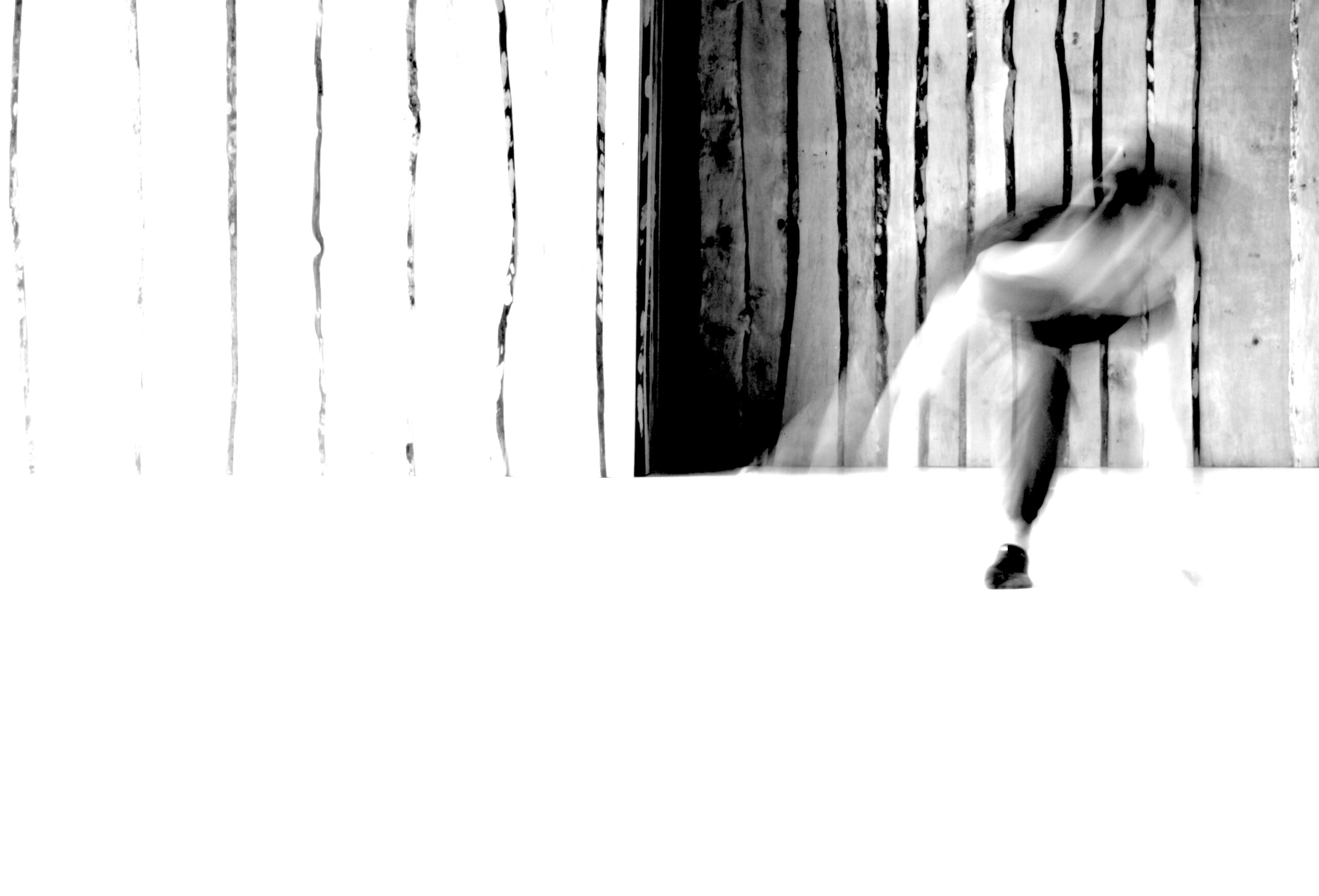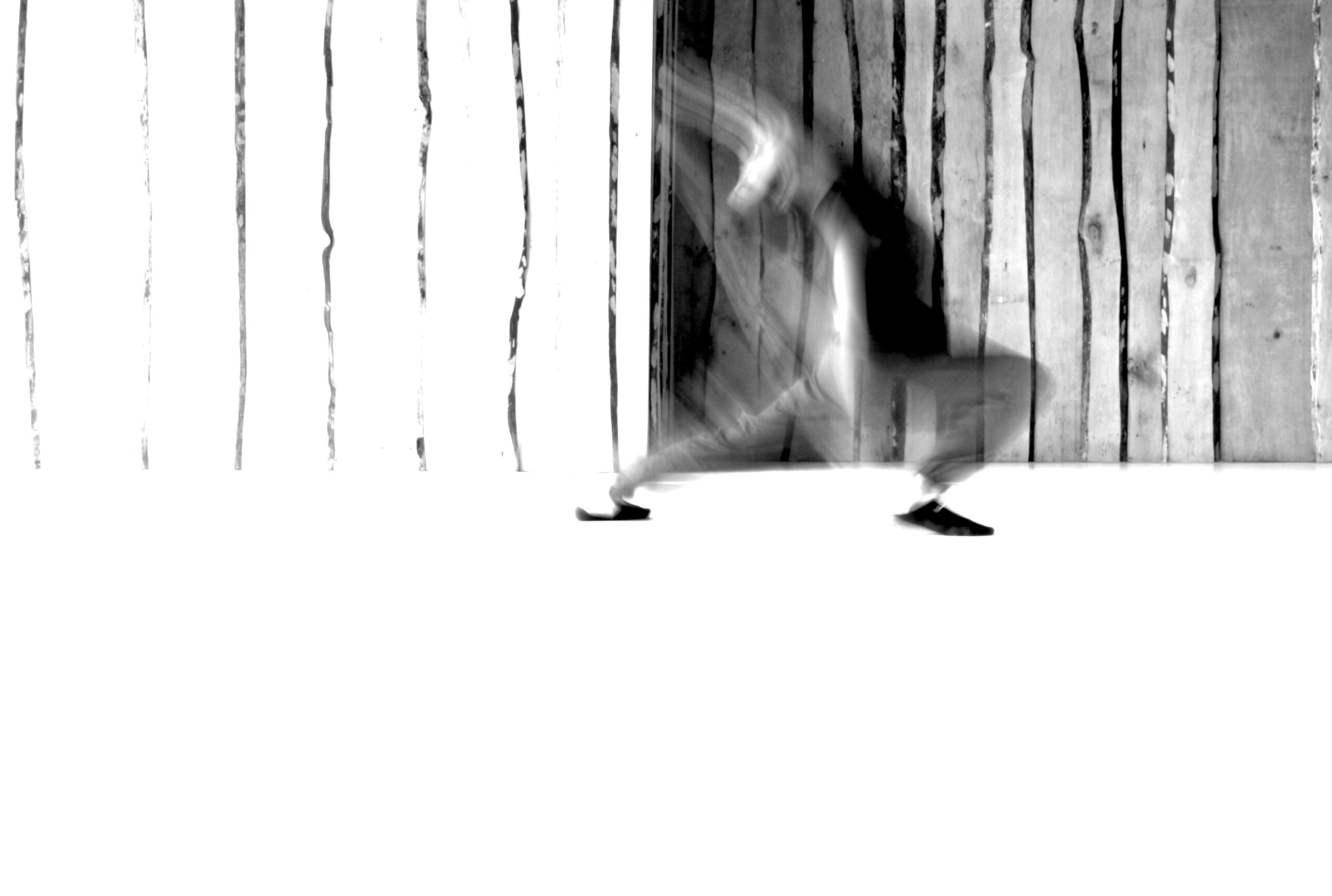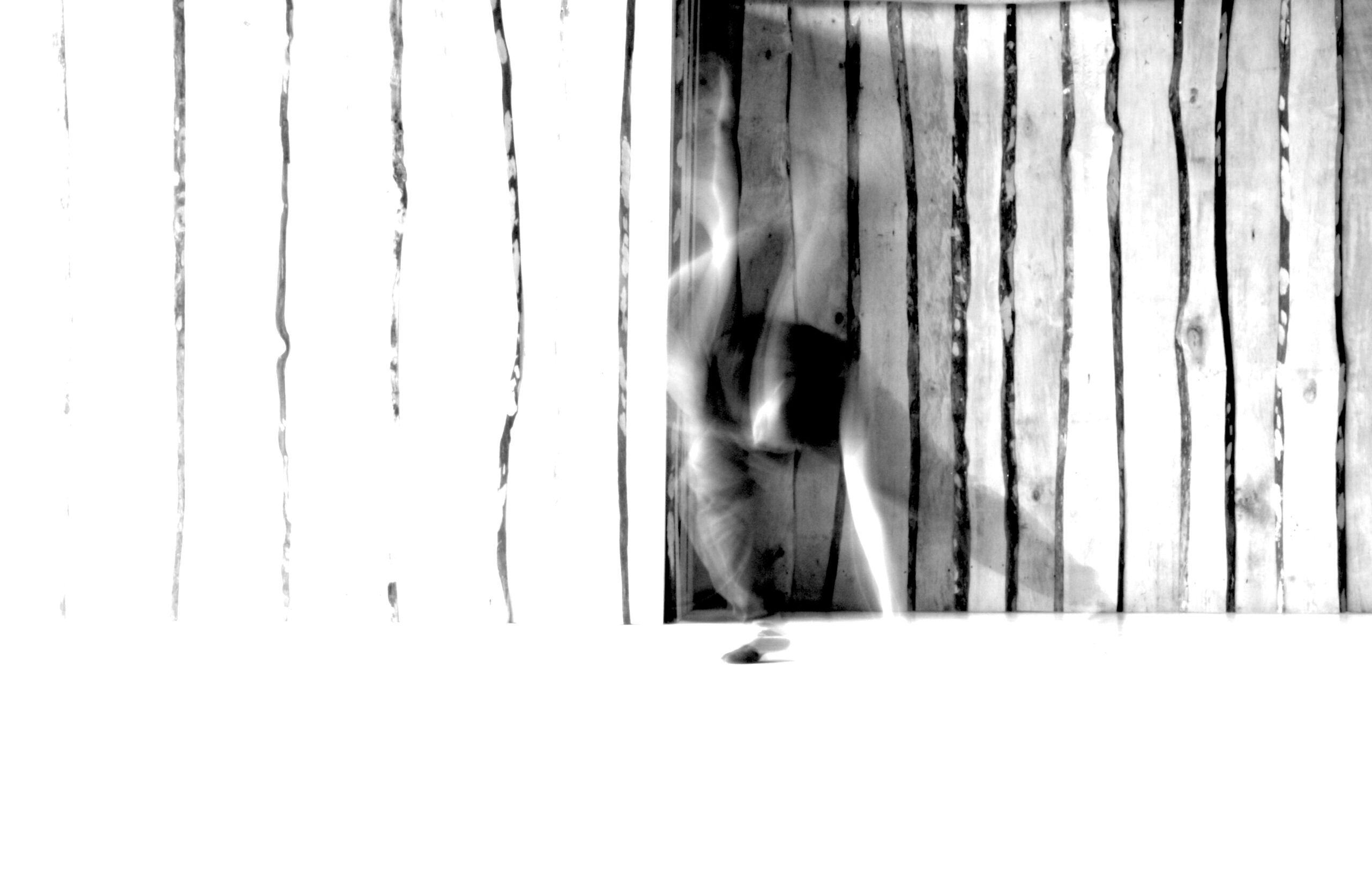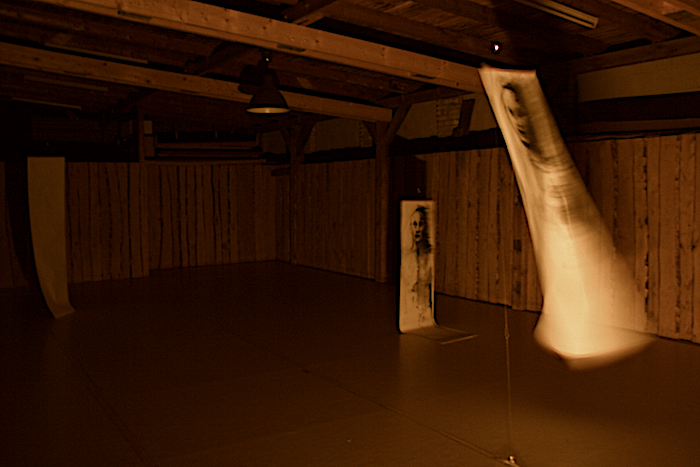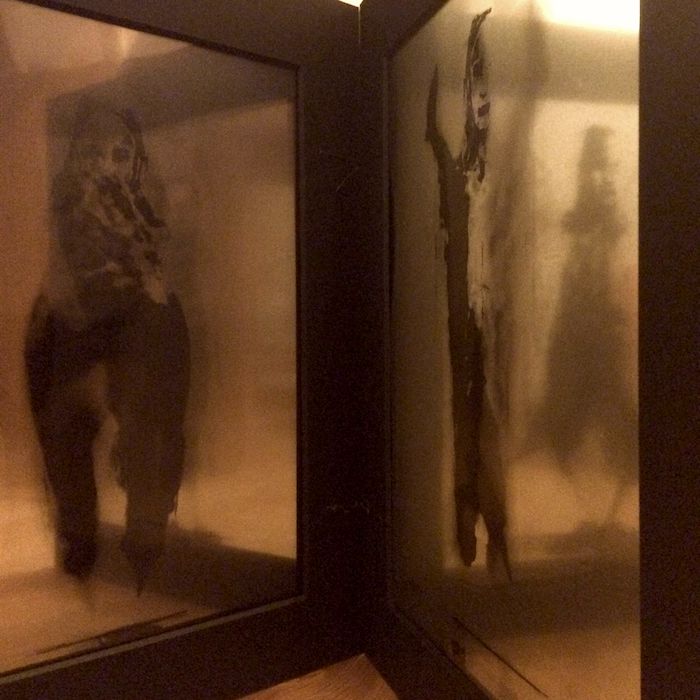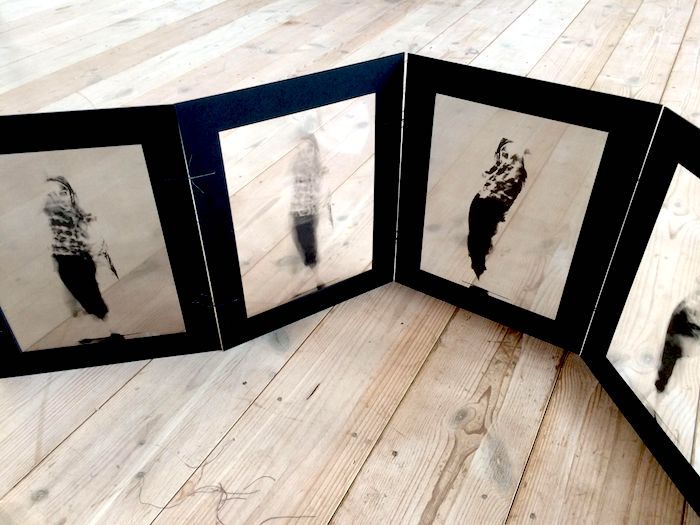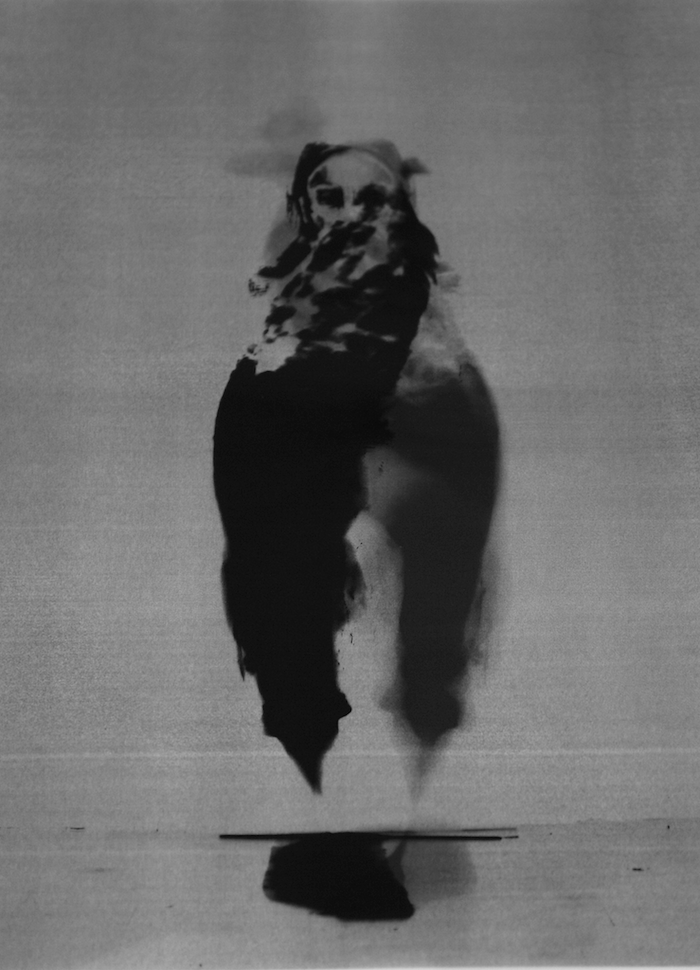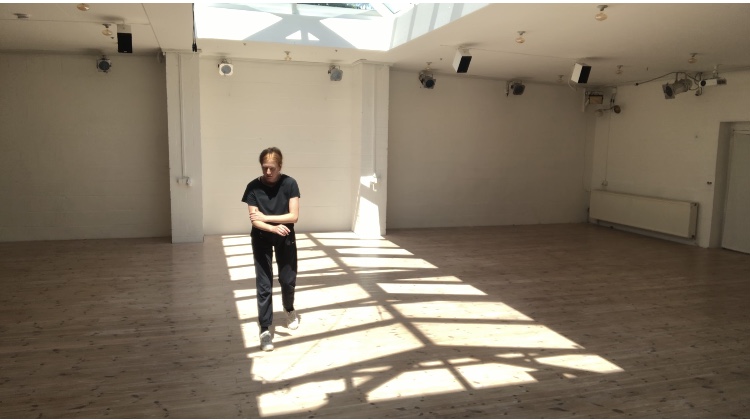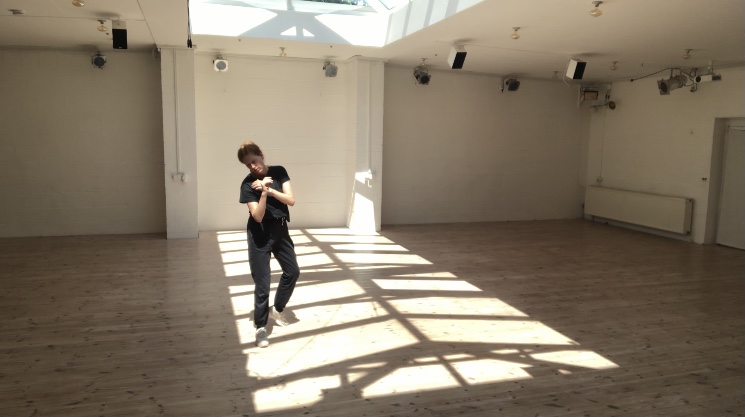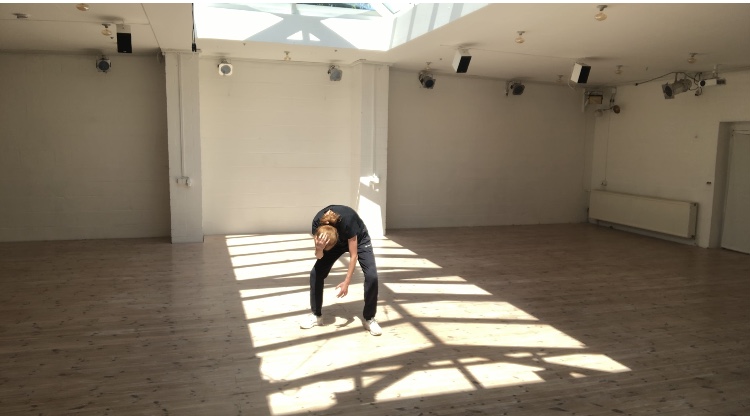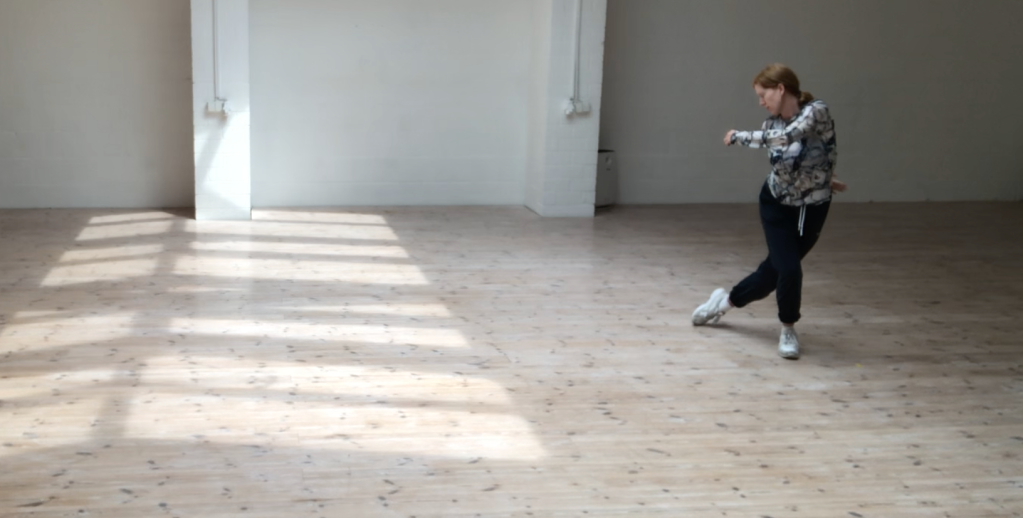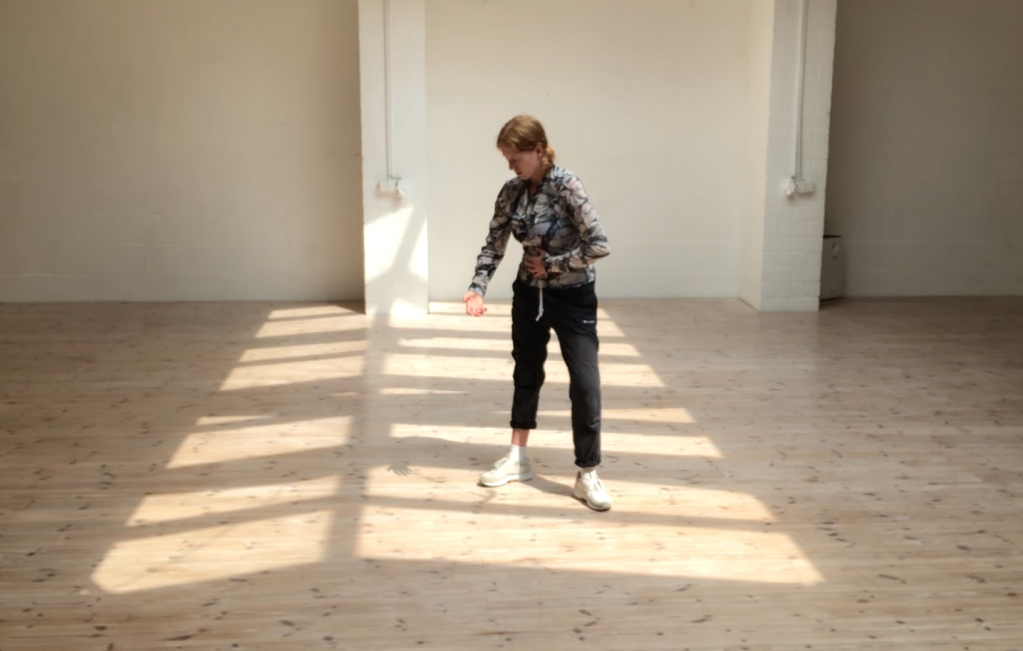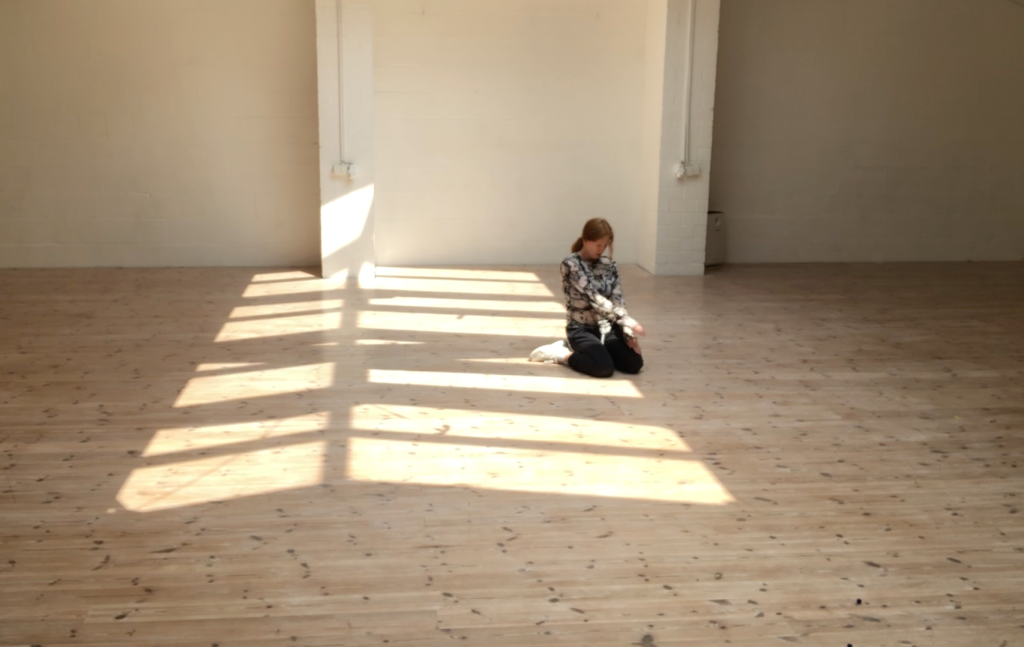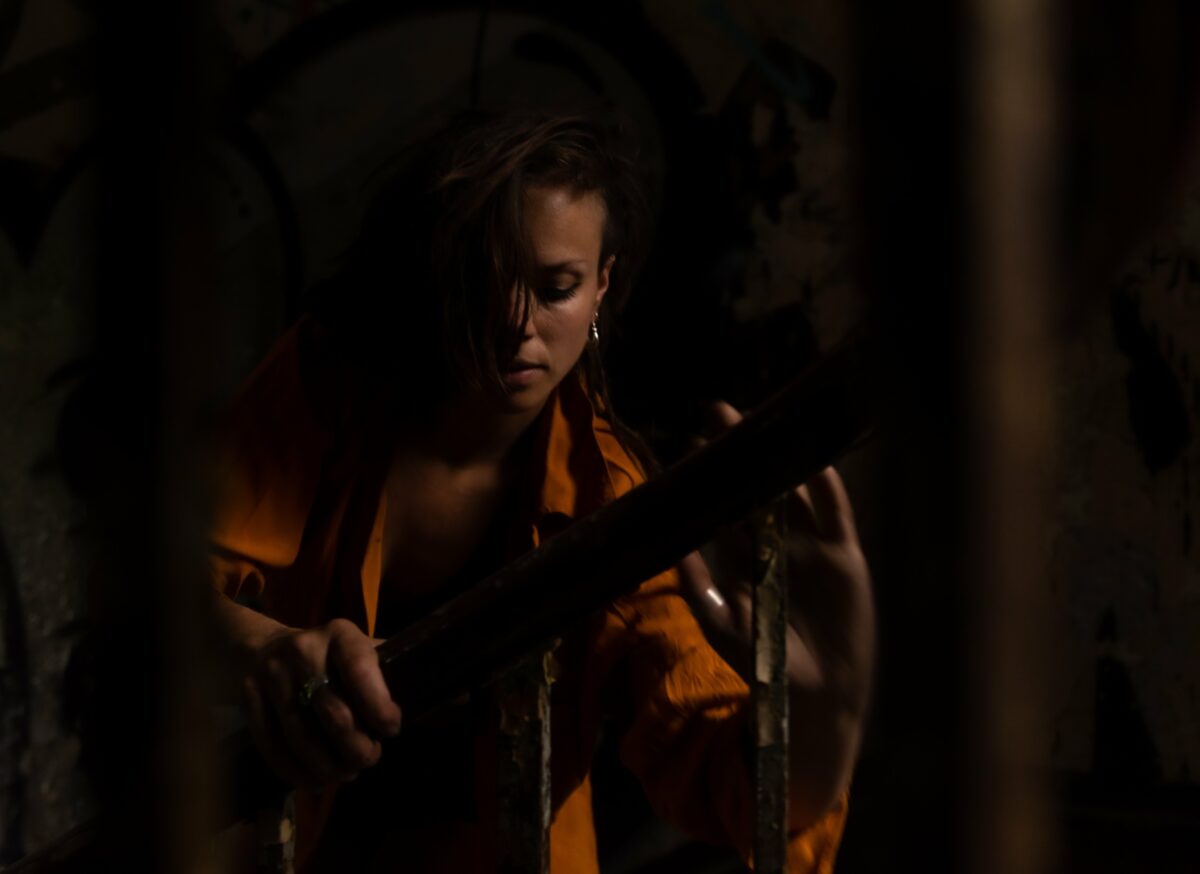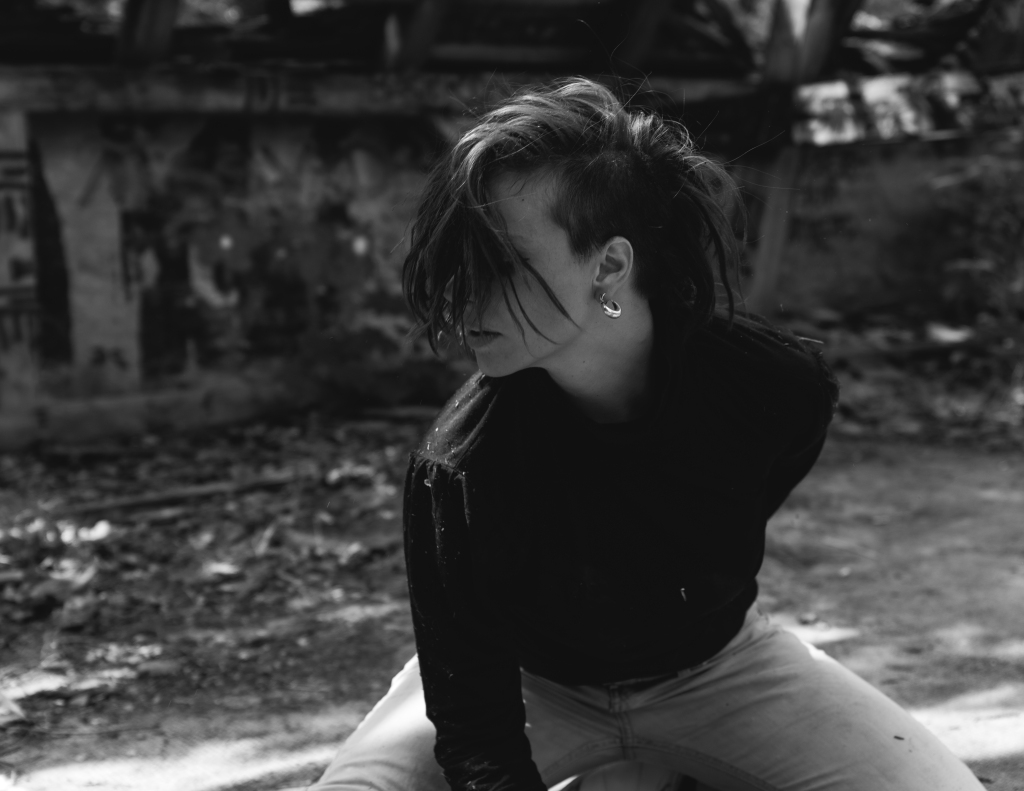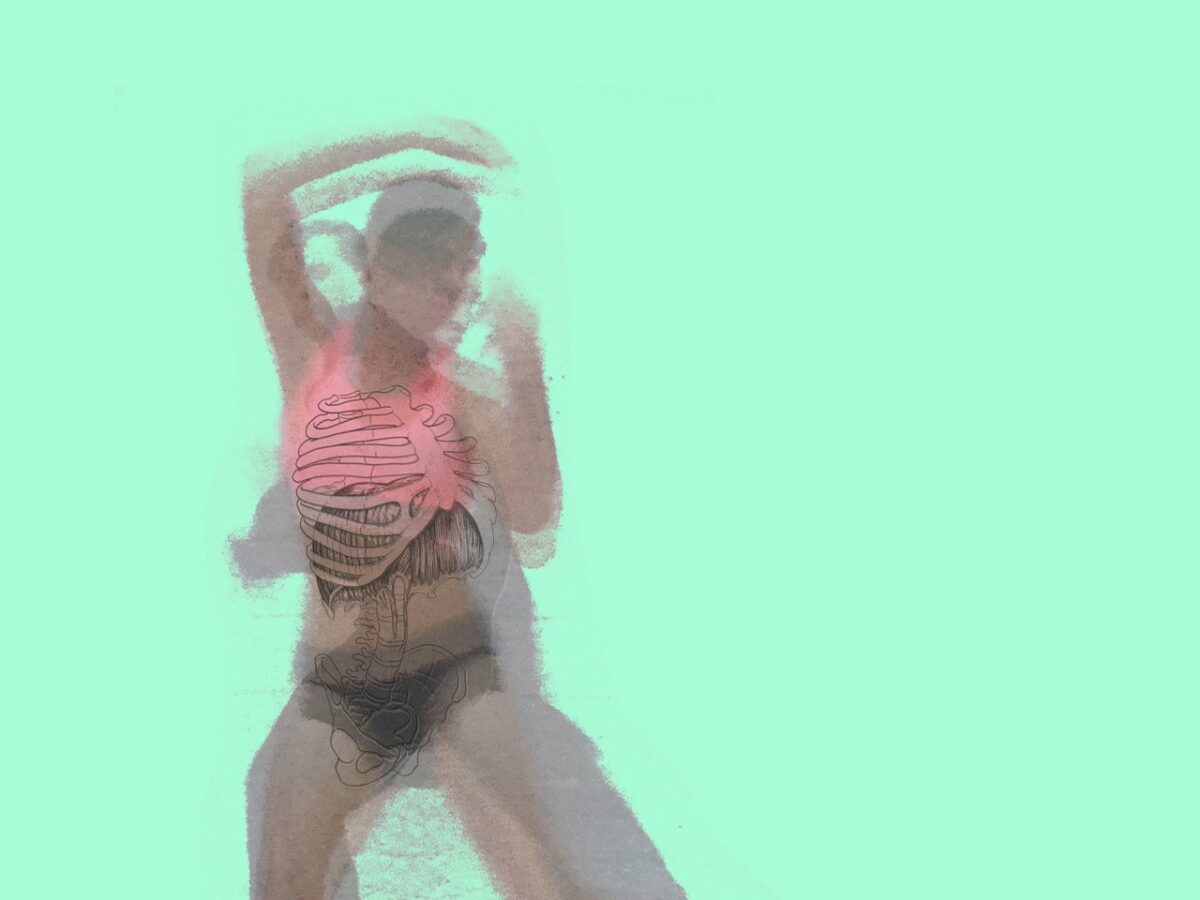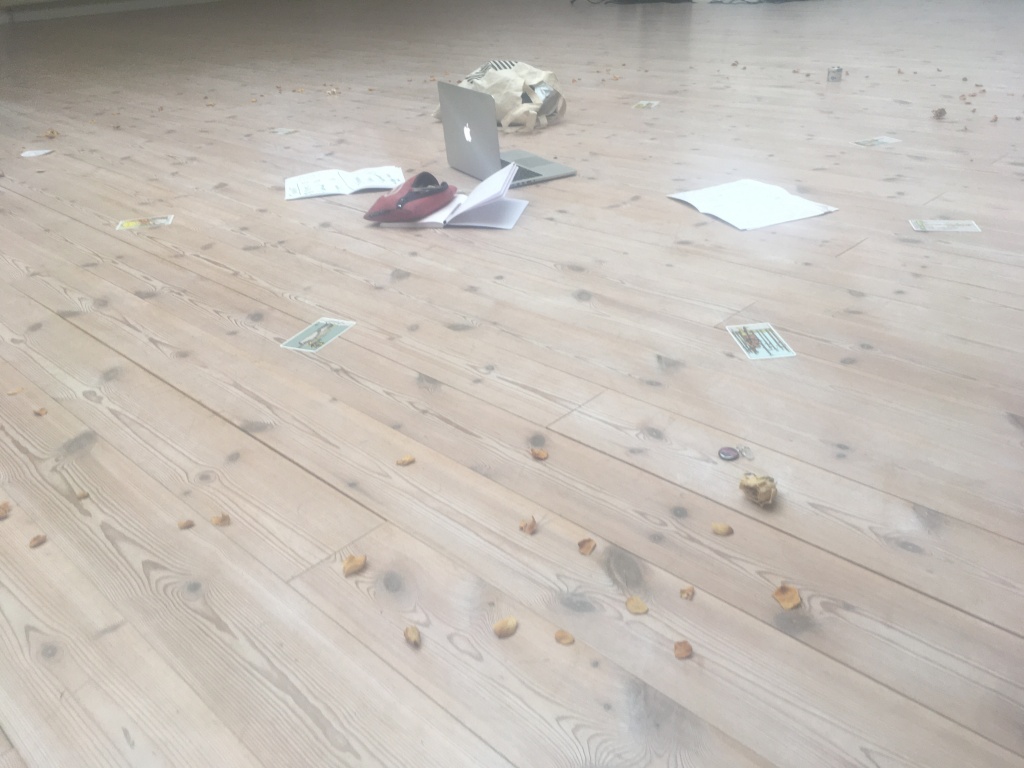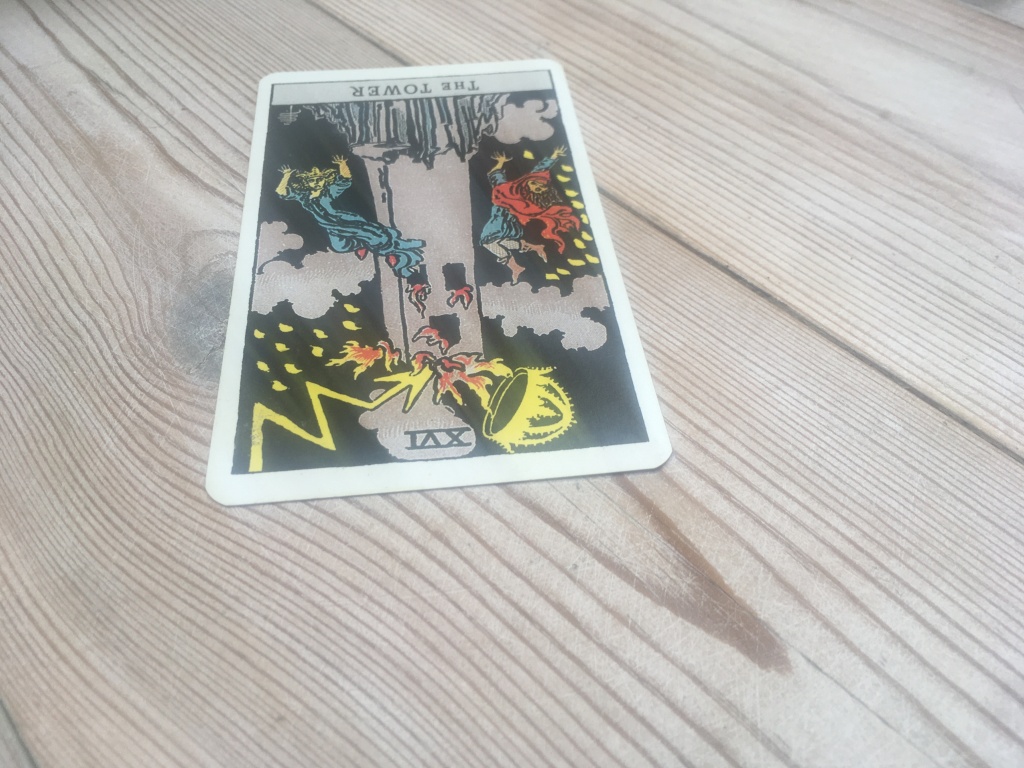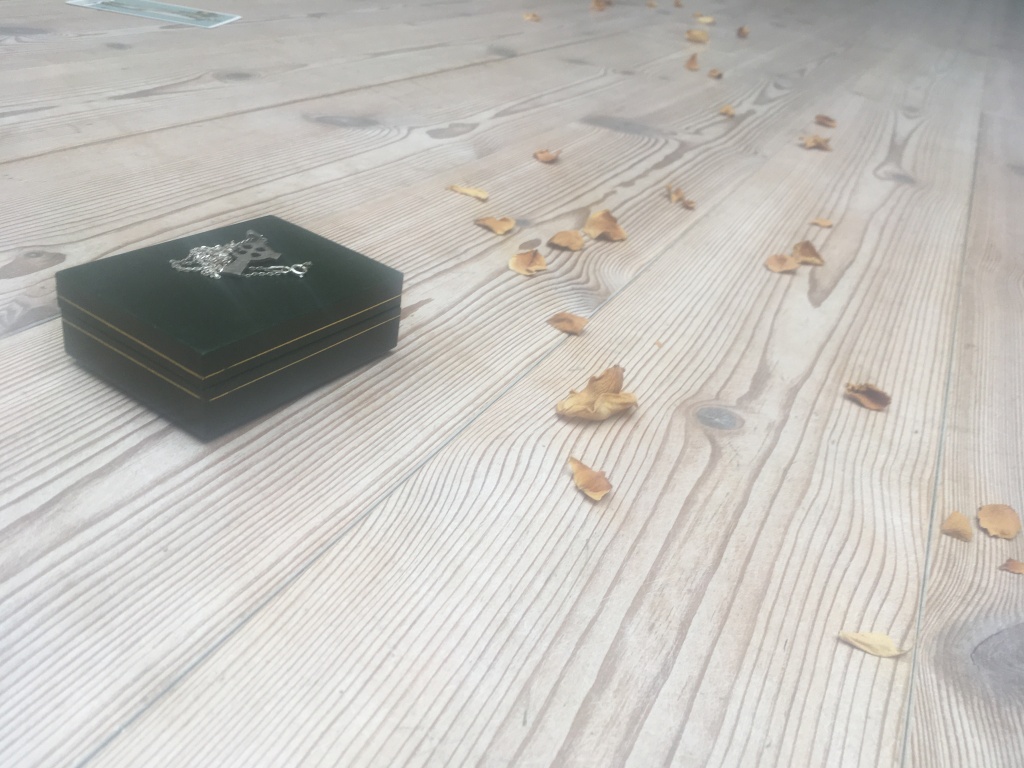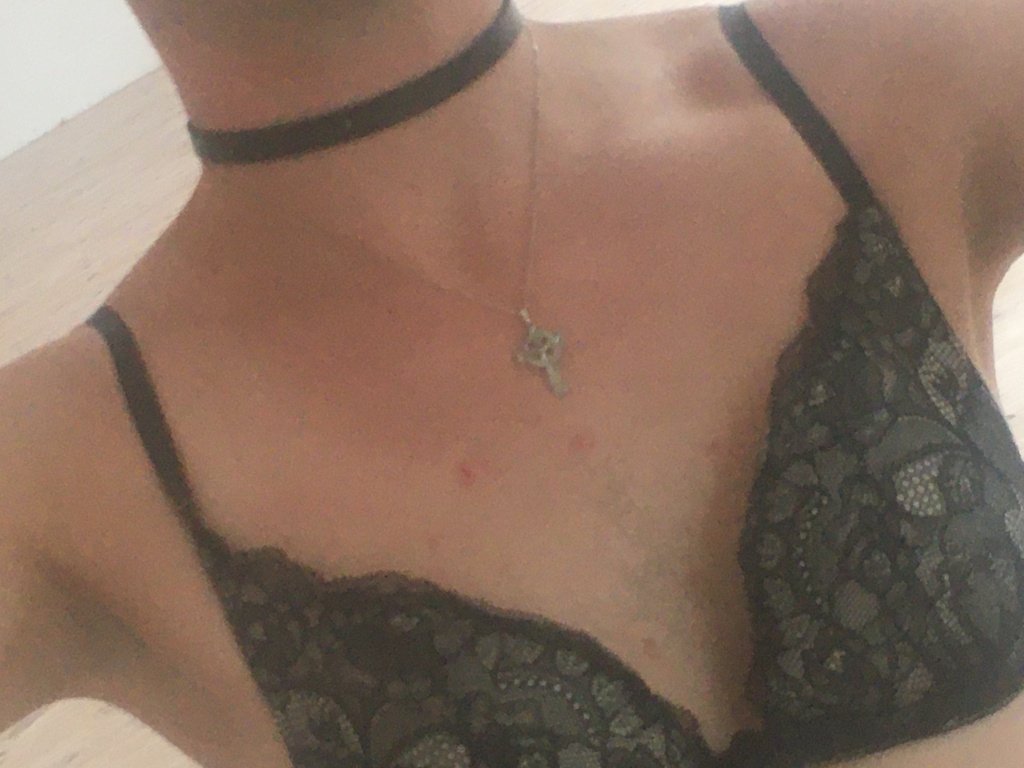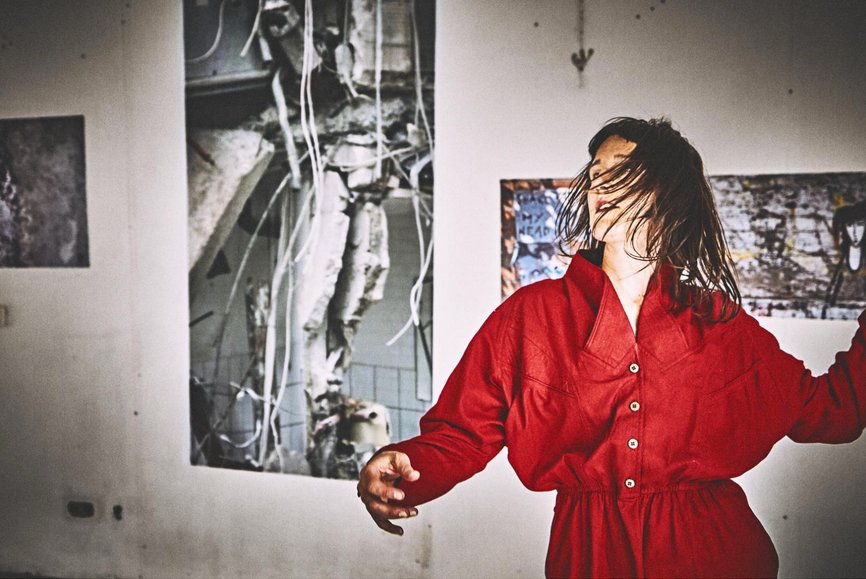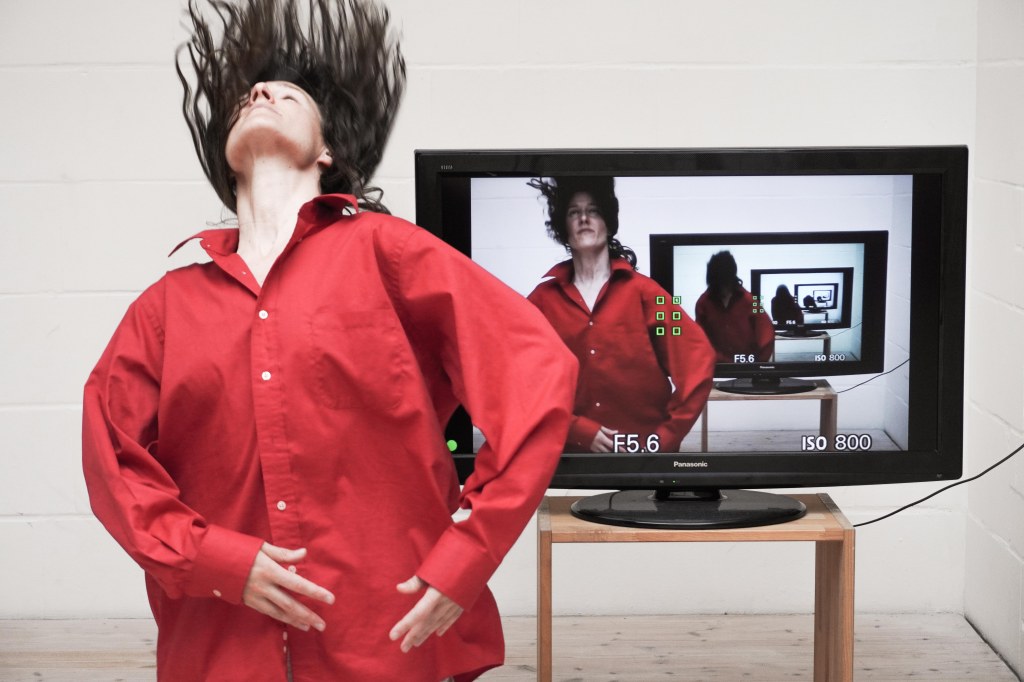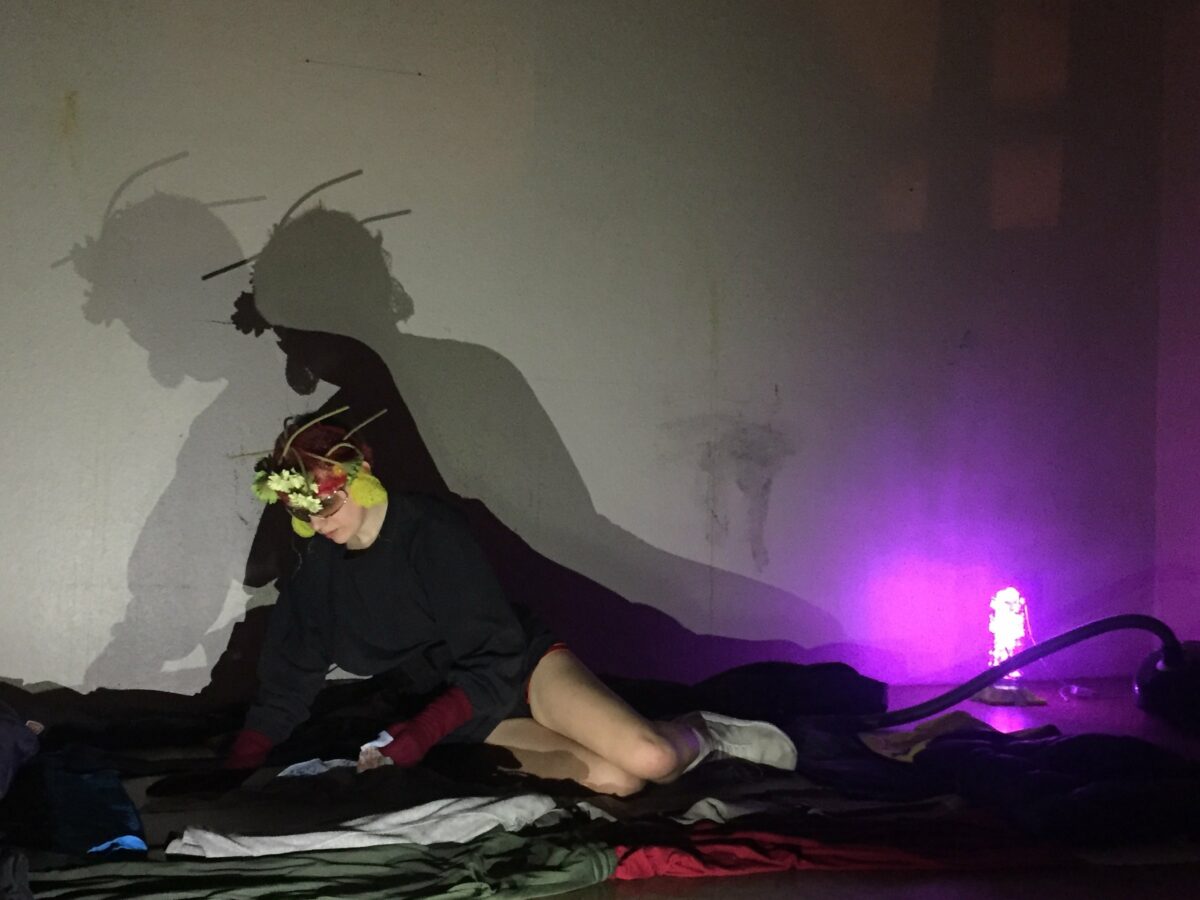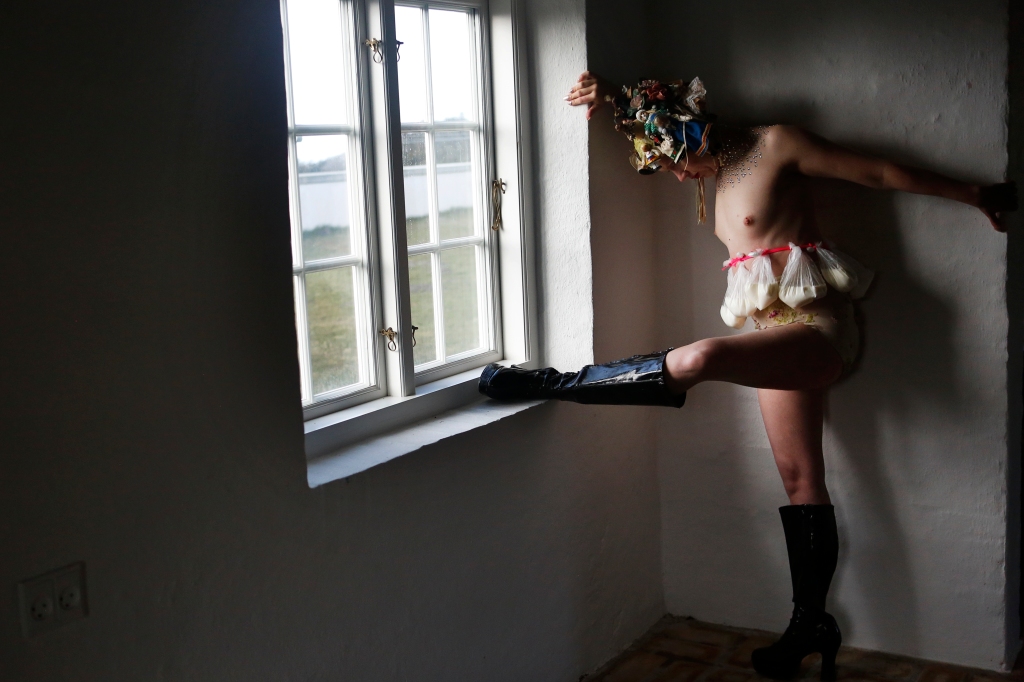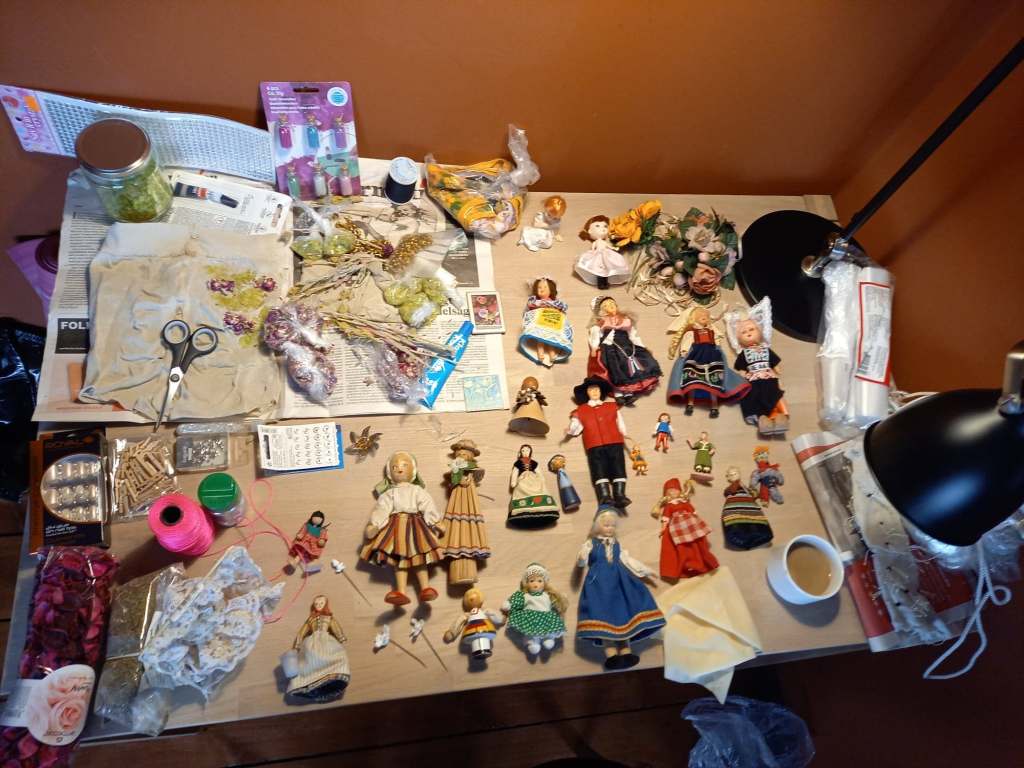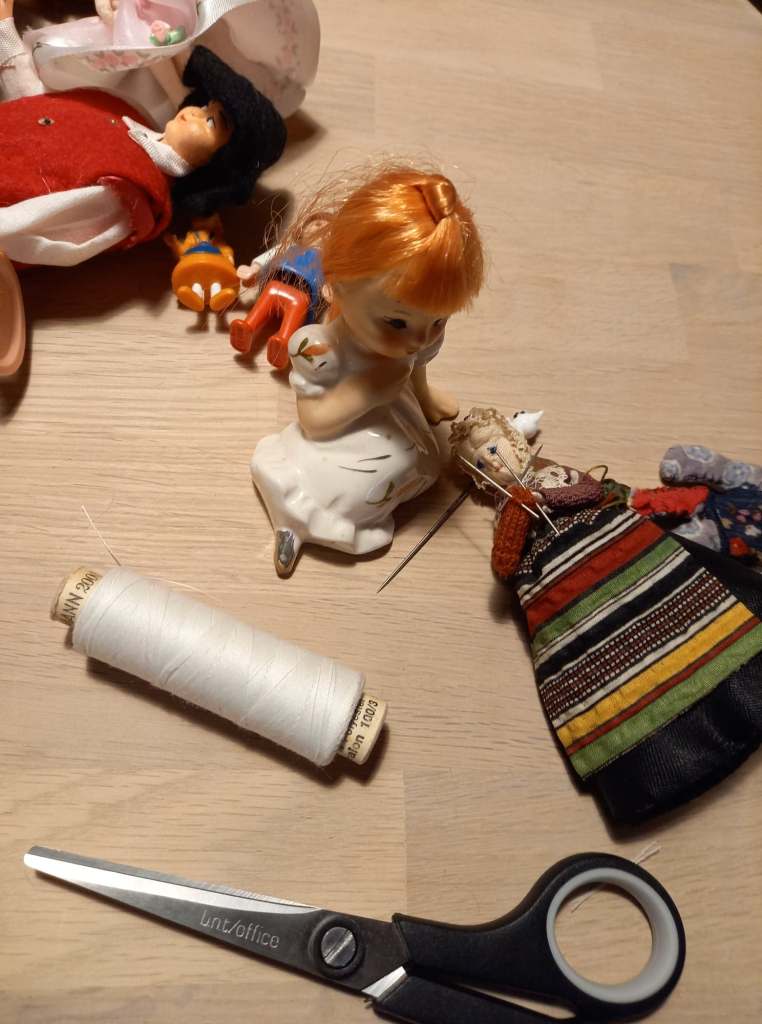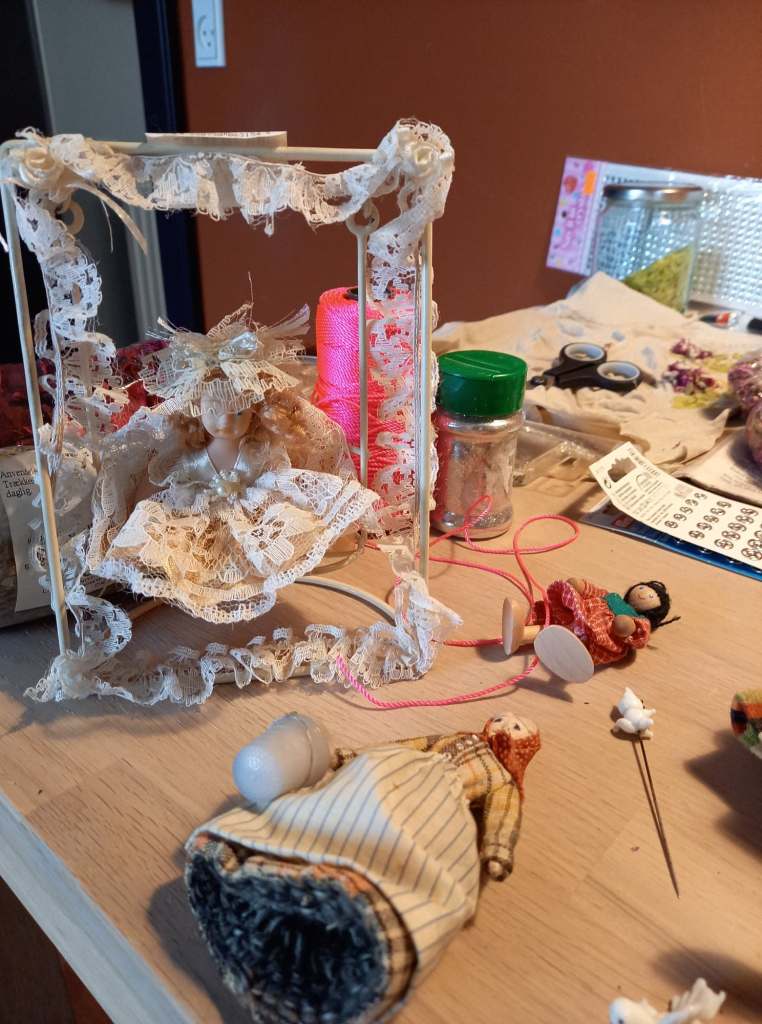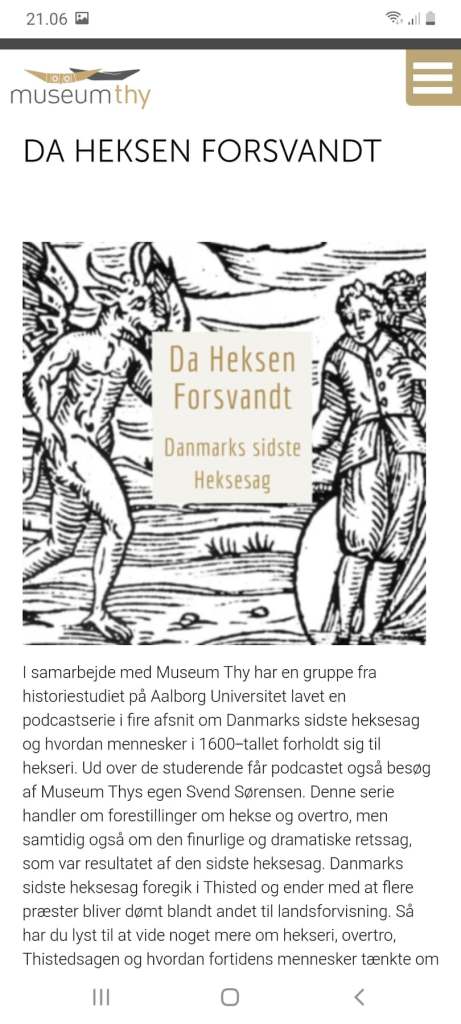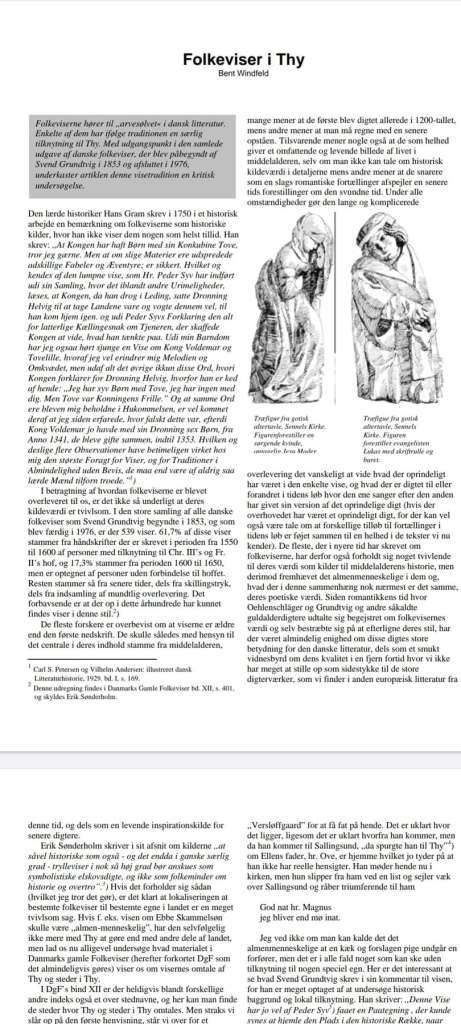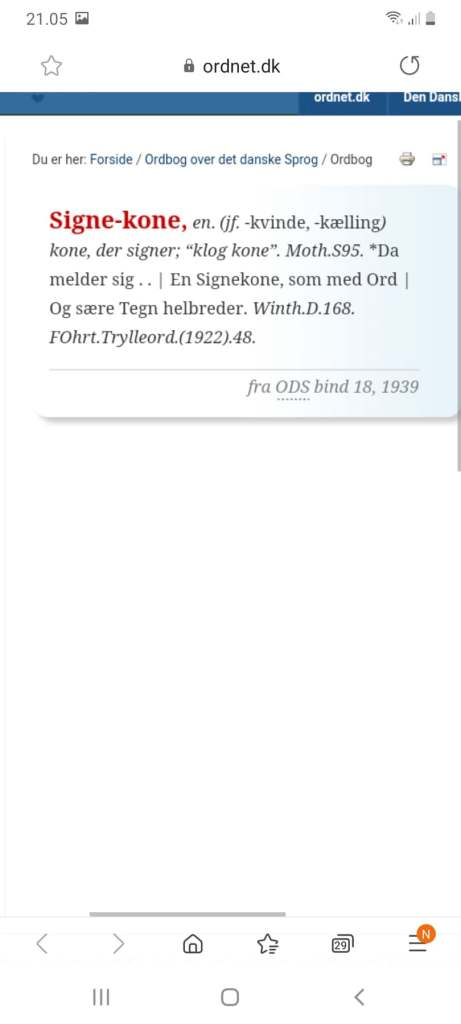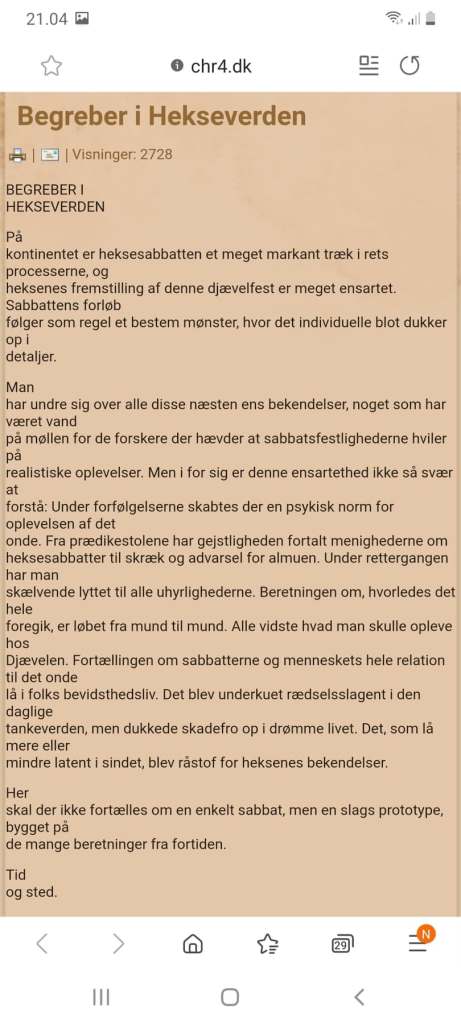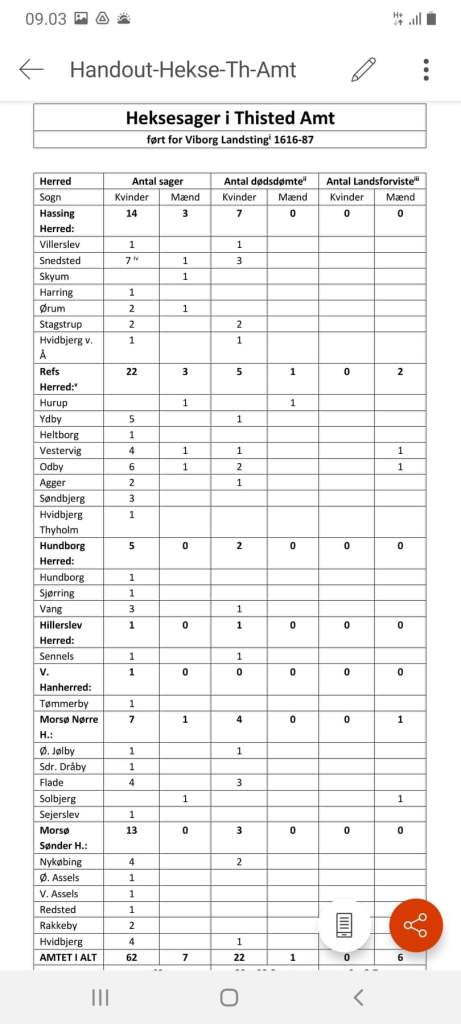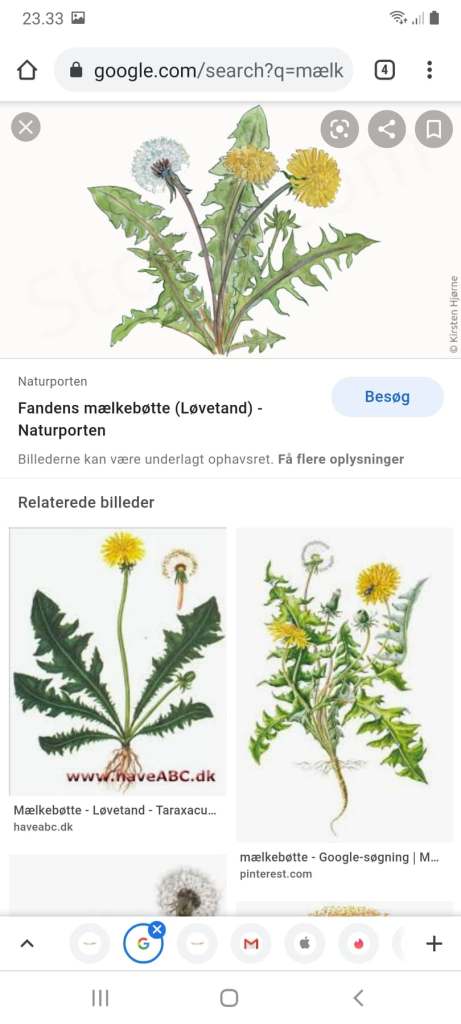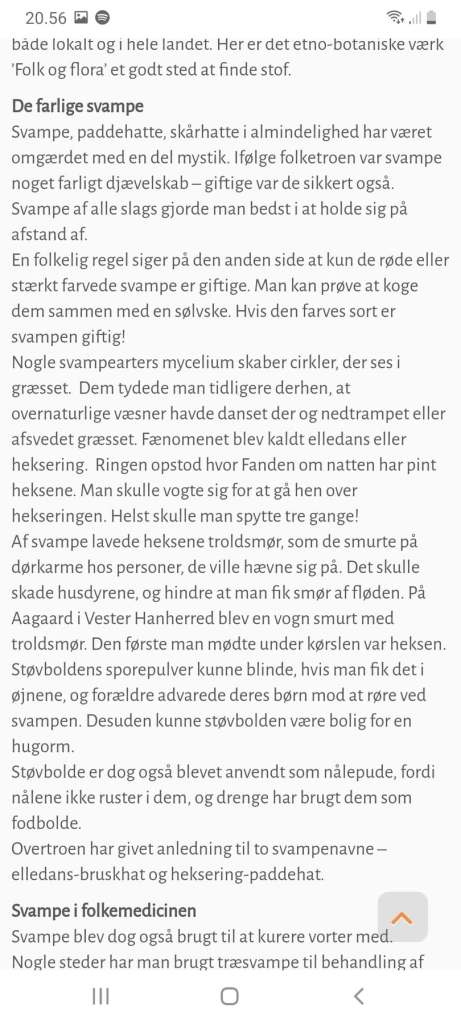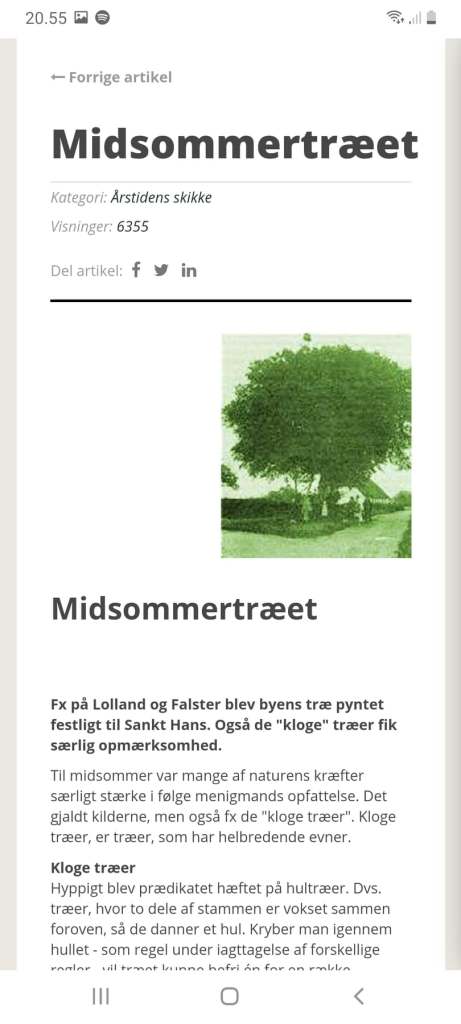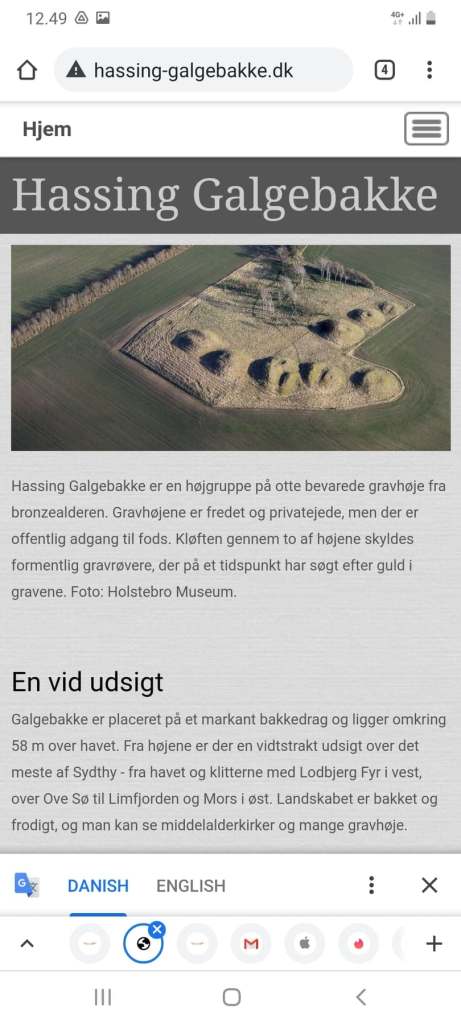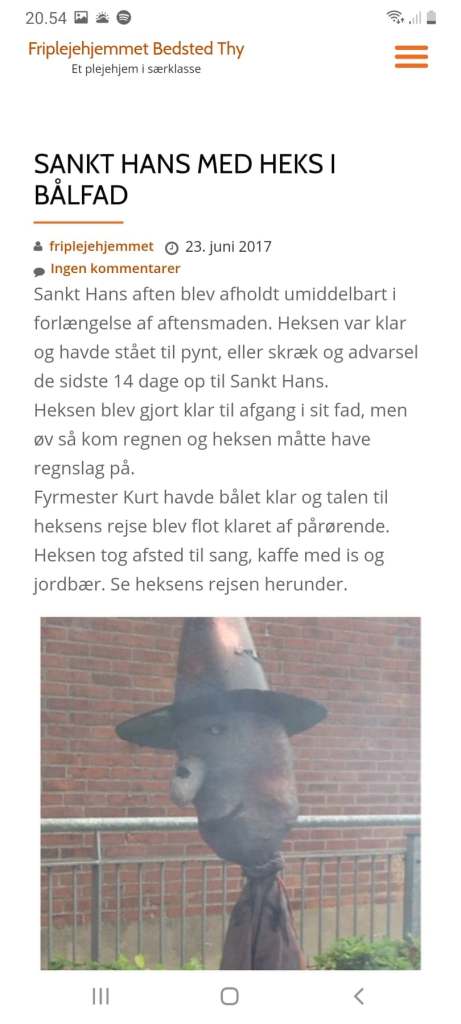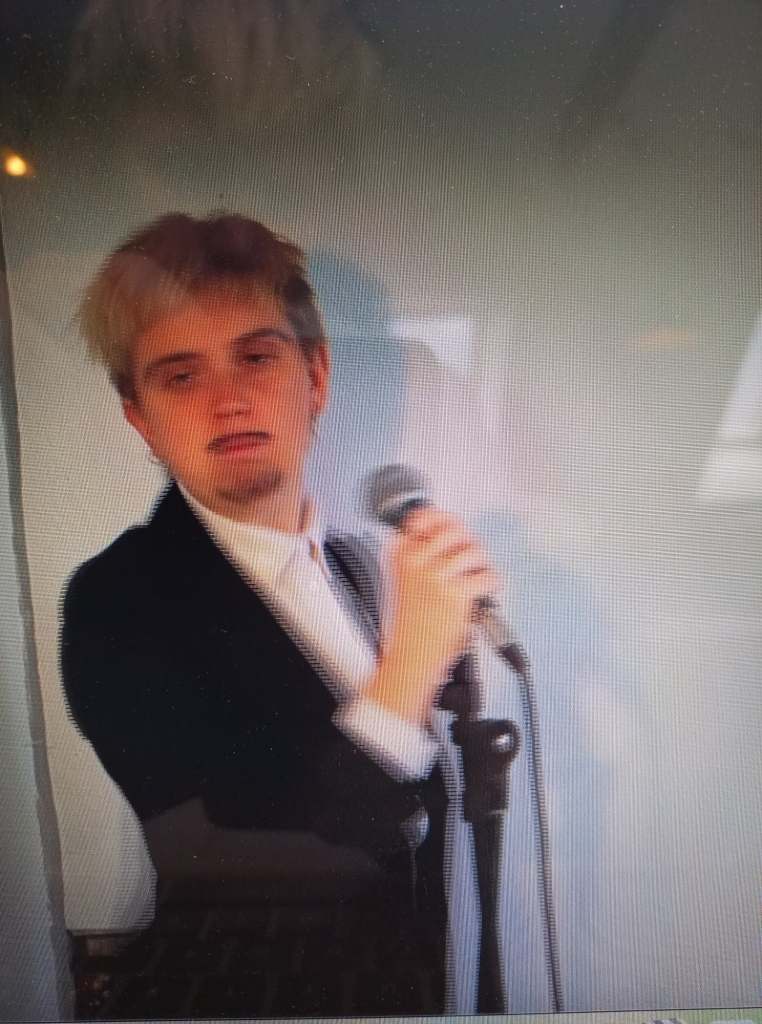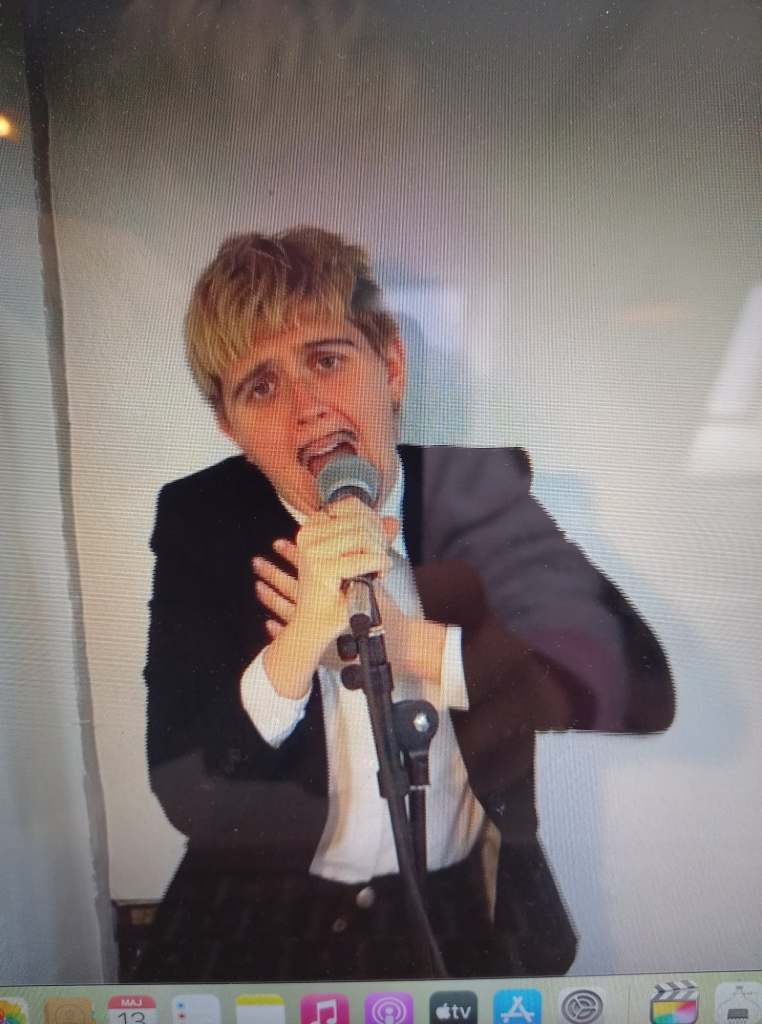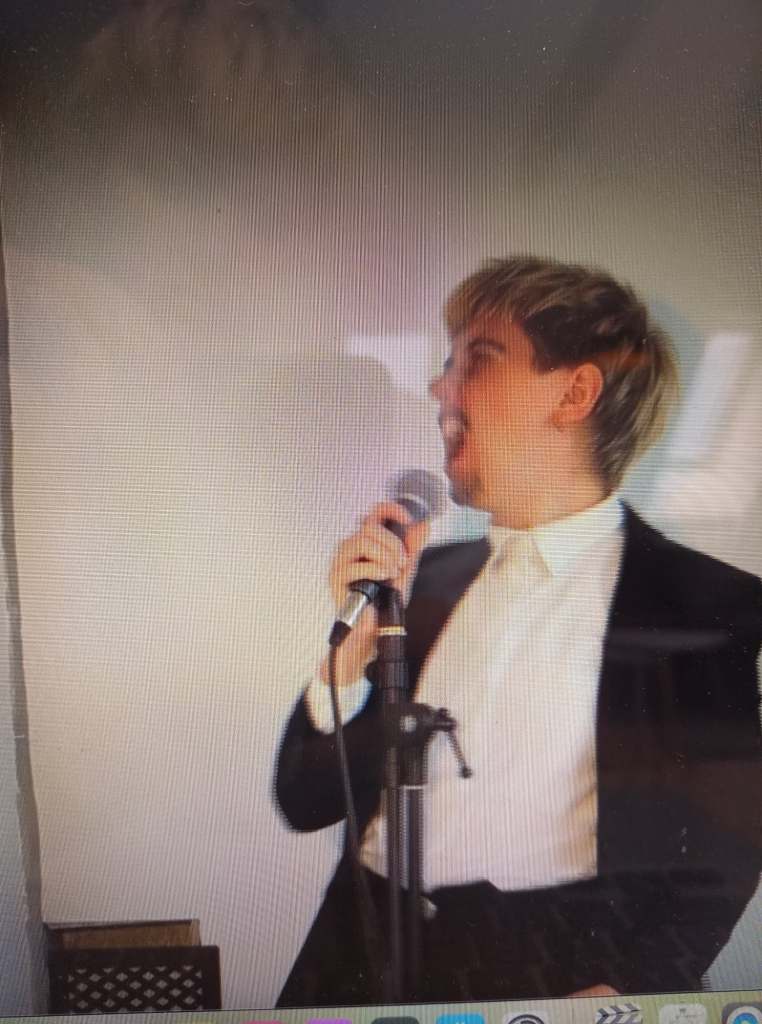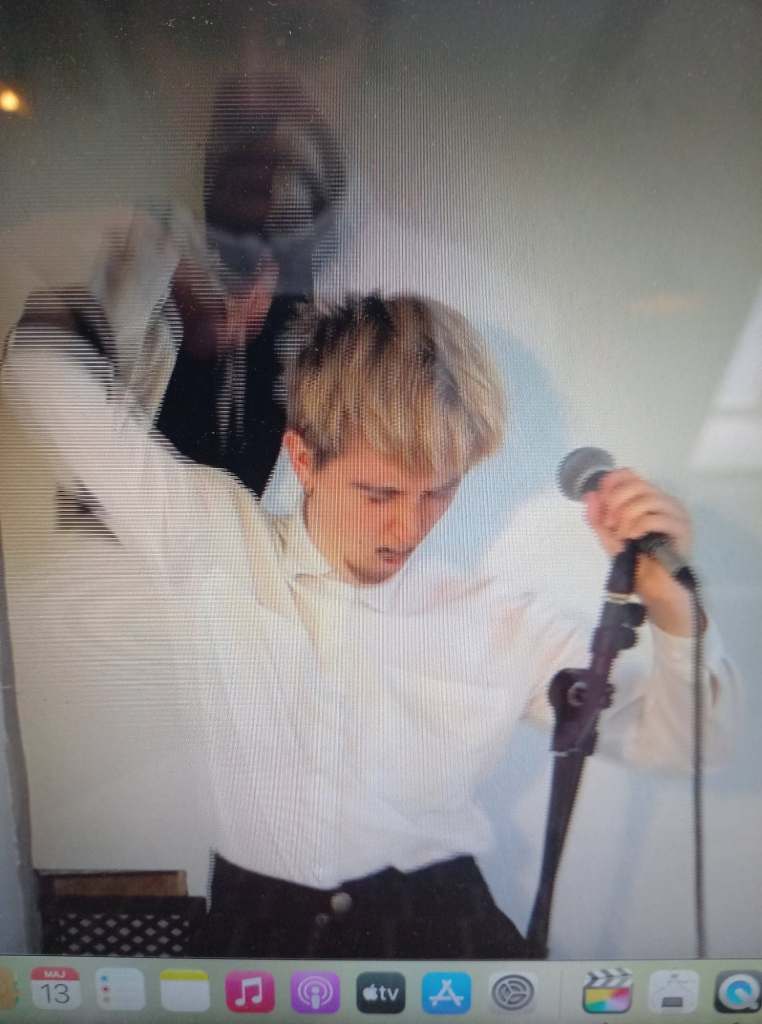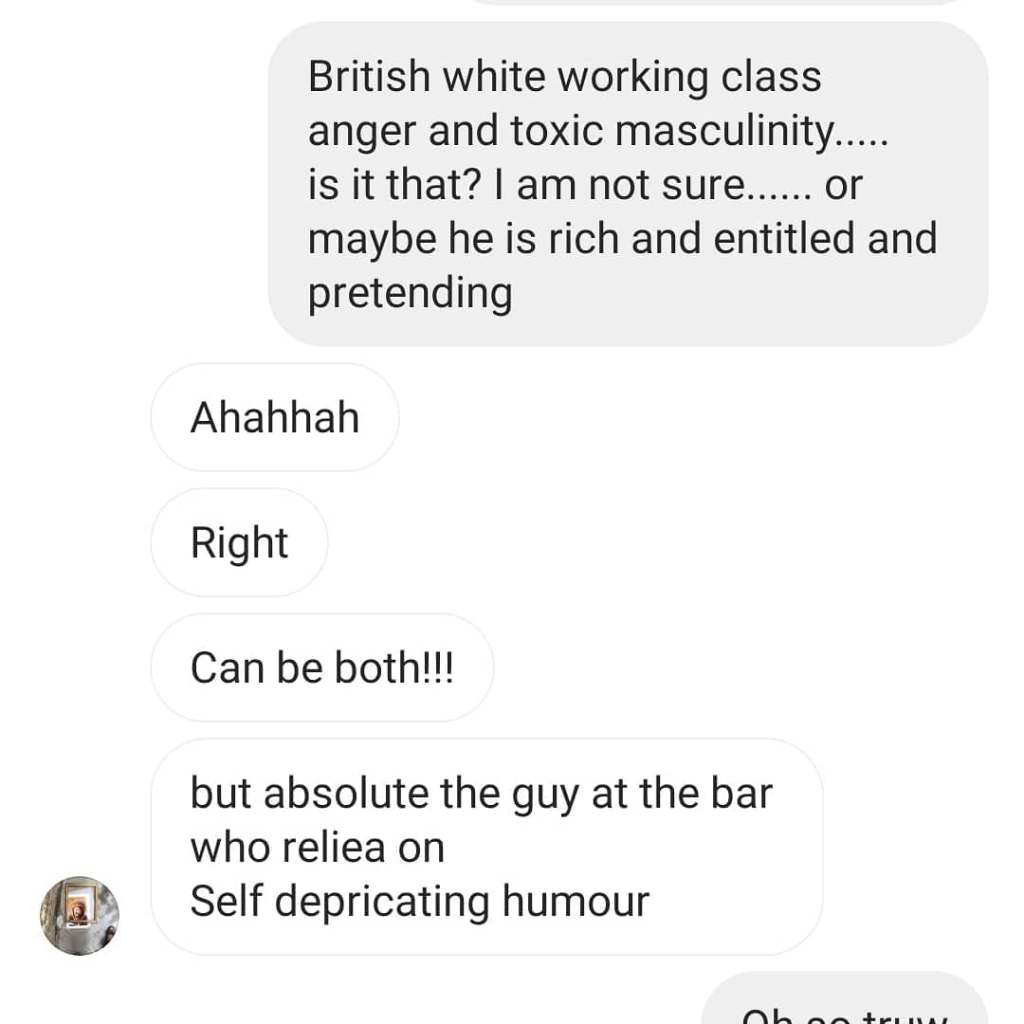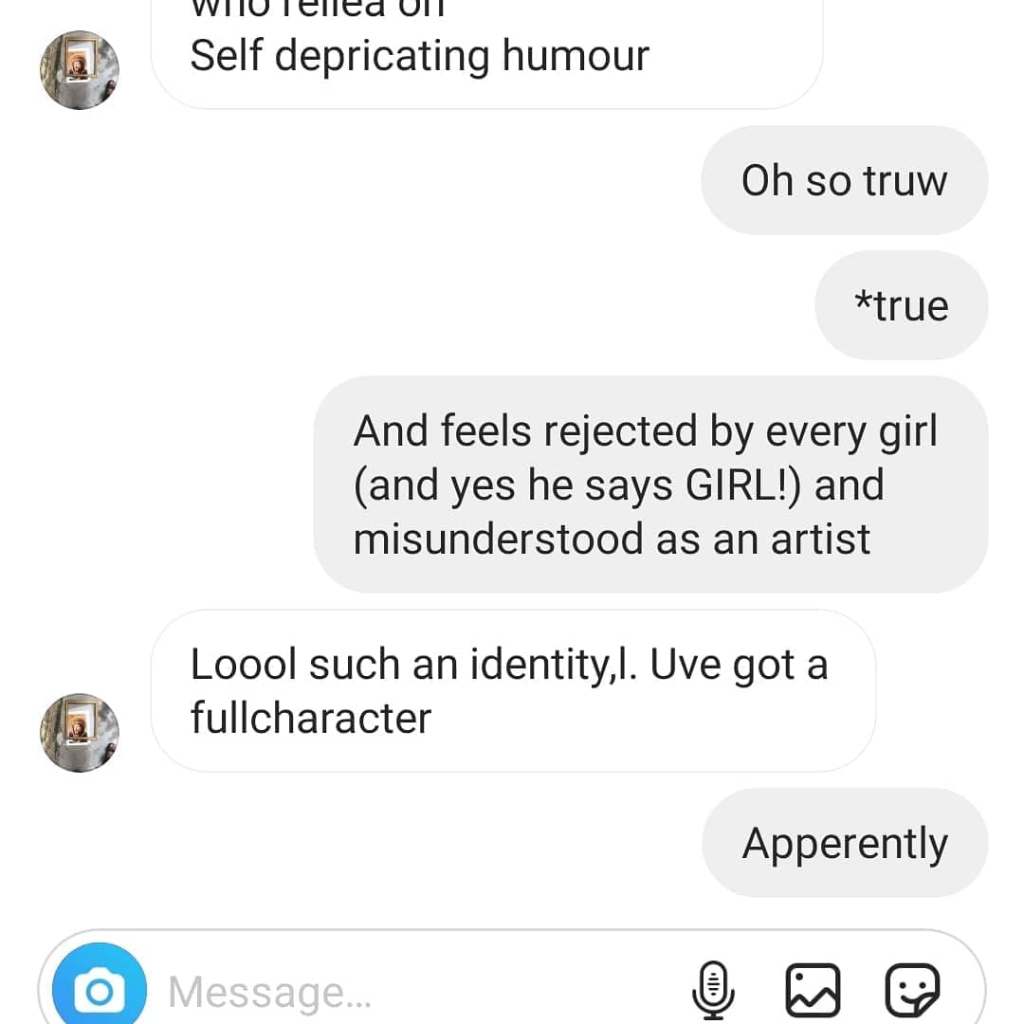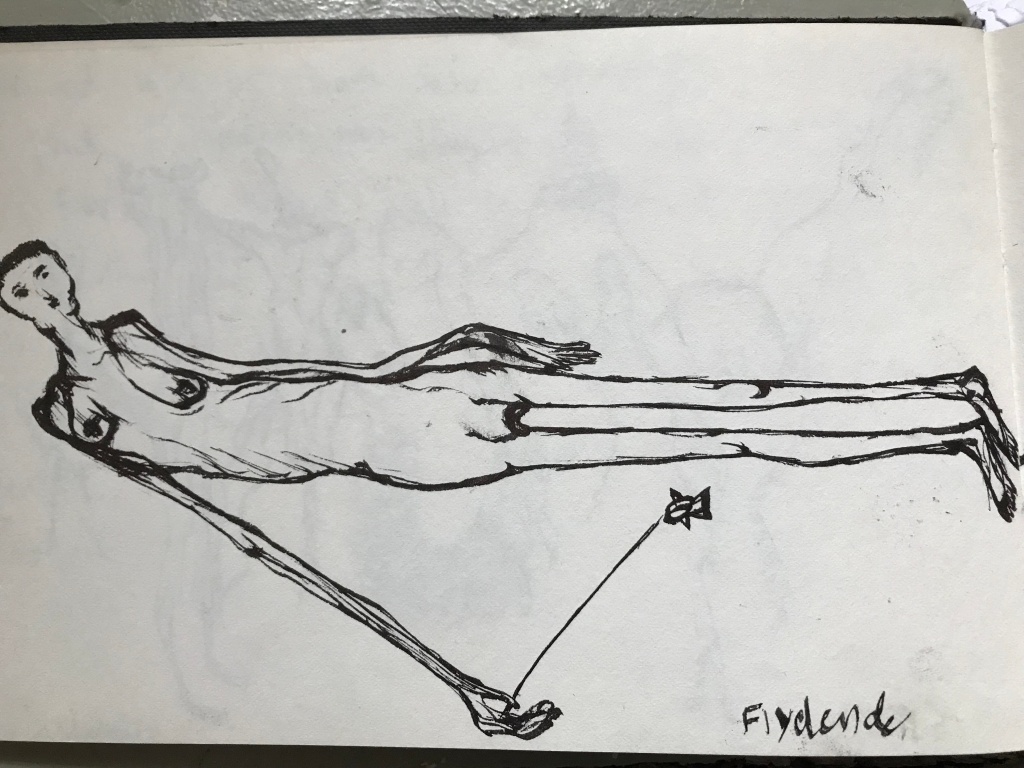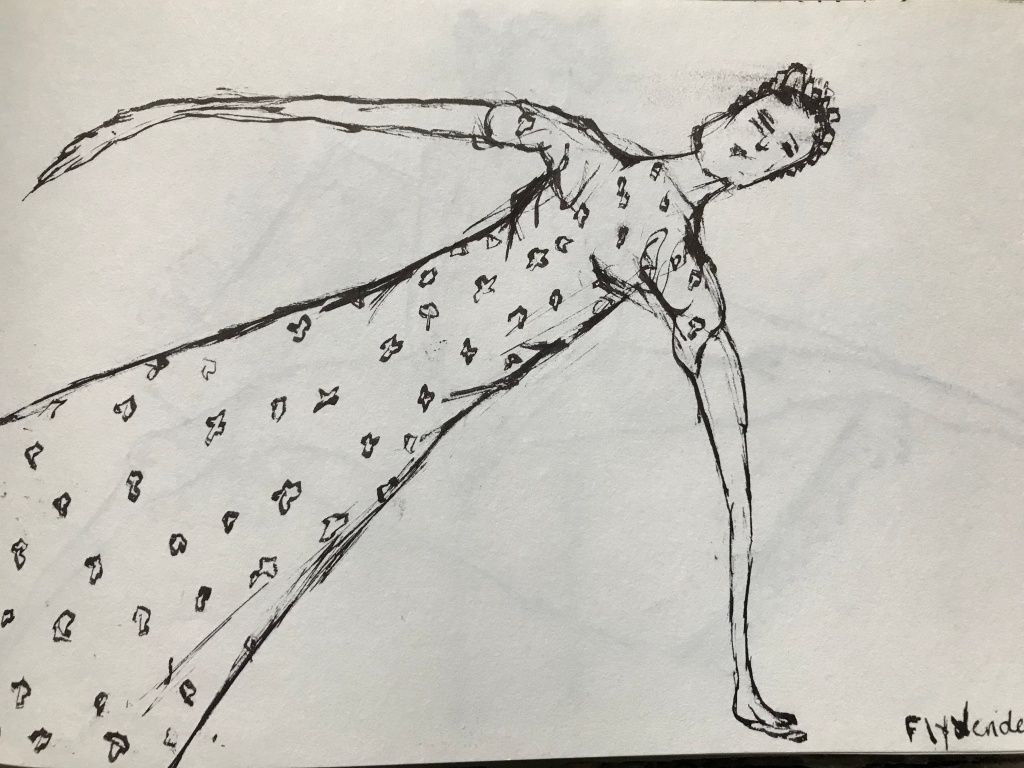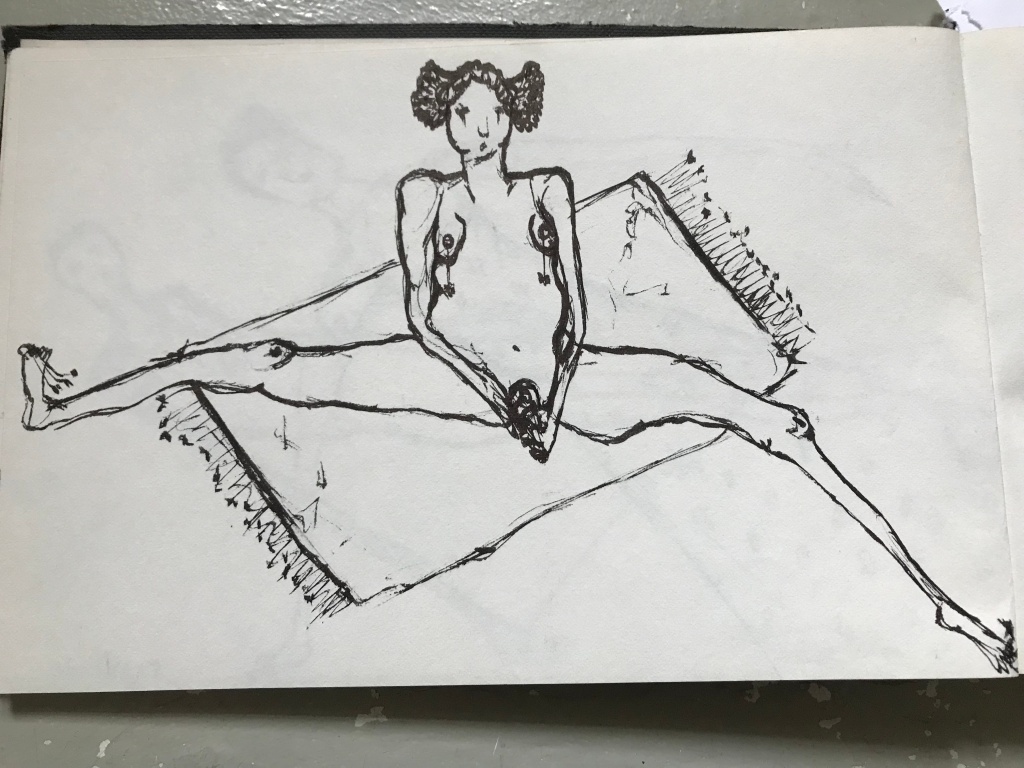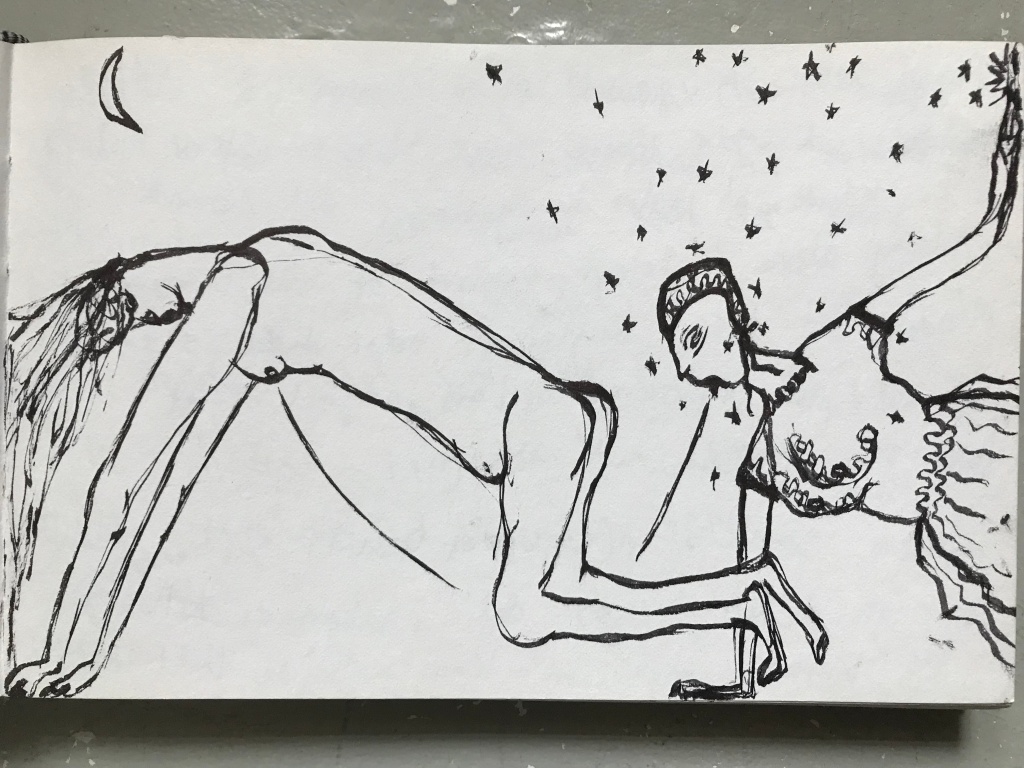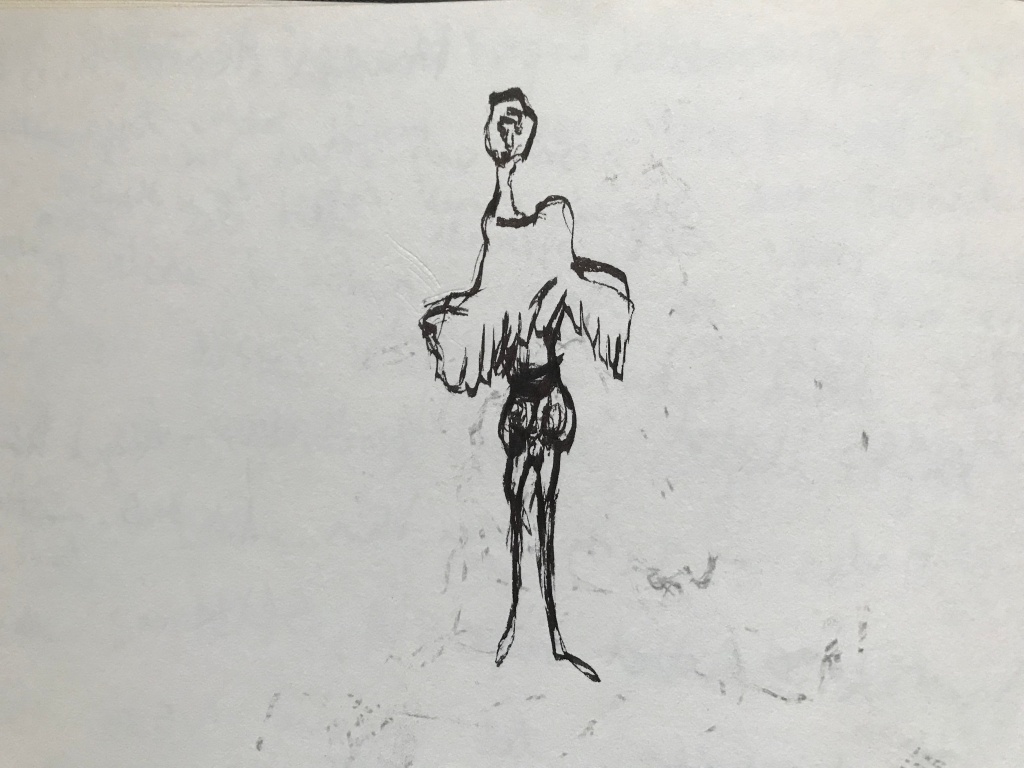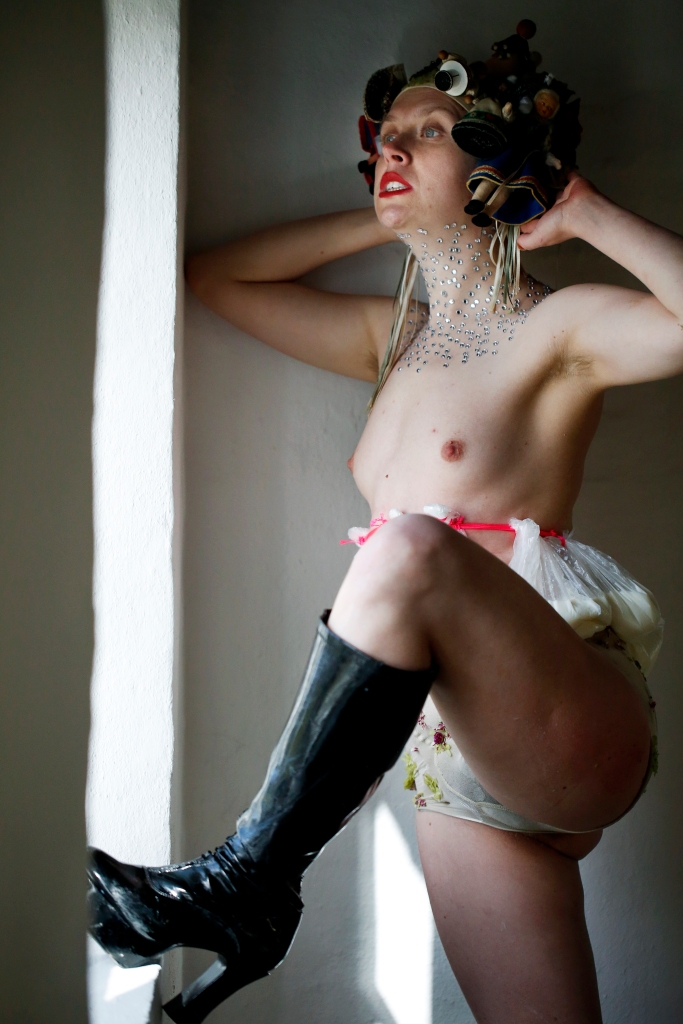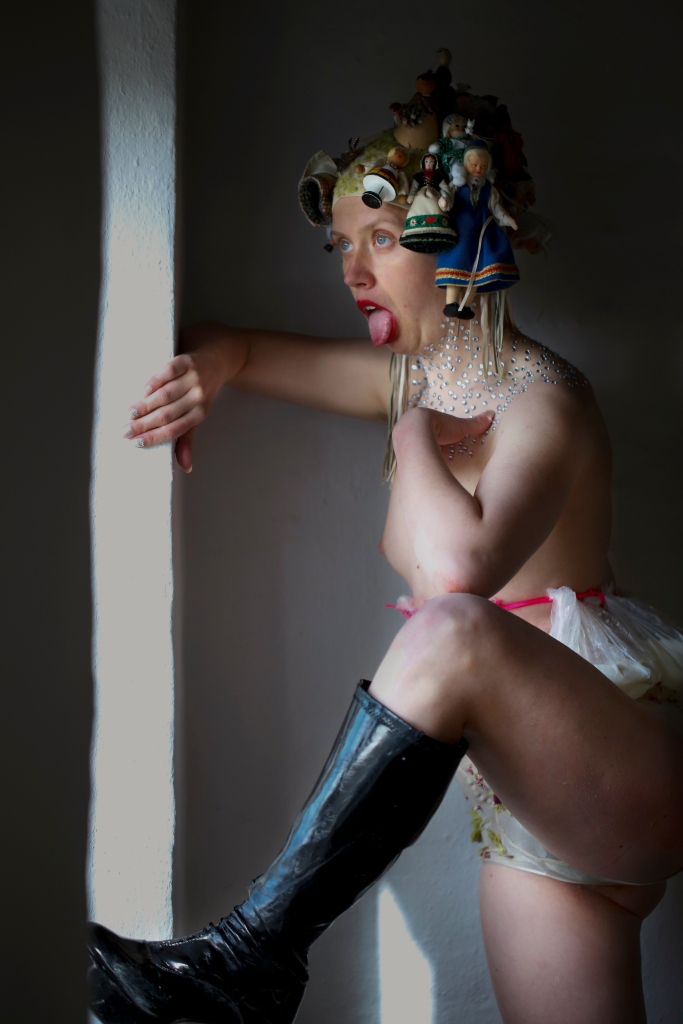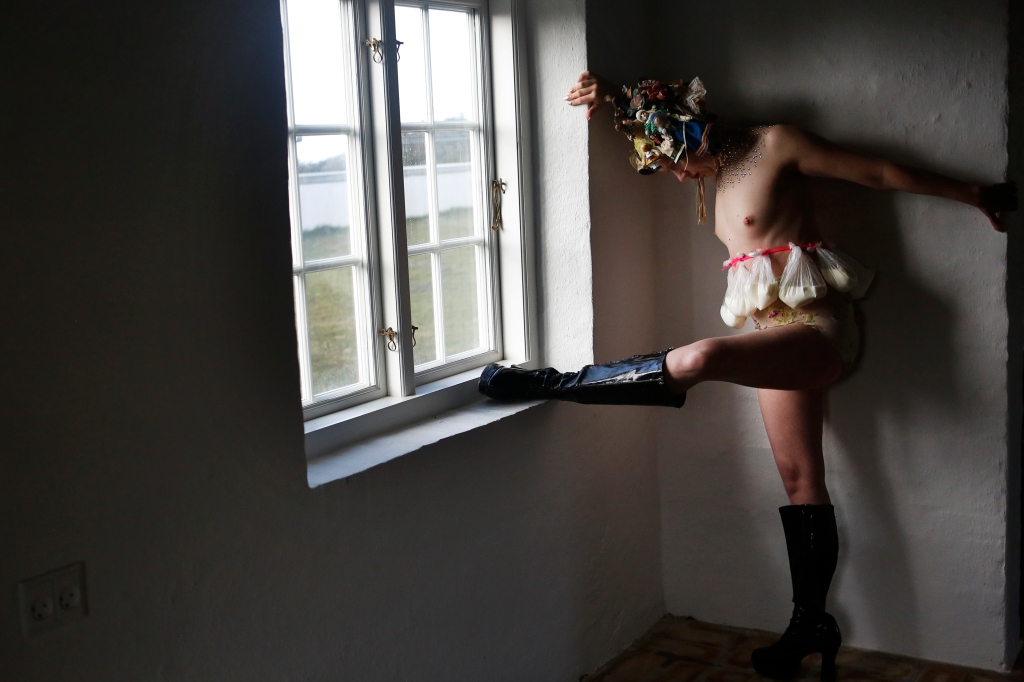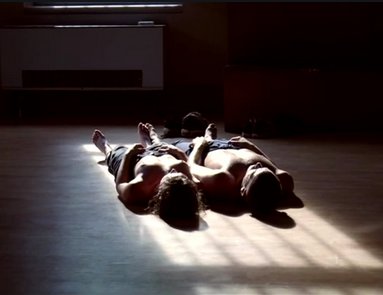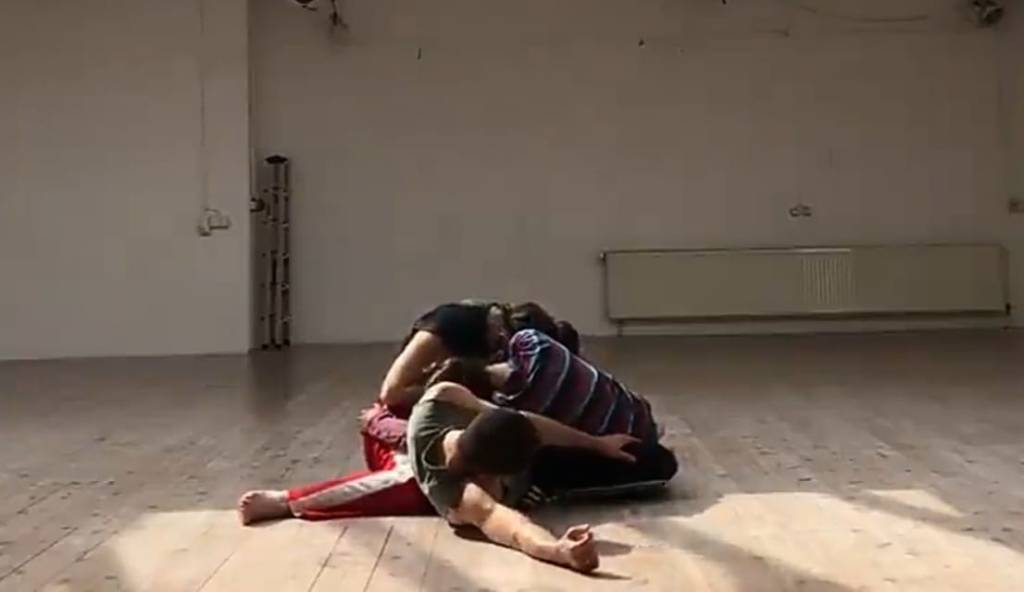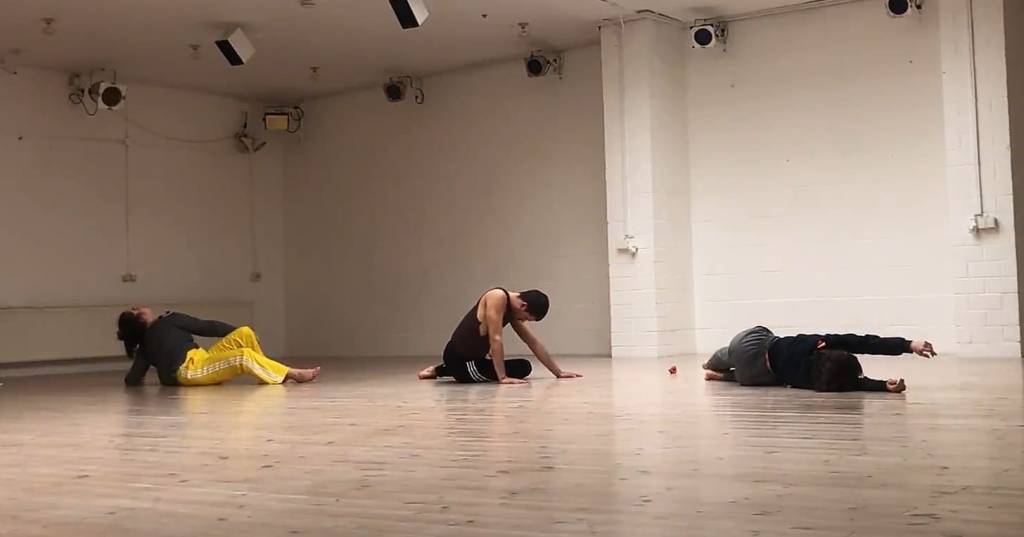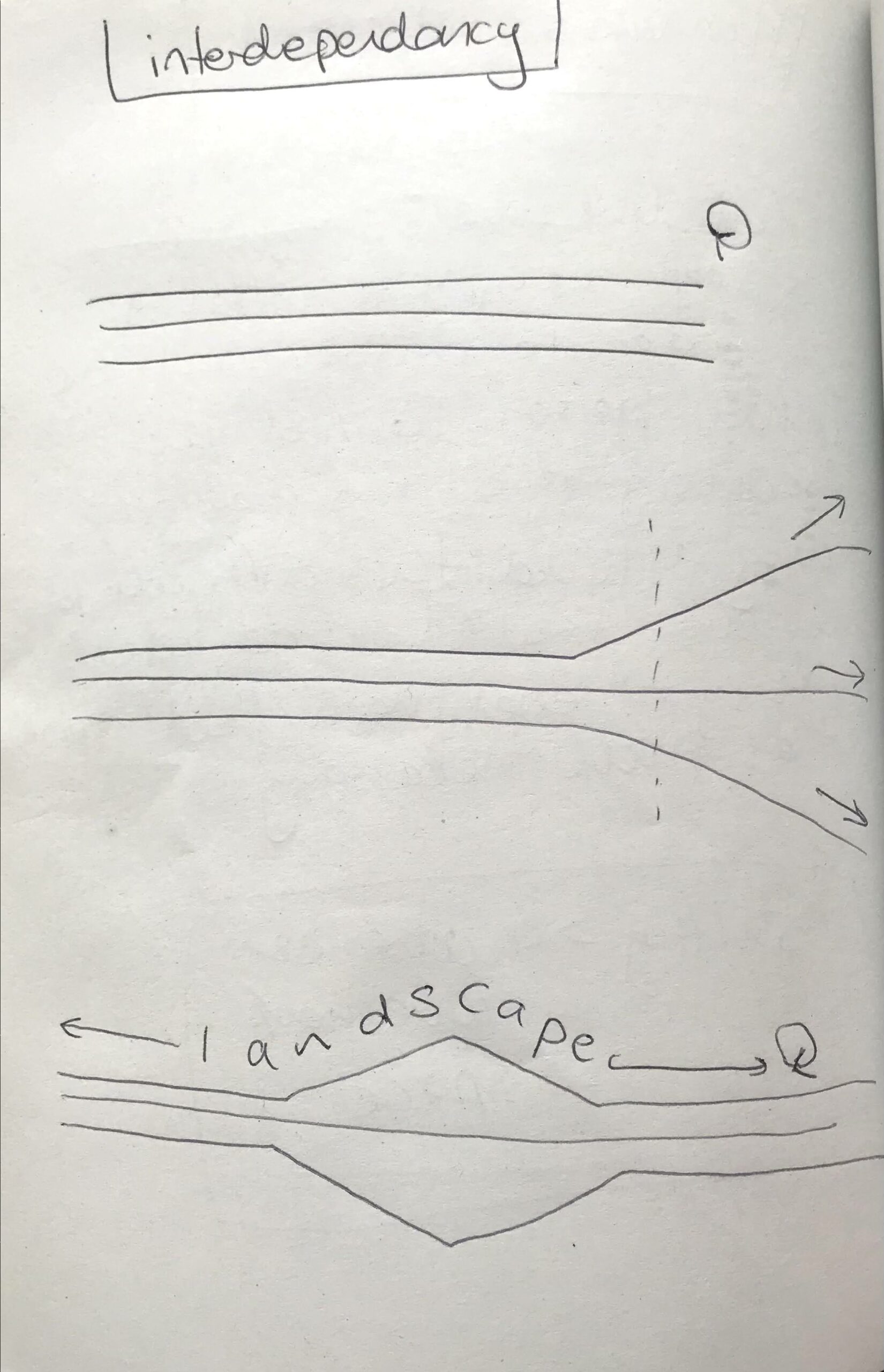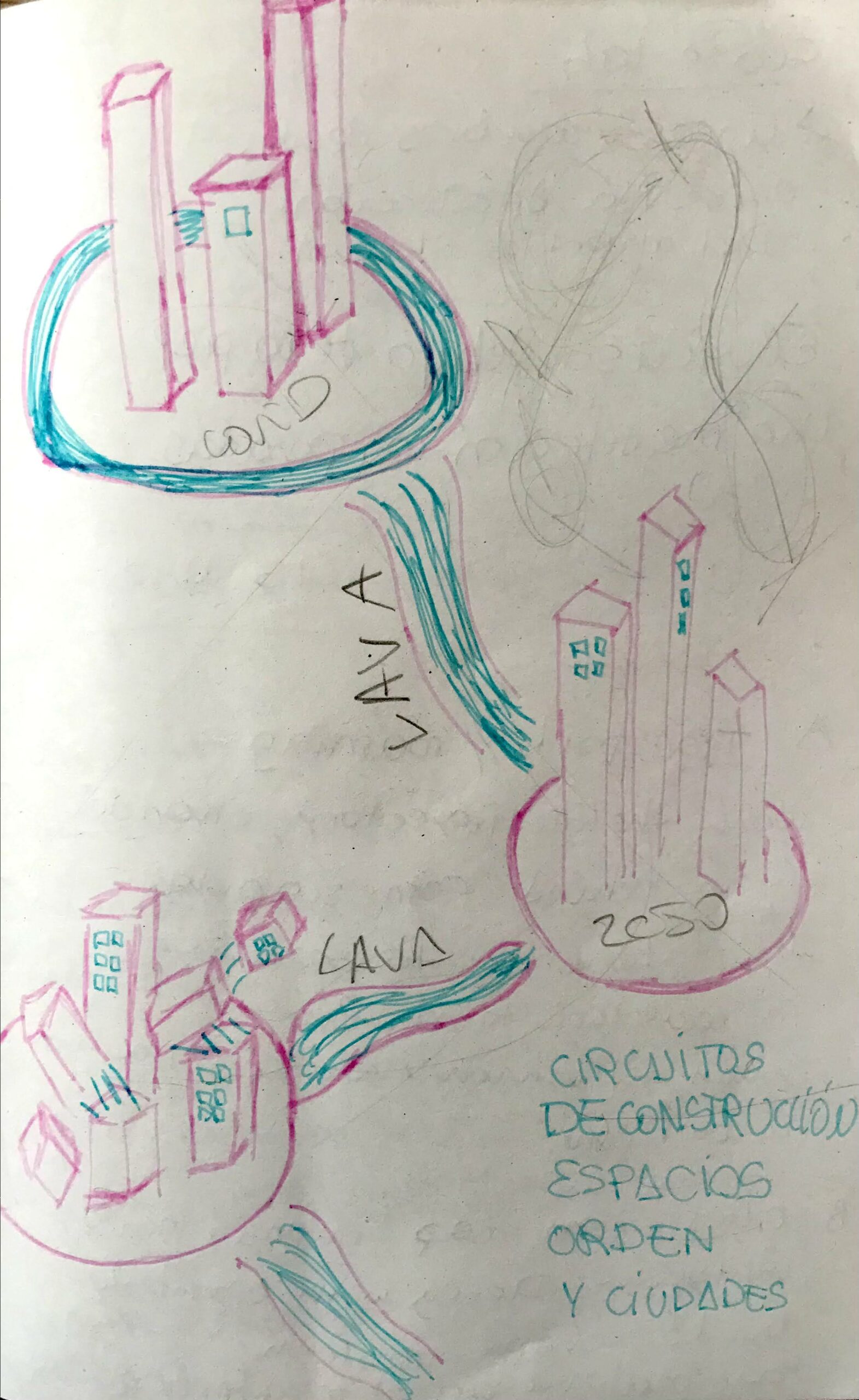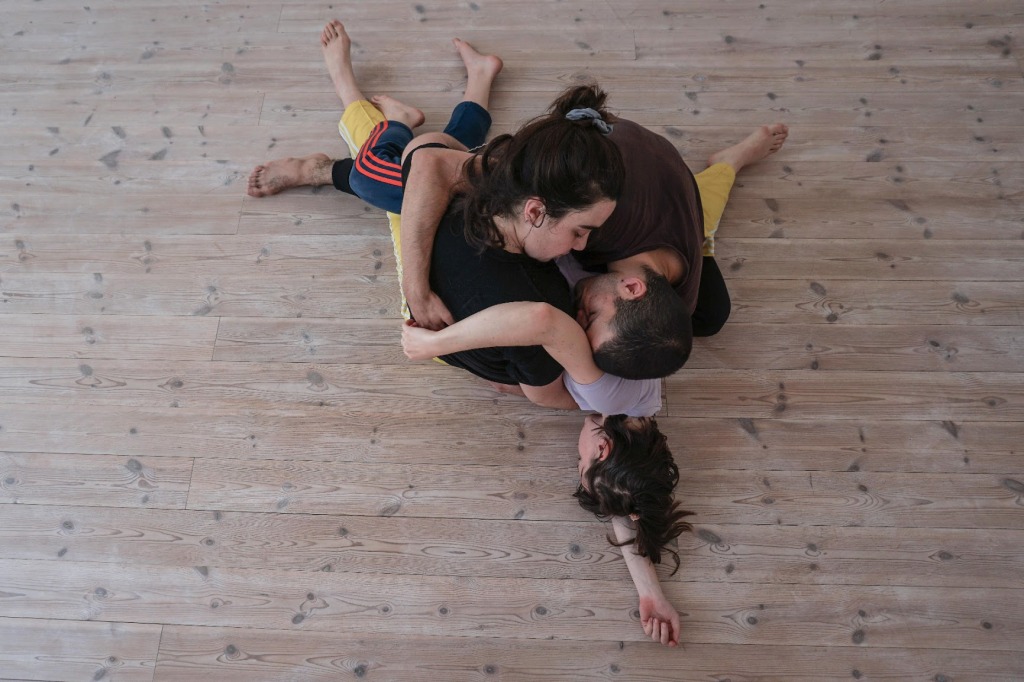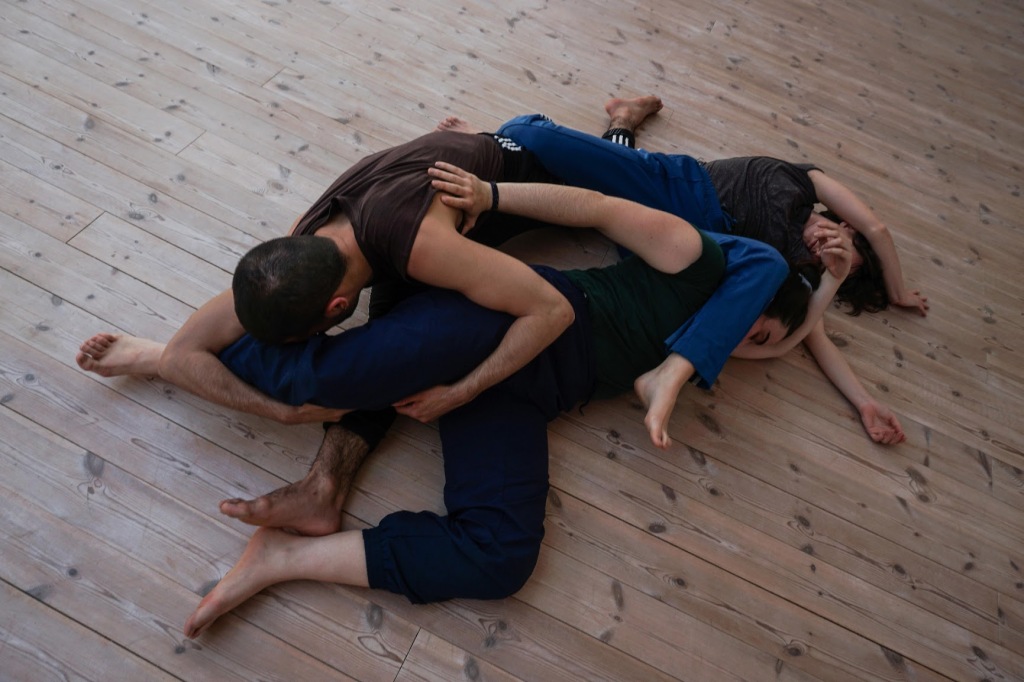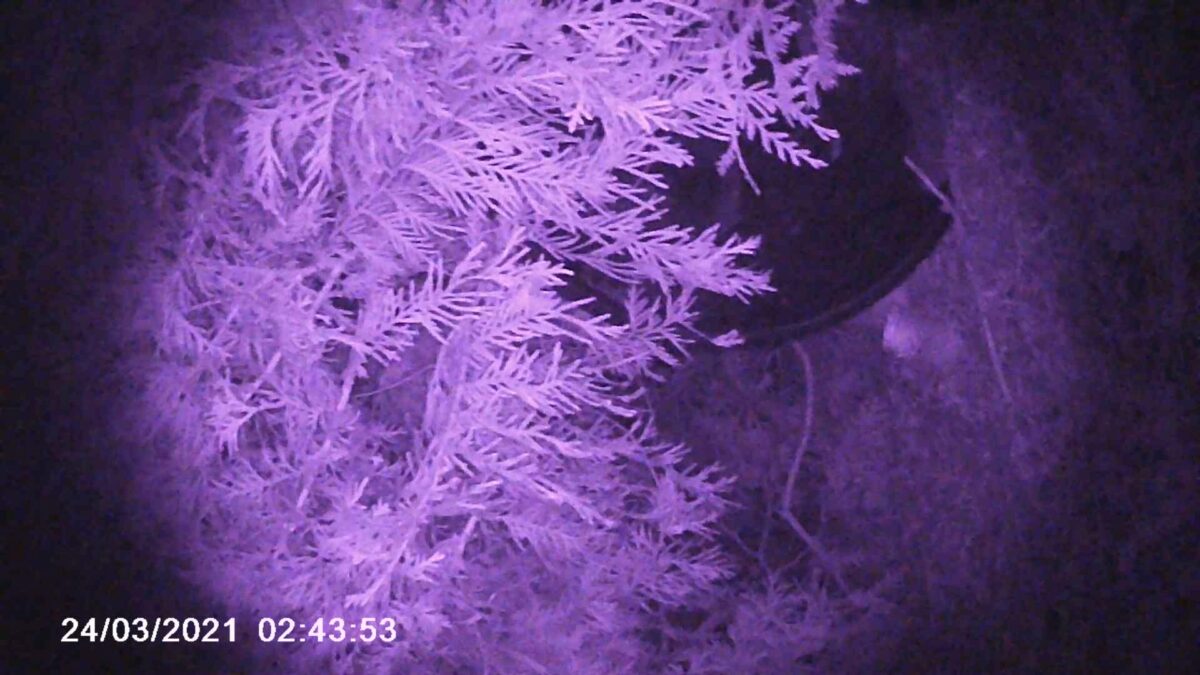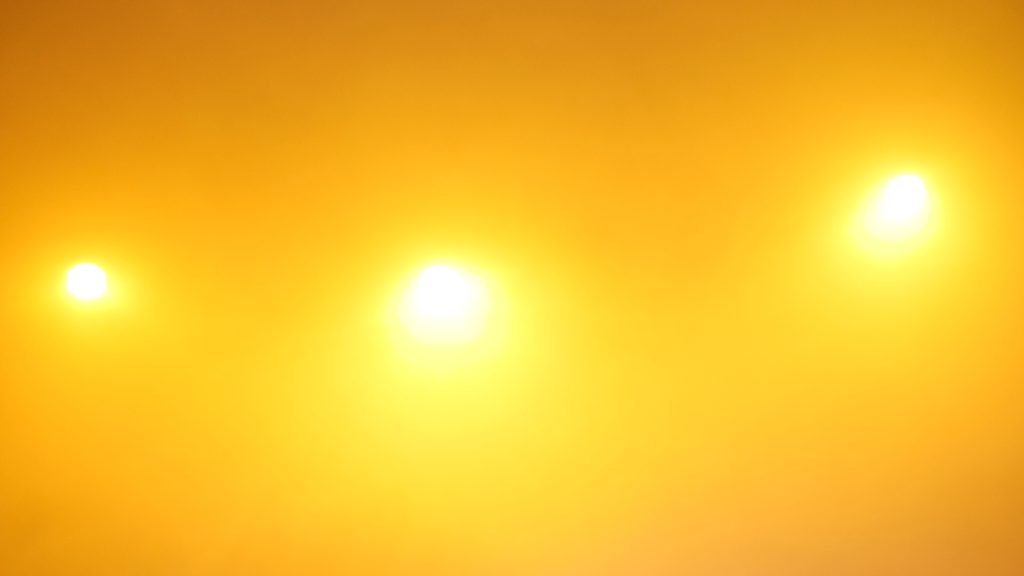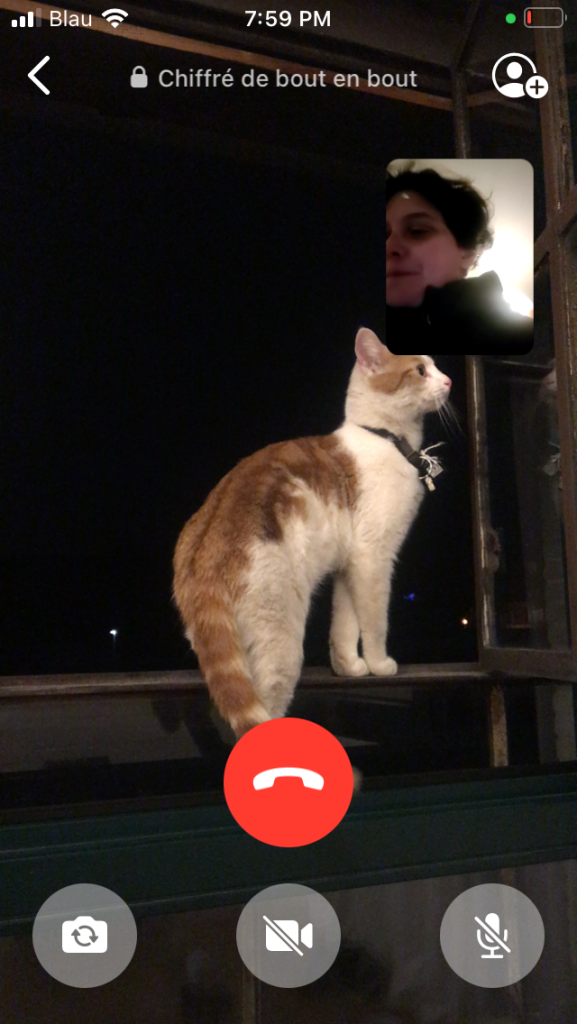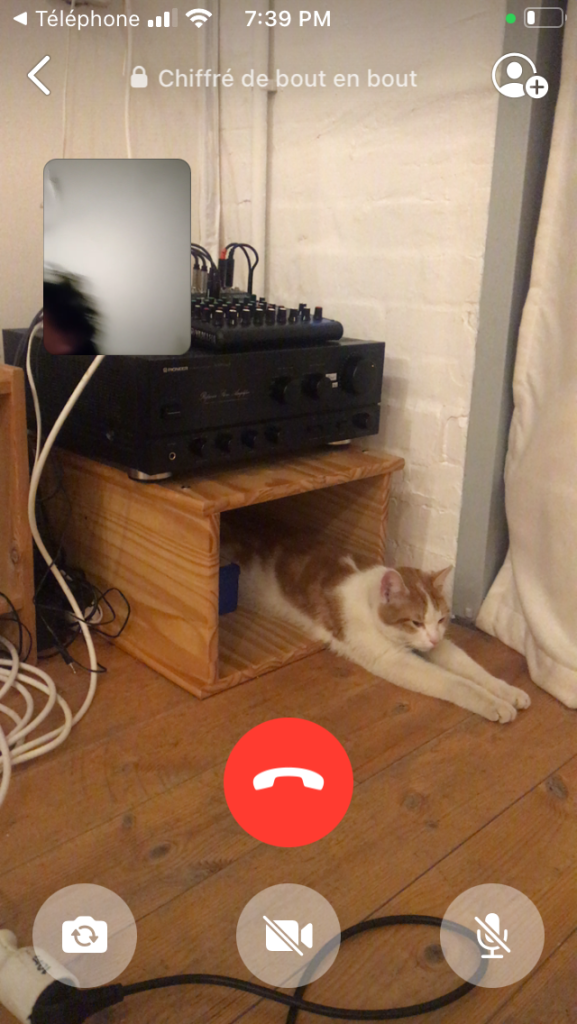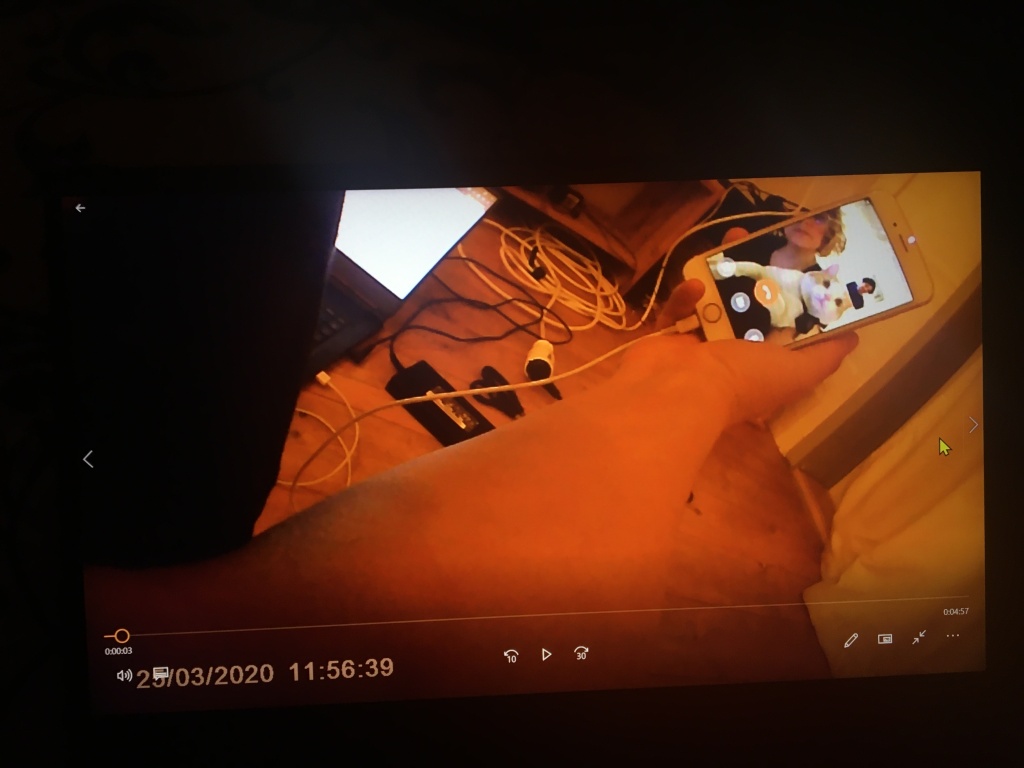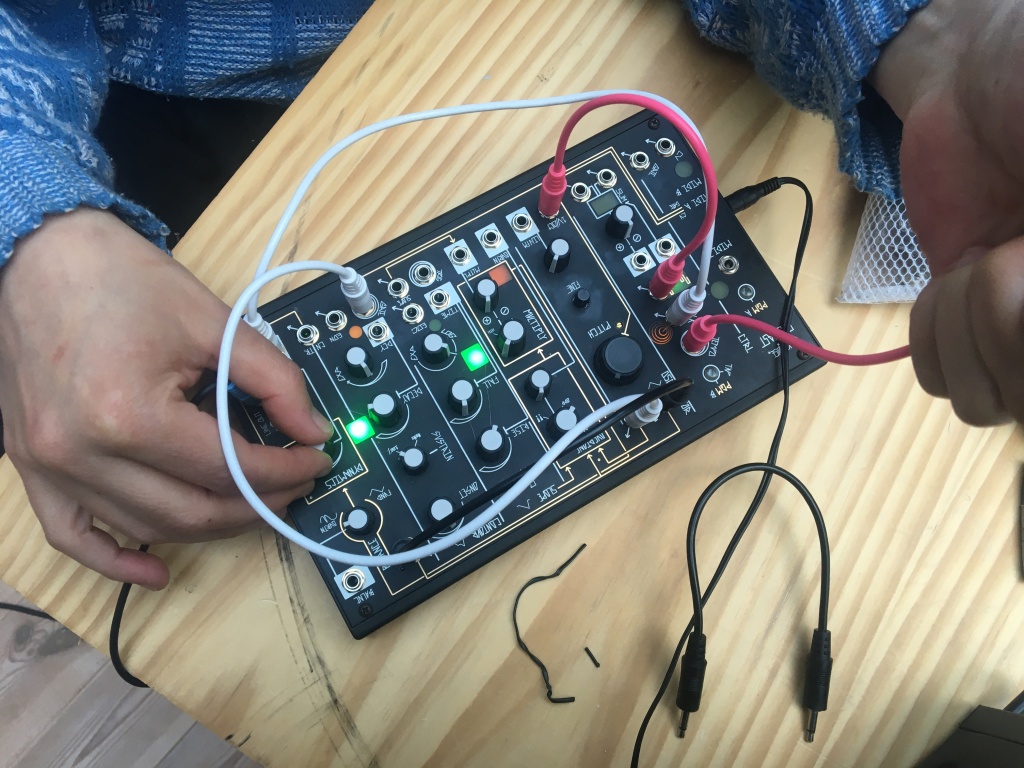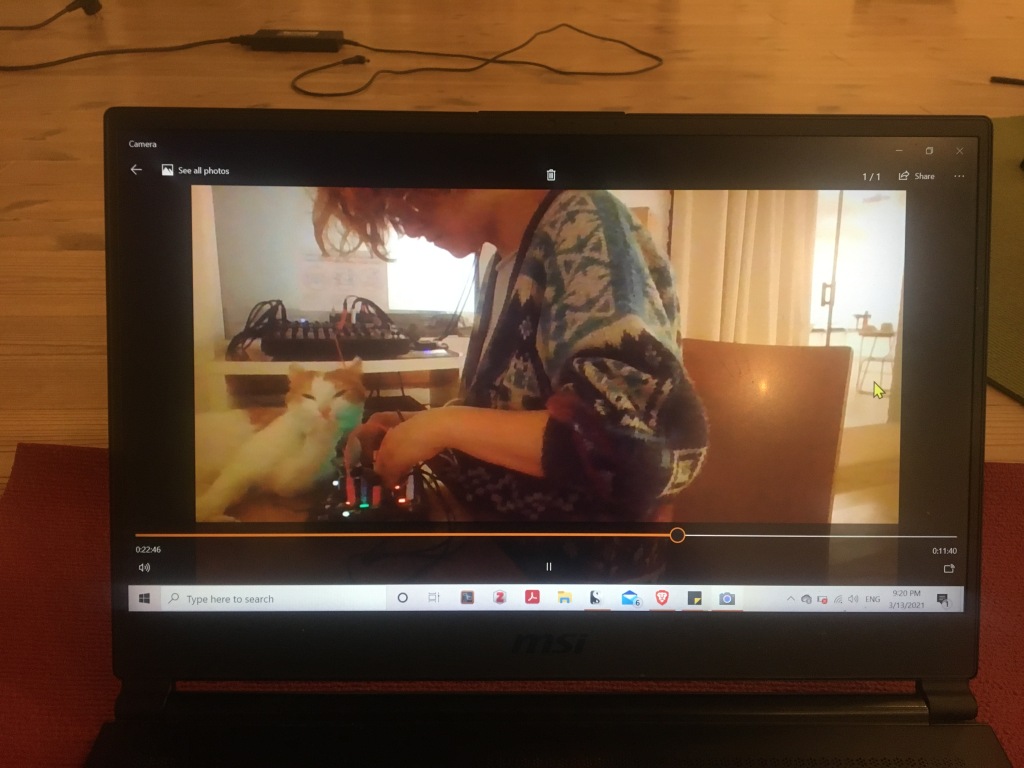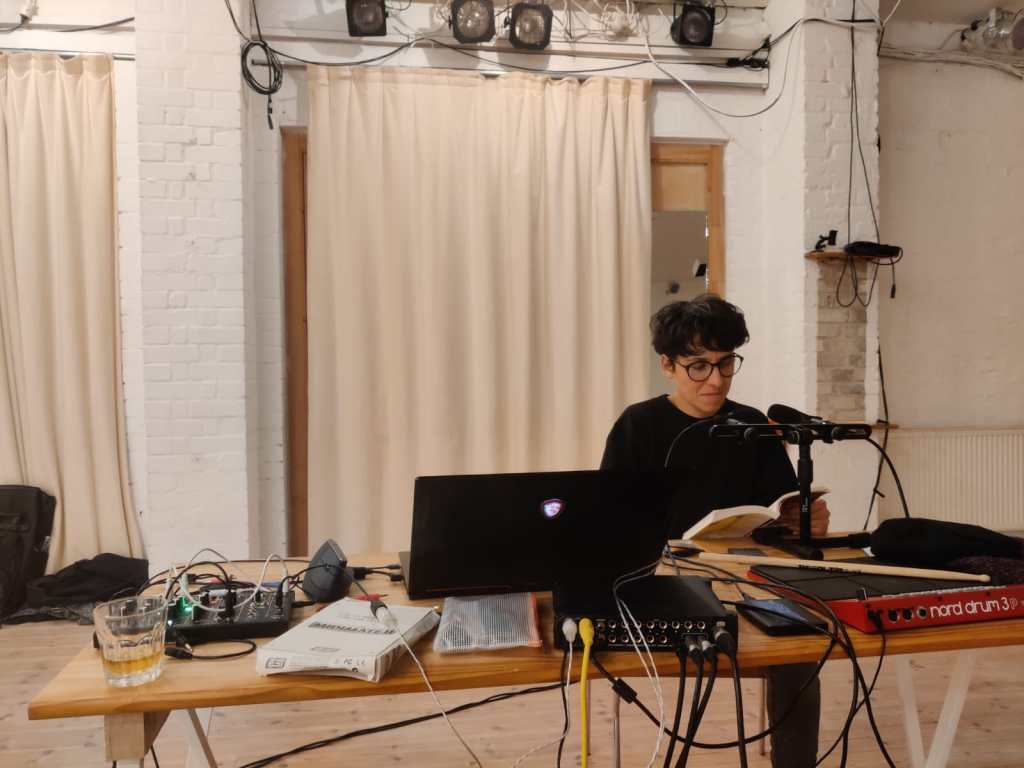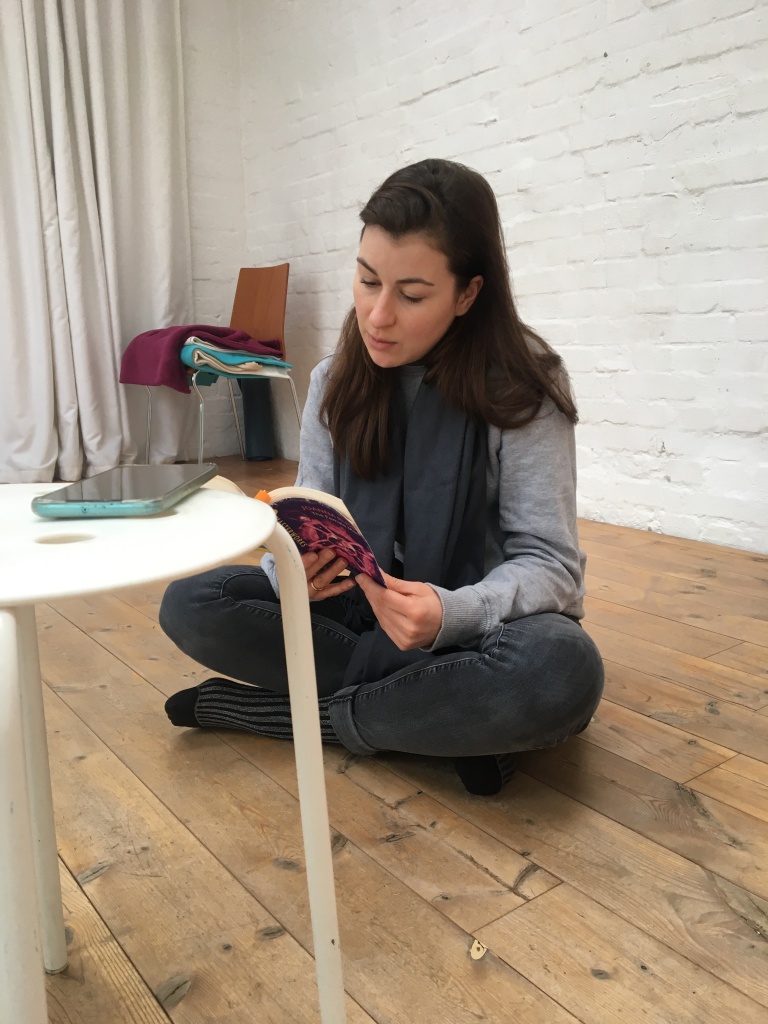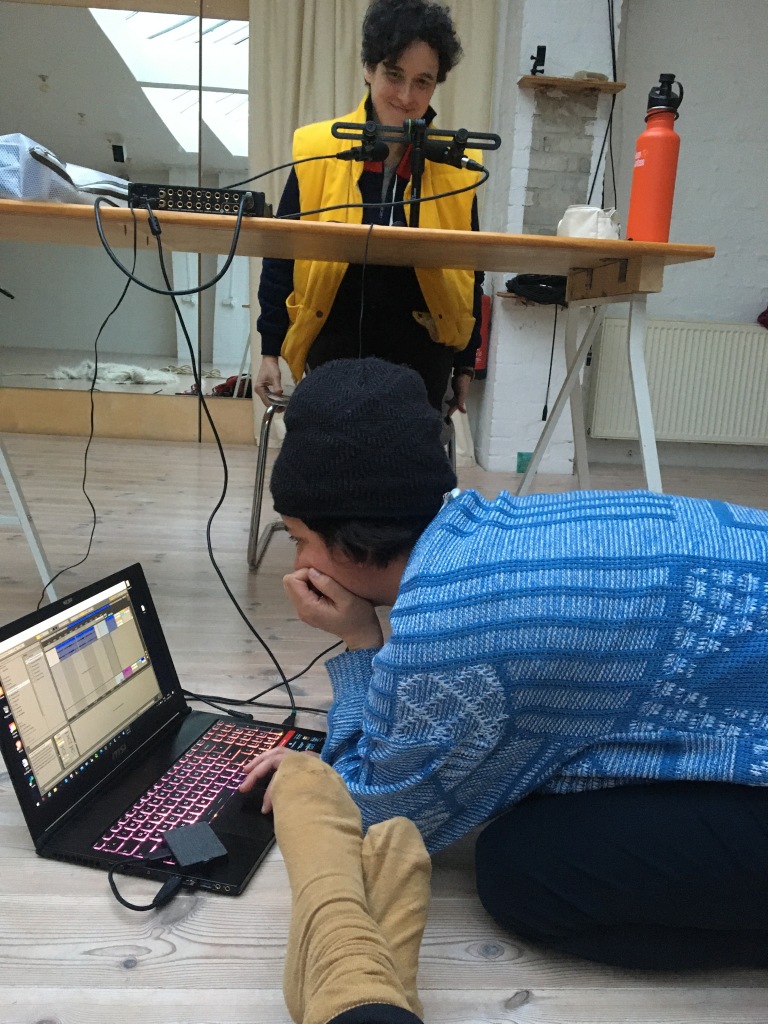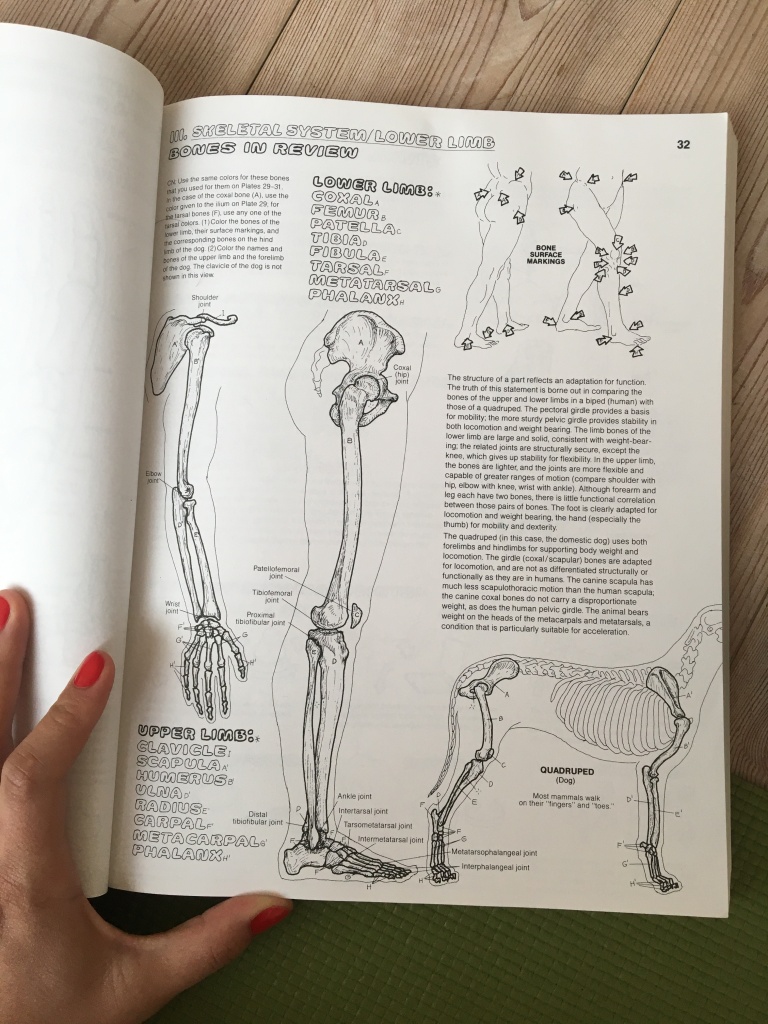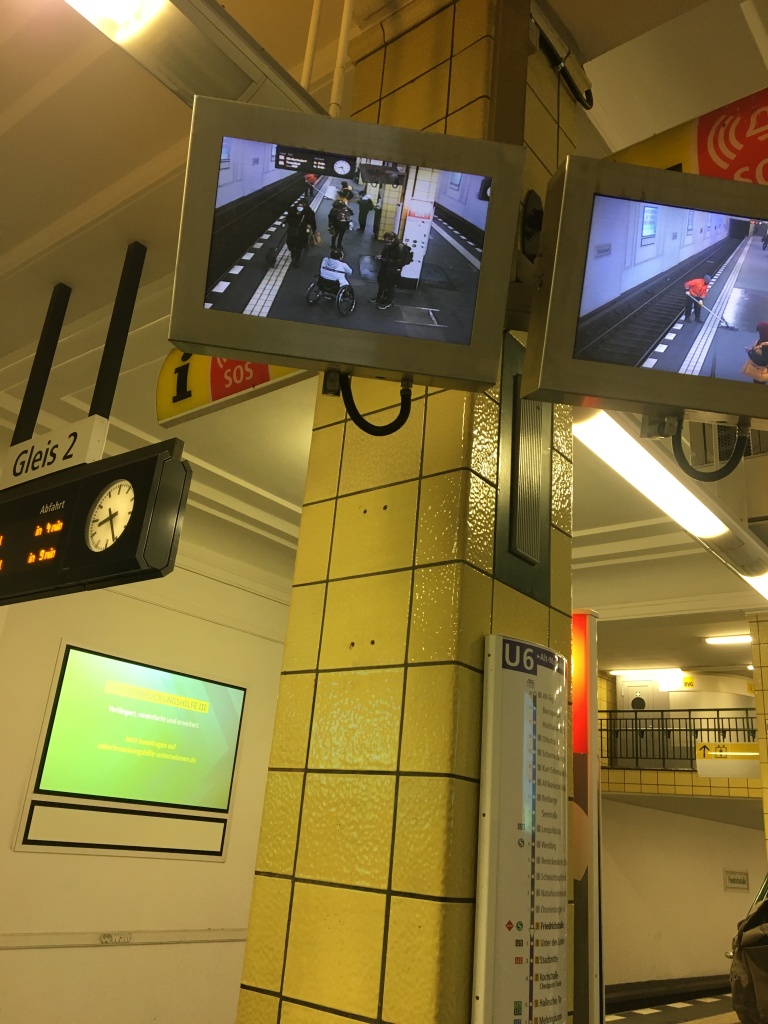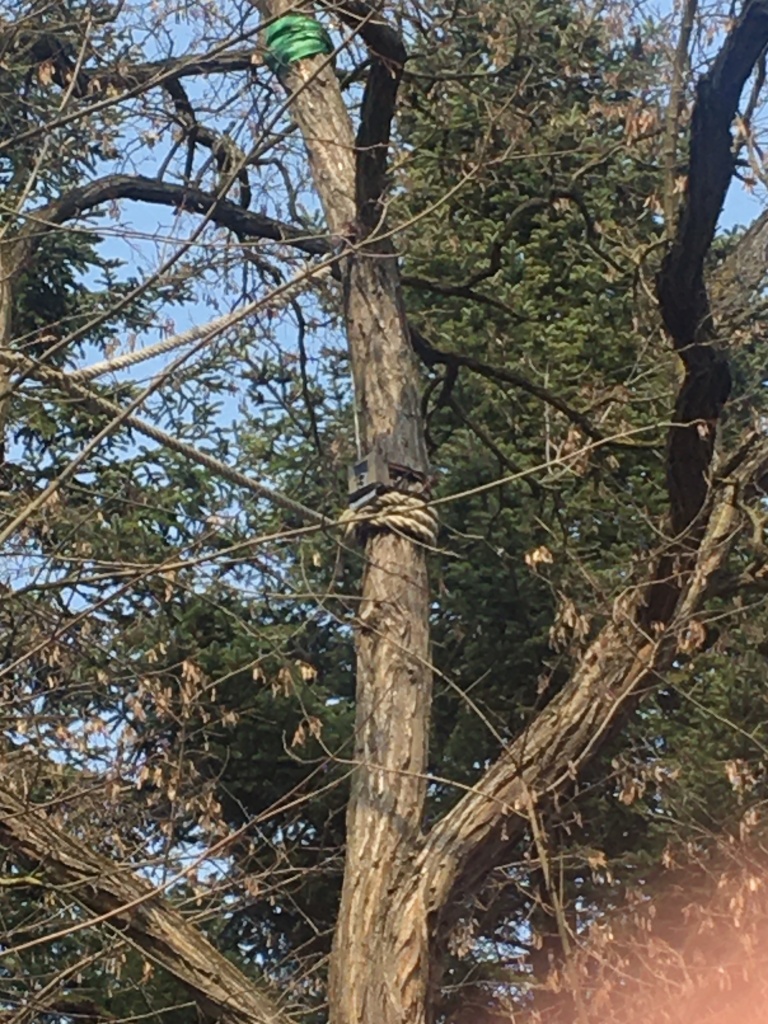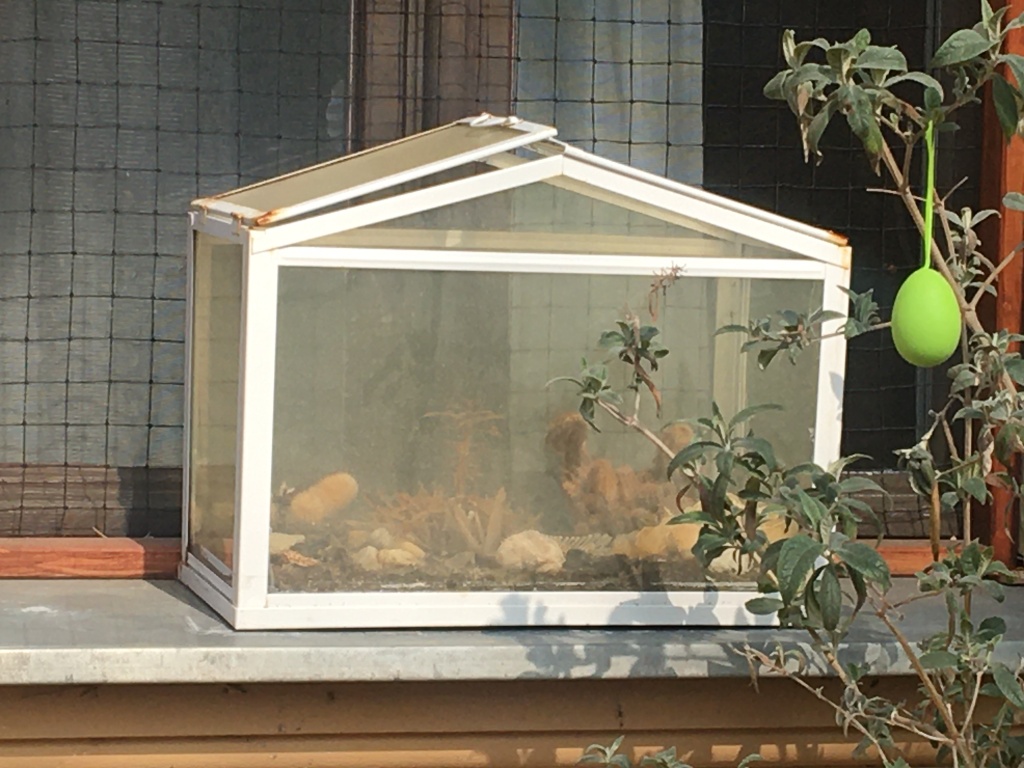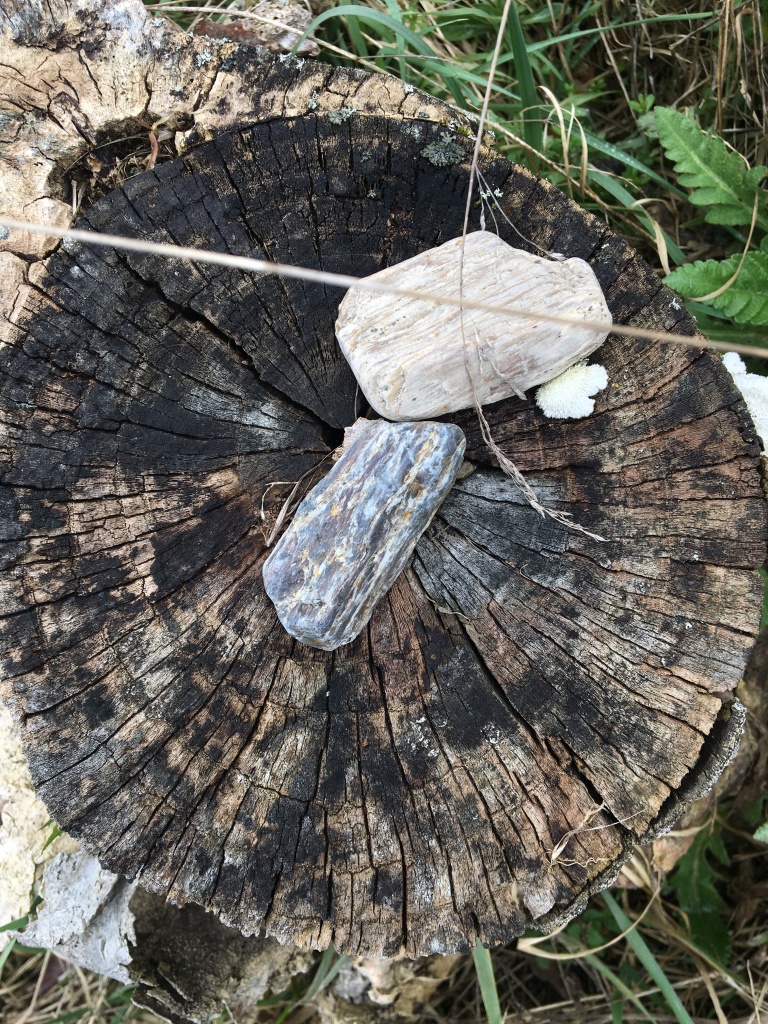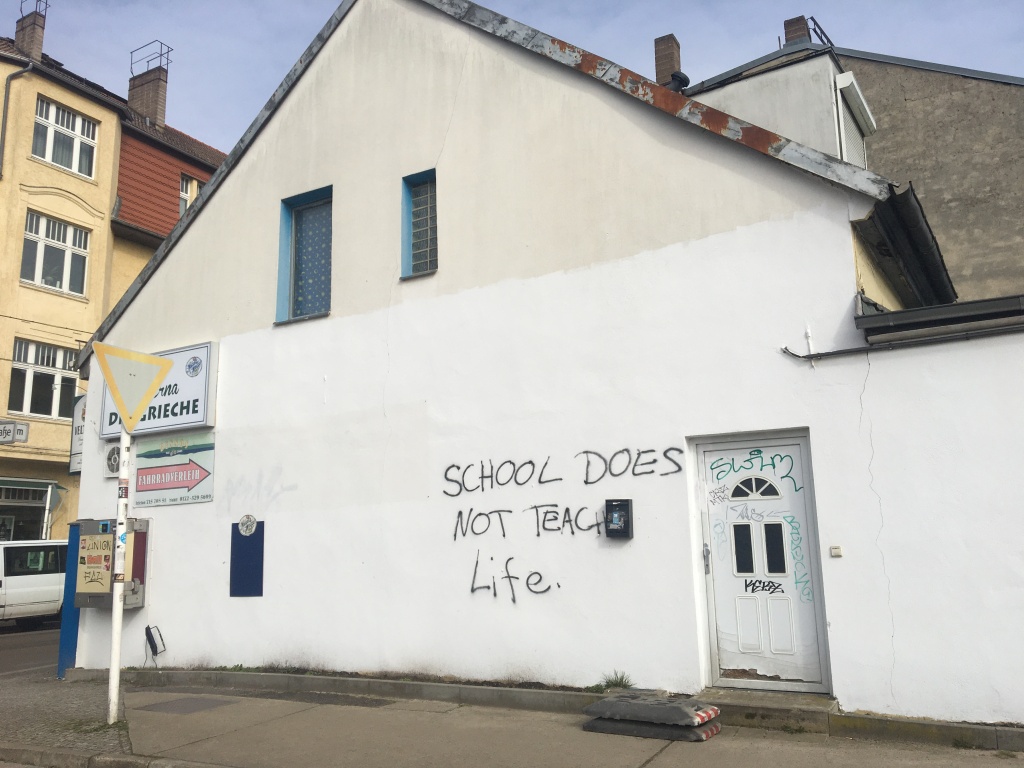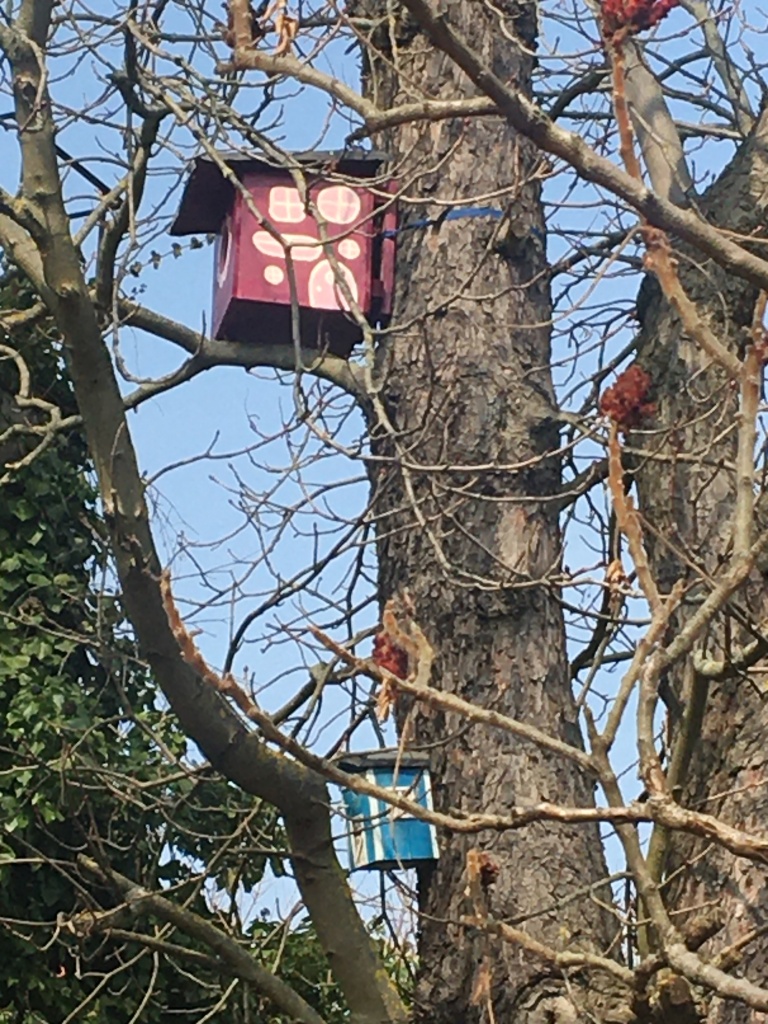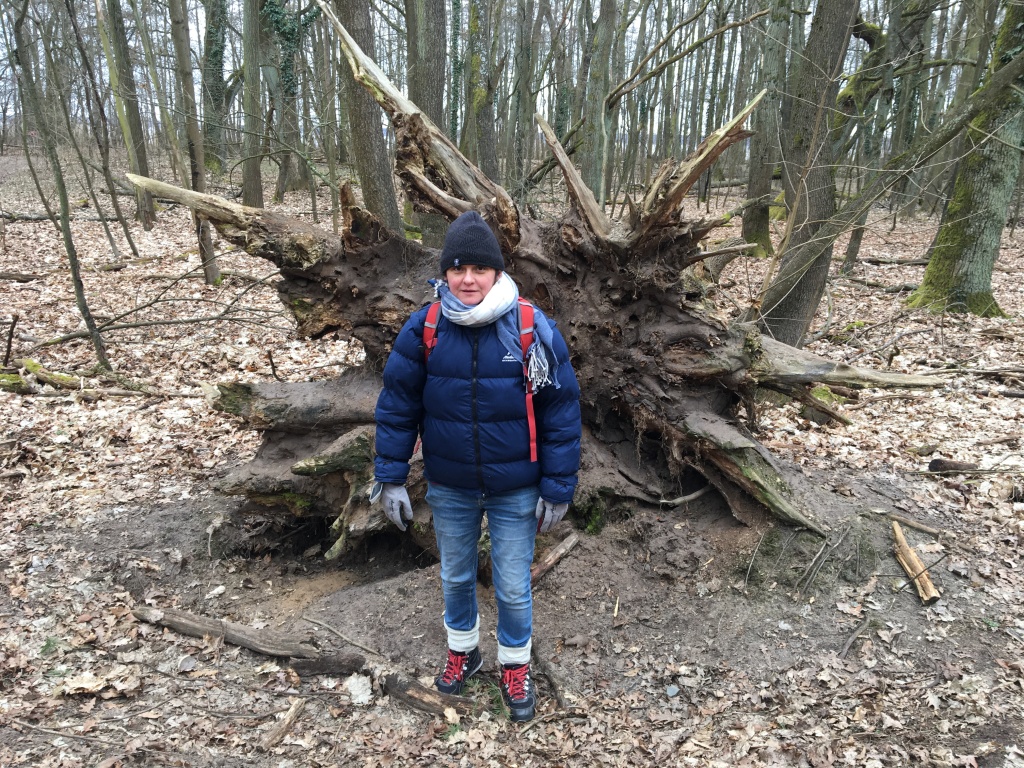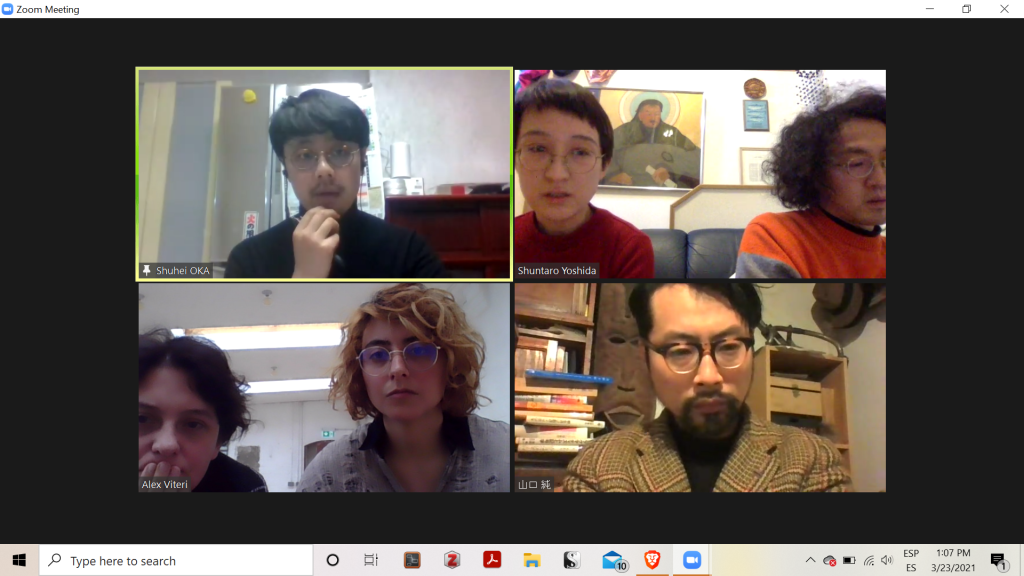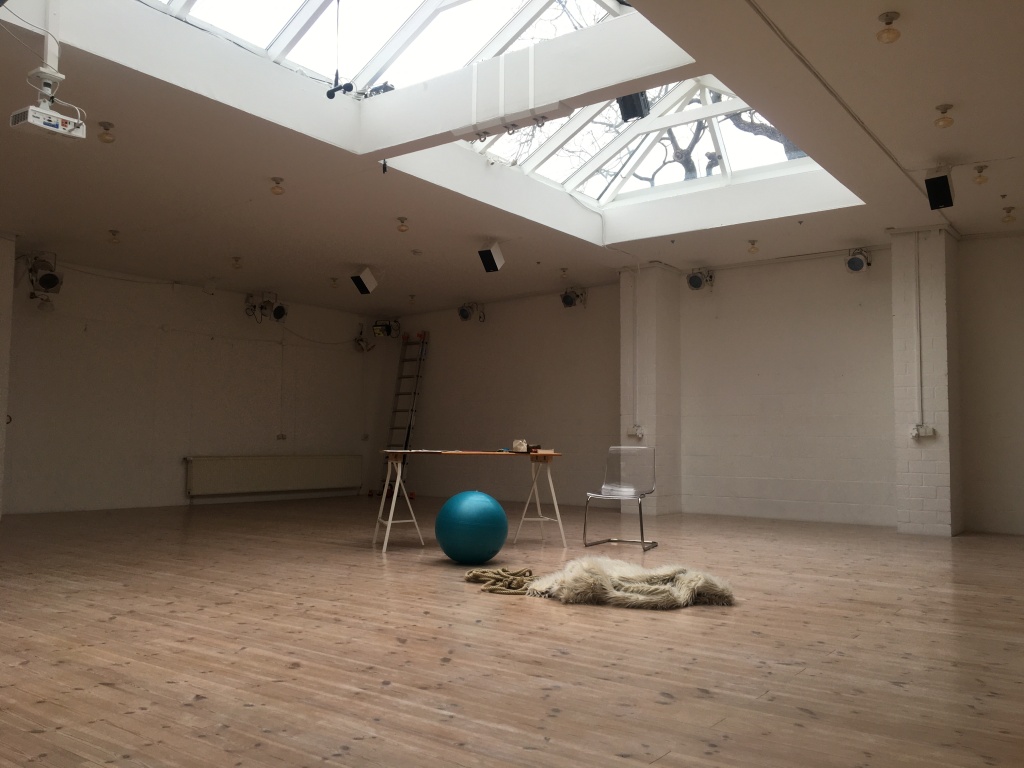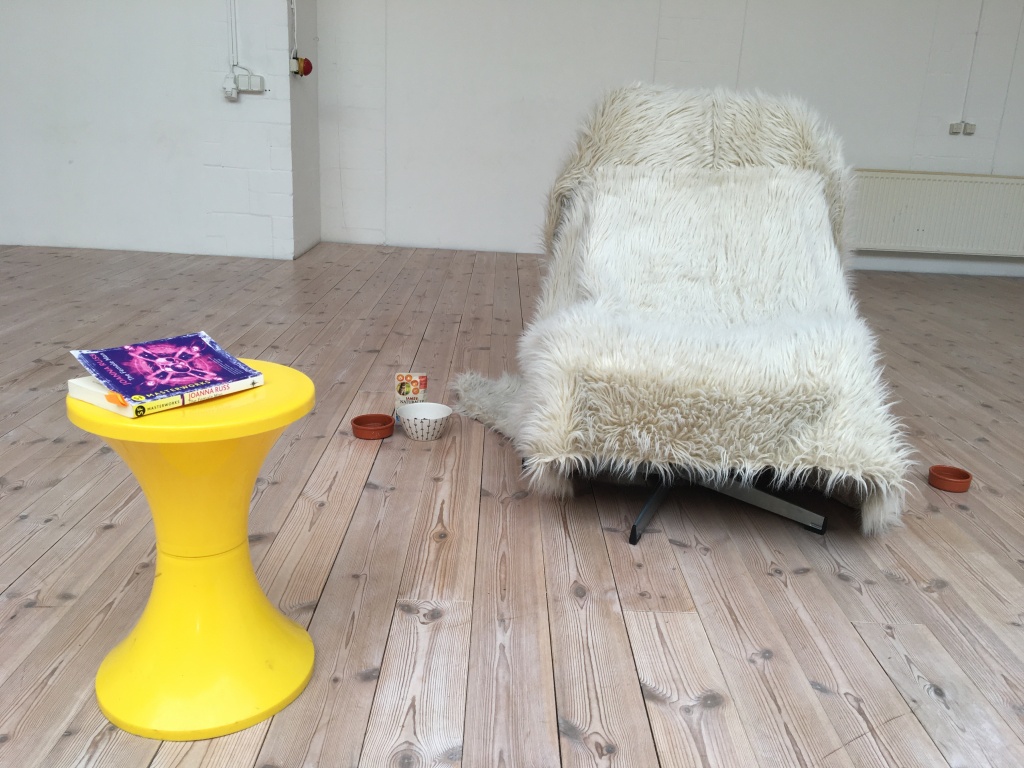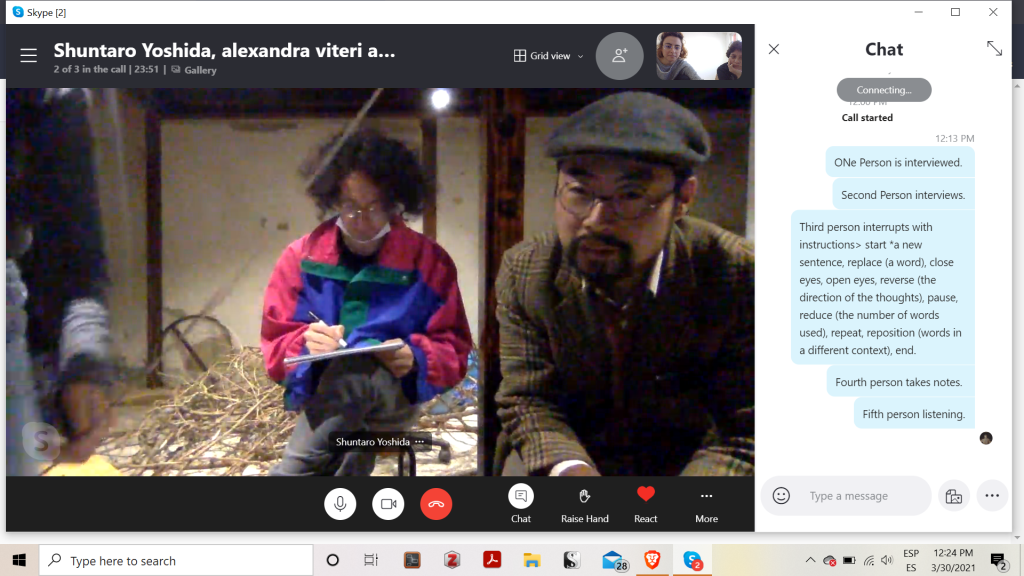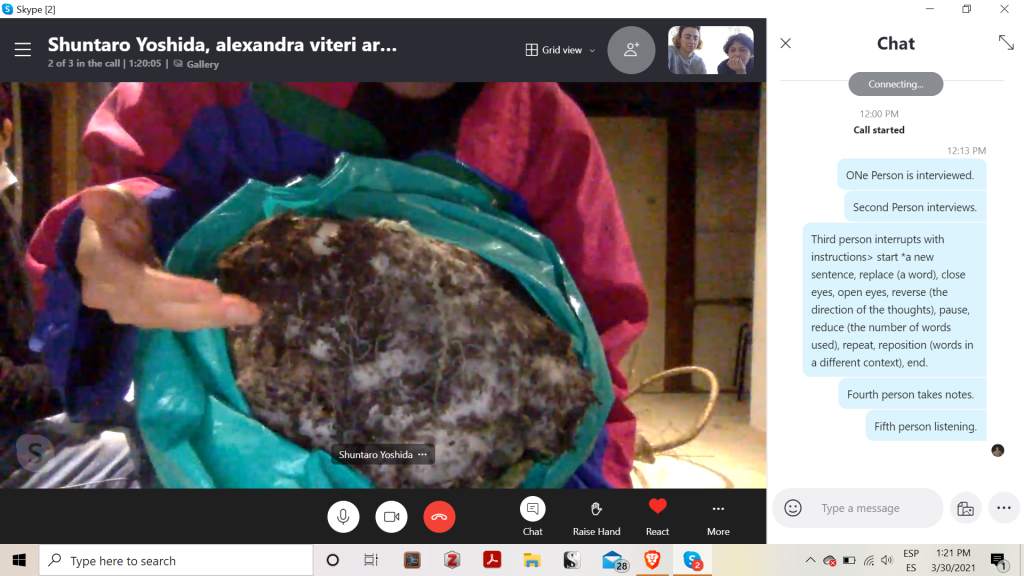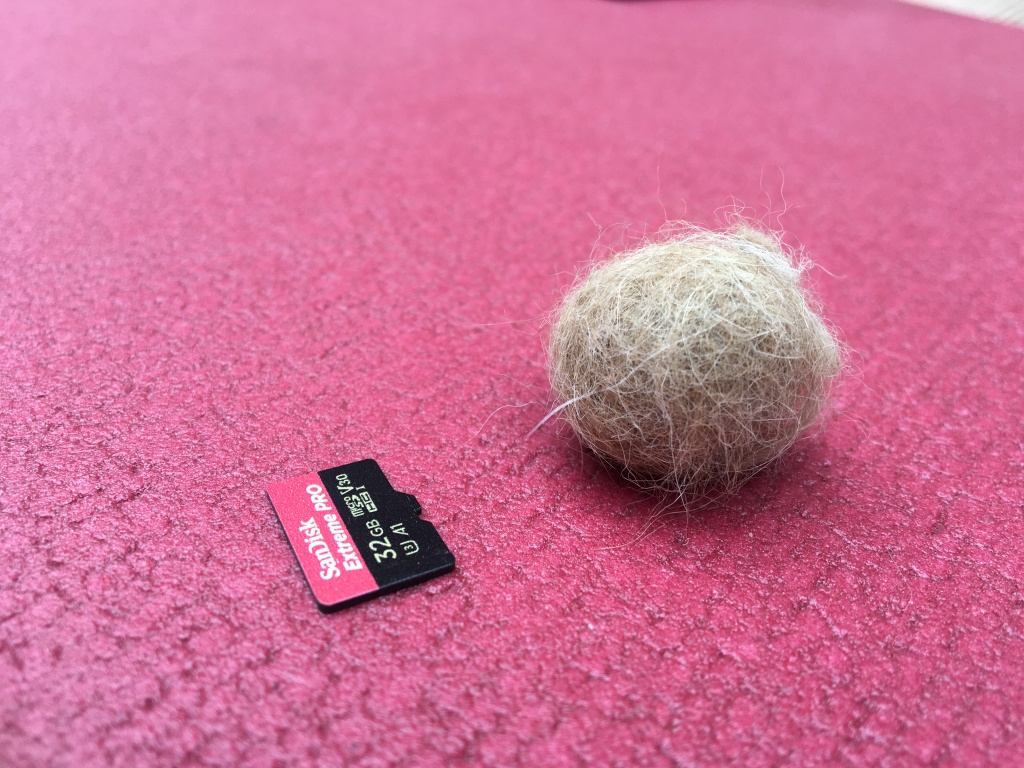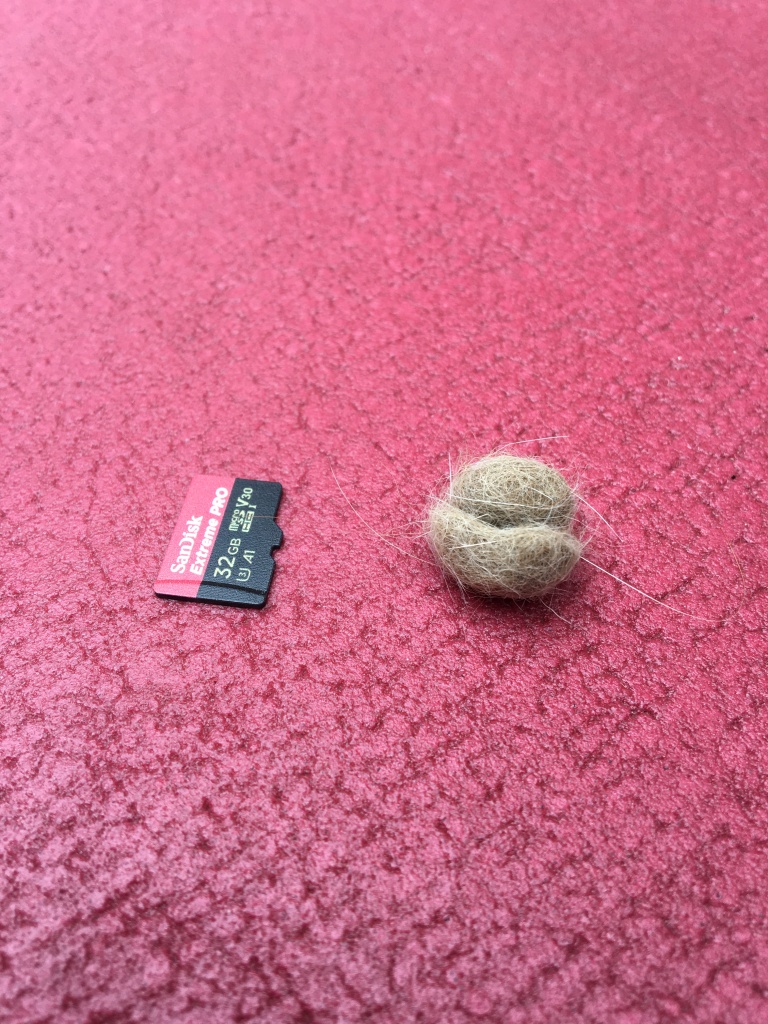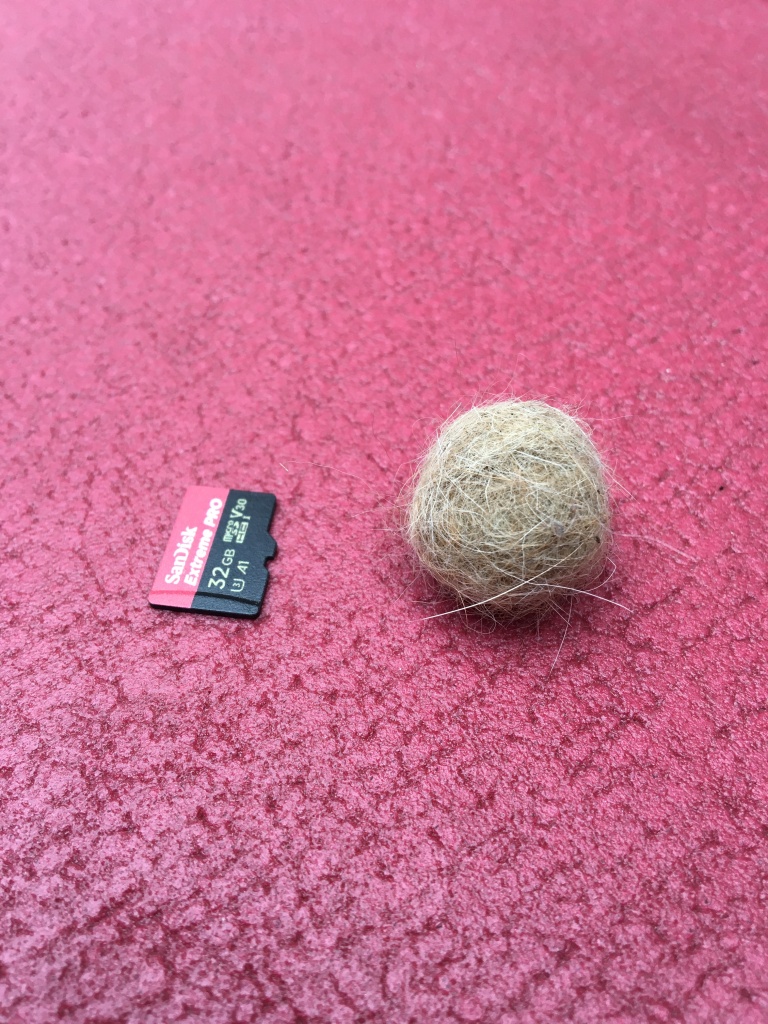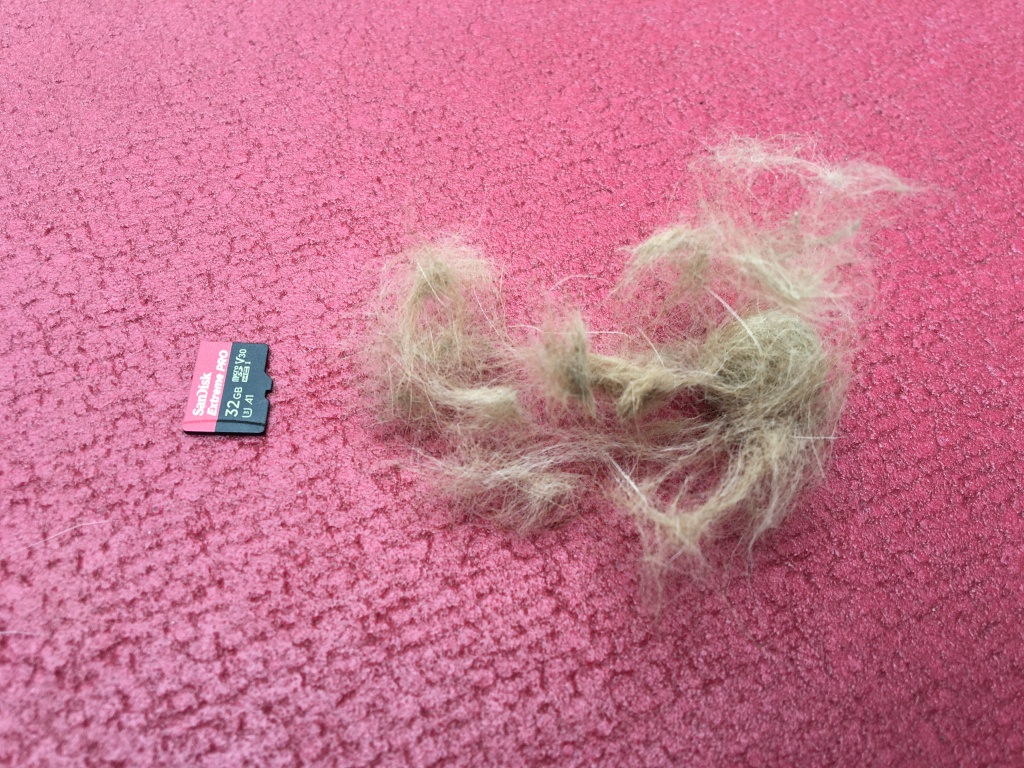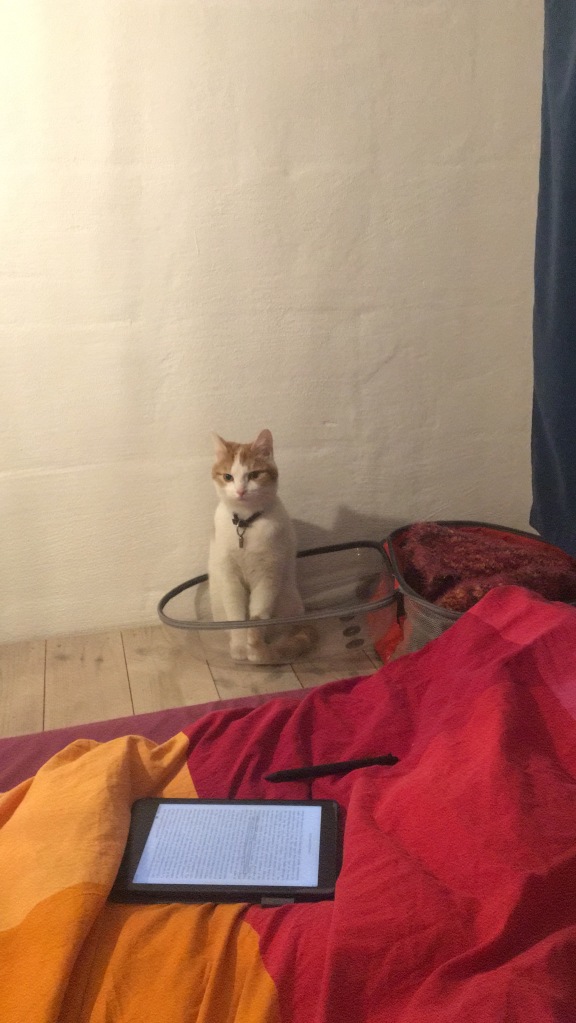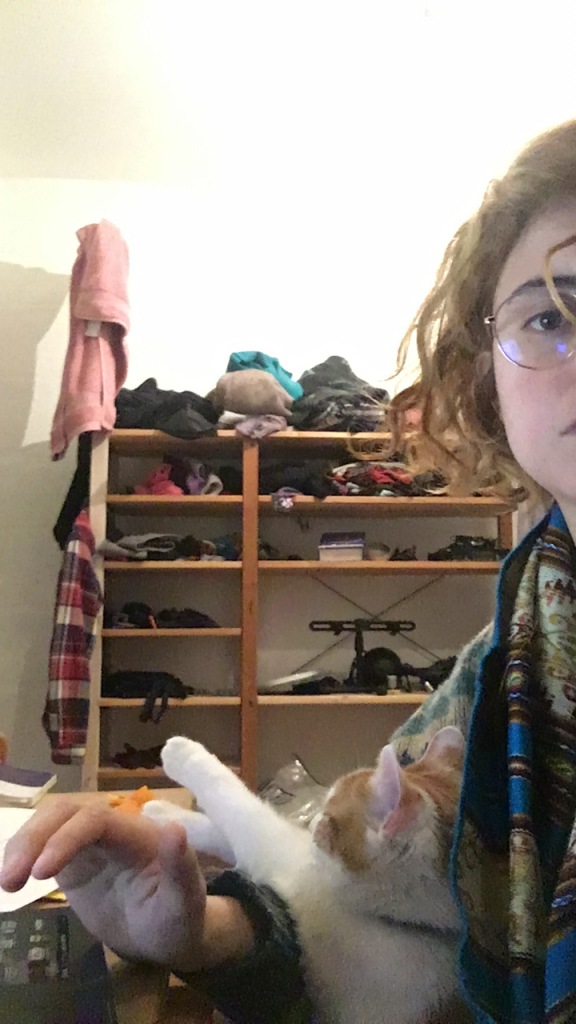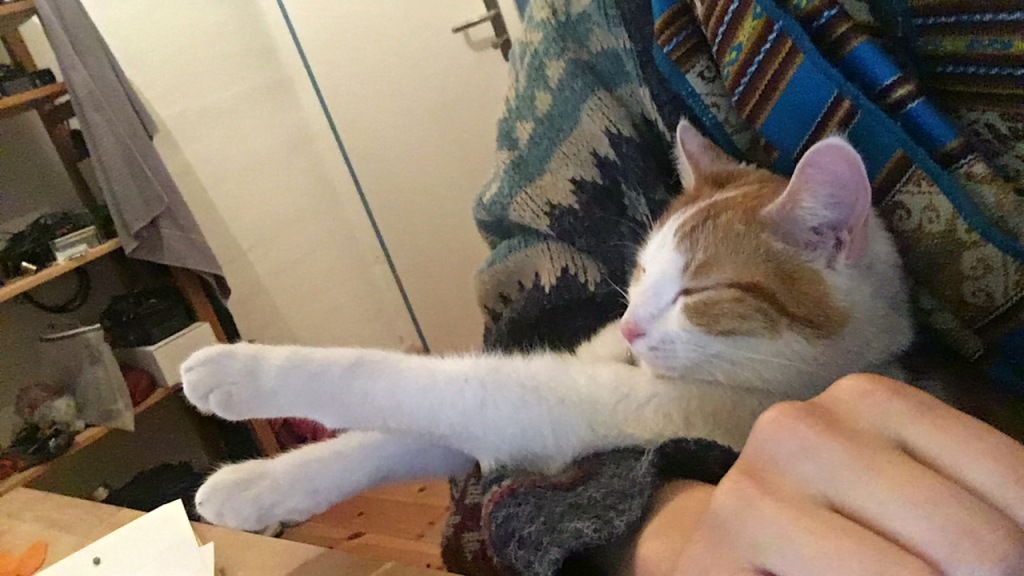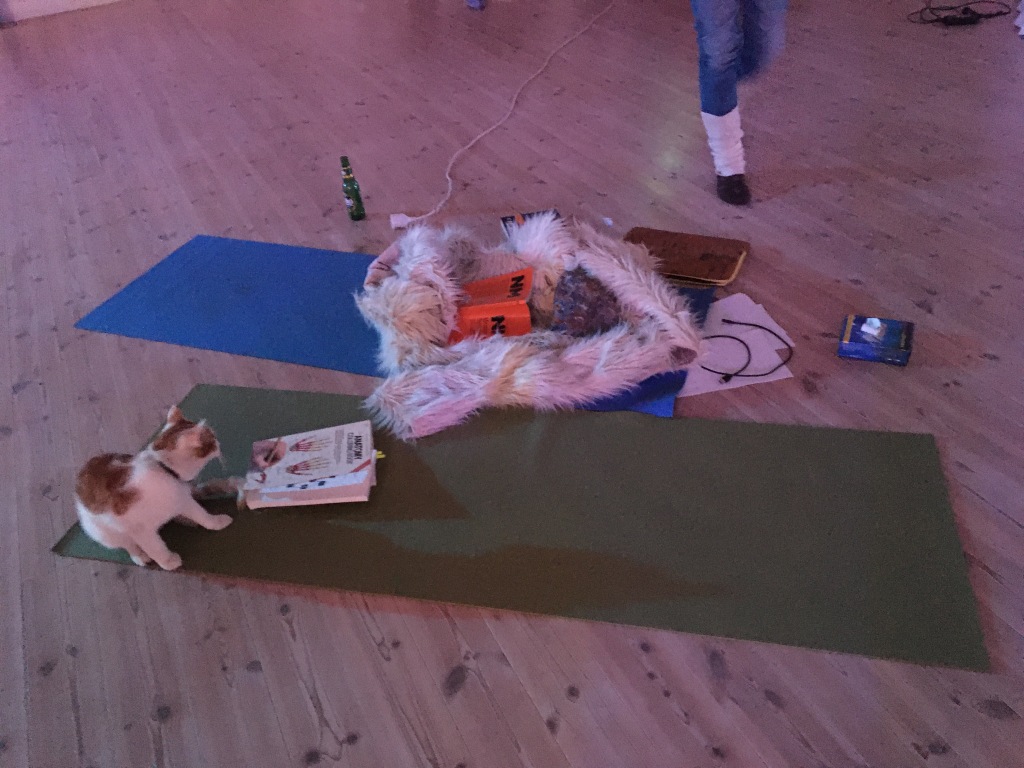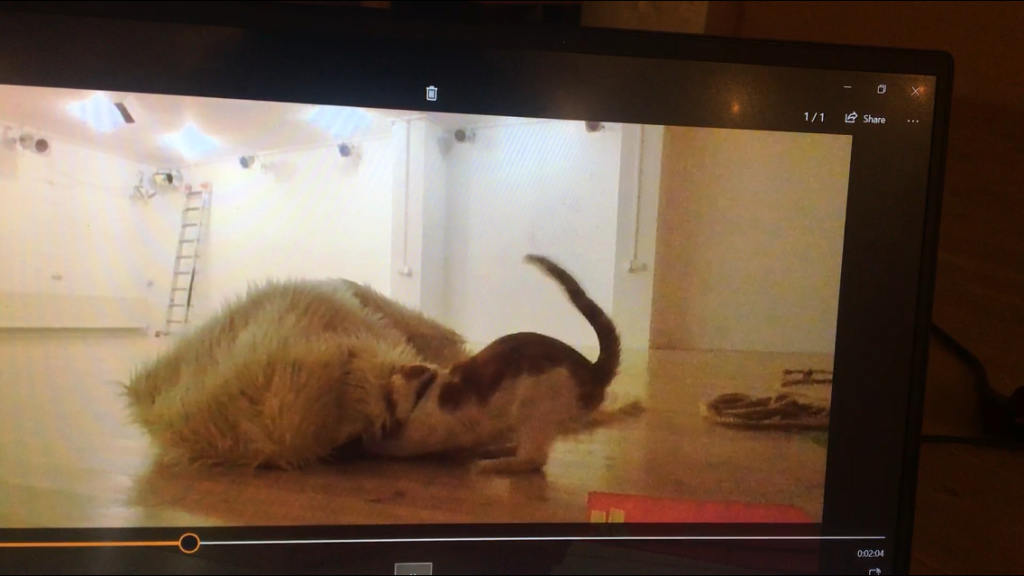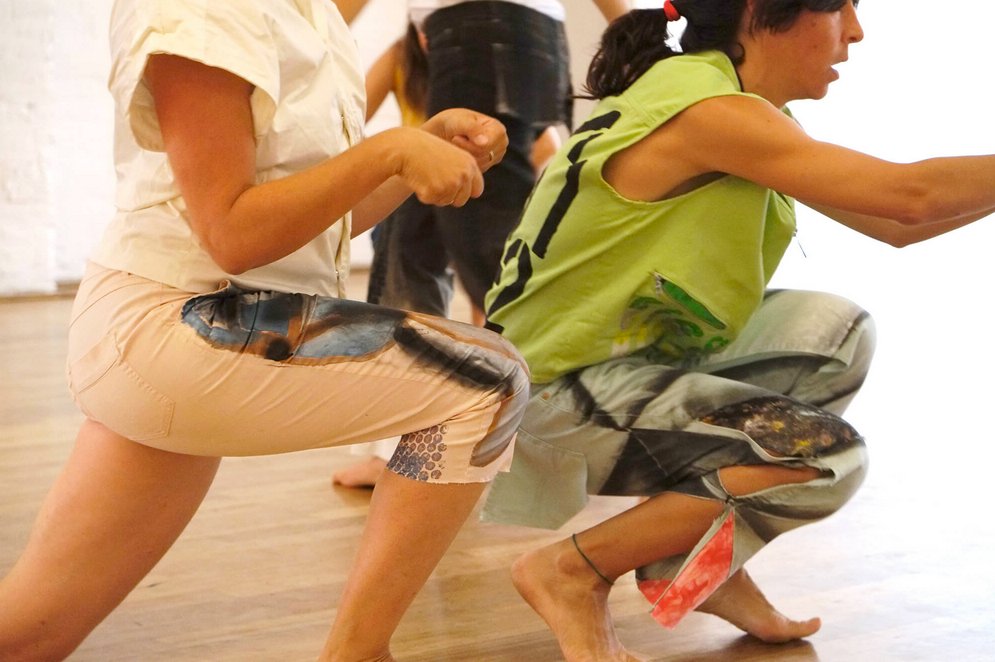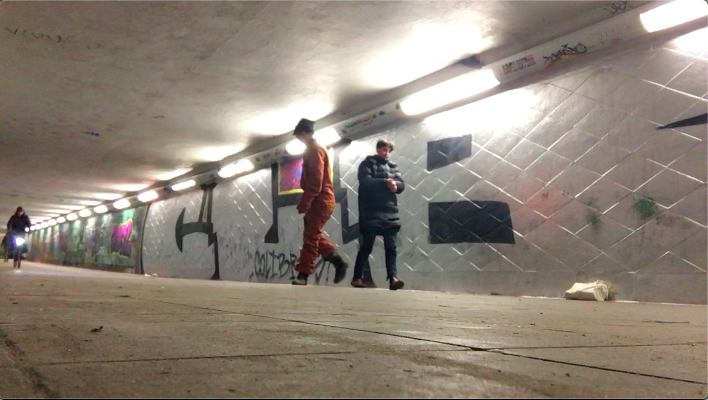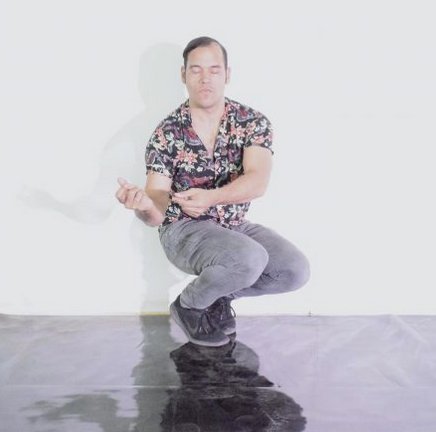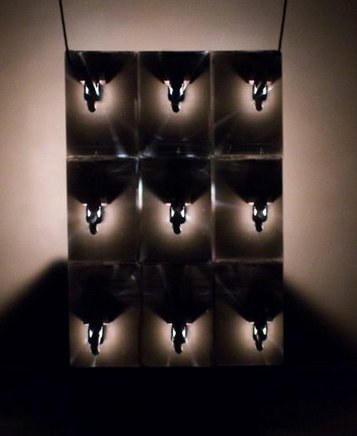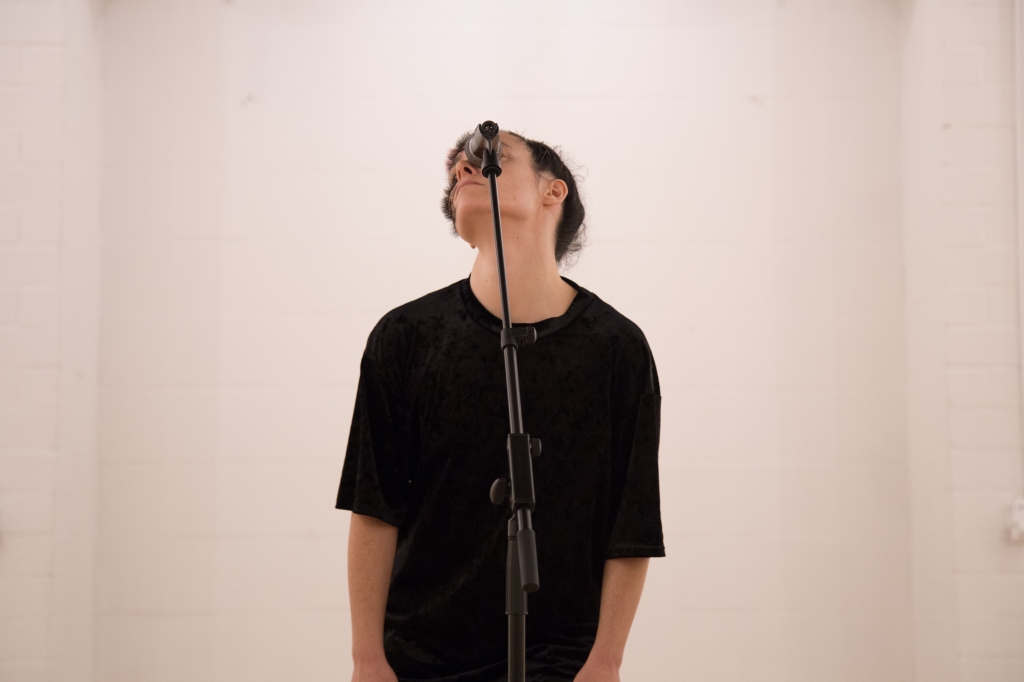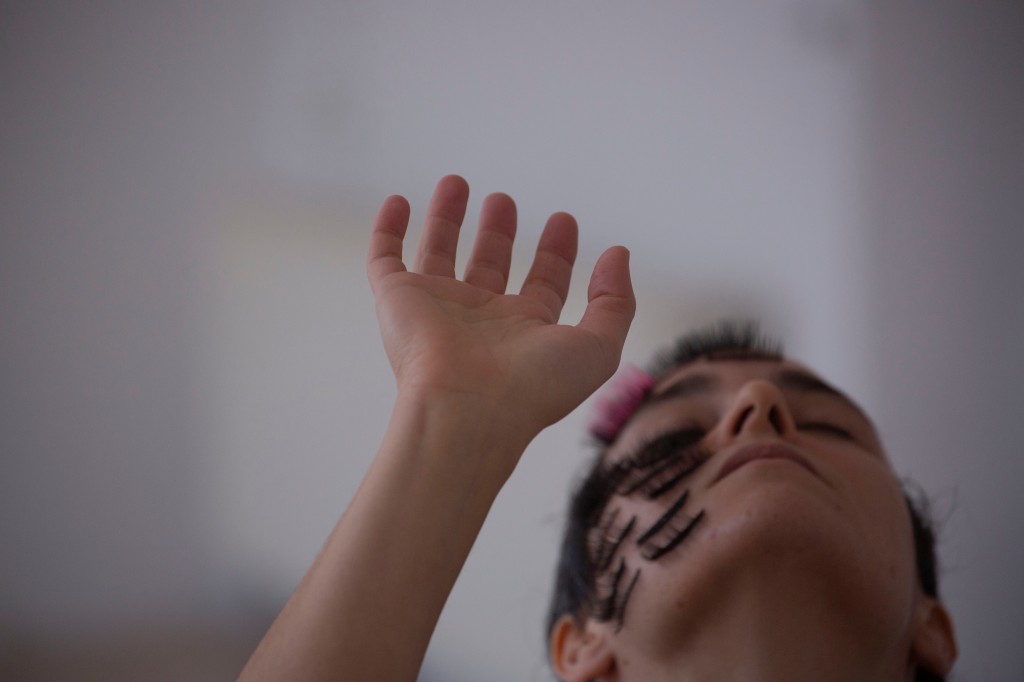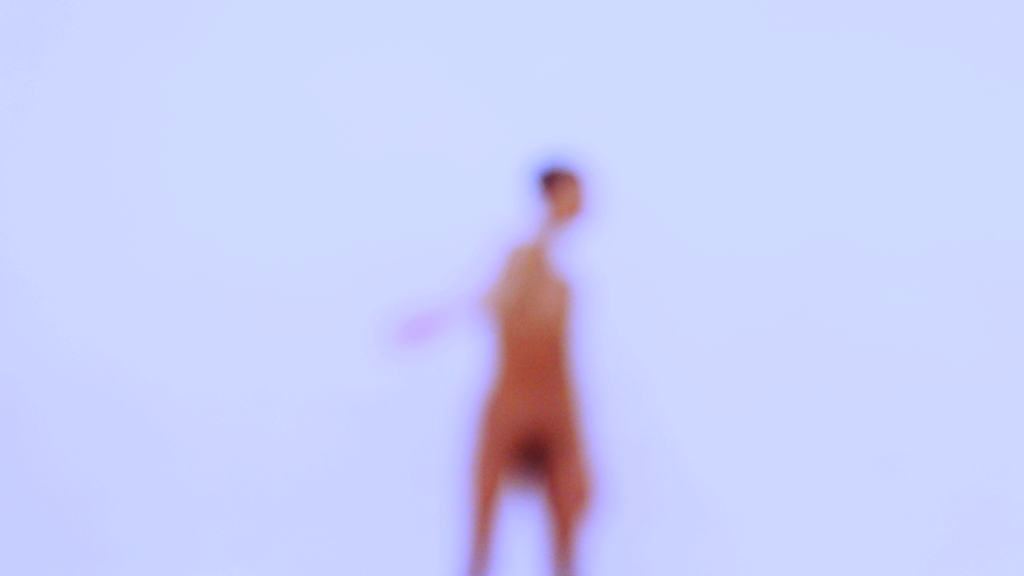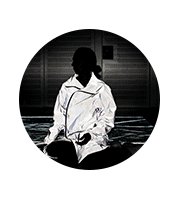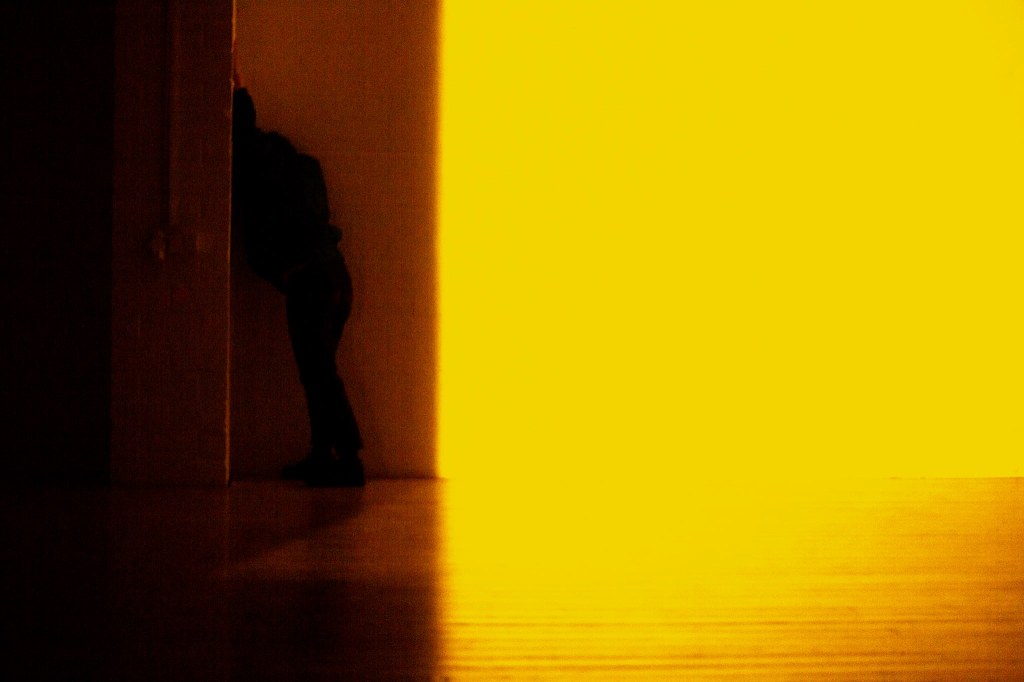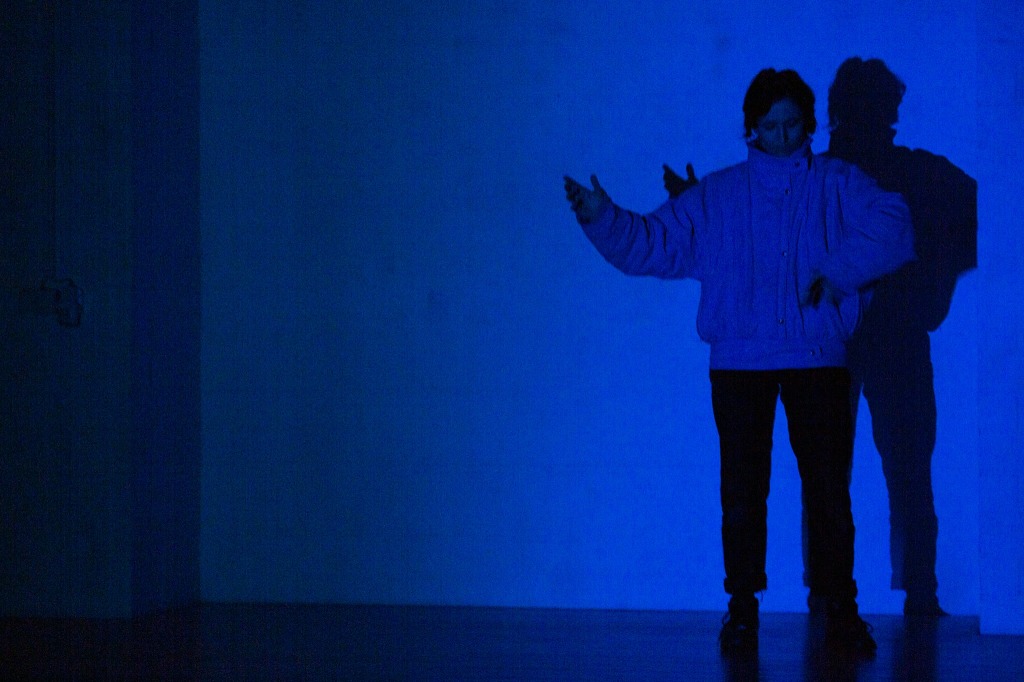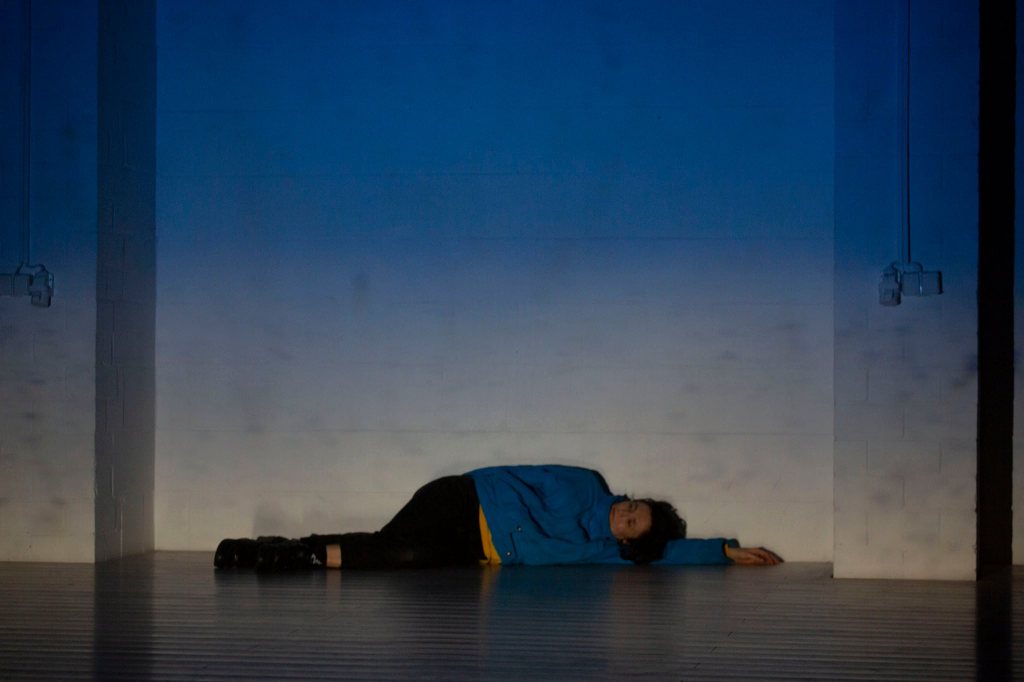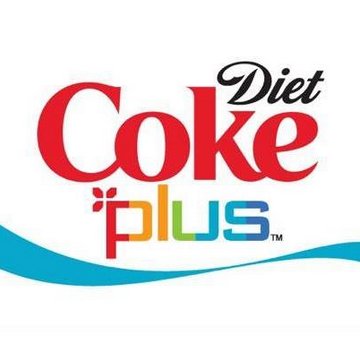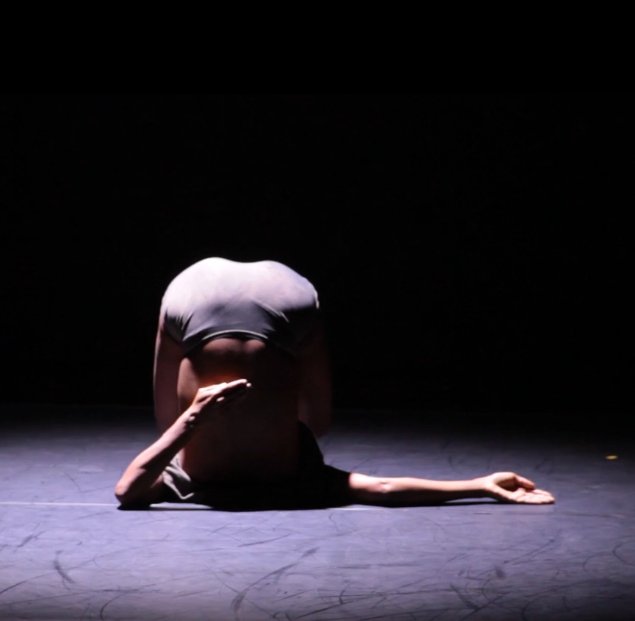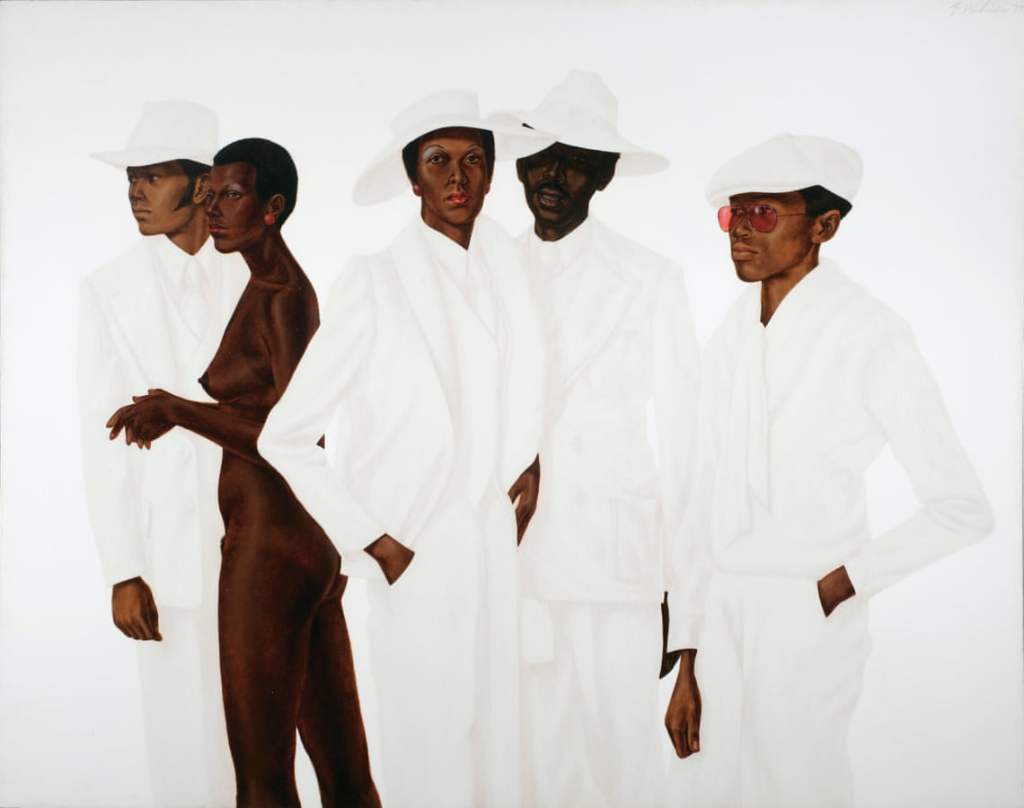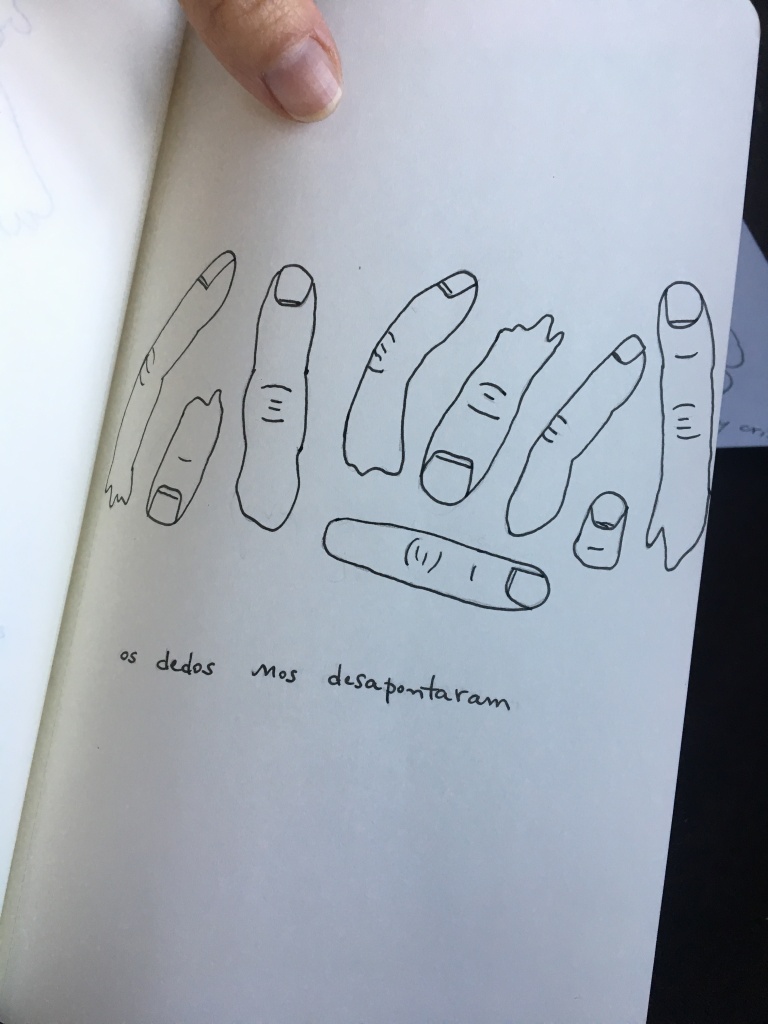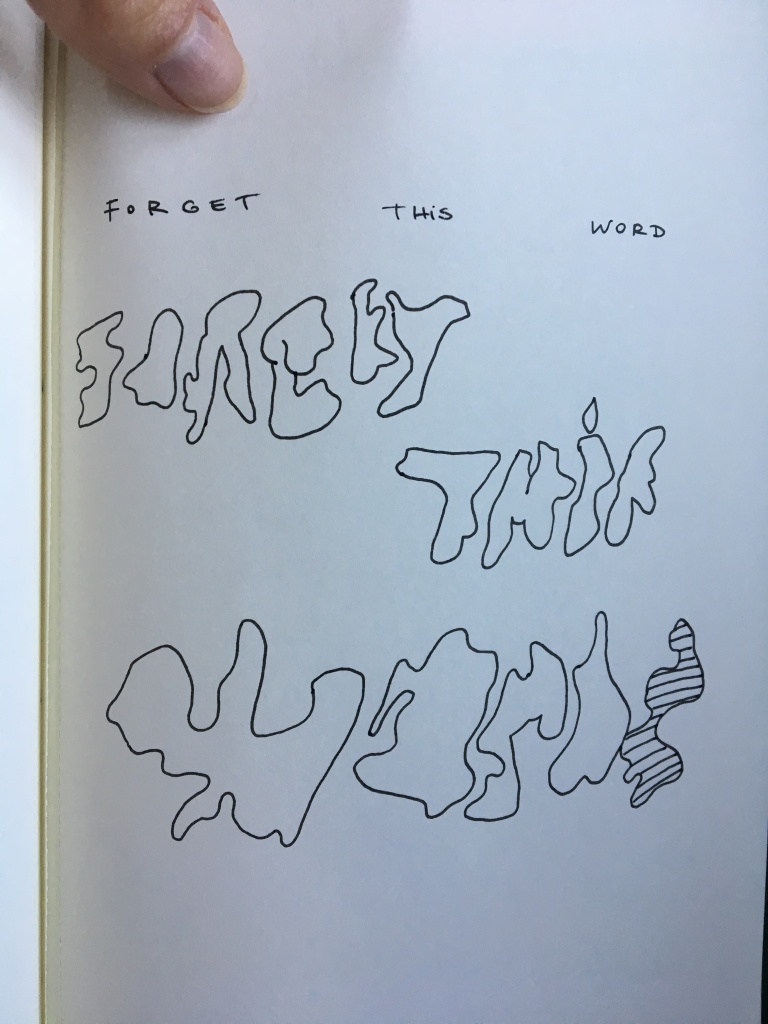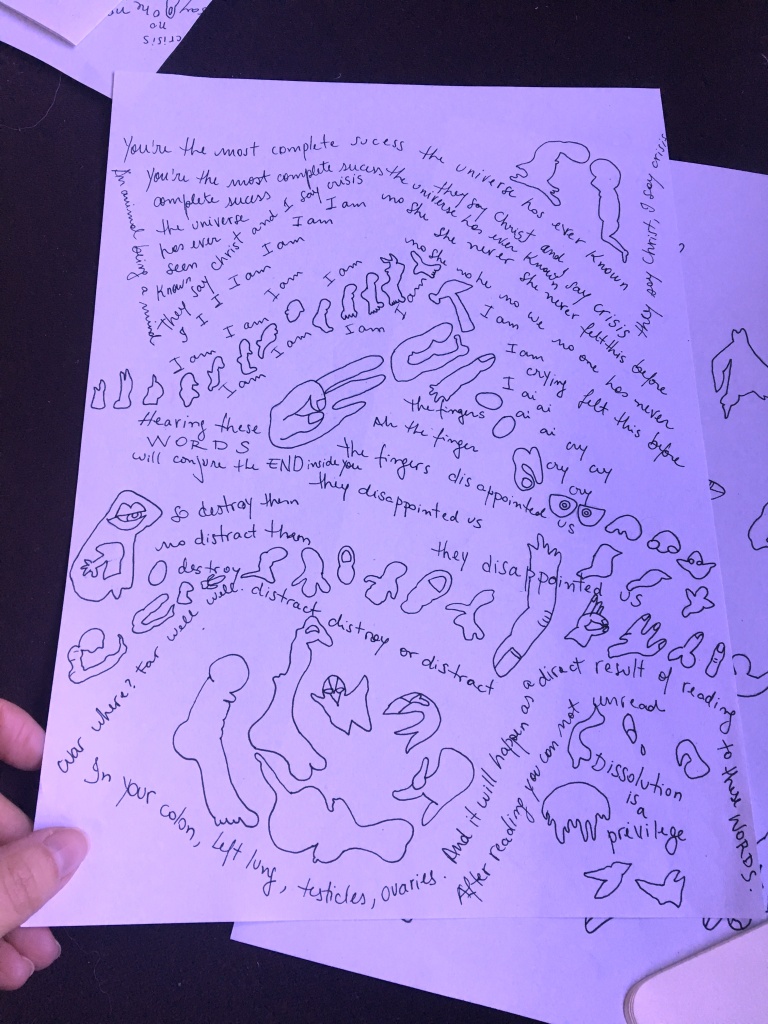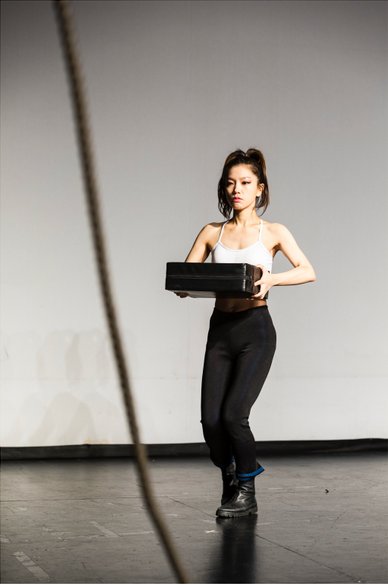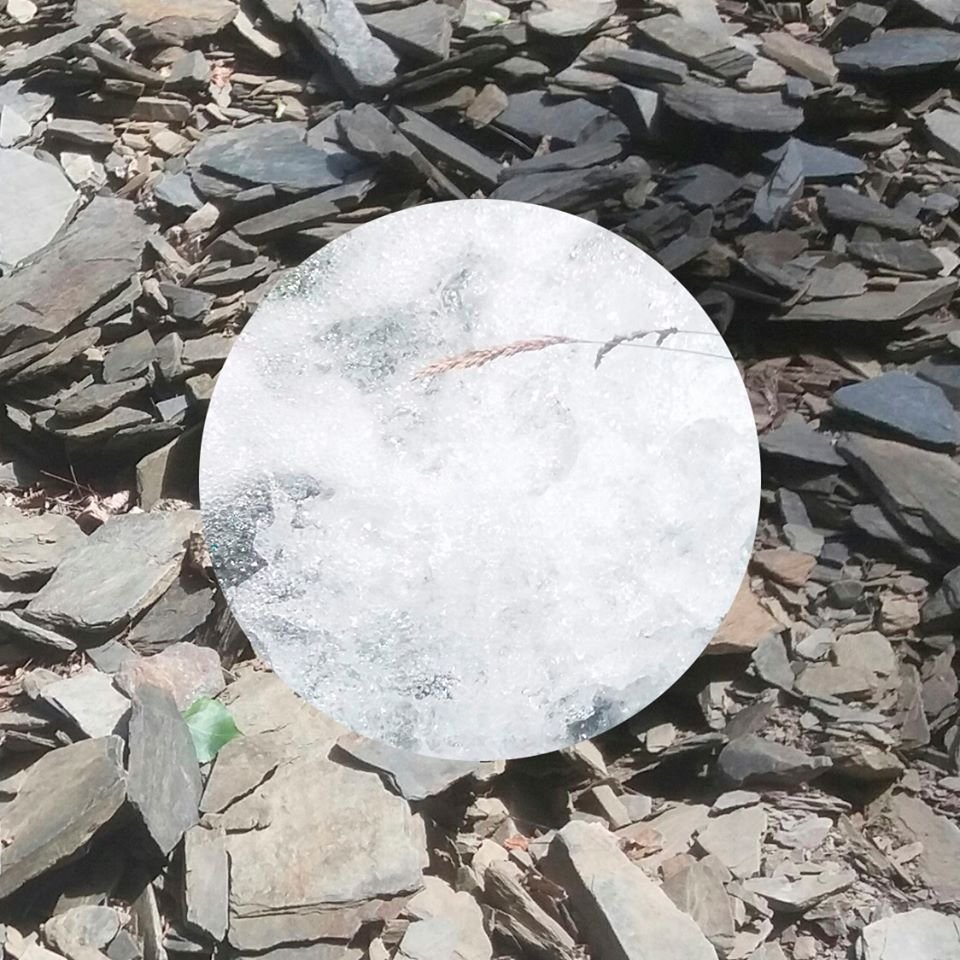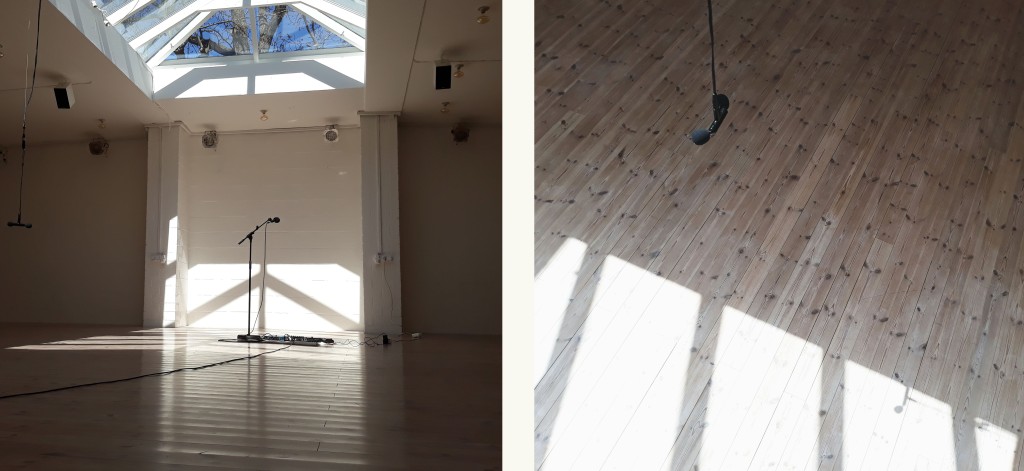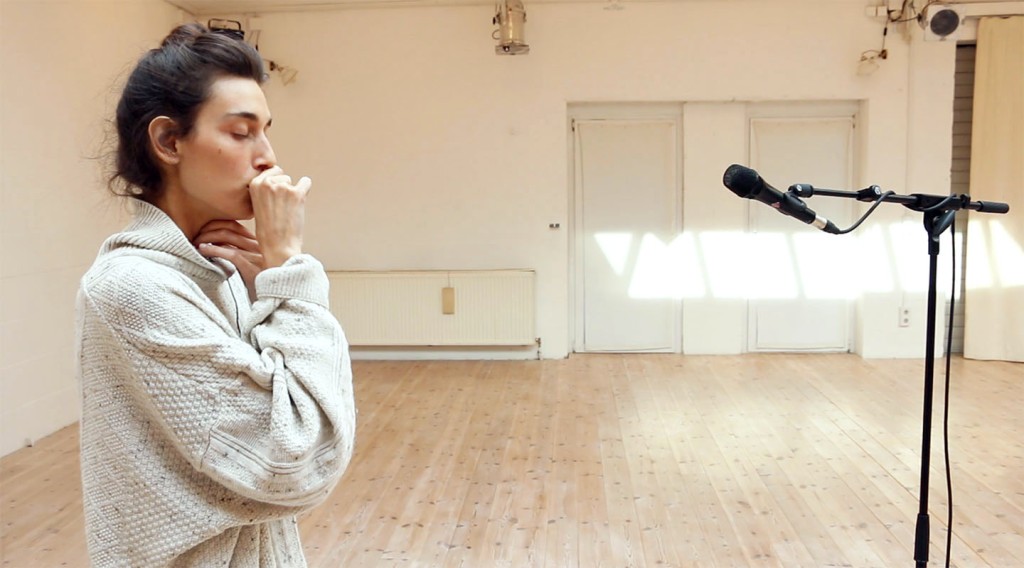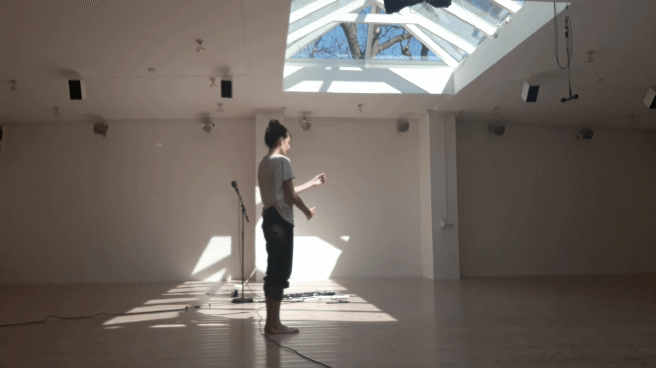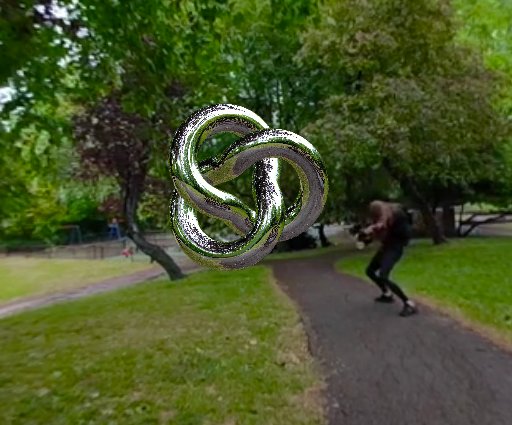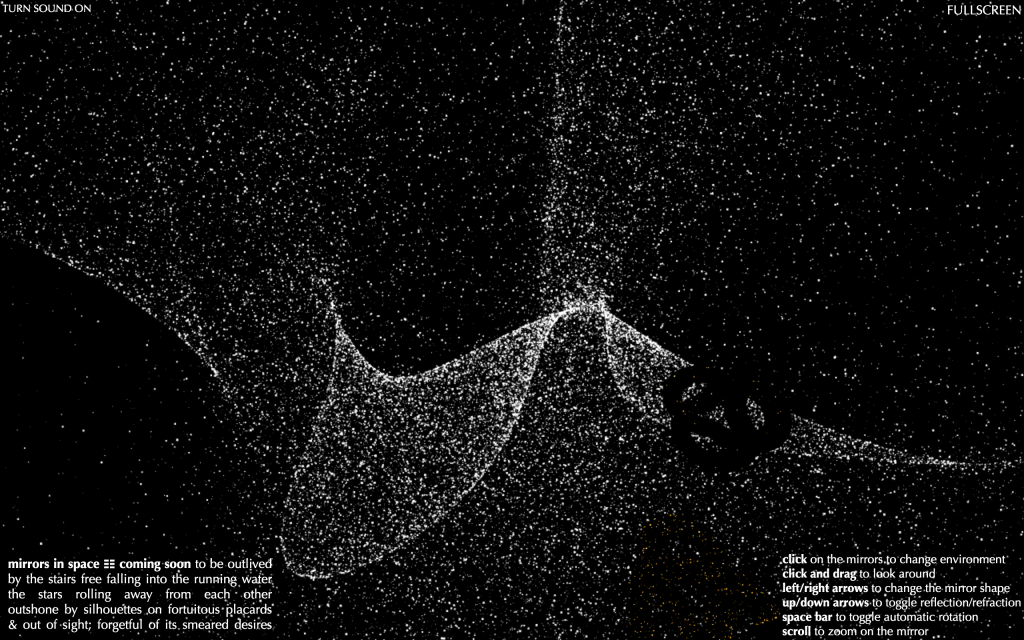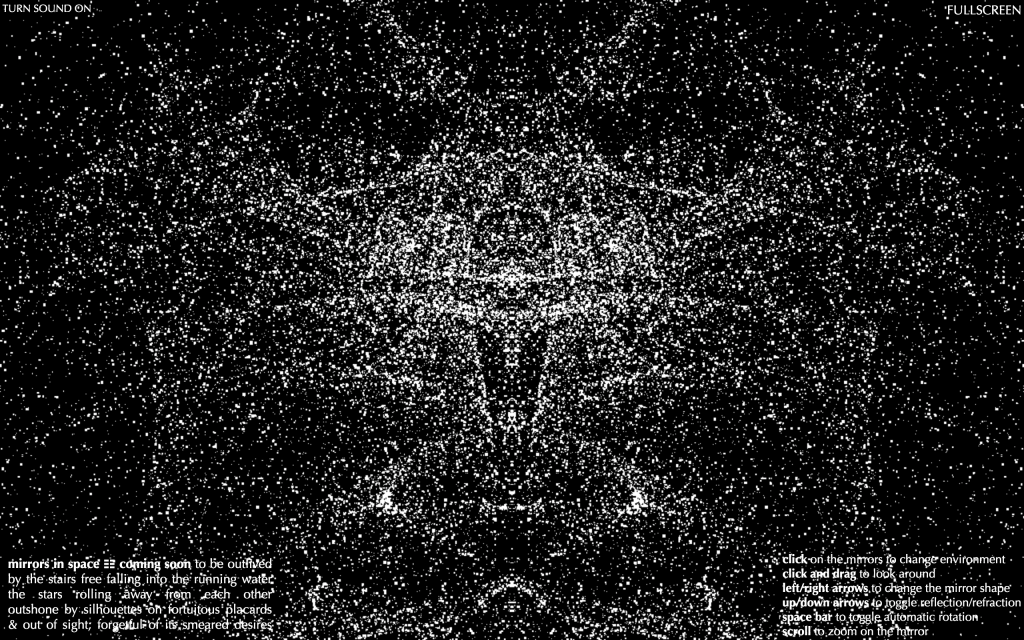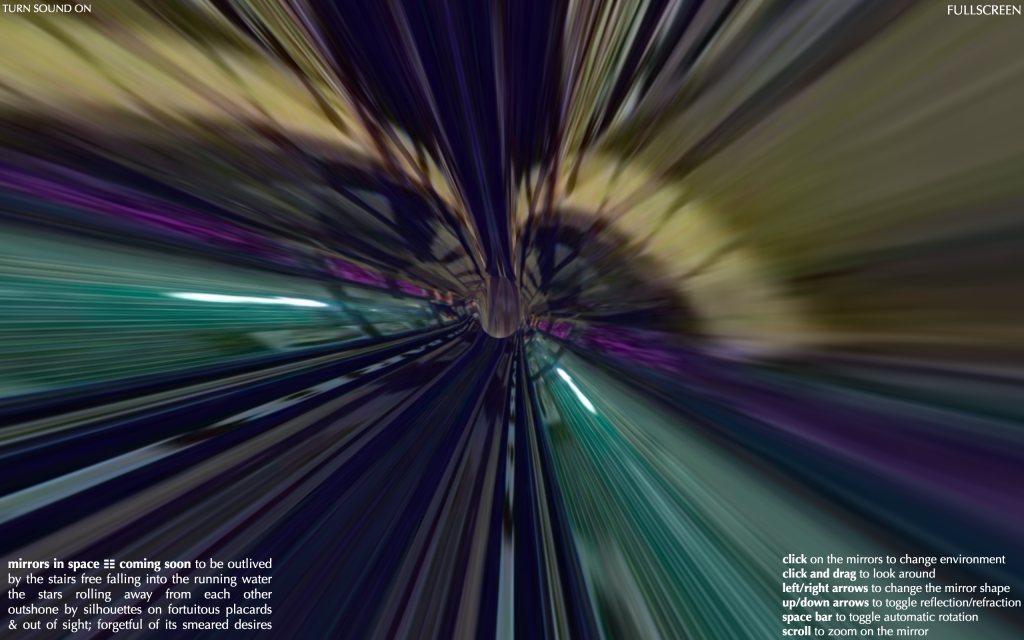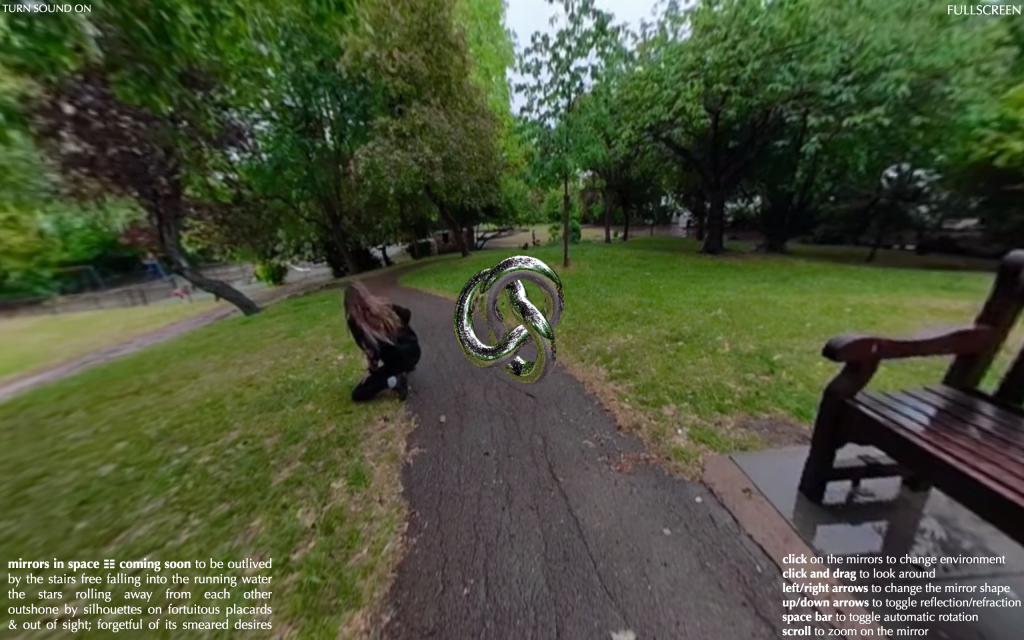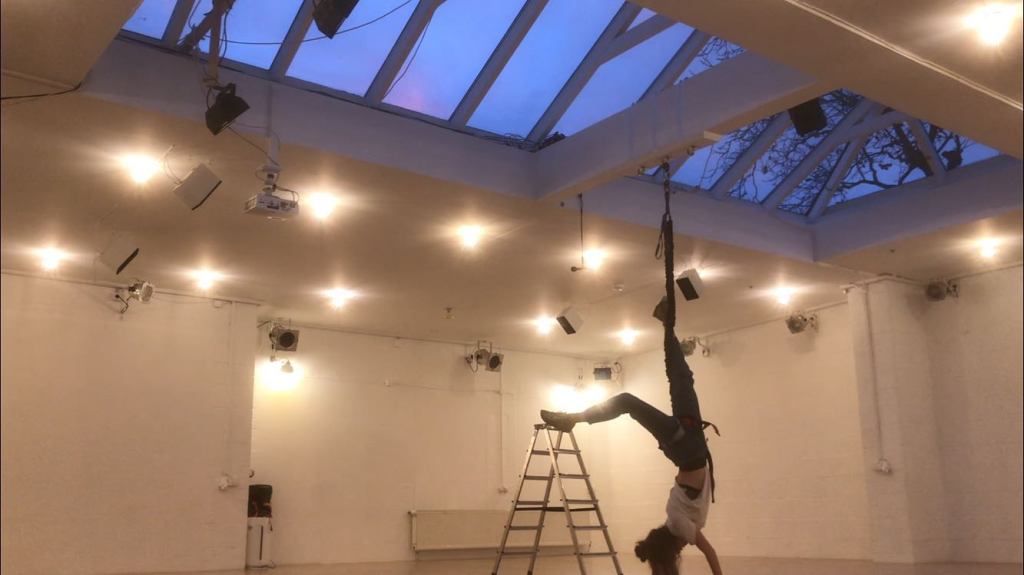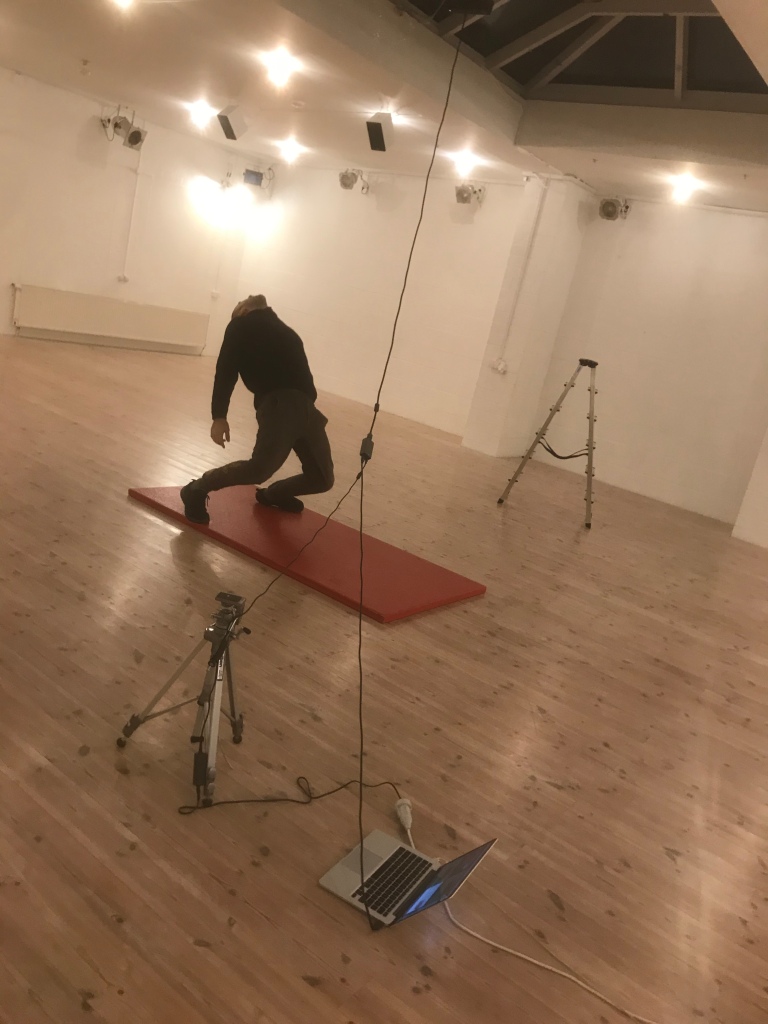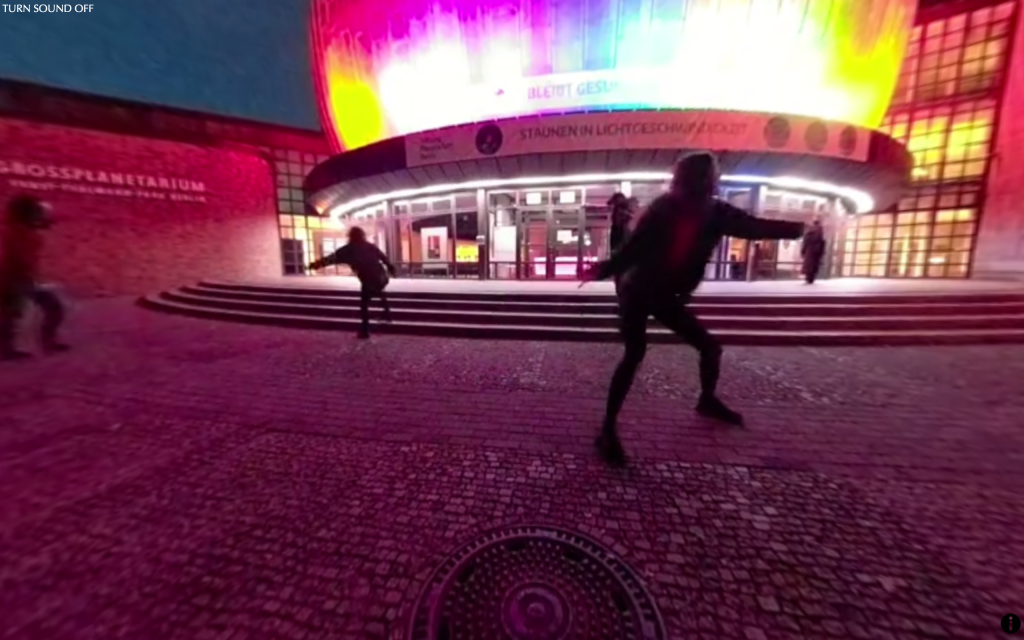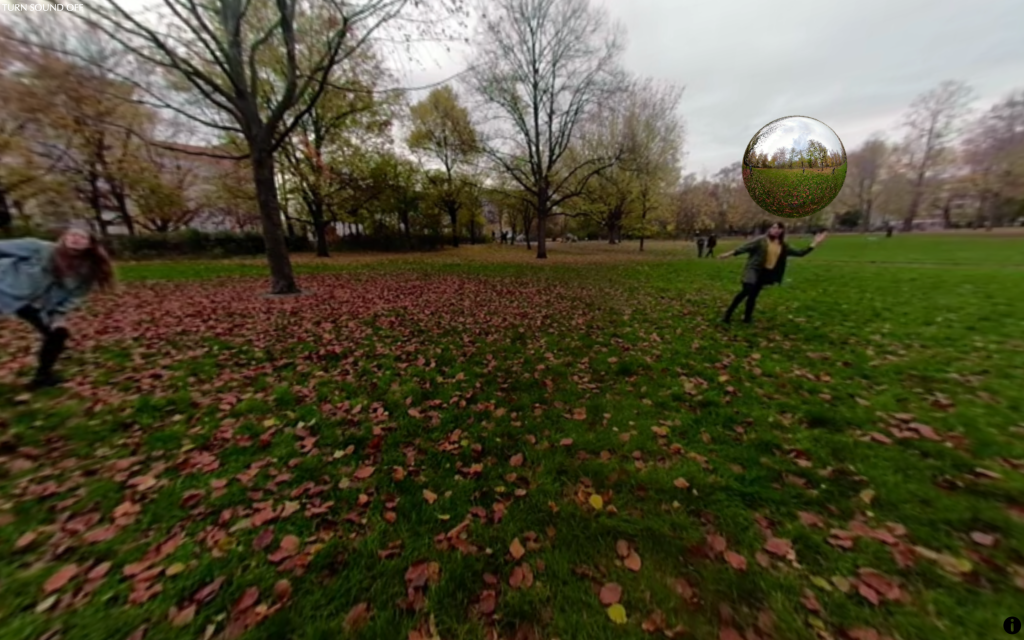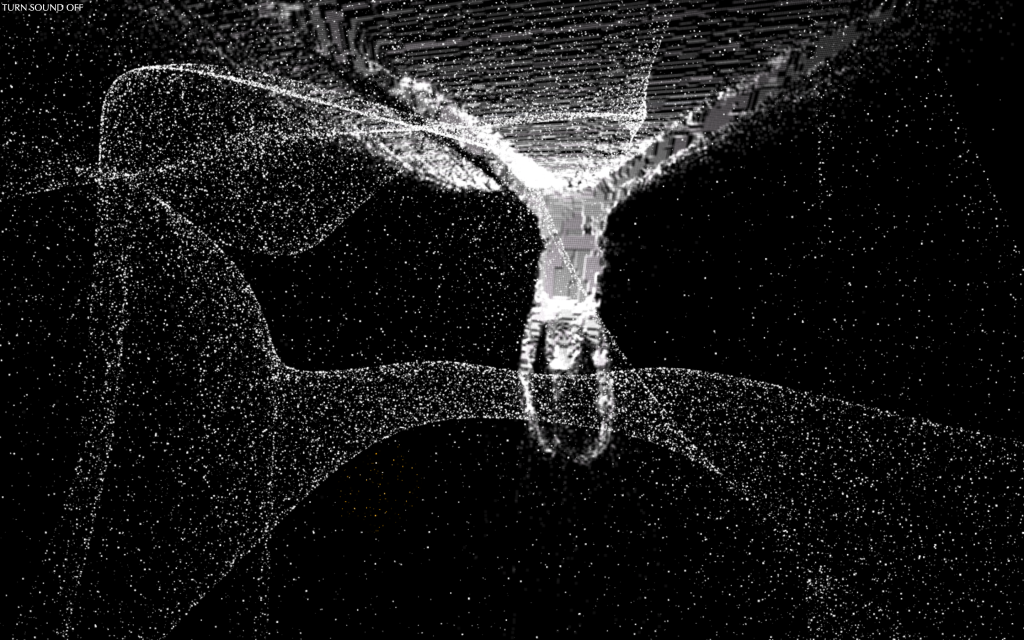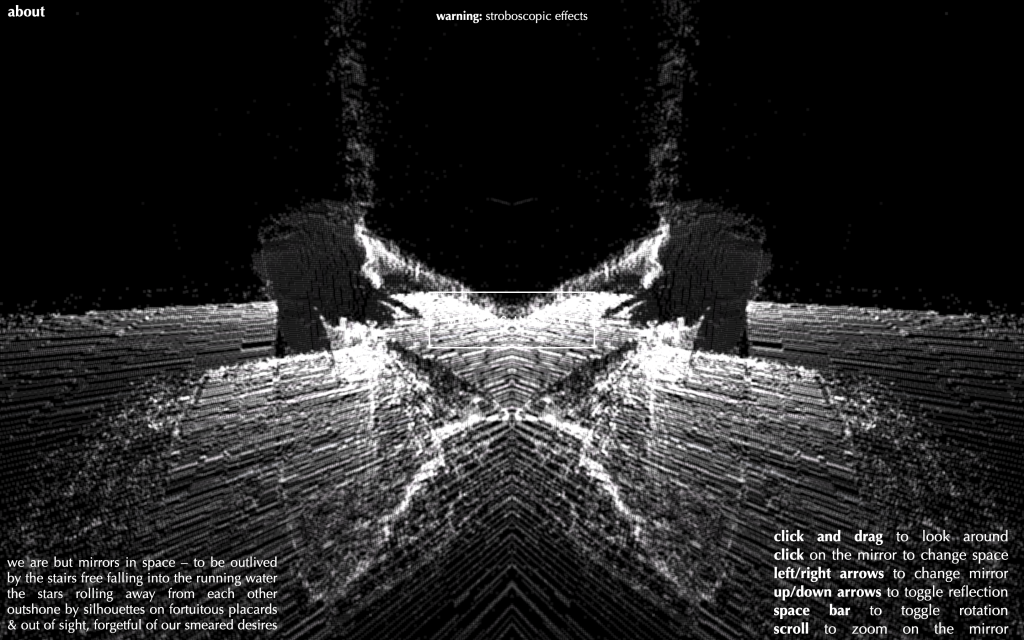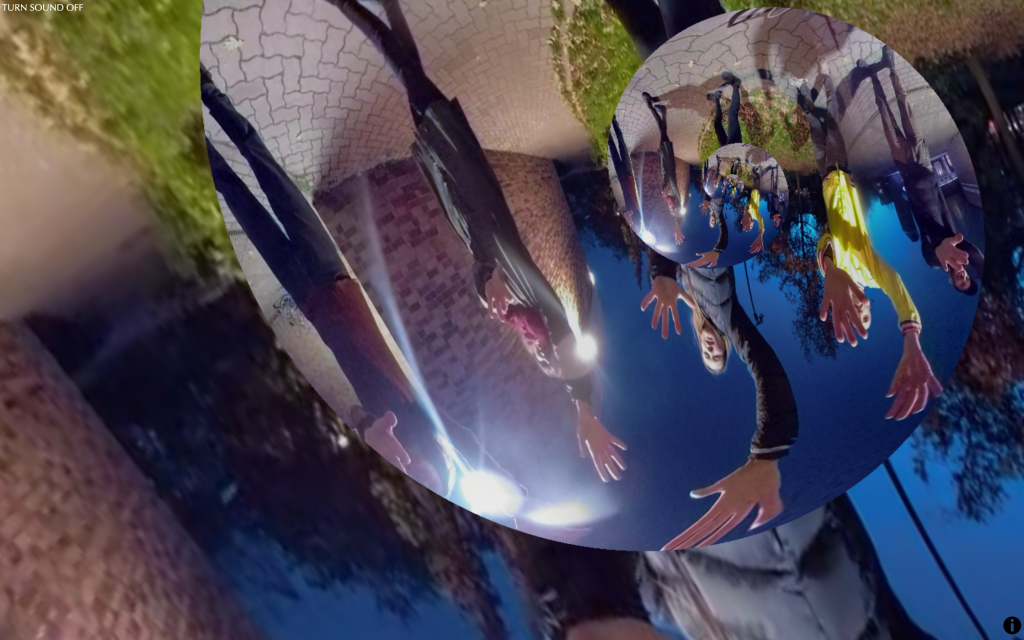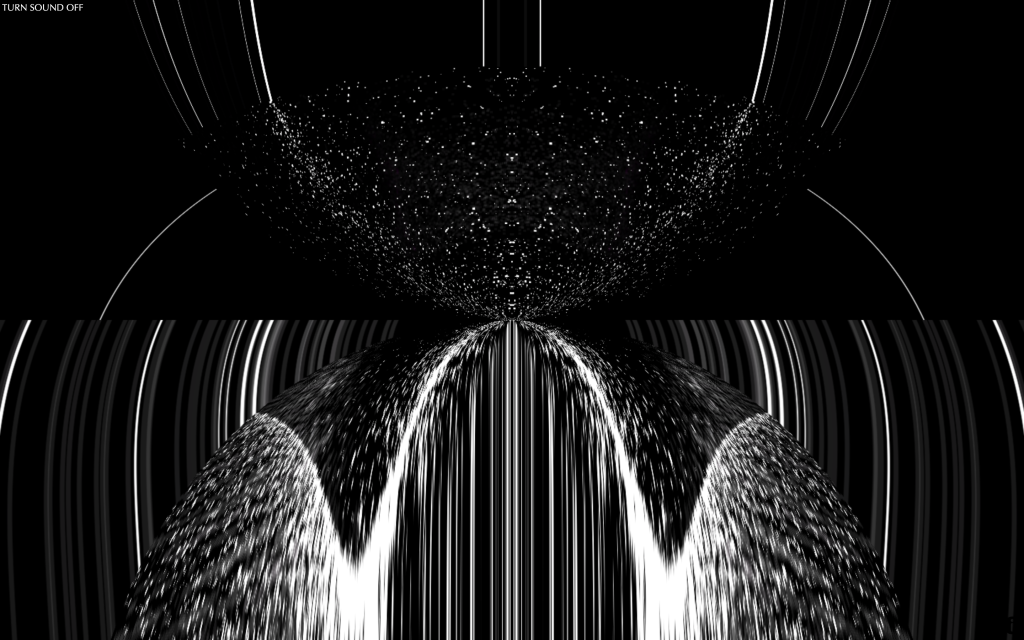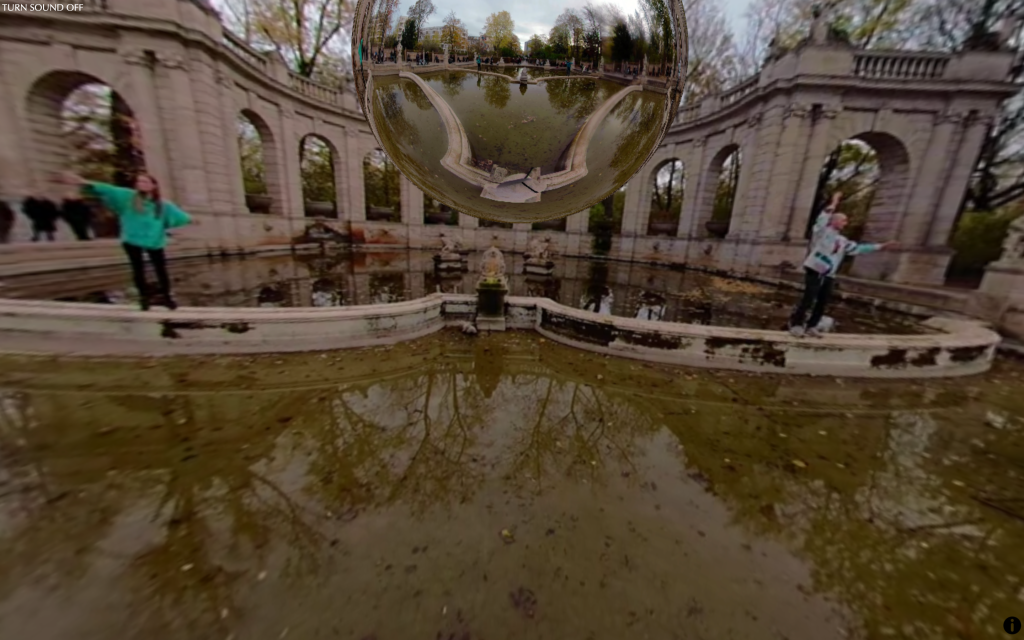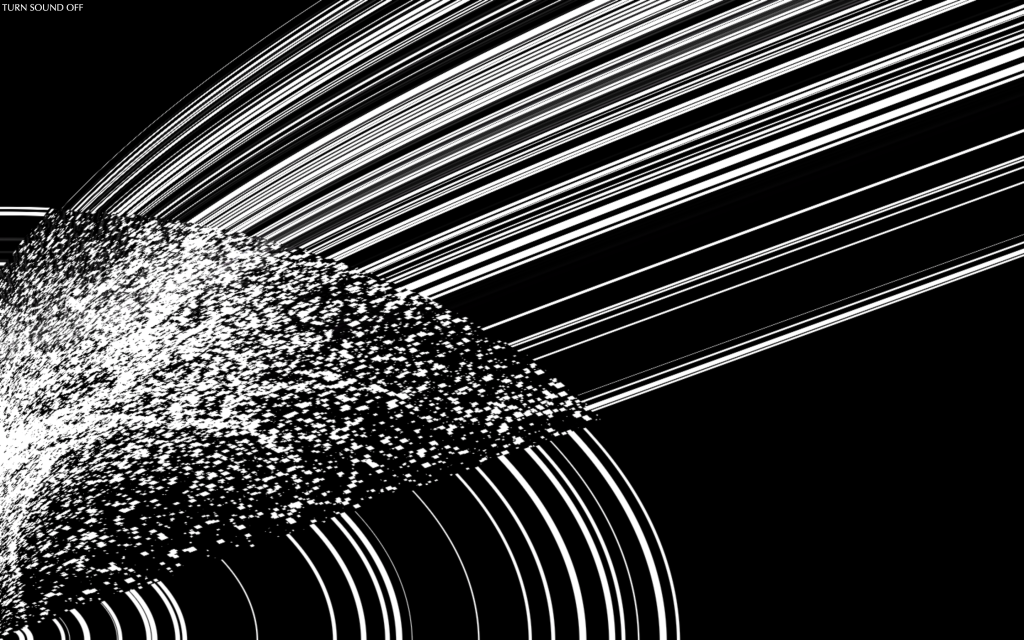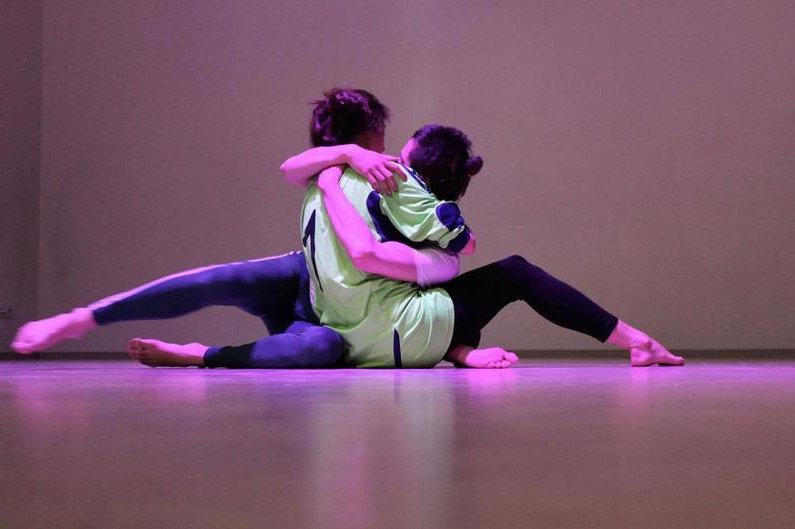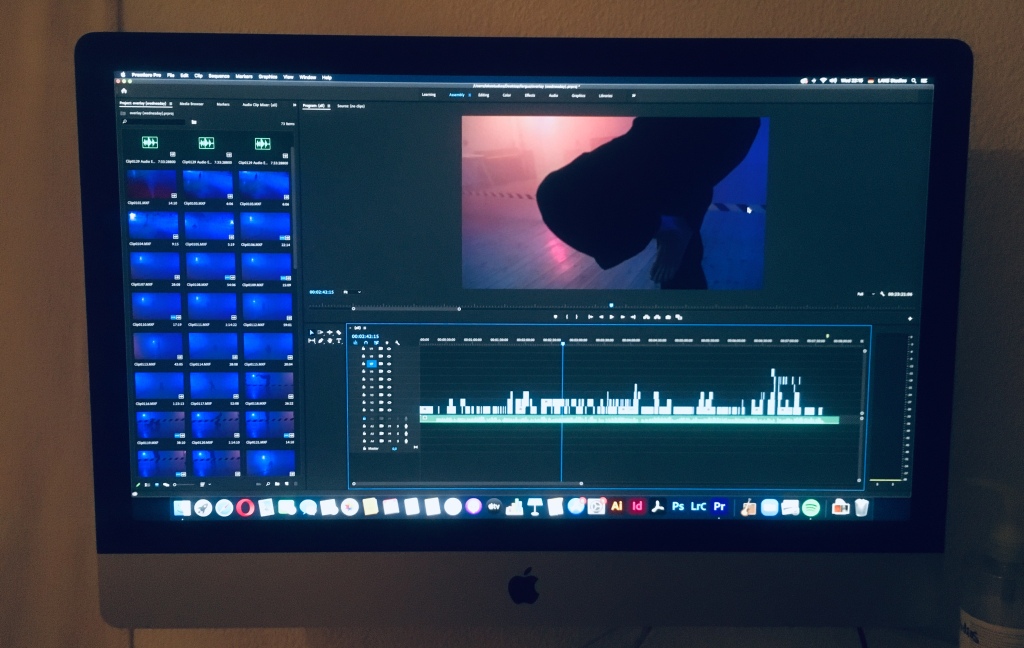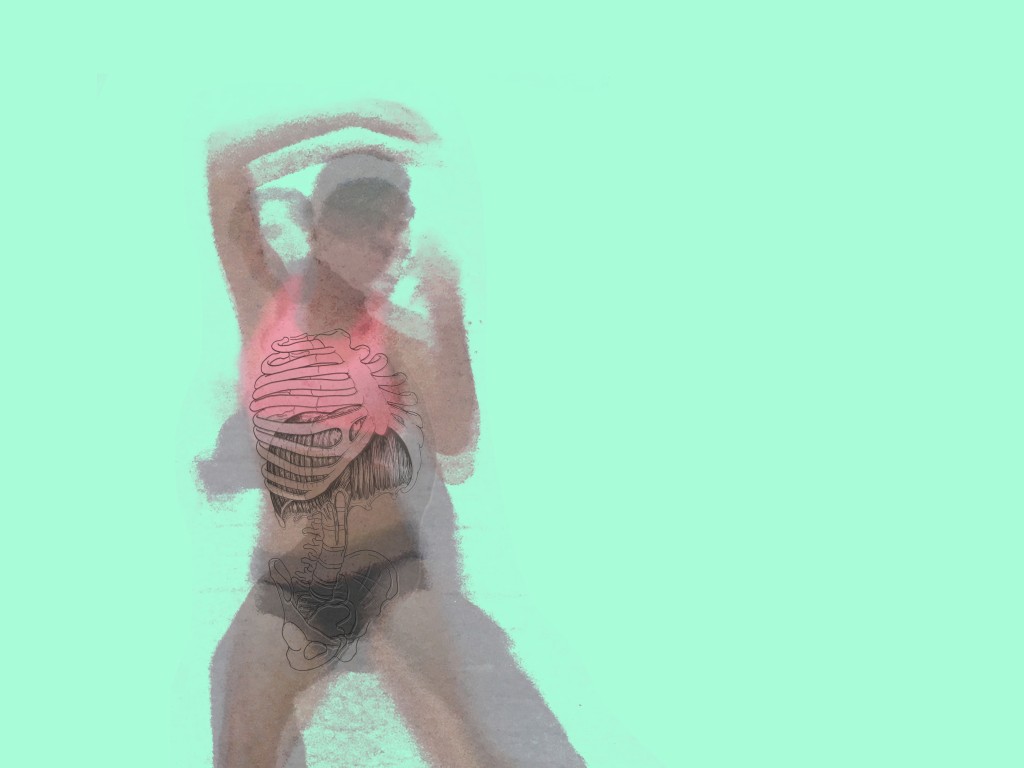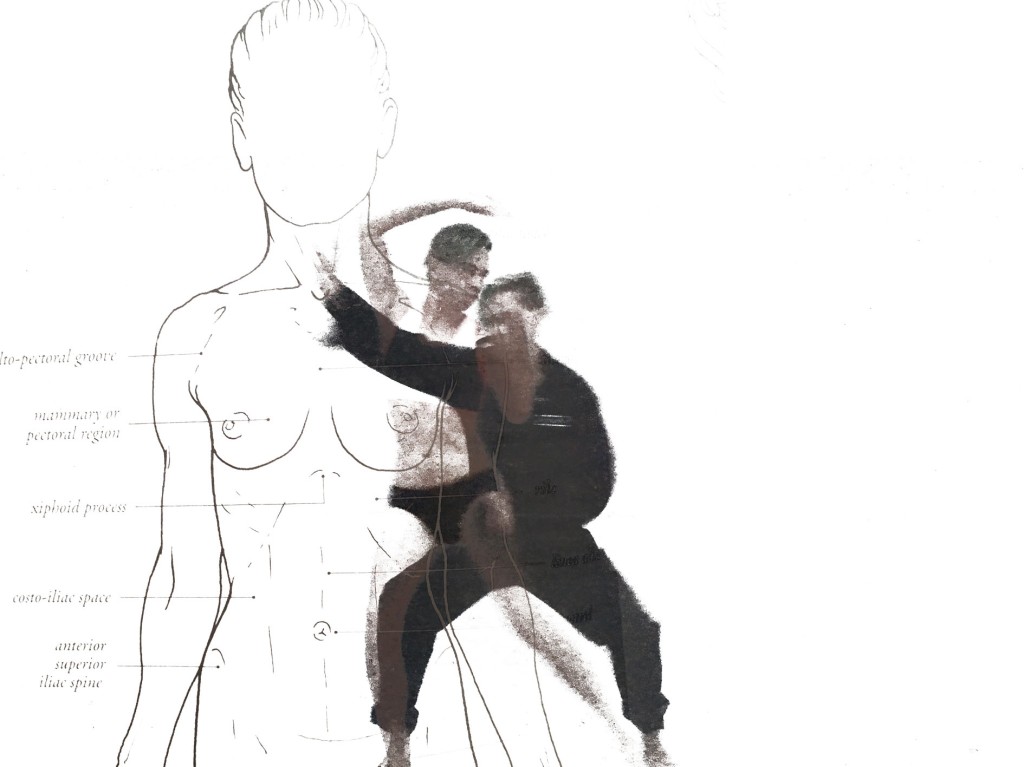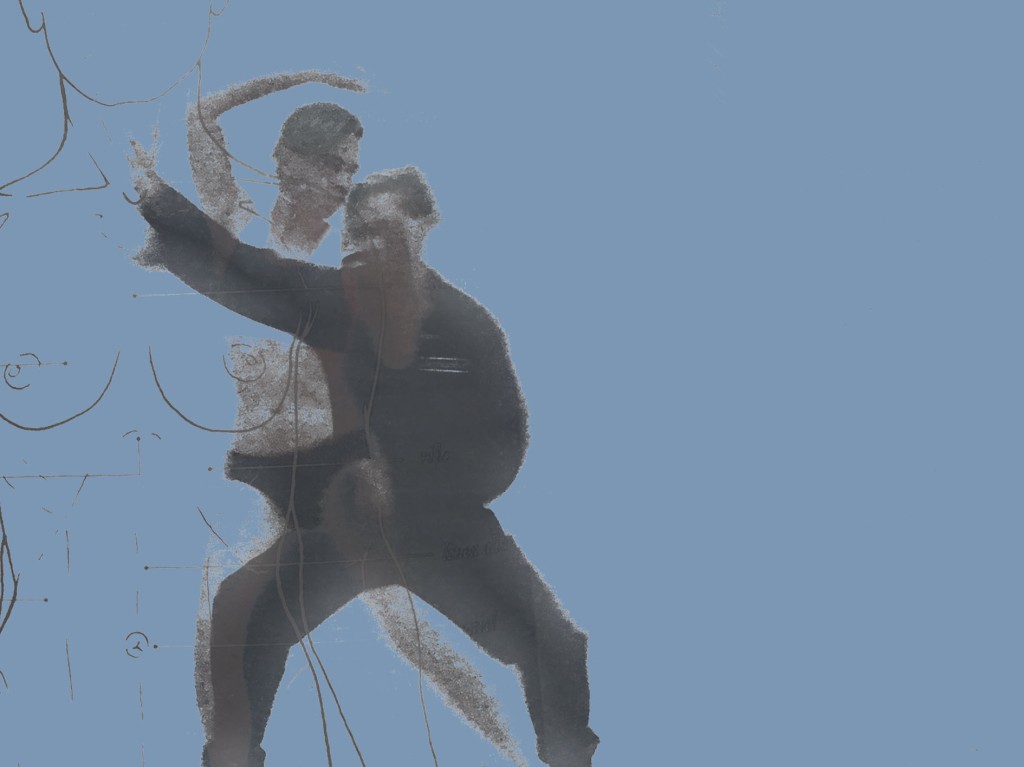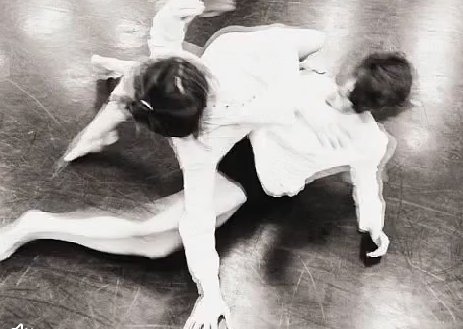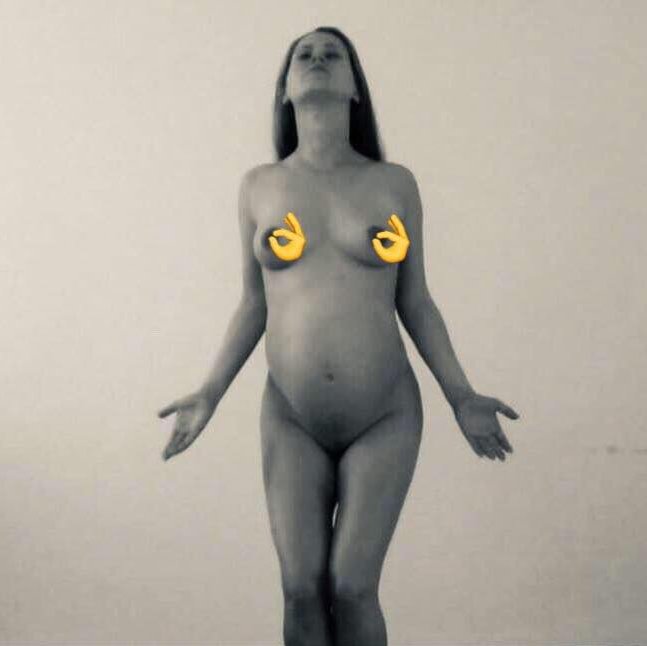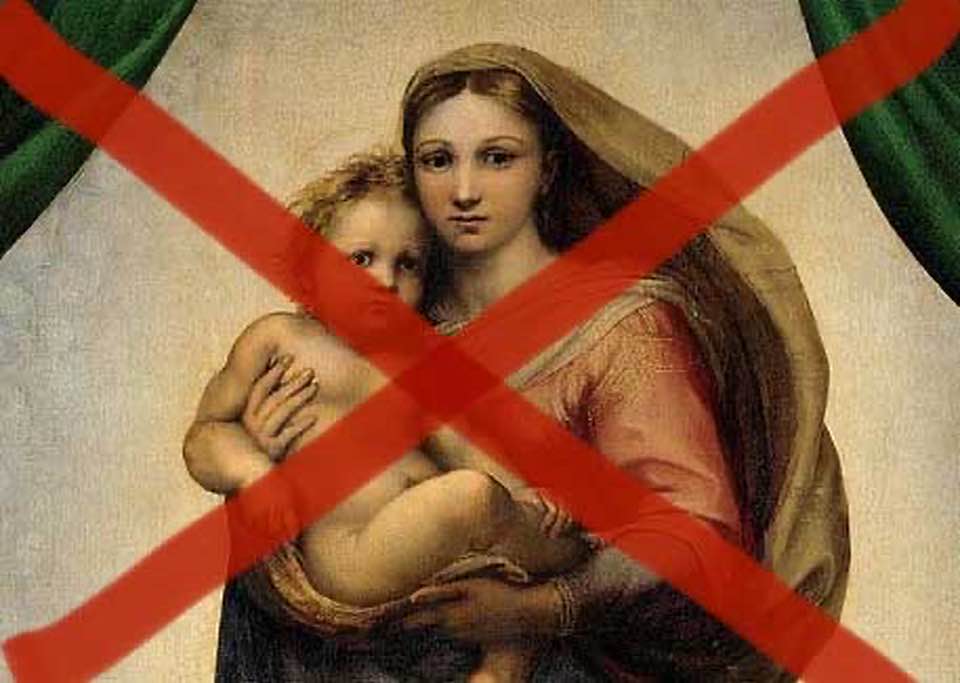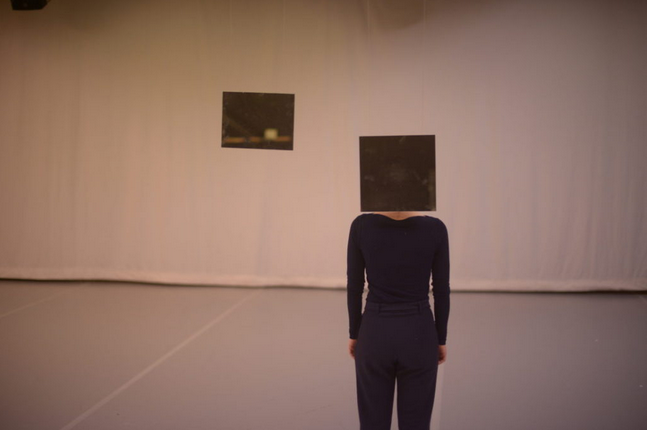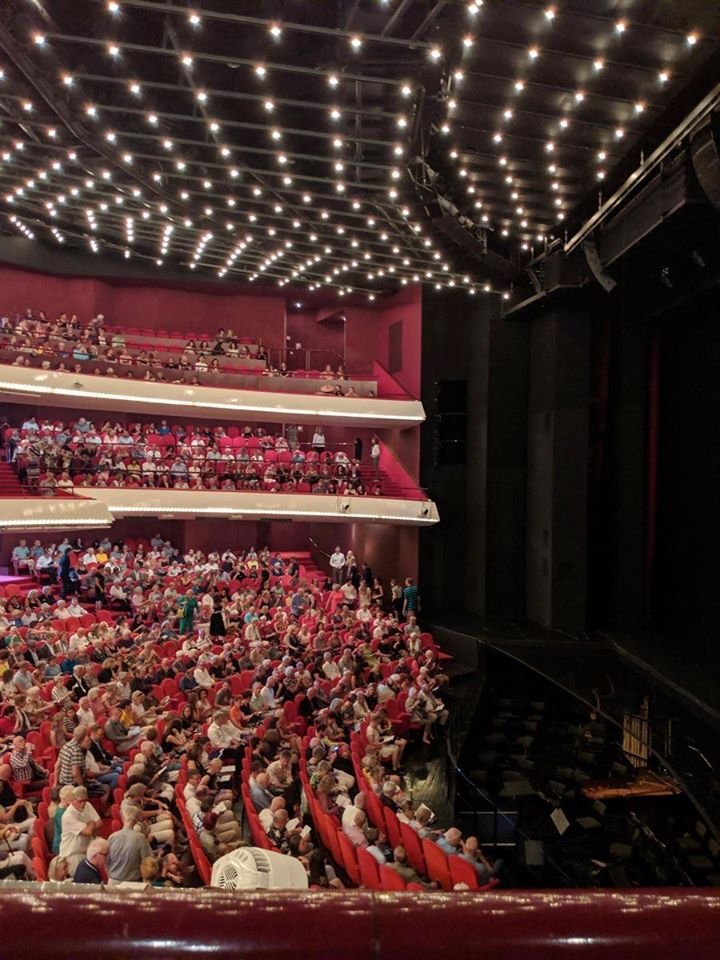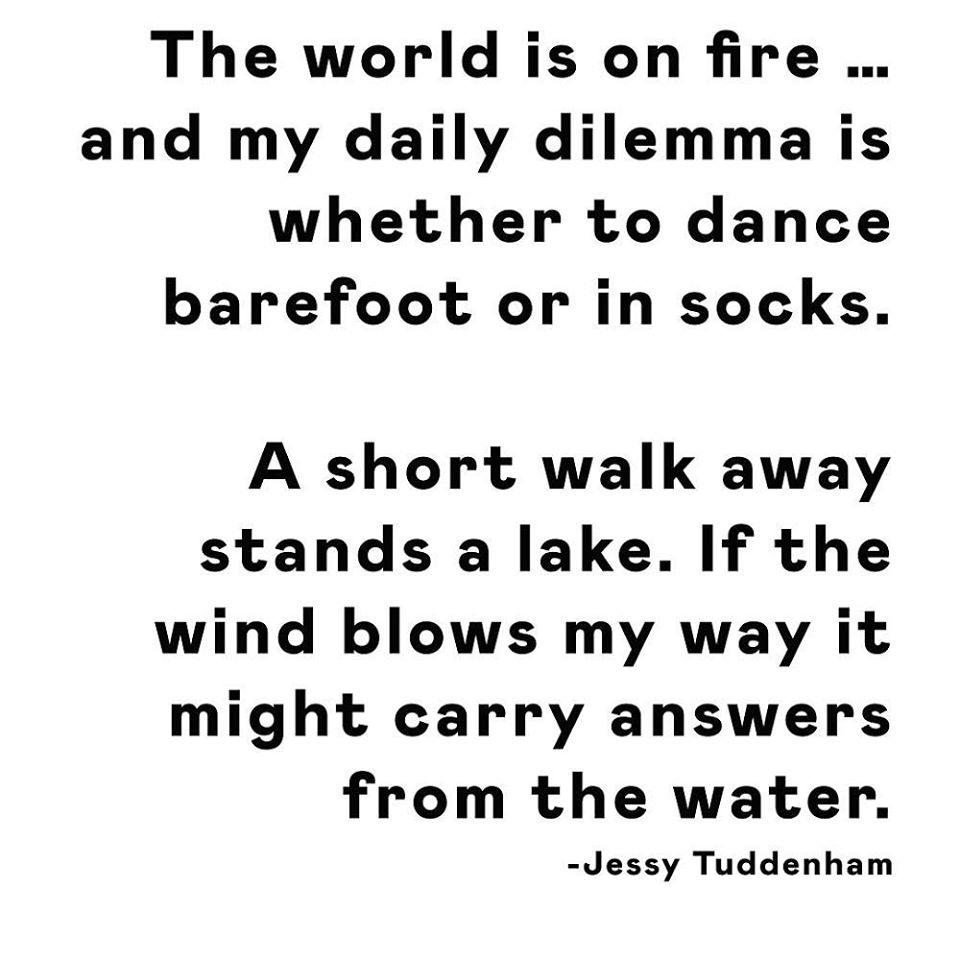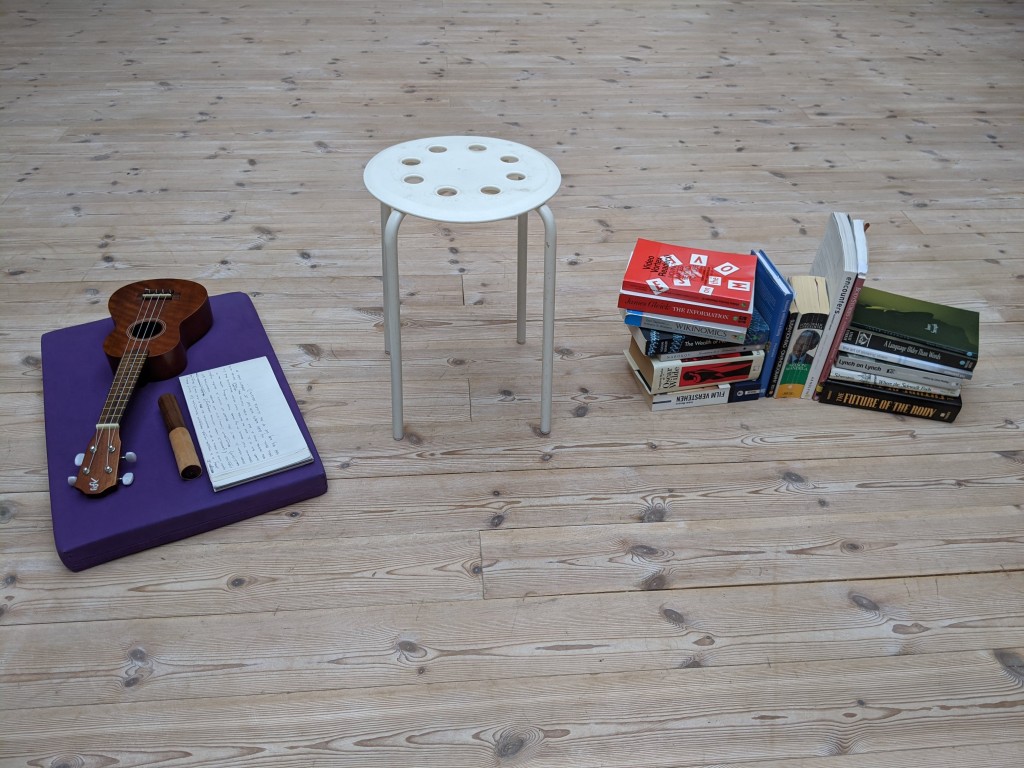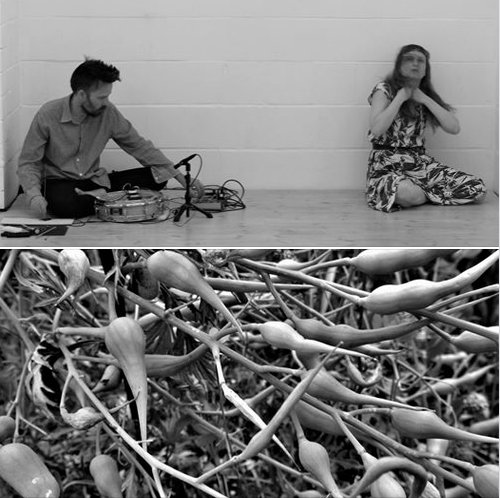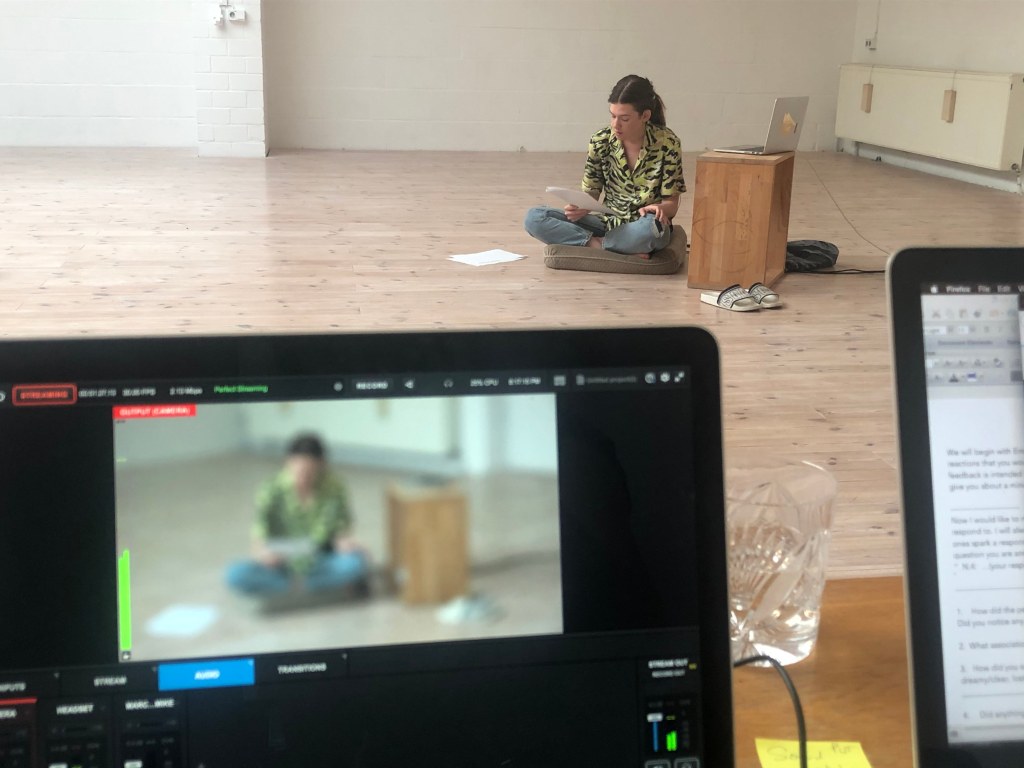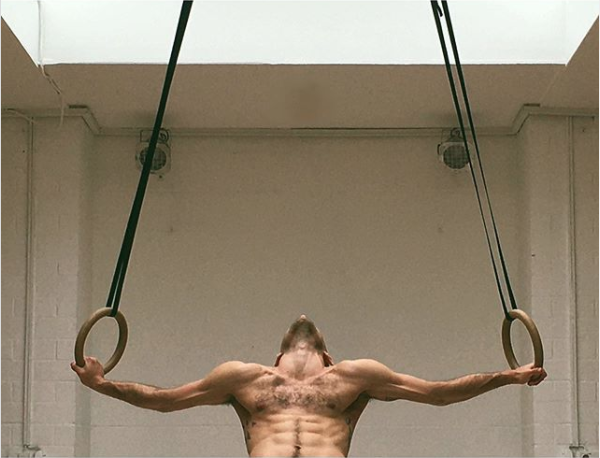Residenzpilotprojekt
IT WAS POSSIBLE
January 8, 2021
In an interview with Nicholas Serota from 2006 Gerhard Richter is asked how it at a certain moment happened that he started to make out-of-focus paintings. The interview is from a documentary and in this particular section Richter is sitting in an oversized totally fancy sofa. One can sense from the tone of Serota’s voice that he is looking forward to a juicy response that will touch upon art historical mysteries or secret conflicts nobody knew about circulating in the Cologne scene of the late 60s. Richter, dressed more like a Chinese worker than a stinking rich superstar touches his nose and changes position, says after a slightly too long pause.
– Well you know, at that time it was… possible, adding a very generous smile. I can’t recall what happens afterwards but it doesn’t matter, the answer is intriguing enough on it’s own.
What first comes to mind is that Gerhard Richter is just another asshole that obviously and under no circumstances would reveal anything especially nothing that in any way could smudge his genius. Gerhard Richter doesn’t get inspiration he is inspiration in it’s much pure form. If one Mr Richter ever gets inspired from somewhere else than himself it is from God and God only, but that is probably only when he has a headache or is haunted by a vague hangover after yesterdays opening party. Well, it was just some retrospective who cares where, really. Conclusion Gerhard Richter is a shit.
But what about a different interpretation. Perhaps Richter said something more than about focused or out of paintings but instead touched upon something central to aesthetic production in general.
It was possible. Doesn’t that mean that there were no reasons, or no no reasons. It was just possible and I, i.e. Richter did it, out of focus. Of course after the fact art historians or critics can make up a thousand feasible narratives. Do their detective work and track it all down to some childhood trauma, a revenge plot, technological development, a Marxist unpacking of a historical moment or why not just blame capitalism – neoliberalism was invented at the time so capitalism will have to do.
But what if there were no reasons or no no reasons for real. It was possible, proposes that contrary to other kinds of decisions or unfoldings aesthetic judgment or decisions doesn’t necessarily have anything to do with causality. Aesthetic judgement, what green colour to choose, is not a matter of probability, at least not in its entirety. You ask a painter or whatever artist why that one there and most probably the answer will be come across as a rather silly if not stupid. – Cuz, you know… yeah, or something about emotions, feeling, energy or inner necessity. – It could be no other way, and there was no negotiation or probability.
What Richter, the old modernist or not says, is that aesthetic judgement is beyond reason or rational. It can be analysed but some part of it moves beyond probability and measure. One could also say that aesthetic judgement is self-referential because it refers only to itself as itself and that the experience of taking such a decision, whether that is in the studio in front of the easel or in the exhibition space or museum, is not the experience of taking a decision but to make or generate a decision where there previously was not available to make. Since the aesthetic experience is self-referential the outcome of this production is contingent and thus is the experience not of making a decision but of making a Decision. Which since this experience by necessity is empty means to experience oneself as potentiality. Perhaps that is that underlying, that determination that all aesthetic production comes down to, that feeling of generating a decision for no particular reason and to be touched however gently by potentiality.
With a different set of words perhaps what Richter said is that in aesthetic production, just because it is formulated around contingent decisions, hope resides.
TRUTH DARE OR SOCIOLOGY
January 5, 2021
It’s great to visit art museums. To say hello and friendly with the ticket person who can from time to time be a bit grumpy. I can still be friendly. The coffee place has fourteen kinds of coffee and that doesn’t need to make me roll my eyes. It’s just a museum who tries a bit too hard.
The other day I spent the afternoon in one of those museums together with my new born daughter and had a handful of really lovely conversations with staff, guards, other visitors and the woman in the cloak room told me about her children and their children. It was nice to talk to a grand mother for a moment.
It was also brilliant to change on the baby in the ladiesroom being treated with a certain scepticism and then oh how cute and some other niceties. Involving all senses, so to say. Social is top dollar.
But nothing of this was art. It was social situations, encounters that will stay with me as much as the art that happened to be spending time in the exhibition spaces made an impression. Yet these social encounters were not art or generated aesthetic experiences, nor where those paintings, drawings, sculptures, video pieces or even installations social situations although they participated in those social such and such to take place.
It’s a significant mistake to confuse art with social situations and the other way around. But it is tempting. If art equals something social having encounters with art can be justified through bringing people together, especially different peoples and we can together create a loving and open minded society where borders (at least some) are made porous and nice. But isn’t it so that when art is confused with social the door is also opened to confuse art with culture which to some might be great but perhaps not to art.
Somewhere Jean Luc Godard proposed that culture is the stuff we eat. Culture is measurable and hence something that can be analysed and changed in order to make the best out of some or other situation. Concerning Godard, if I eat a lot of beetroots I will pee red. Deduction rules. If I drink too much wine, tomorrow will be disaster. The payback of consuming Brussels sprouts will be smelly. More causality. In other words culture is something that can be determined and installed in order to produce efficiency. If I look at too many Picasso’s I might become a bit (even) more macho but there’s certainly no causality. If I stare at a Robert Morris sculpture for a few hours nothing will happen, especially nothing that can be “found” in those geometrical arrangements or piles of felt.
If art was to be equated with culture art works would not be appreciated for what they were but for what they produced and what measurable “betterment” they would install, i.e. to say a drift away from aesthetics towards ethics. Never minds whose betterment? Arts gift to humanity is exactly that it’s not good or bad for anything. That’s up to you.
Although arts instumentality is a direction socially engaged engaged art is interested in, it’s also precisely the direction that neoliberal politics wish to emphasize. Art being equal to culture – that is social environments or situation – degrades art to be an instrument in the hands of policy makers.
When sociologists and art critics with a sociological agenda approach art and their institutions it can give important insight but it is important to negotiate that they also tend to reduced art to be tokens in networks generating social situations. The painting on the wall is equal in symbolic value to the bench in the middle of the room. Nothing bad per se but doesn’t it imply that the painting on the wall’s job is something else than to be a painting? Moreover, the sociologist obviously pulls the plug out of the possibility that an encounter with art in anyway is different in kind to any other experience. The sociologist analyses the global condition and the impact different entities produce and is so to say completely uninterested in art. In the eyes of sociology art is nothing more than a token that generates forms of behaviour.
It is especially important in our times to insist on forms of autonomy implicit in art. Is it perhaps crucial to claim the specificity of the aesthetic experience and stress the possibility that art withdraws from the social and that that is important?
If art is not just here to confirm society, social behaviour and identity. If arts responsibility is something else than to support or be helpful, propose an alternative way of living or relating but instead that it’s job is to generate the possibility for a different kind of change, a change towards something that is not yet thinkable, to something that is generated through the uncertainty of the experience and not by the experience’s decisiveness. Said otherwise, if art has anything to do with truth it can only take place as long as the experience is indeterminable or at least is carried by indetermination, i.e. that it is singular which means withdraw from the social, that is is non-relational. When art becomes social it can simply have nothing to do with truth or truth claims any more. Only and art that claims truth is daring or urgent, the rest is simply negotiation and policy documents. Remember only as long as art remains in relation to truth can it be admired and posses us. An art that isn’t granted, that doesn’t insist on the possibility to blow us away, to overwhelm us or make us change our lives is like a love relation kept a live because it’s convenient.
I’M JUST GOING PAINTING
January 4, 2021
When Roland Barthes’ “The Death of the Author” was published in 1967 it started, and quickly, a total deflation of modernist ideals in visual arts. Art in general but most prominently in visual art and in New York. Over night the idea of an essence to art was made obsolete. An artwork pointing to itself as itself was history and instead, at least in certain circles – and powerful – art became a matter of language, clusters of references and the artwork a bundle of signs held together by the very lack of originality.
I imagine Jackson Pollock having breakfast in the house in the Hamptons and after rolling a cigarette and about to put on his stained jacket saying to his wife Lee, “Hey, I’m just going painting.” That was in the end of the 40s or early 50s but what about if Pollock would have had breakfast after Barthes’ essay was public domain? There and then I’m just going paintings might not have been such a good idea. I picture Lee starting to giggle slightly embarrassed, one of those laughs that won’t stop. When the attack finally comes to an end trying to explain to the heroic painter that “just” painting implicit a preserved understanding of essence, and that “just” simply is out of the question since there is no just in the first place. -Jackson, whatever you paint, however much it pains you, you and painting is always inscribed in a delicate network of references, skills, formats, conventions, you name it? You are not free neither is your paintings.
Had Pollock stayed alive what had to happen there in the end of the 60s was that artists and art needed to articulate if not invent some new way of justifying artistic production. The time of innocence had come to an abrupt end. Purity sailed away and spontaneity had become a laughing stock.
Come to think about it, one could also say that art in this moments, had it been a human being, that it passed from being a free individual to be an individual that had individual freedom. Art passed from being a domain carried by sovereignty to constitutional freedom which obviously has nothing to do with freedom but at best with liberty. From now on art had to earn also the illusion of its freedom.
Roland Barthes’ essay was perhaps not such a great contribution to artistic practice, not at all a welcome injection of who knows what but instead a few pages that opened the door to a huge amount of frustration. What if art couldn’t be just any more what then…
In New York in the late 60s, what could possibly offer justification to make art. Well, nobody, not even in the art scene was a communist – “they” had been made extinct ten years earlier – but everybody, at least in the art scene was a Marxist so where to start looking? What the art scene found in Marx was brilliant, critique. Marx first tool and nine years later the first issue of October came out and arts obsession with critique was consolidated.
Awesome, “Lee, I’m going over to the shed to engage in my critical practice.” Fuck “I am nature” this is critique 24/7.
But nothing says that art’s relation to critique in anyway is inherent. Art’s job since 50 years, in certain circles has been critique but it is certainly not arts calling. It goes without saying that an art informed by Roland Barthes in any case would deny the possibility for a calling. No, art is something one does and gets paid for, it’s reason, cognition and semiotics c’est tout, or?
It is this moment, this moment of crises, from which conceptual art emerges and it is tragically an unconditional surrender to arts departure from sovereignty, which means to the very possibility of aesthetic experience.
It is as easy to be posthumously clever, wise after the event as it is to be in denial but perhaps it was Pollock who was brave, devoted and faithful. Who dared go into the studio unprepared for the possibility of being carried away by sovereignty and not the conceptual boys. Were they in fact cowards, so afraid of that something unnameable in aesthetic experience that they closed the door and locked it with critique. Was conceptual art guided by a bunch control freaks so paranoid that they anathematized any form or trace of indeterminacy?
A LITTLE SOL IN THE END
December 30, 2020
I like these beginnings.
Not in the “Sentences on Conceptual Art” but somewhere else Sol Lewitt writes something like, the great thing with conceptual art is that you can always cheat a little in the end to make it beautiful.
Sweet words but perhaps not that easy to decipher. It would be a bit too cynical to interpret the sentence as market benevolent or simply sloppy.
It’s intriguing that Lewitt stresses the end. Why in the end and not in the middle or half way, beginning. It seems like his work is carried by an instance of insight and when he know, or have been able to navigate the insight, it’s not so important to state it. At that time, in the end, let it be beautiful.
Too often I wonder if that sentence or conceptual in art hasn’t been reversed into roughly, the great thing with art is that you can always cheat in the end by adding a conceptual edge – or even worse, adding some conceptual -, thus fencing the work from all kinds of attacks or viruses. You can always say it’s conceptual and that’s “Oh yes, I understand…”
Conceptual in art is like diplomatic immunity in politics. When conceptual is added in the end, like some icing, it might just be called smart ass, and it definitely inscribes itself in dominant, if not down right male discourse. Conceptual in the end is like a father who responds to the teenage child “Because I say so.”
Conceptual in the beginning, as departure – like Sol had it – instead unveil a desire for transparency or a kind of exposure, if not dissolving of subjectivity. Not in the sense of Duchamp or minimalism where the point was to erase the artist’s subject, the trace of the artist – a gesture that often has been read as humble and a kind of glorious stepping down from a romantic male heroic image of the artist, but in fact functions the opposite way around. When Andy Warhol proposes the he wants to be a machine, it’s not cool it’s quite romantic and comes out as a desire to manifest the artist as superhuman or to reveal the human/heroic/genius be denying it.
Sol Lewitt’s conceptual is not a matter of denying or obscuring the artist’s subject but instead of remaining and faithful to something that has been set in motion, a process that might iterate a completely different subjectivity. To something that stays open – which means that it cannot be closed through a solution – but requires the coming into being of something or an experience that has yet to be given or acquire a name, an ambivalence to gain stability.
With a bit of a stretch one could even ponder the possibility that – contrary to the conceptual guys obsessing with semiotics – Sol Lewitt’s work is queer. Queer not in the end, i.e. representation, but as or through a process that asks for nothing except devotion and that in the end is beautiful.
IN THE BUCKET
December 29, 2020
In an interview, I have forgotten where, Barnet Newman is asked what he wants with his paintings. This was long time ago and I don’t mean to propose that Newman is forever but his answer is still cool, or perhaps more sweet. He answers something in the direction: “You know I just want the paint on the canvas to be as beautiful as it is in bucket.” Personally I didn’t know he used buckets. Tubes would be favourable as that would keep the scale more modest. Modernists, omg.
In parentheses there’s for me something strange about this quote, something that has nothing to do with the words but rather that it feels really odd to consider a personal looking like Newman to say something so cute. Especially the older Newman, with a monocle, moustache and a lit cigarette. In my imagination somebody that looked very differently, somebody far less prominent or proud of him or herself, formulated that beautiful sentence or is it nonsense?
On the canvas whatever is there, whatever traces or not somebody has made on it, it cannot not be recognisable as something. It’s like with clouds if you look long enough they start to look like something. They certainly always look like clouds and that’s all great but then the shape of a dog appears or the three musketeers or, well it’s always something. What’s on the canvas is always something, this or that. It just can’t be… because even “I don’t know maybe it’s…” is already something. Probably this or probably that and when it is it is already a location, a position to which one can formulate a perspective, an articulation.
In the bucket however the paint is still untouched by probably this or that, it is all the possibly and all the not possibly. Even better it is also all that that is beyond what something can or not possibly be. The paint in the bucket is everything, perhaps one could even say that it is infinity. Not, really it’s after all paint and in a bucket in the studio of Barnet Newman, but still.
The moment the paint ends up on the canvas it passes from the realm of potentiality to the realm of possibility. To me it’s obvious that – that is potentiality – that Barnet Newman is referring to.
An impossible project certainly but – and it certainly had different implications in post-wwII New York – isn’t that exactly what painting or art in general must circulate around. Potentiality.
In recent years the proposal aesthetic experience has surfaced. Nothing new and one can wonder what it is? Something tells us that an aesthetic experience is different than other kinds of experience, but what is that? If aesthetic experience is the same as any other experience one could compare the experience of watching a Kippenberger and having an ice-cream. Having an ice-cream is also an experience, first or second time. If this was the case it would also not be any fundamental difference to stand in front of a “real” Kippenberger or a reproduction in a book, and each time the Kippenberger would be more or less equally excellent, good or bad, too this or that. Might there be something specific about aesthetic experience after all. Might it even be so that the same Kippenberger only generates aesthetic experience once and only in a certain individual? If so we would have to consider that aesthetic experience is not just individual but that it is singular. It is this experience and only this one, it is singular.
Which is perhaps also why one can when somebody asks, why this Kippenberger and not this or that one, answer: “I don’t know, I just love it”. Concerning art it is imperative to not love a painting for a reason – I love it because I love it. And we are back with Newman, the moment when you love something because because you don’t love it for this or that, for what it possibly is. You love it, instead for all what it is and not, and for all the what it is that one can not even imagine imagining.
It is no surprise why this idea of aesthetic experience has been silenced for quite some time and why it still resides is some sort of limbo. When Jacques Derrida proposed that language is the capacity though which we have access to the world it came with a price – along the lines of phenomenology – that only what could be accommodated by language could exist. In that very moment the only thing that could exist had to be probably this or that or, if you like, I don’t know which is still something. From Heidegger we know that nothing is also something and in that moment probability ruled the world. If there was something else that had to be put under a blanket and forgotten, hence aesthetic experience and potentiality had to leave the building. So if post-modernism was good at pronouncing the death of this or that, it certainly killed of art, not this or that art but the very essence of art, the specificity of aesthetic experience, and experience that carries the possibility of an encounter with potentiality.
Of course modernism got it all wrong. Aesthetic experience, the essence of art or potentiality can not be captured, put in a bucket if you like and observed. Well, even if one could capture it, the moment when it gains stability and is recognizable it has already entered the realm of the possible. There is no potentiality in a painting, non of them, but painting, as any other art carries with it the possibility for the emergence of that peculiar moment that some call aesthetic experience others potentiality and Barnet Newman called, “as beautiful as it is in the bucket”.
HUMAN FACE
December 28, 2020
There is something about paintings that I don’t like. From one perspective I like almost all paintings, they are after all paintings and that’s quite nice. There’s usually something to pick up and play with or allow to be reformulated, and if there isn’t then that’s even more interesting and something already.
Somebody might consider that a paintings responsibility is to tell the viewer something, perhaps even something important. I rather think that a painting that tells something also guides and diminishes the scope of what can be interesting, what can be picked up. It’s difficult to make paintings that withdraw from having anything to tell, especially that withdraws from saying something like “confirm me”. It’s not a paintings responsibility to convince me, neither is it my job to convince it but instead to let it be and that is a difficult and demanding undertaking.
Somebody might propose that to engage with painting is some sort of detective work. So wrong. Painting is not a matter of alibi, evidence, deduction or getting it. Detectives might be able to see the bigger picture. The problem is just that it’s that bigger picture and already there tant pis.
From another perspective I hardly enjoy a single painting. Almost all of them get lost and end up wanting to something way too much. The more paintings I see the more of them is a waste of time, the more of them appear to be painted in order to please the artist’s subject, and the easiest way for that is for the artist to aim at pleasing the viewer. It is really disappointing to look at paintings that are playing hard to get.
But there is something particular about paintings that I don’t like. In all of them, I think. It’s time. Time is the problem that painting has to overcome.
There is always time in paintings, in some or other way, always time and it’s always human time. It seems that paintings always look at back at us or me with a human face. It’s never the time of painting, it is our time. I don’t mean that there is a little face in the painting but that they always look back at us with a sense of confirmation. They tell us we are humans and good subjects. You look at me and I look back. In this way paintings become correlational. They tell us who we are and are at best probabilistic. Evidently a correlationist aspiration to art undoes the possibility for aesthetic experience, and doesn’t it even transform art into sociology where the art work has been degraded to a token for social behaviour and interaction.
Sometimes they (paintings) are just illustrations, too often – and illustration is not bad but not in paintings that think they are not.
I want to look at a painting that looks back with it’s own gaze or whatever it looks back with. Or perhaps better I want to look at paintings that don’t respond, that are minimally interesting and at the same time suck me in like a black whole. I want paintings without identity but that still are paintings or not not paintings.
Things that look back, with a human face (most things) are great because they don’t ask any other questions than those to which you have an answer. It might not be a pleasant answer but definitely an answer. Those things demand little and what they ask for can be calculated. They ask questions and therefore they stay in the realm of the probable. The make a bit of fuzz, nothing more than a little bit this or that, and nothing is really at stake. We can pretend but as long as something is recognisable it will not change anything, not for real.
I like paintings that doesn’t look back, that doesn’t whisper its name when I come closer. The best moment: it’s a painting but what is that painting?
In a lot of paintings, or are they just illustrations, I can’t even half avoid time. It’s there, full stop. A group of people have a heated conversation over a meal, candle light. Aha – detective work, it’s supper or if not it’s probably winter and the people in the picture (whose age is always easy to depict) are having a late lunch.
Other paintings, maybe those are even worse, are paintings that abandon time in the sense of motif, what is in the painting so to say. These paintings speak time in respect of when a certain style or ideology was present. American modernism was the specialist. Newman’s kabbalah or Daniel Buren’s 8,7 cm. Please.
It is not a matter of erasing time but the painter’s responsibility is to give way to paintings time, but as that is a time that – at least initially – does not have representation one can never know what that time is and that’s why it’s urgent.
There is something about paintings that I don’t like. From one perspective I like almost all paintings, they are after all paintings and that’s quite nice. There’s usually something to pick up and play with or allow to be reformulated, and if there isn’t then that’s even more interesting and something already.
Somebody might consider that a paintings responsibility is to tell the viewer something, perhaps even something important. I rather think that a painting that tells something also guides and diminishes the scope of what can be interesting, what can be picked up. It’s difficult to make paintings that withdraw from having anything to tell, especially that withdraws from saying something like “confirm me”. It’s not a paintings responsibility to convince me, neither is it my job to convince it but instead to let it be and that is a difficult and demanding undertaking.
Somebody might propose that to engage with painting is some sort of detective work. So wrong. Painting is not a matter of alibi, evidence, deduction or getting it. Detectives might be able to see the bigger picture. The problem is just that it’s that bigger picture and already there tant pis.
From another perspective I hardly enjoy a single painting. Almost all of them get lost and end up wanting to something way too much. The more paintings I see the more of them is a waste of time, the more of them appear to be painted in order to please the artist’s subject, and the easiest way for that is for the artist to aim at pleasing the viewer. It is really disappointing to look at paintings that are playing hard to get.
But there is something particular about paintings that I don’t like. In all of them, I think. It’s time. Time is the problem that painting has to overcome.
There is always time in paintings, in some or other way, always time and it’s always human time. It seems that paintings always look at back at us or me with a human face. It’s never the time of painting, it is our time. I don’t mean that there is a little face in the painting but that they always look back at us with a sense of confirmation. They tell us we are humans and good subjects. You look at me and I look back. In this way paintings become correlational. They tell us who we are and are at best probabilistic. Evidently a correlationist aspiration to art undoes the possibility for aesthetic experience, and doesn’t it even transform art into sociology where the art work has been degraded to a token for social behaviour and interaction.
Sometimes they (paintings) are just illustrations, too often – and illustration is not bad but not in paintings that think they are not.
I want to look at a painting that looks back with it’s own gaze or whatever it looks back with. Or perhaps better I want to look at paintings that don’t respond, that are minimally interesting and at the same time suck me in like a black whole. I want paintings without identity but that still are paintings or not not paintings.
Things that look back, with a human face (most things) are great because they don’t ask any other questions than those to which you have an answer. It might not be a pleasant answer but definitely an answer. Those things demand little and what they ask for can be calculated. They ask questions and therefore they stay in the realm of the probable. The make a bit of fuzz, nothing more than a little bit this or that, and nothing is really at stake. We can pretend but as long as something is recognisable it will not change anything, not for real.
I like paintings that doesn’t look back, that doesn’t whisper its name when I come closer. The best moment: it’s a painting but what is that painting?
In a lot of paintings, or are they just illustrations, I can’t even half avoid time. It’s there, full stop. A group of people have a heated conversation over a meal, candle light. Aha – detective work, it’s supper or if not it’s probably winter and the people in the picture (whose age is always easy to depict) are having a late lunch.
Other paintings, maybe those are even worse, are paintings that abandon time in the sense of motif, what is in the painting so to say. These paintings speak time in respect of when a certain style or ideology was present. American modernism was the specialist. Newman’s kabbalah or Daniel Buren’s 8,7 cm. Please.
It is not a matter of erasing time but the painter’s responsibility is to give way to paintings time, but as that is a time that – at least initially – does not have representation one can never know what that time is and that’s why it’s urgent.
It is not a matter of erasing time but the painter’s responsibility is to give way to paintings time, but as that is a time that – at least initially – does not have representation one can never know what that time is and that’s why it’s urgent.
BLOG ENTRIES
December 28. 2020
During the second part of the residency at Lake Studios I will post a series of shorter text that reflect the project I’m busy with during the residency, the conditions under which we practice dance today next as well as some thought on, well, dance choreography, art and politics. Those texts have been researched and penned down during the residency and a couple of months prior to the period.
During the residency my projects concerns relations between dance and anxiety, in particular respect of climate change and simultaneously researching connections between affect and anxiety. If dance has a particular and active relations to affect, which it has, it makes it interesting to consider in connection to anxiety, which is different than worry or trouble that is forms of turbulence that can be addressed vis a vis arguments – don’t worry, we will be back home before the rain comes – whereas anxiety is a sensation in the body that can not be dealt with through reason. “It doesn’t matter how much you try to explain, I’m still scared beyond words.” or “You can’t convince me, there is a giant spider under my bed however much you vacuum clean underneath it.”
The starting point for this on going research is how dance can be considered and practiced as a means to address climate anxiety, a phenomena that over the last years has become more and more common especially amongst younger people. Climate anxiety can obviously not be cured by argument or reason which is where dance comes into the picture. Can we dance together and practice our bodies, together as a means of proactively spending time with our anxieties. Anxiety is particularly complicated as it often comes with apathy. Therefore it is important to develop practices that empowers the participant, not in the sense of advice or result oriented tasks but exactly through affective stimuli, thus the participant develops his or her own agency, and agency gives way to active participation.
However, during the residency a new project has emerged that opens for a different approach, in particular in respect dance relation to internet and online dissemination.




